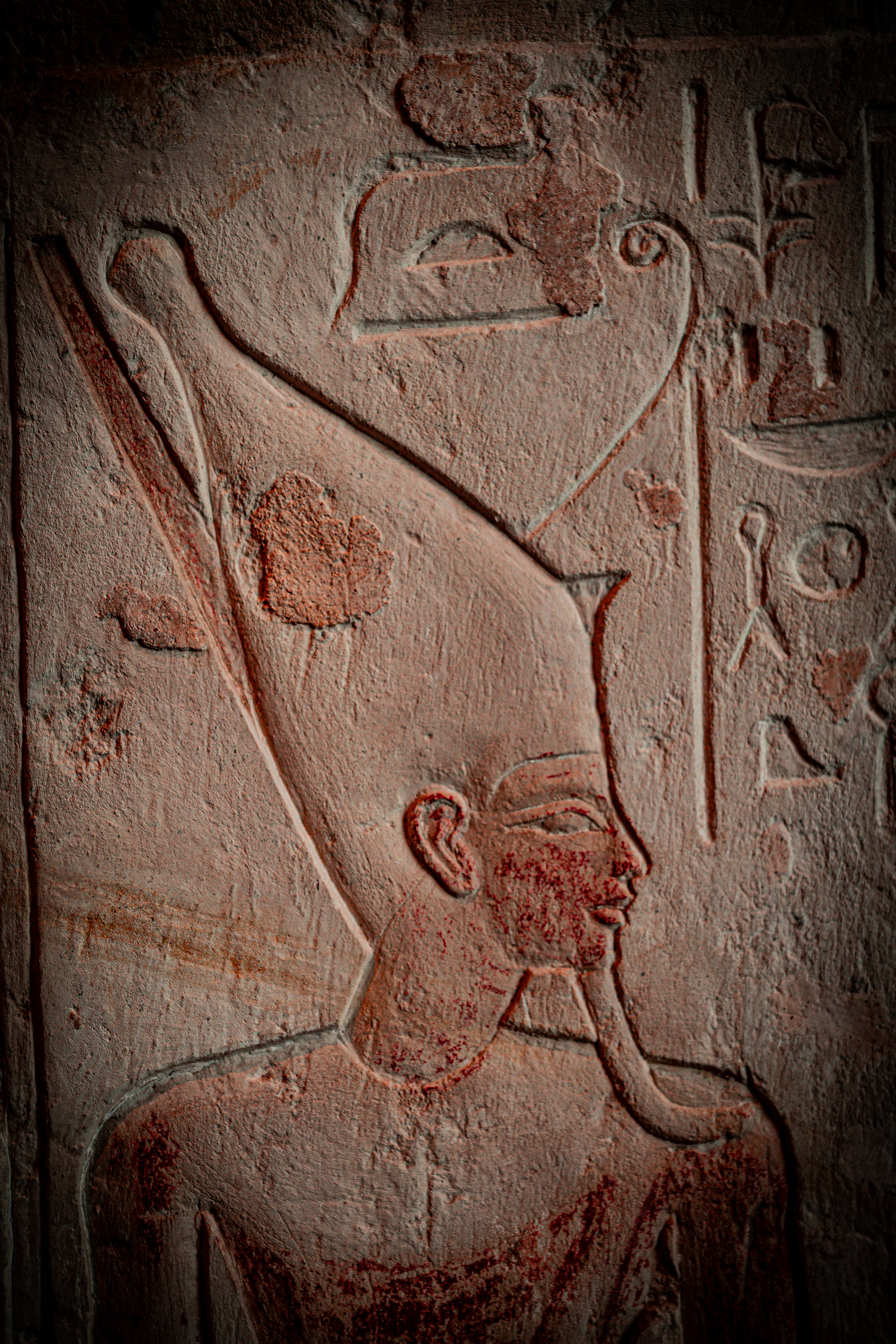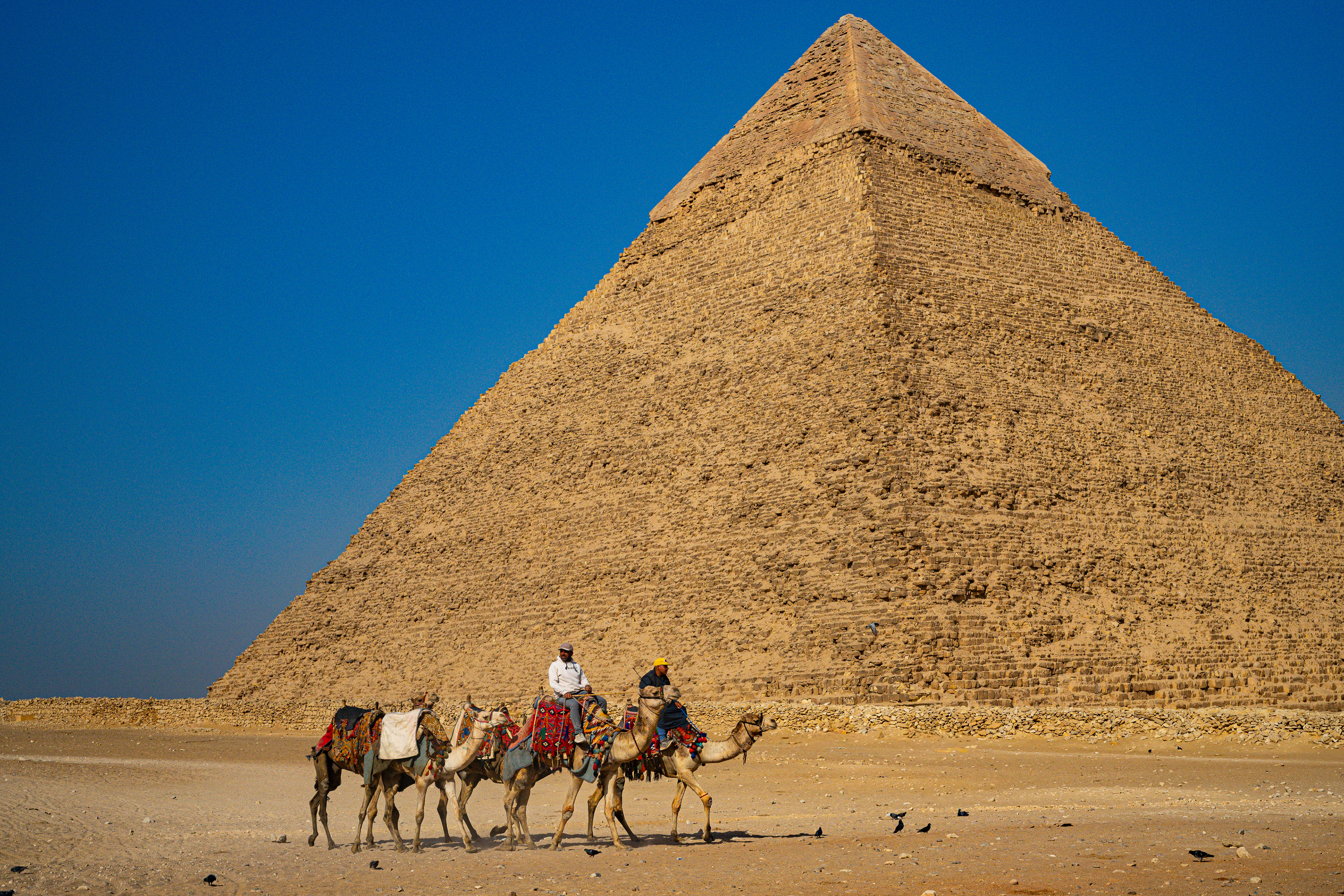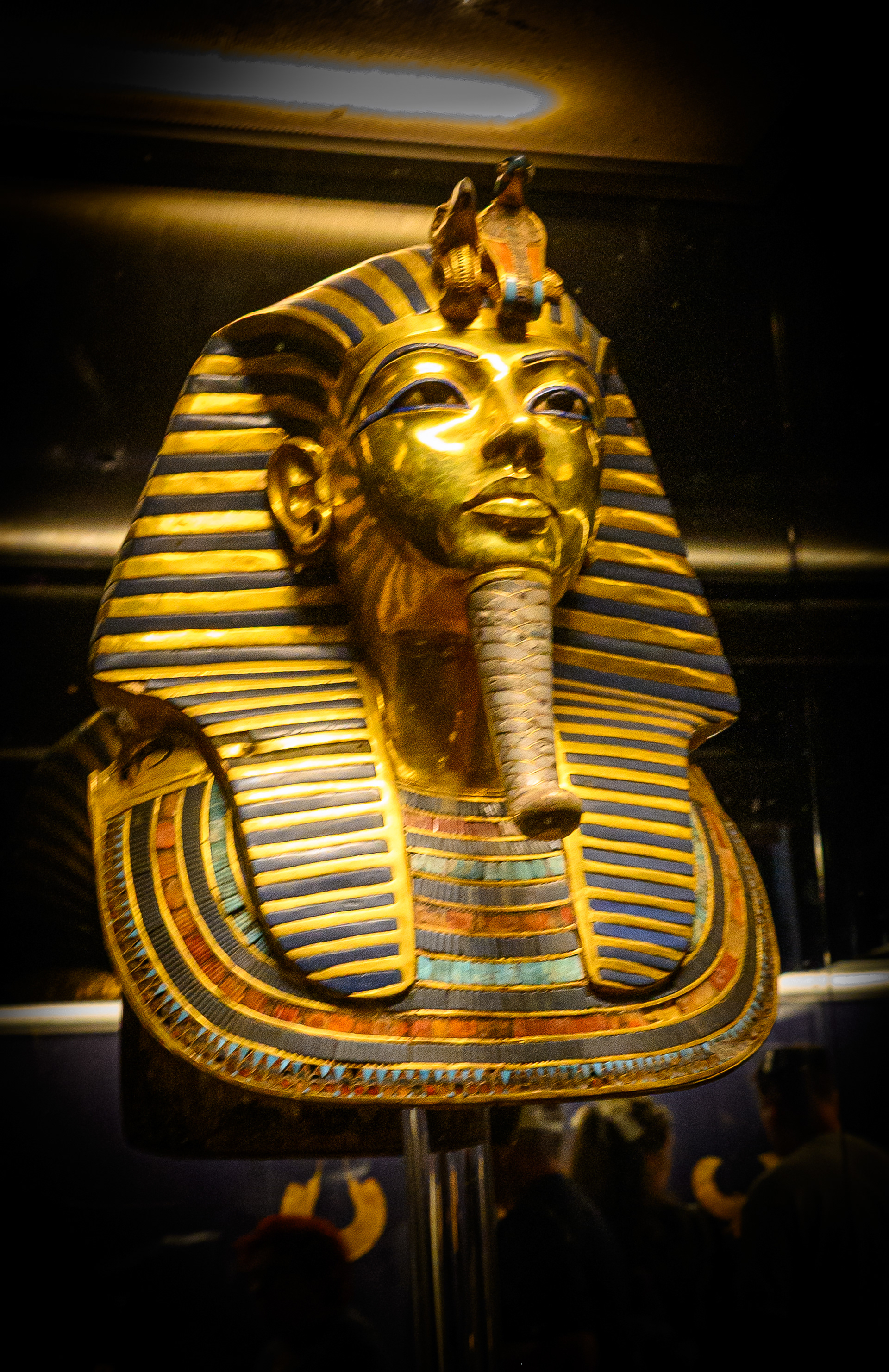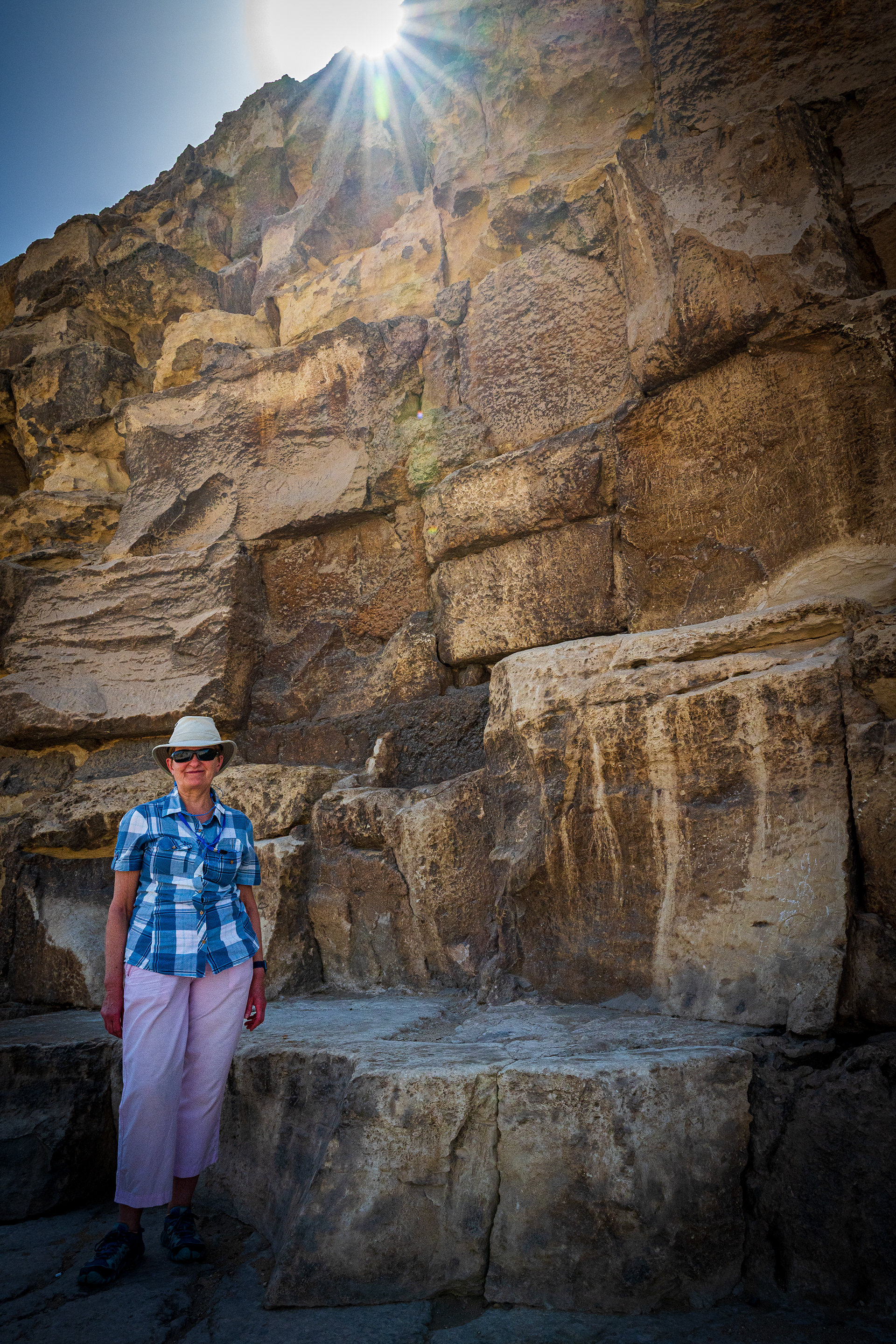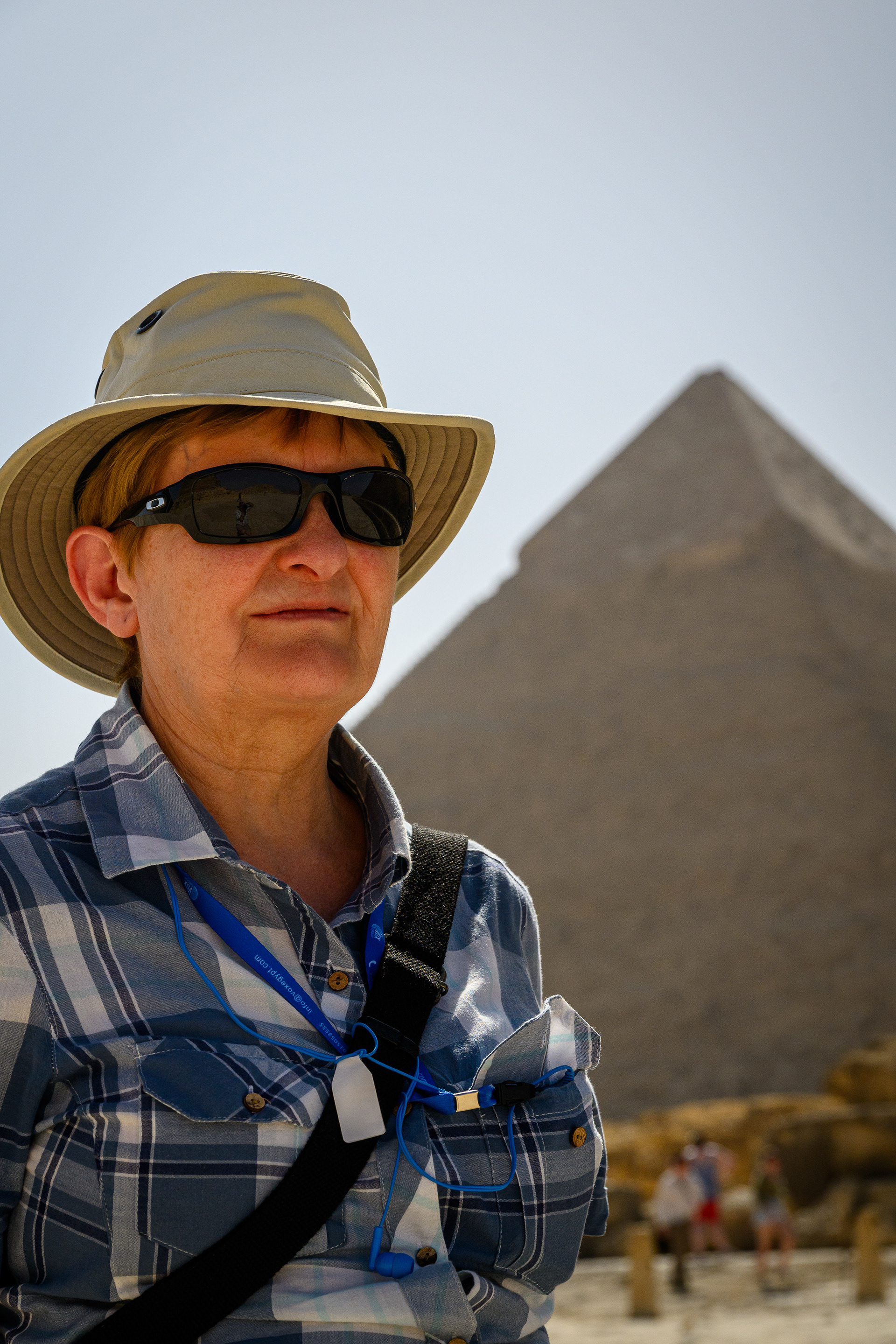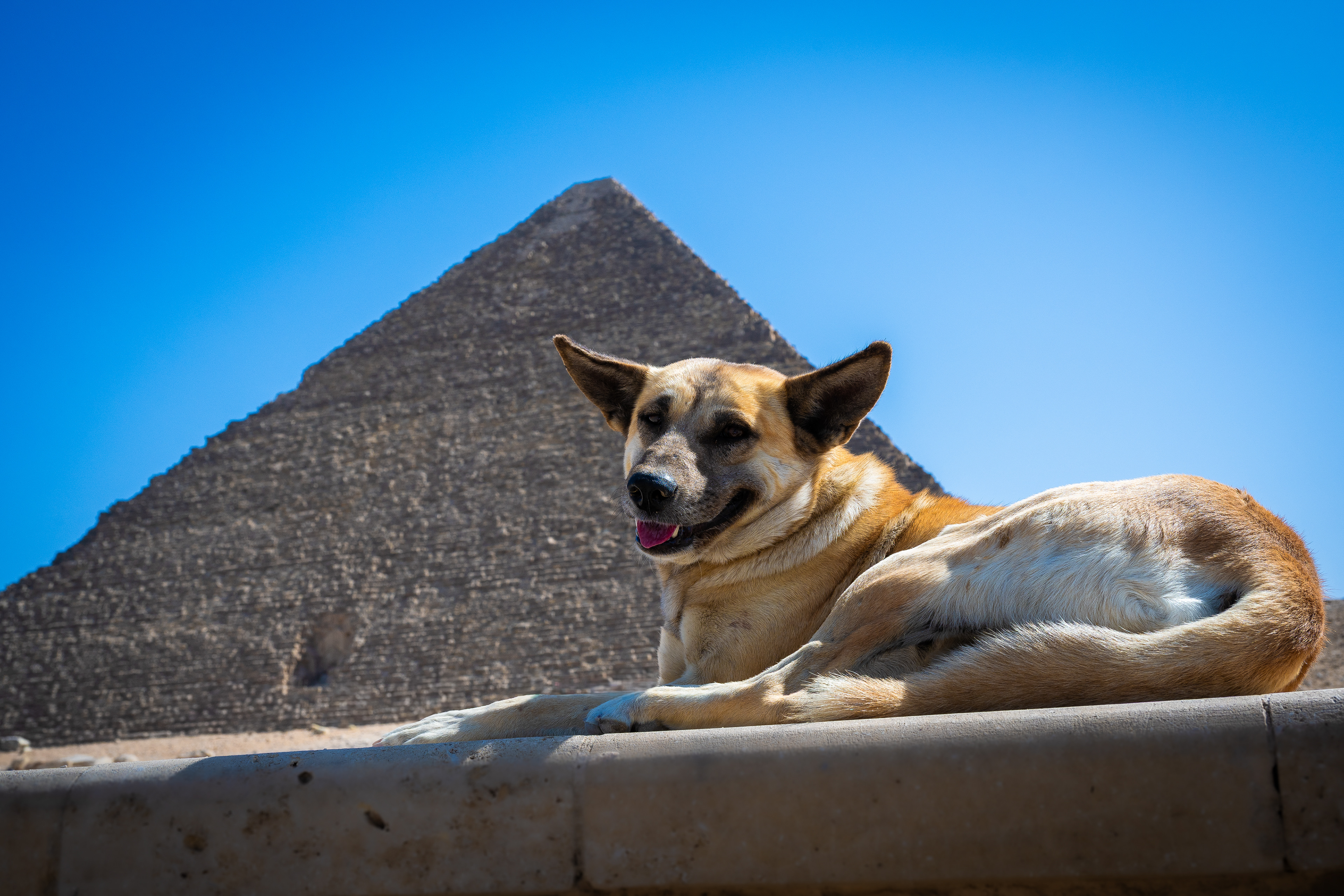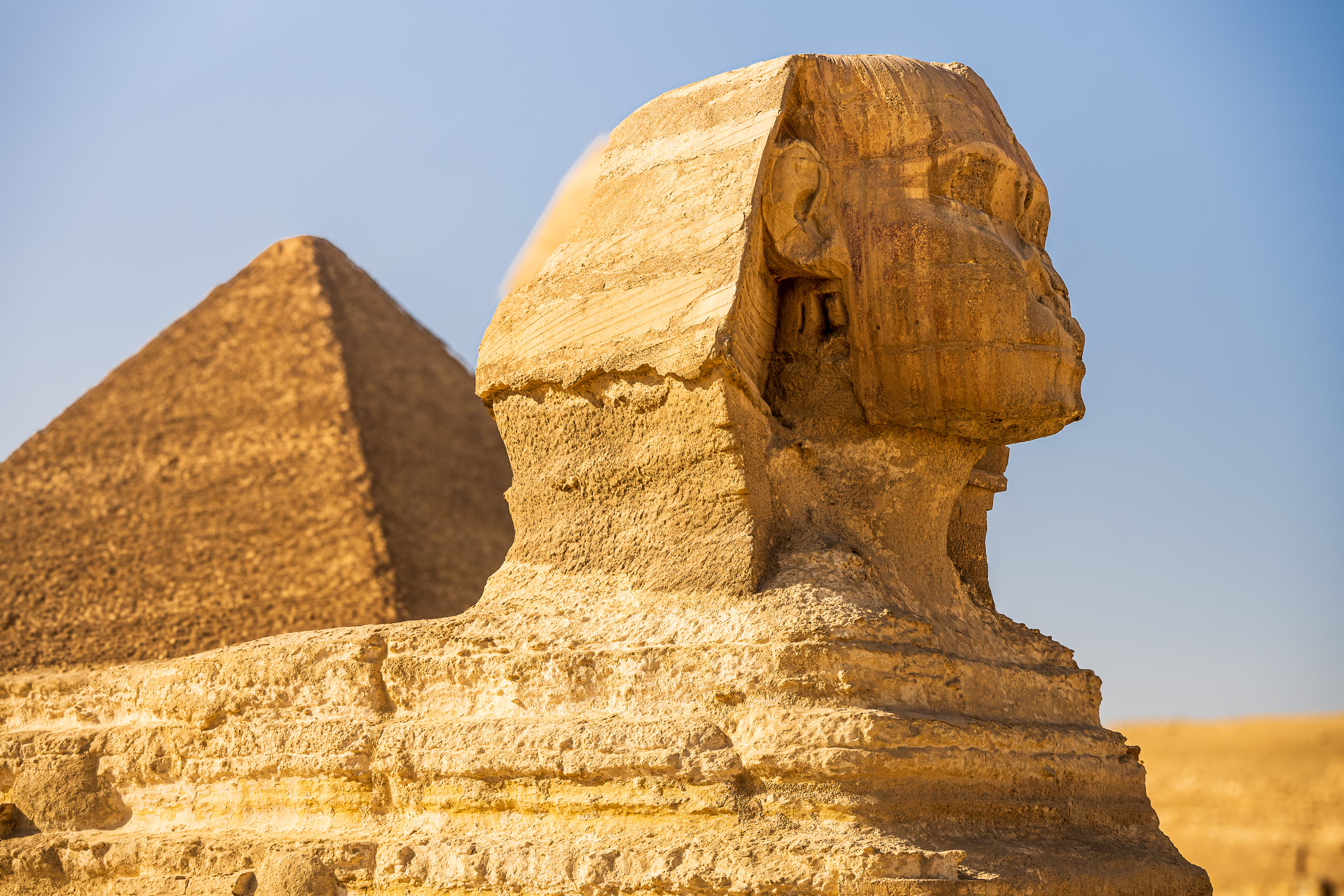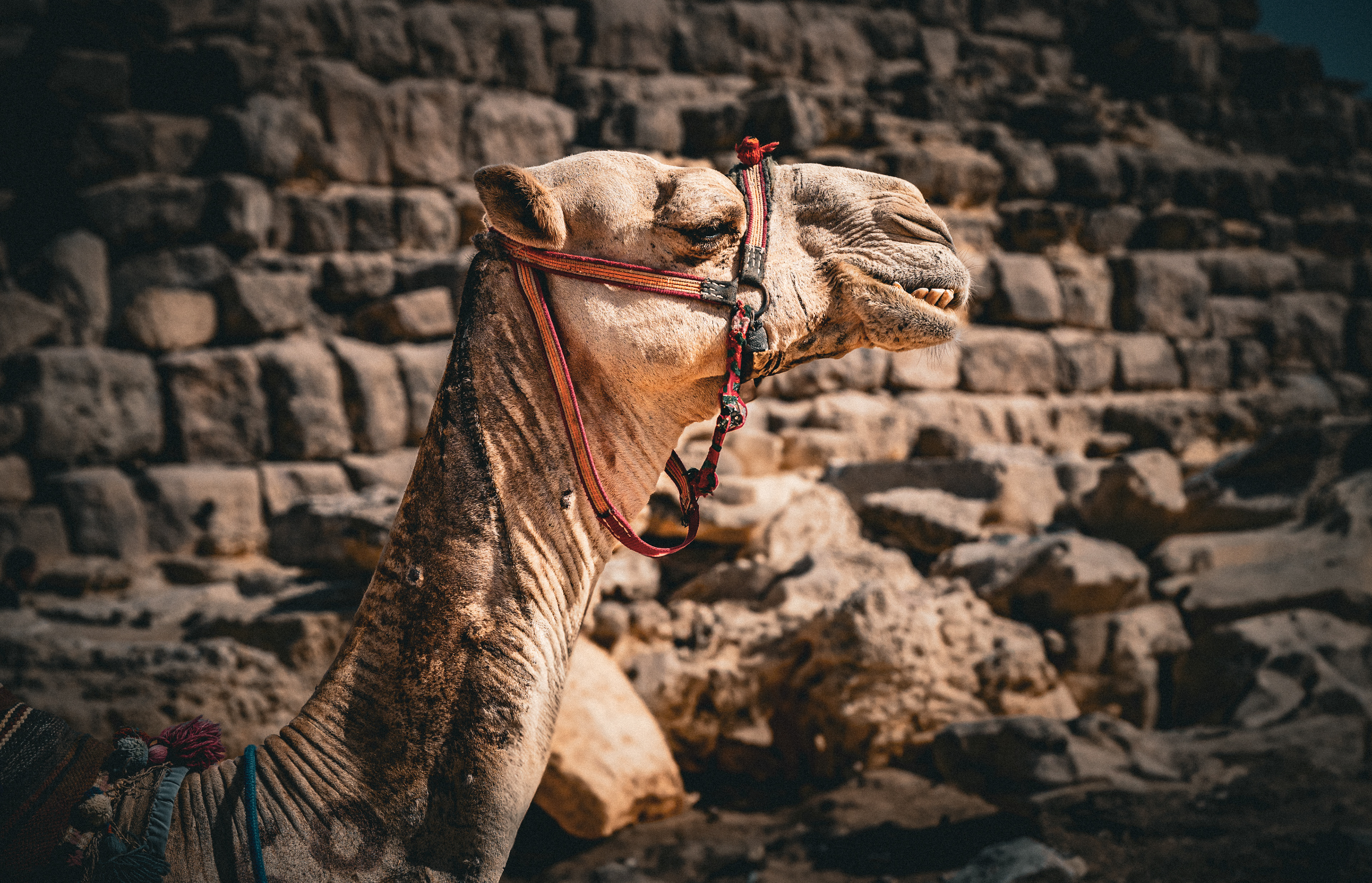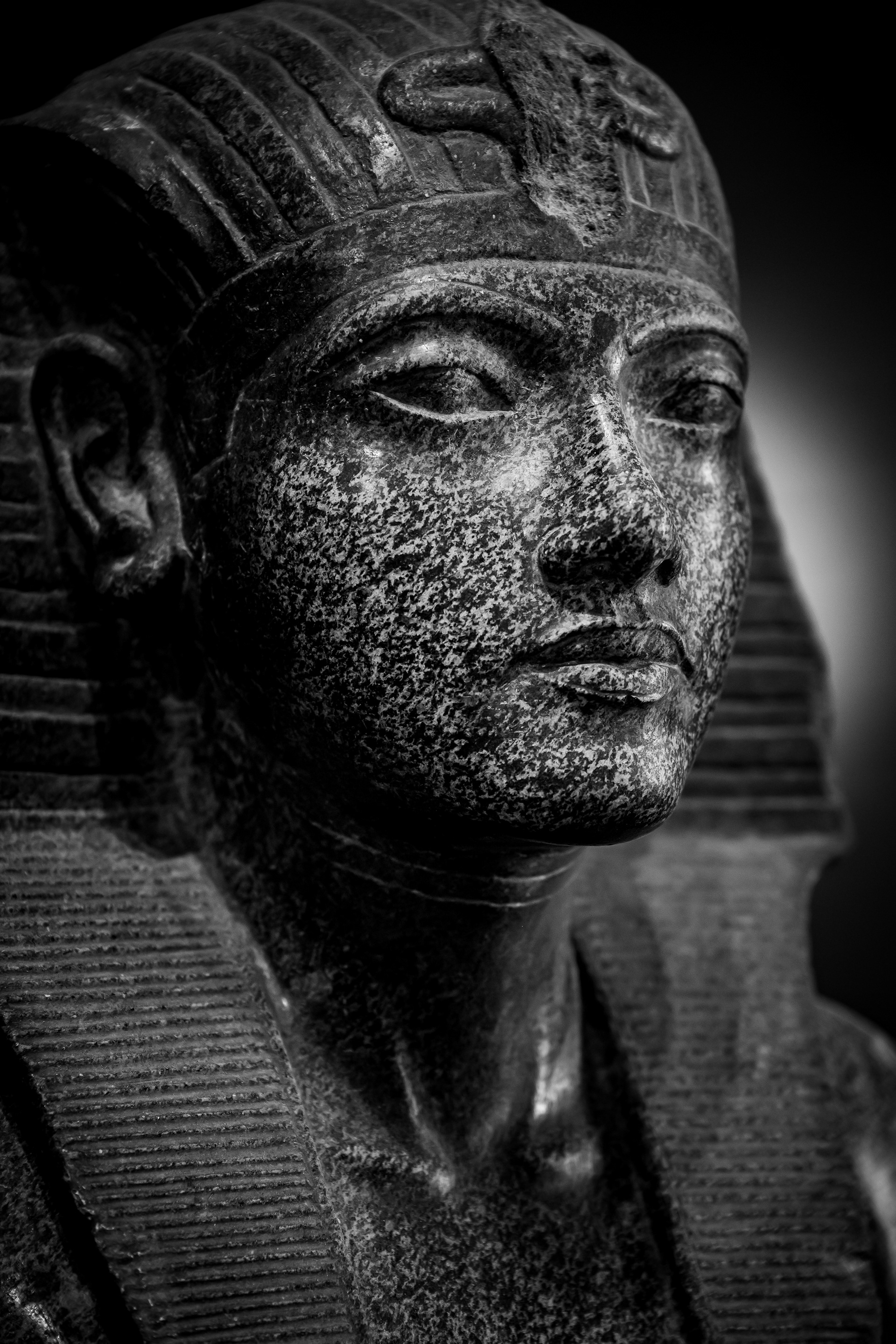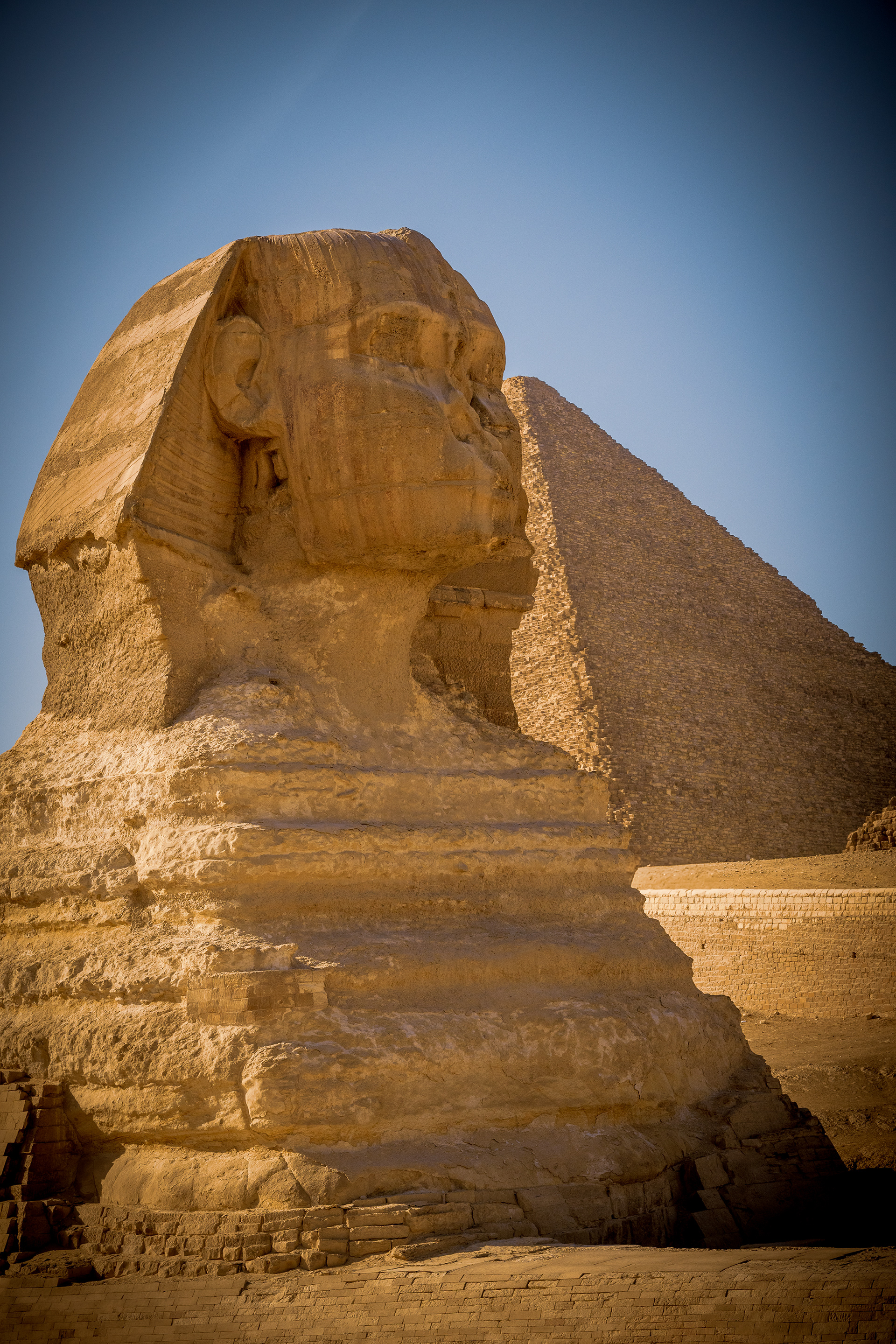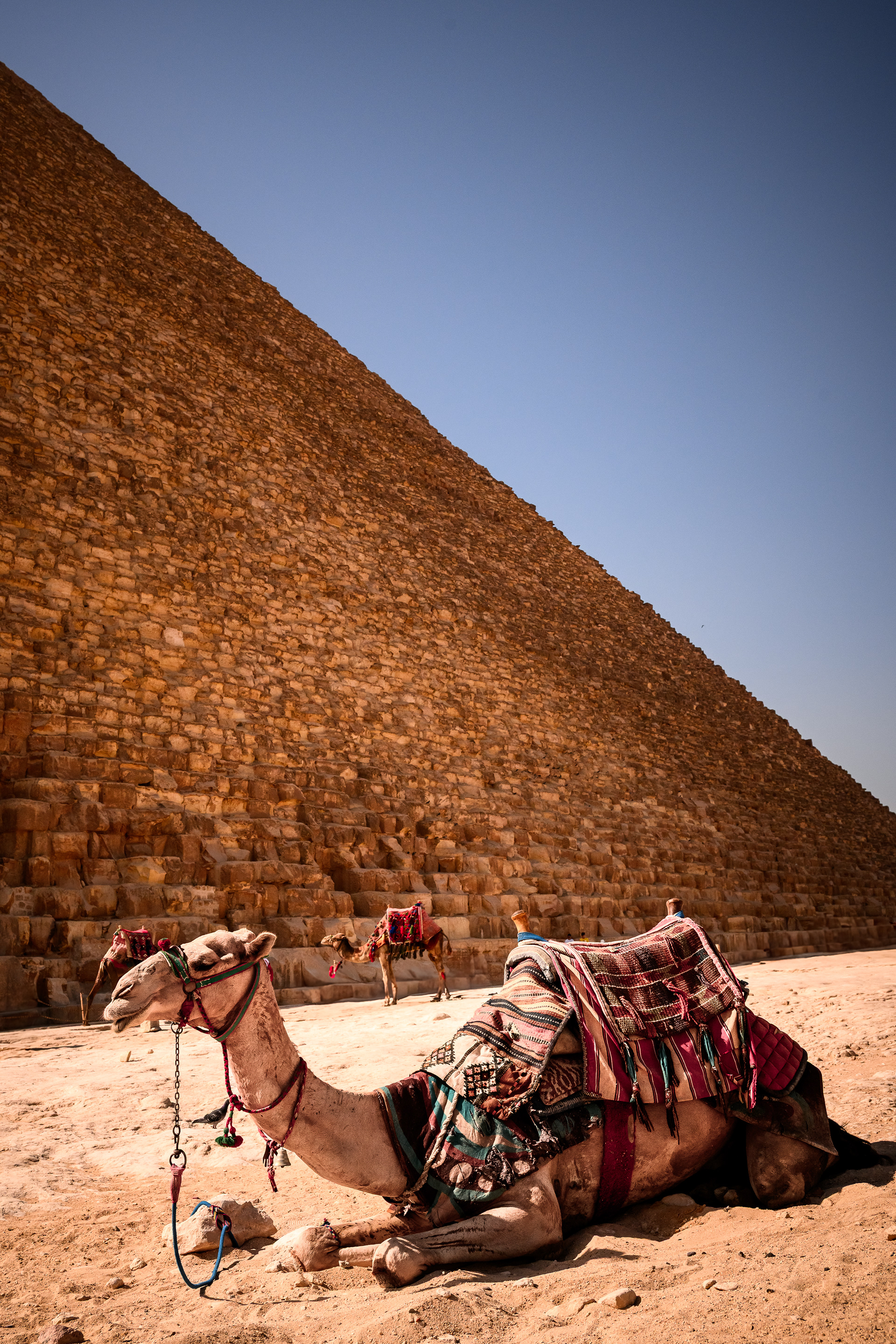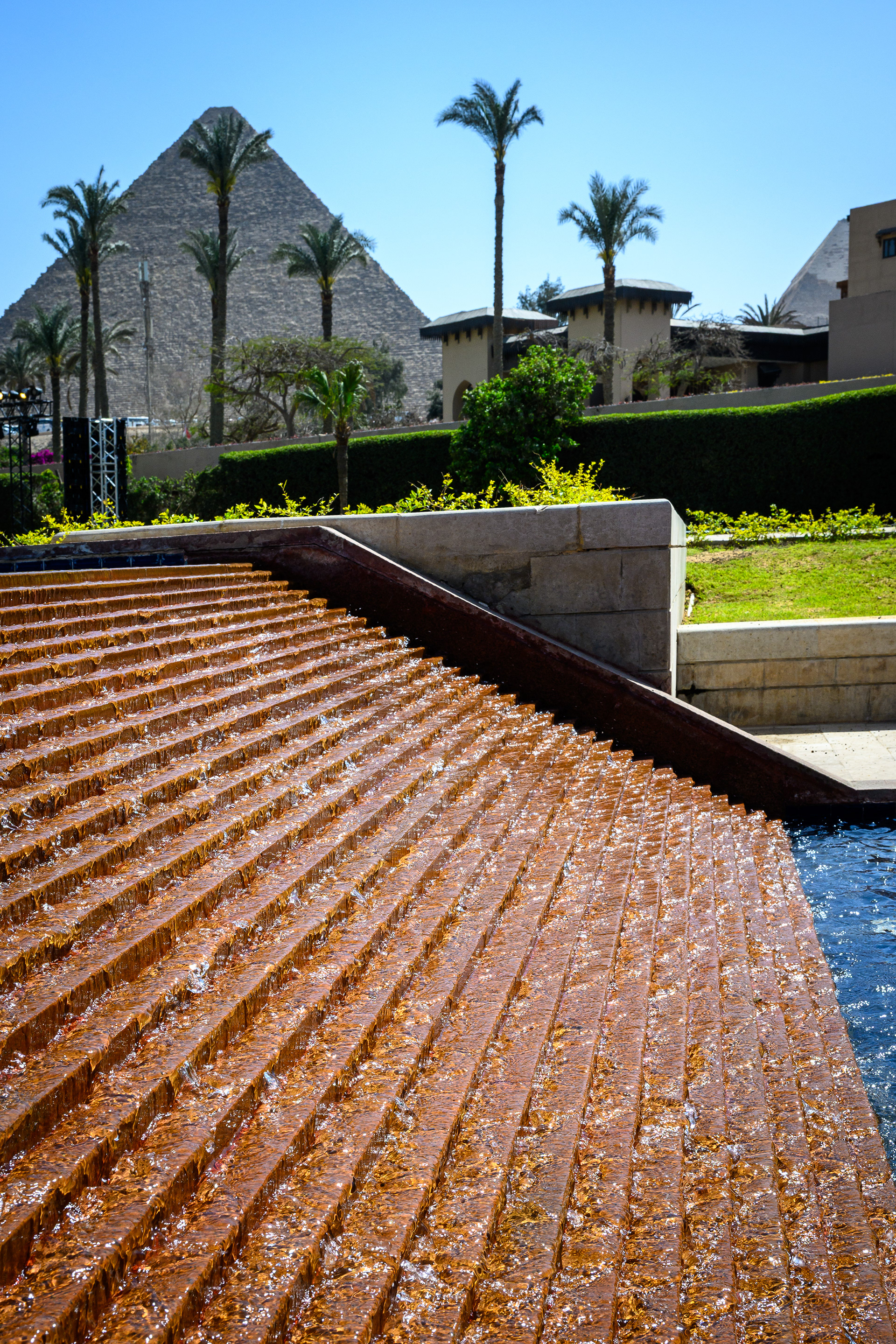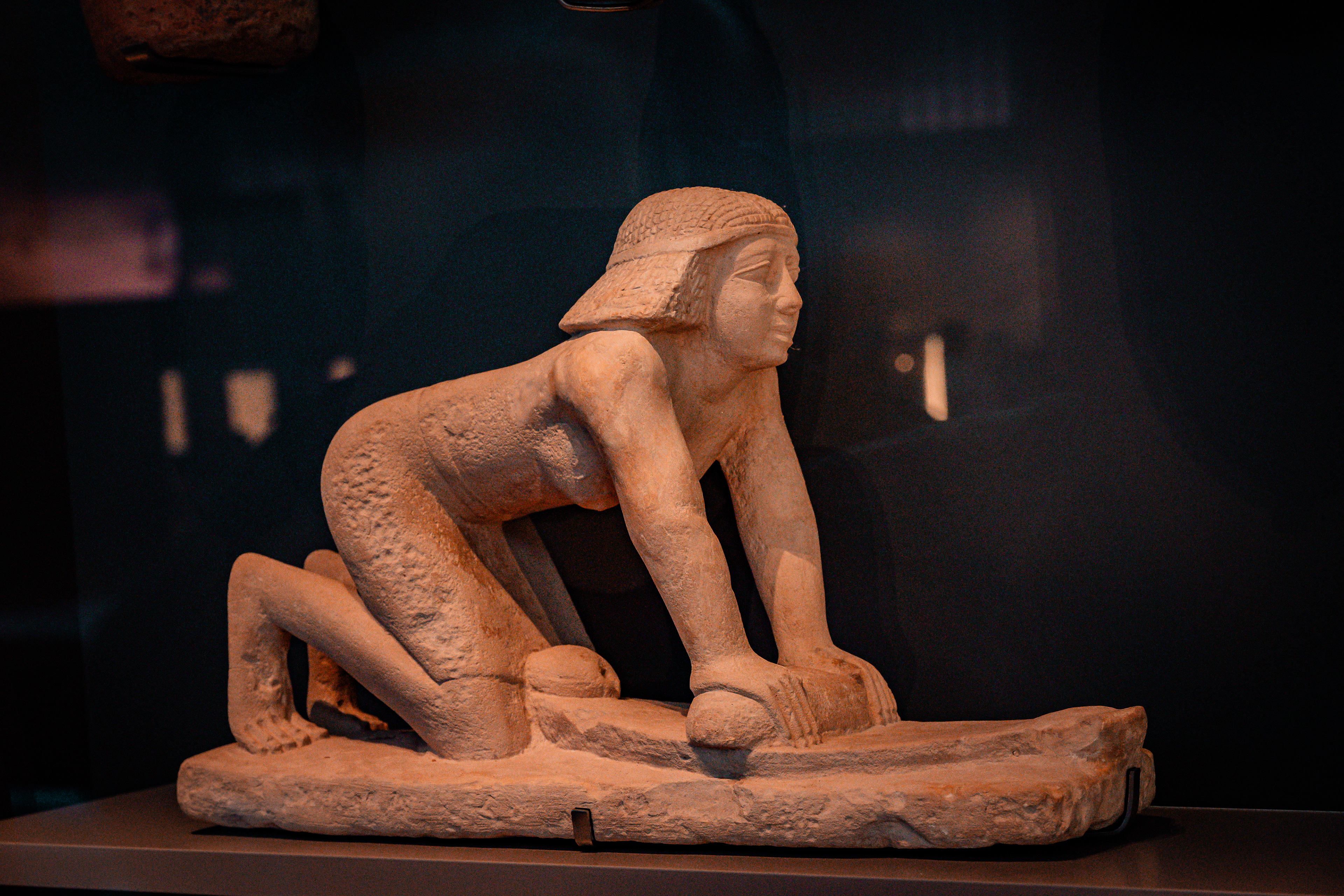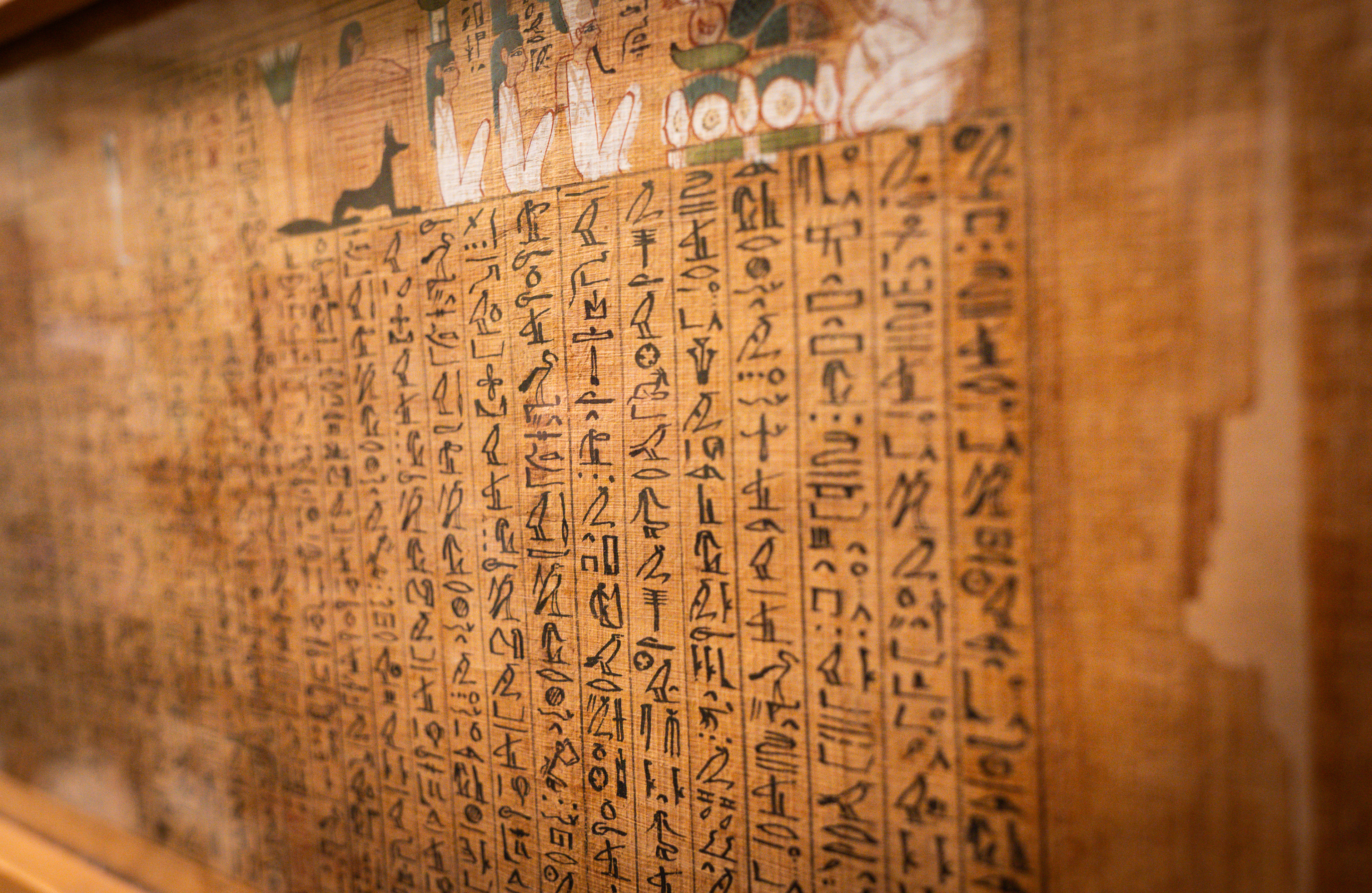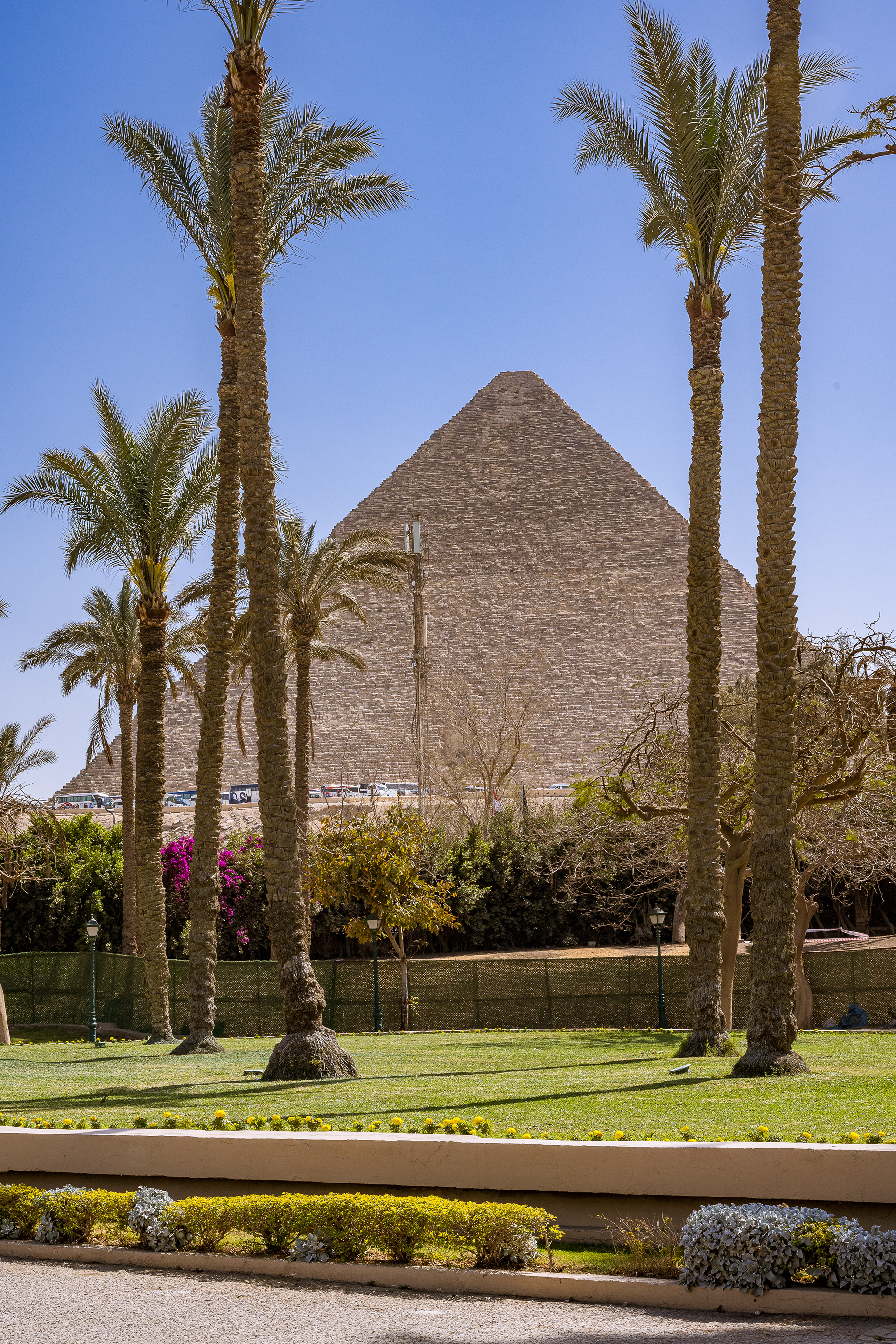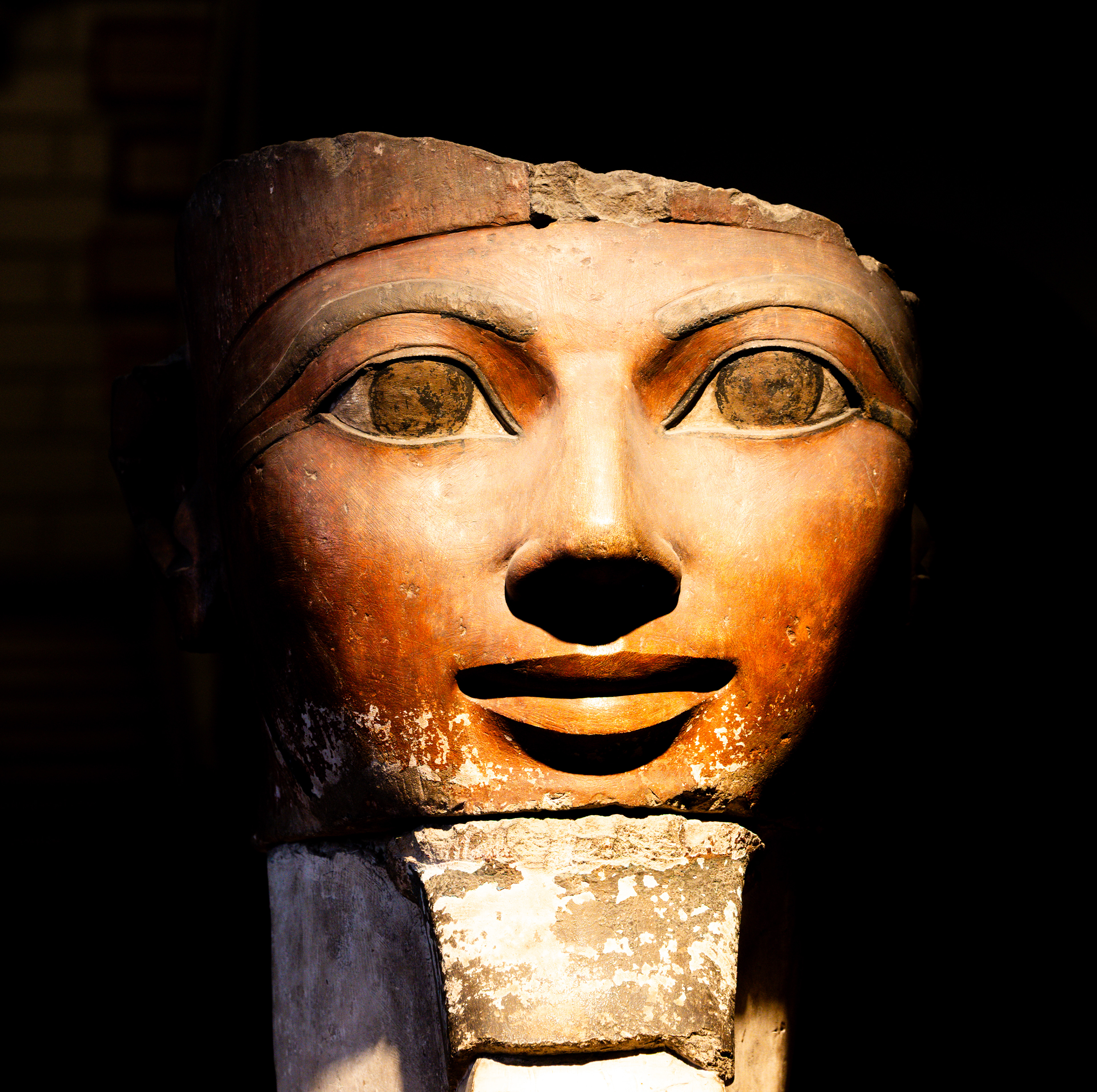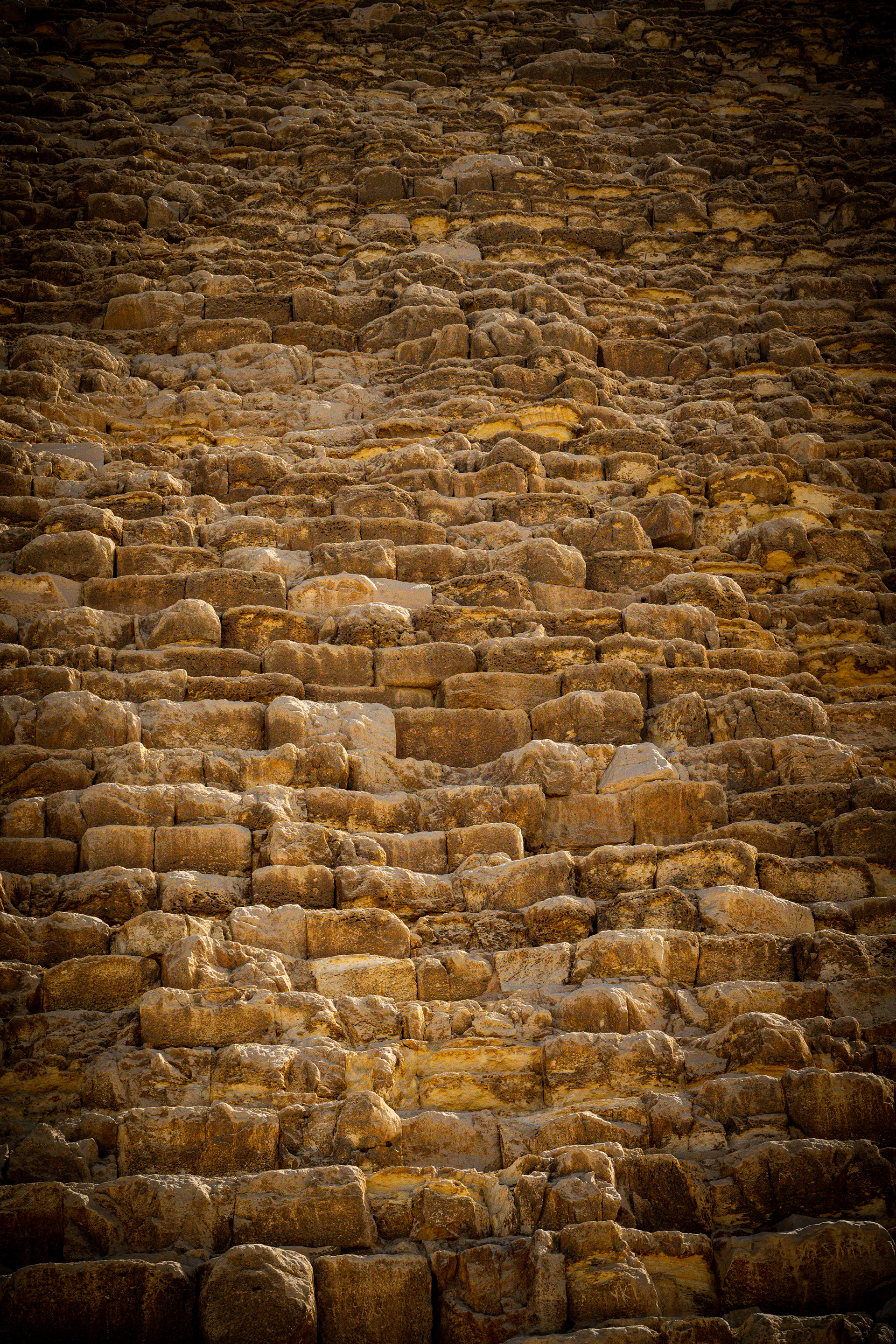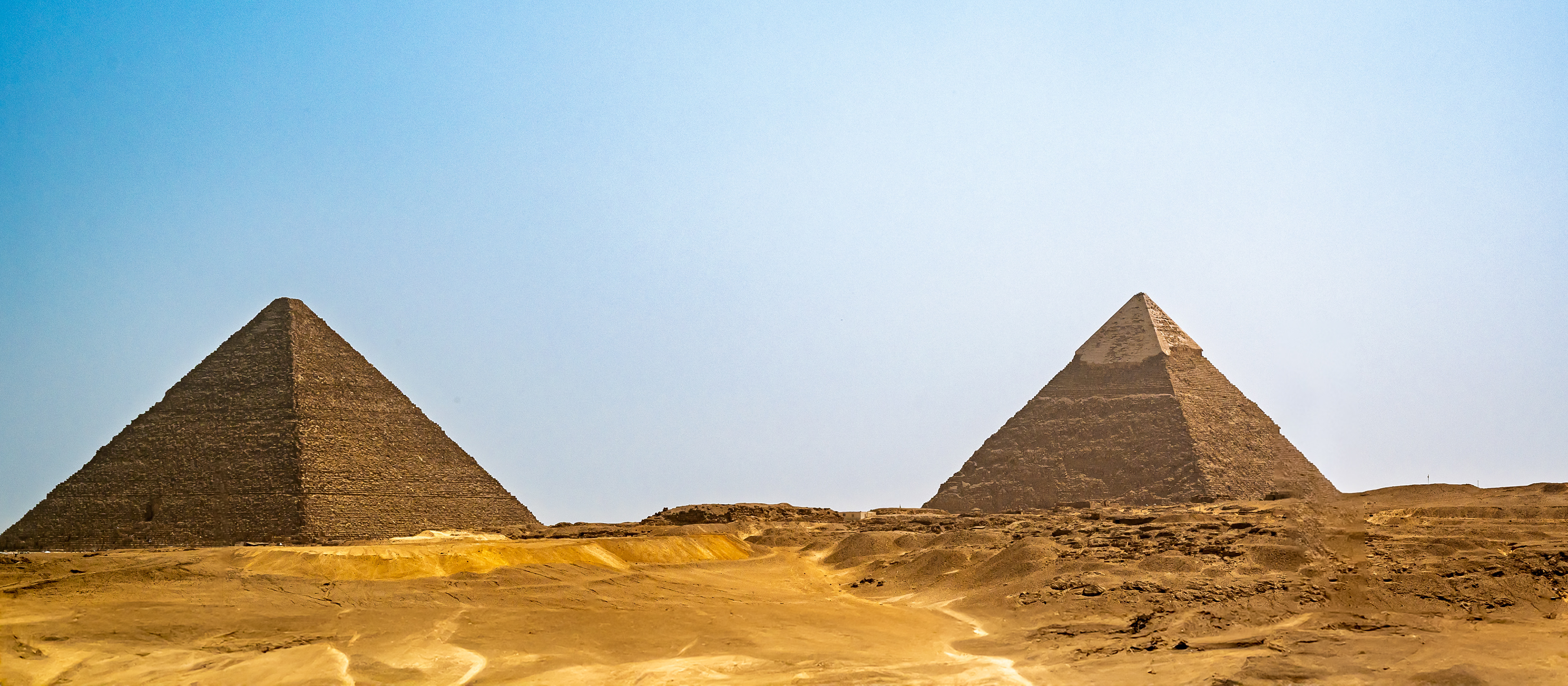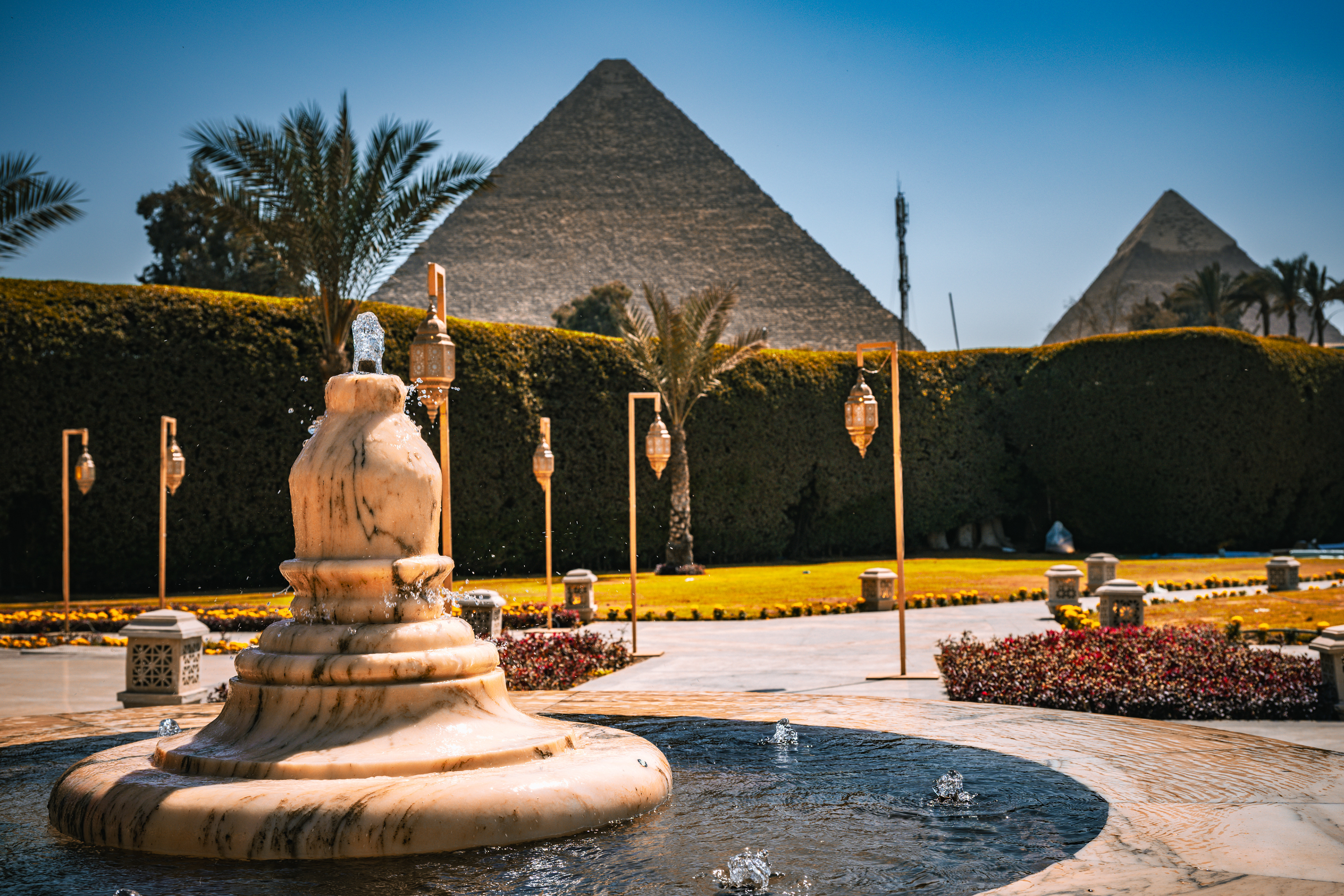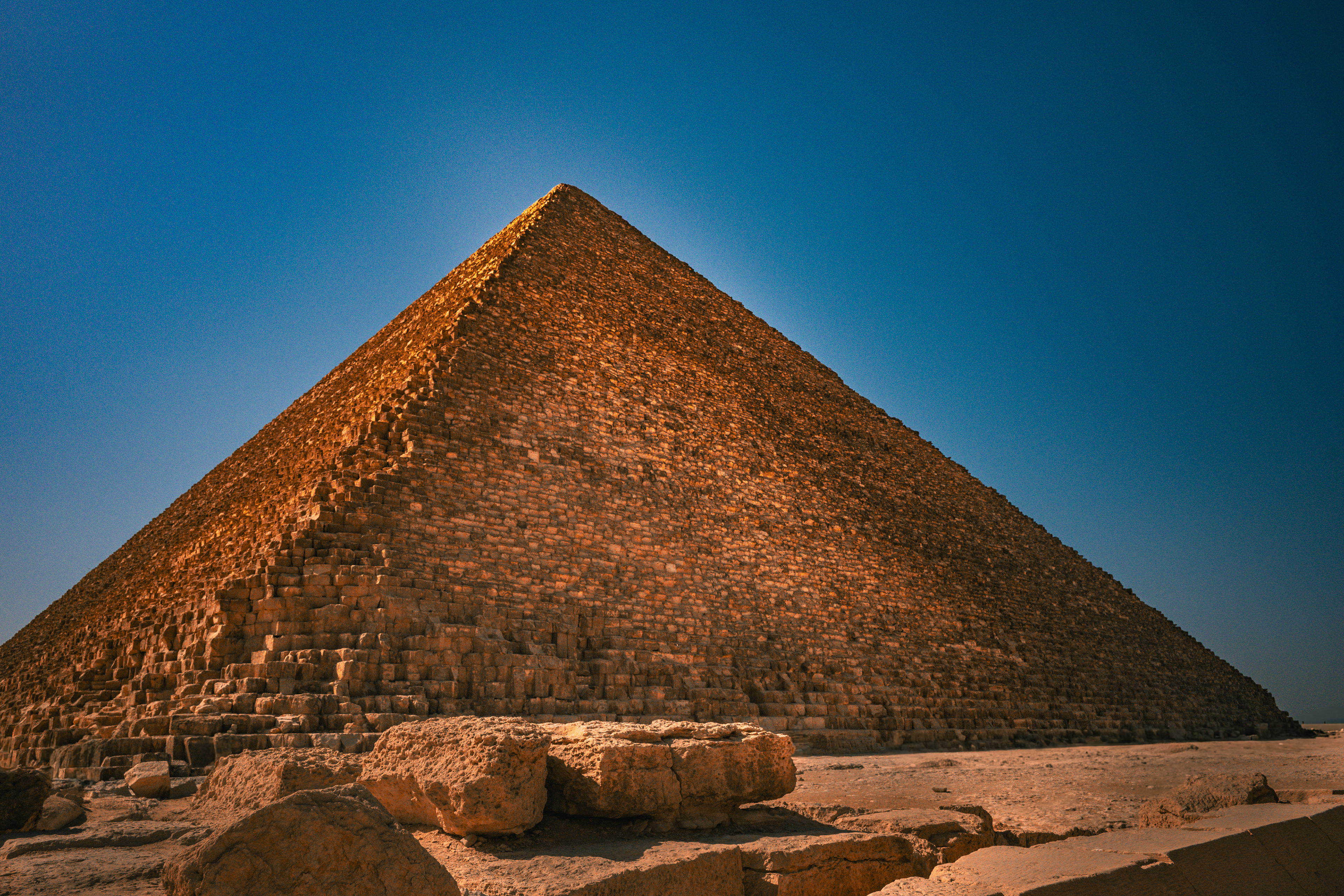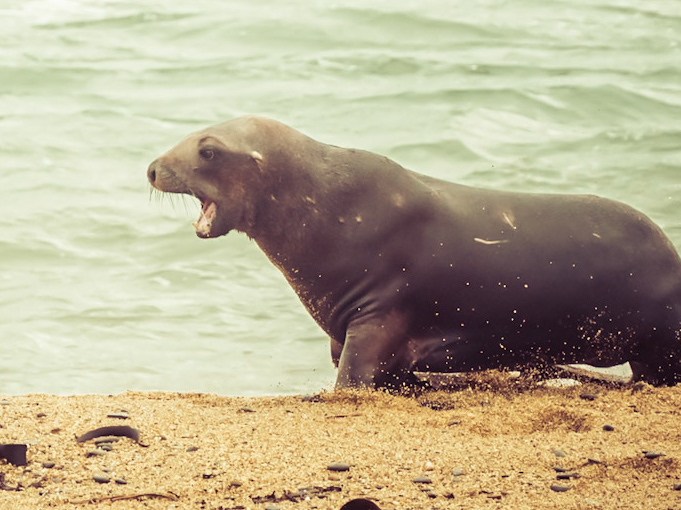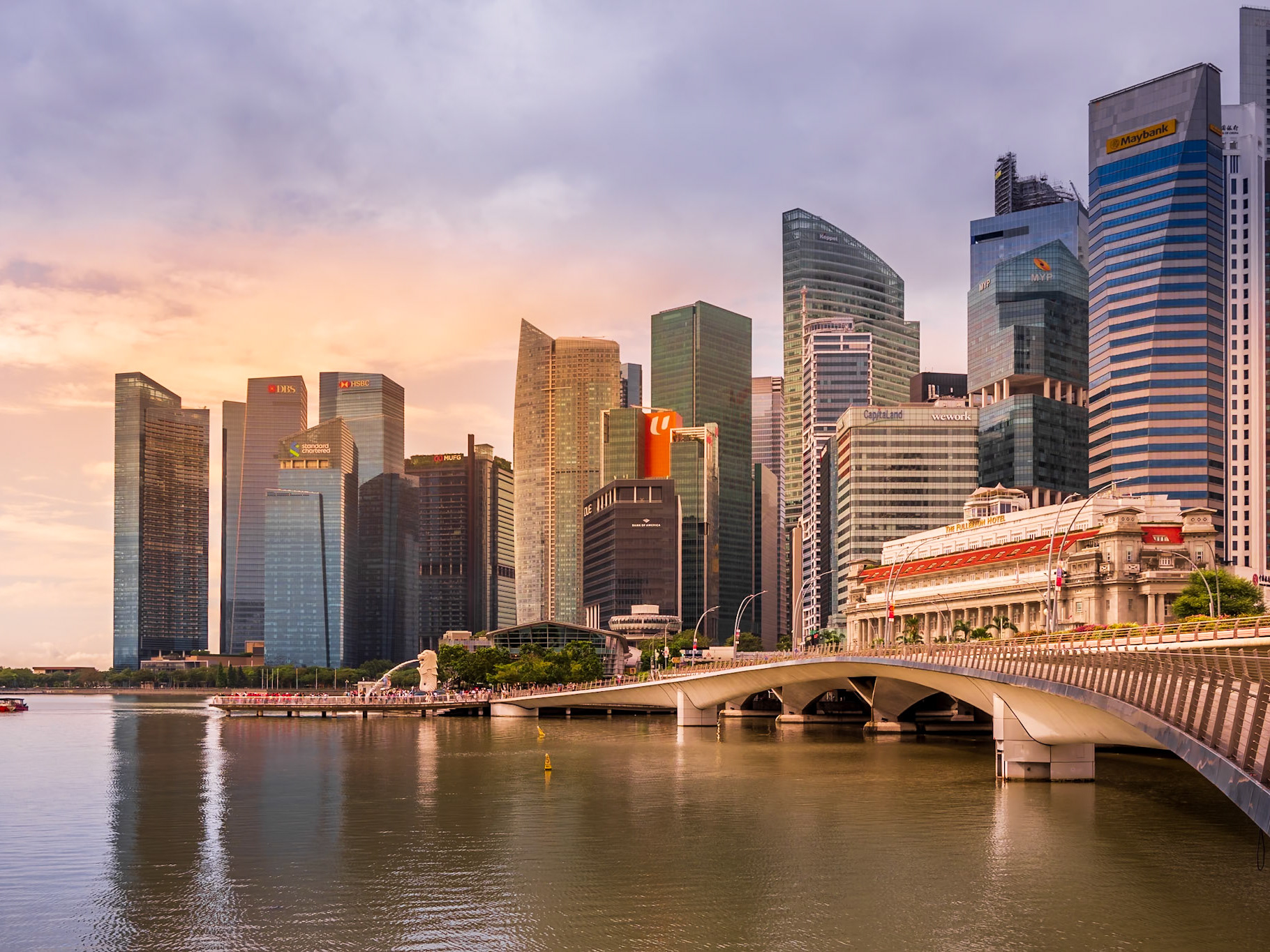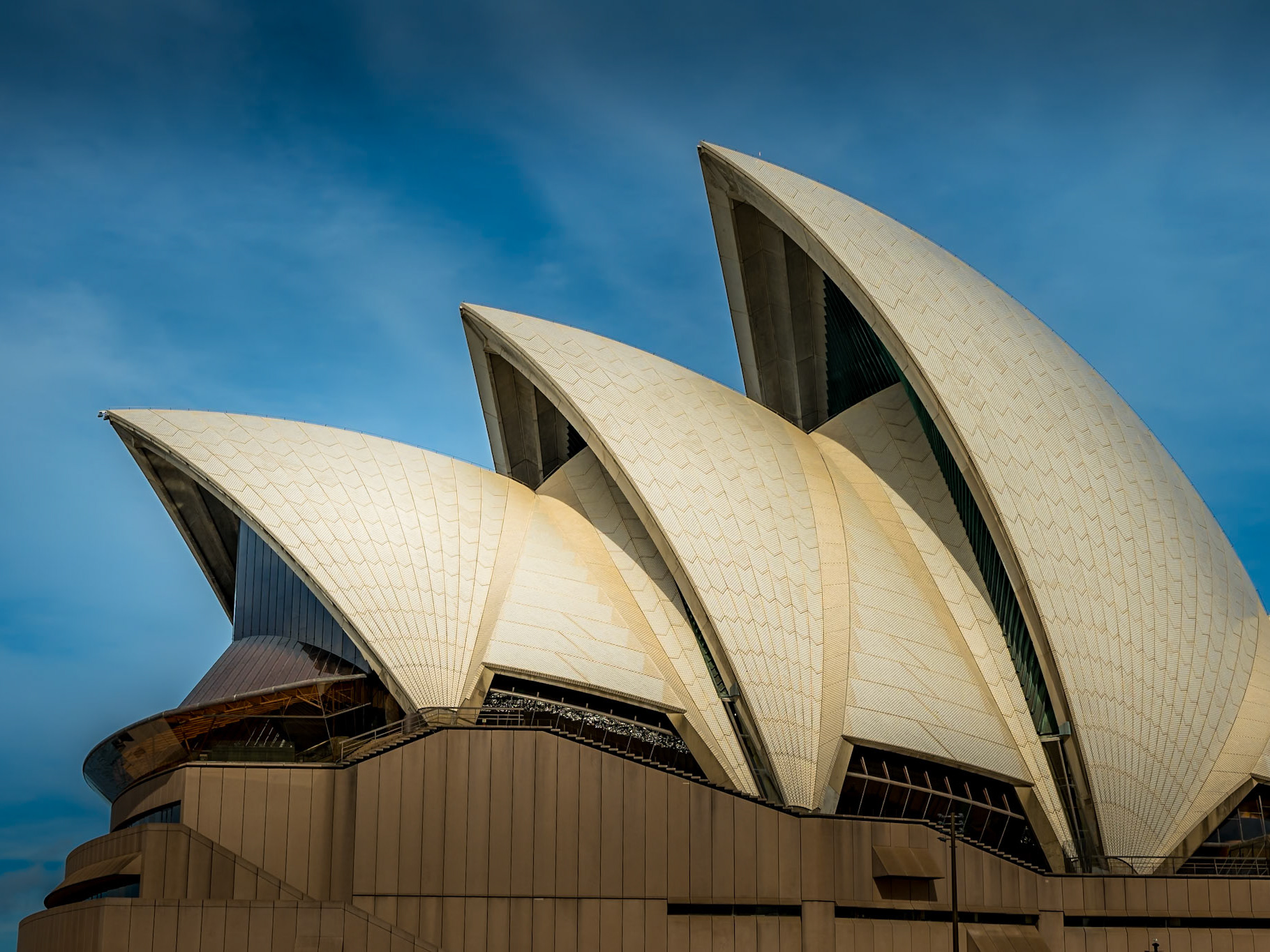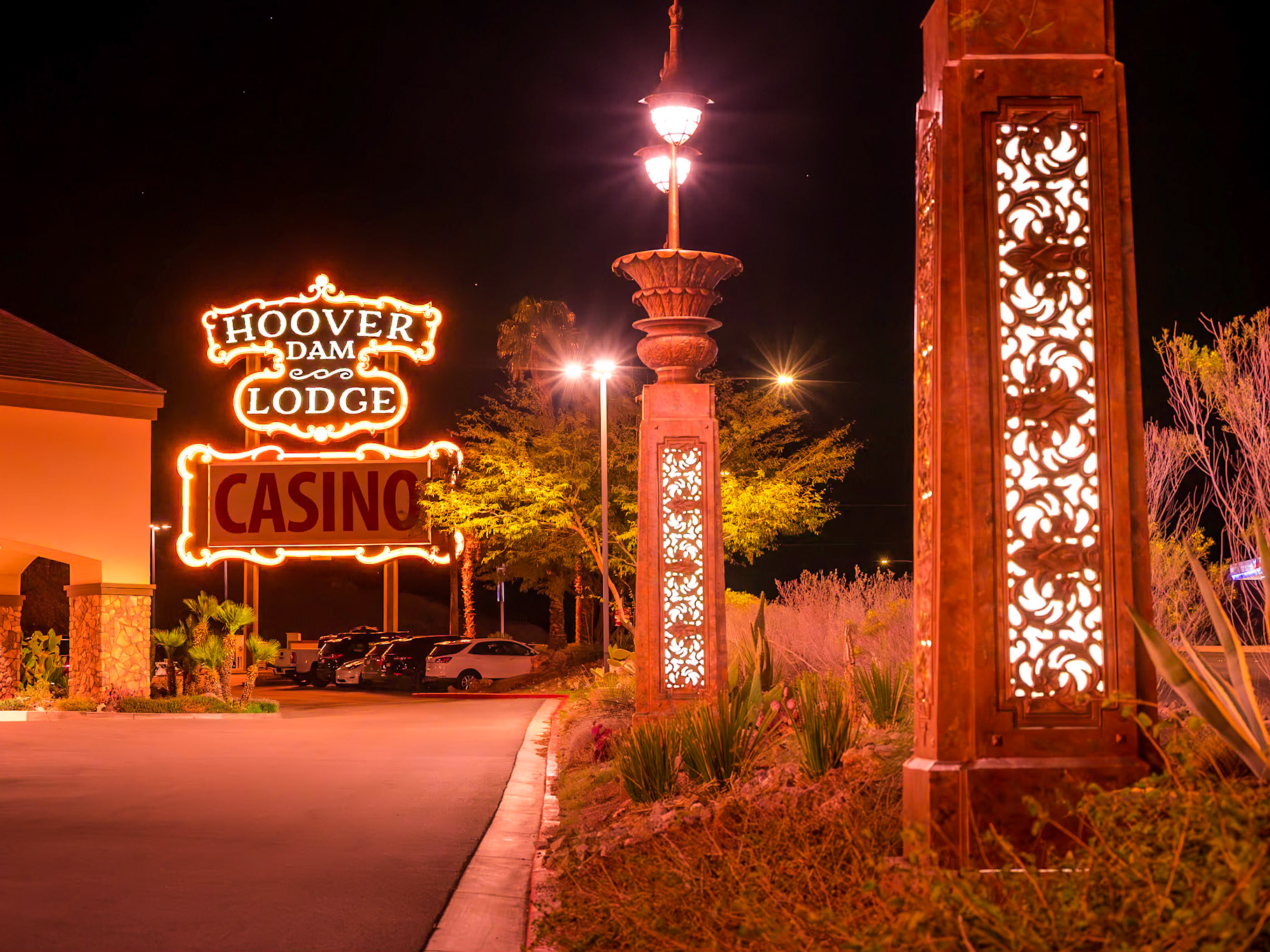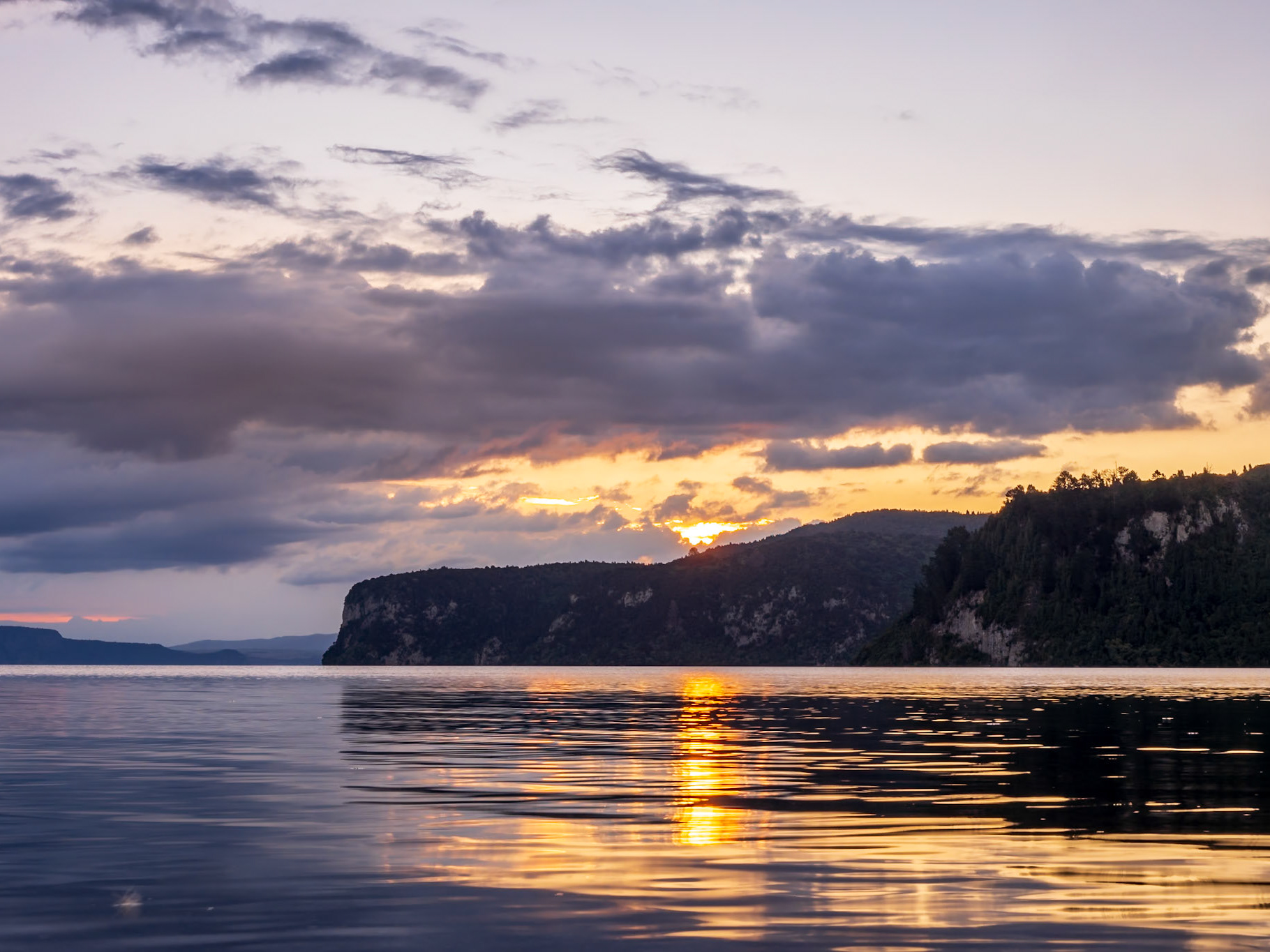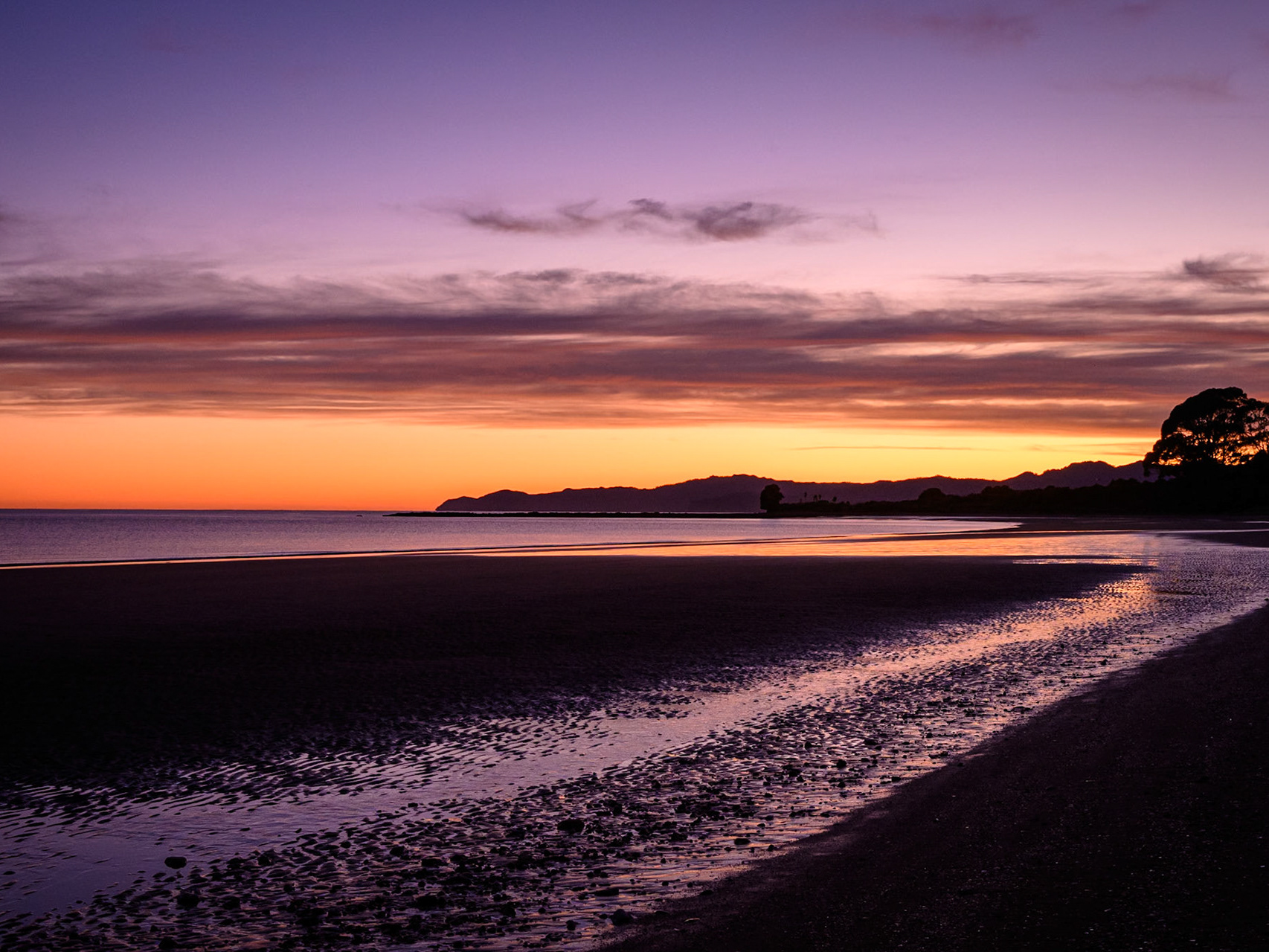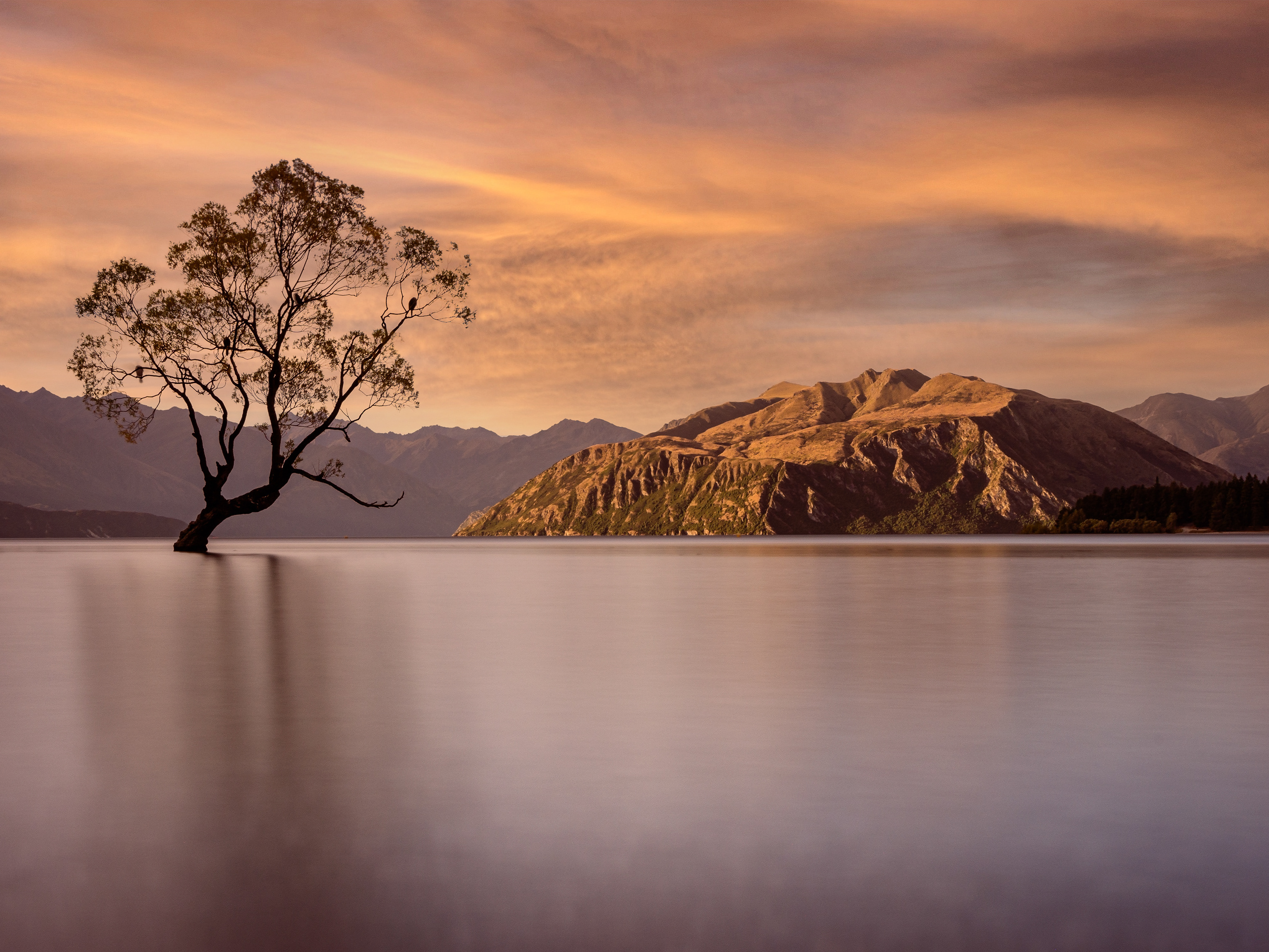After more than 30 years, we have headed back to Egypt to cruise along the Nile.
Although the flight from London to Cairo is under 5 hours, after leaving home soon after 9 in the morning, it was almost 1am the following day before we boarded SS Misr in Aswan, following the journey to Heathrow, the flight to Cairo, a connection to Aswan and then a coach to the boat. It was then a case of eating a chicken roll (and a beef roll), unpacking, and then bed before breakfast at 7am the next day.
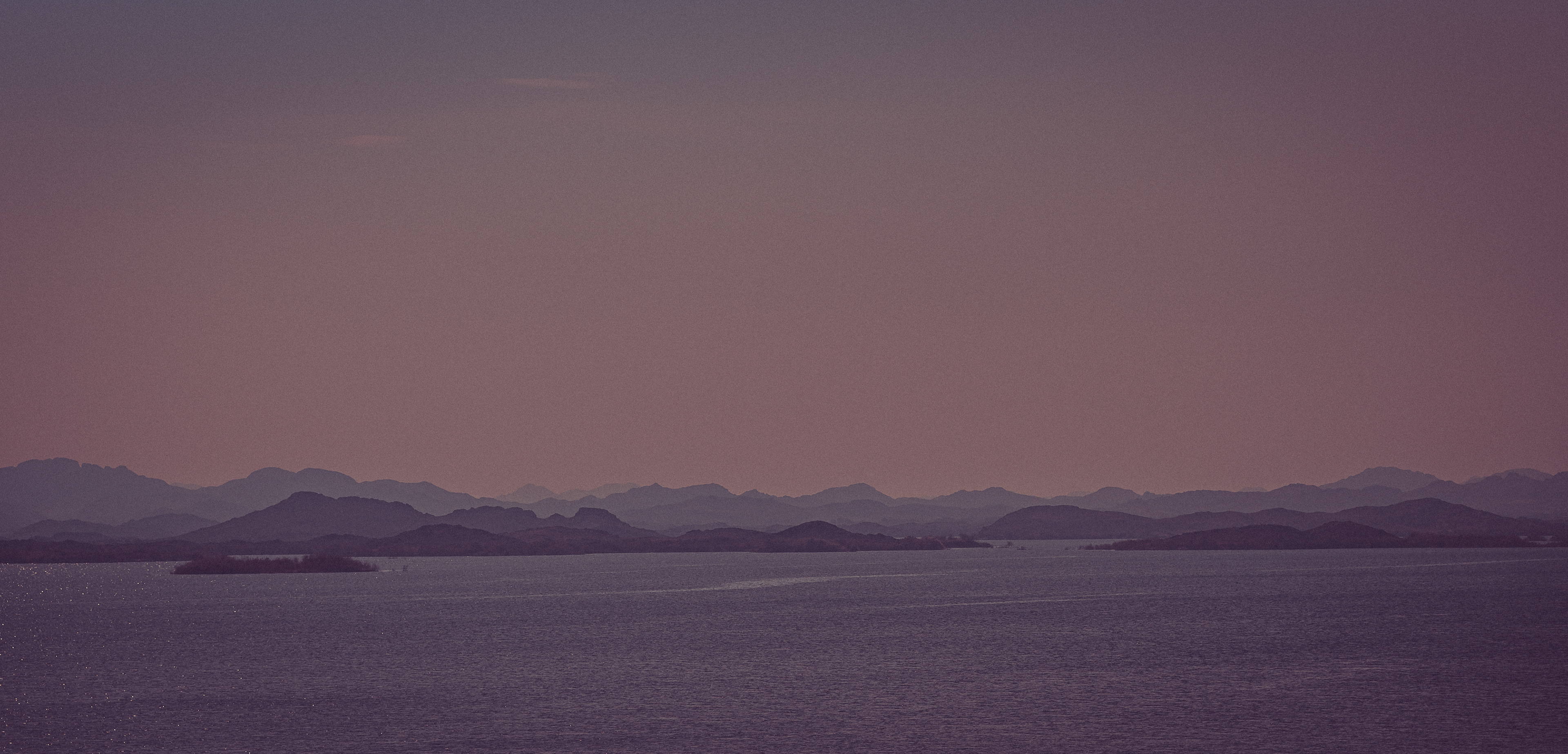
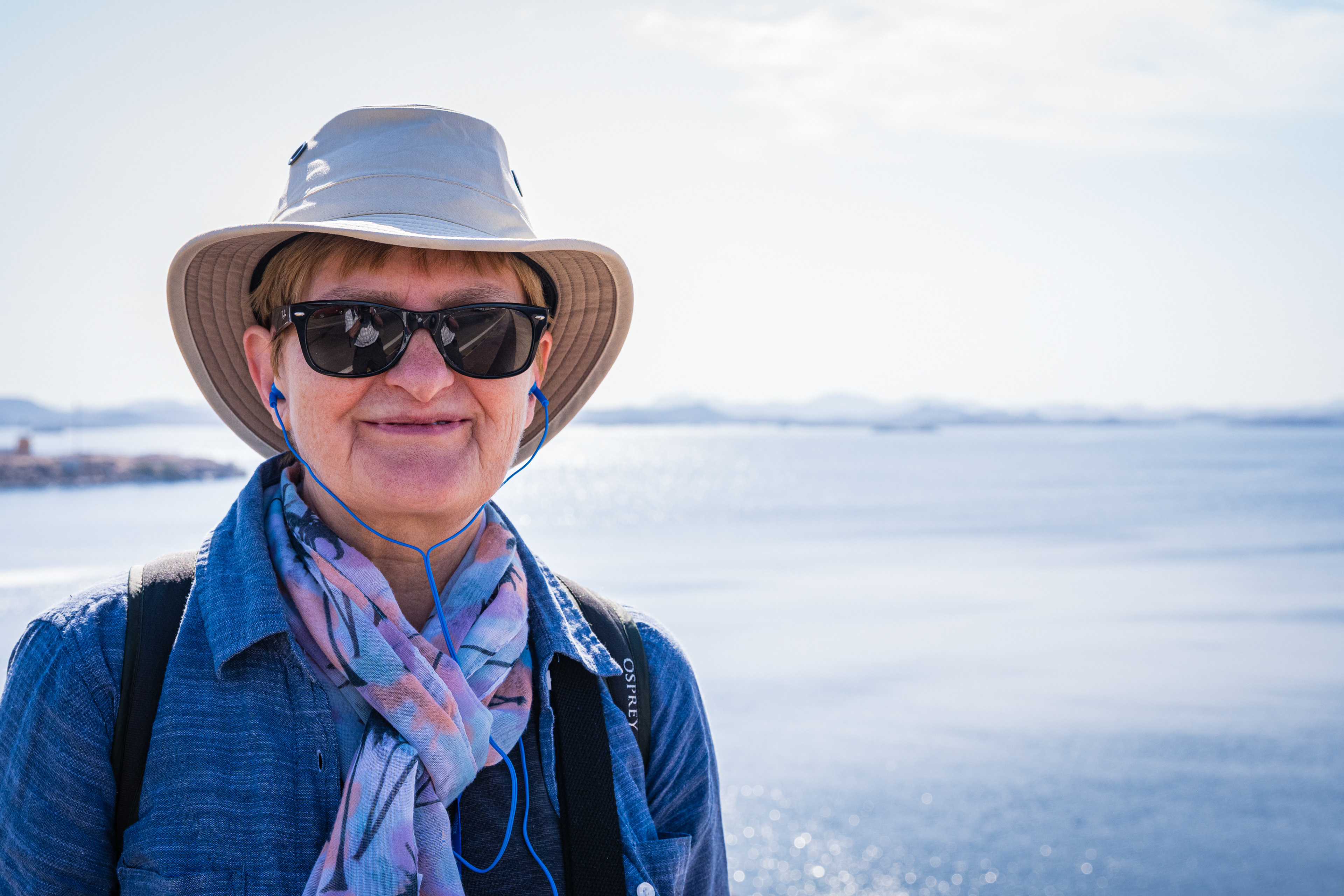
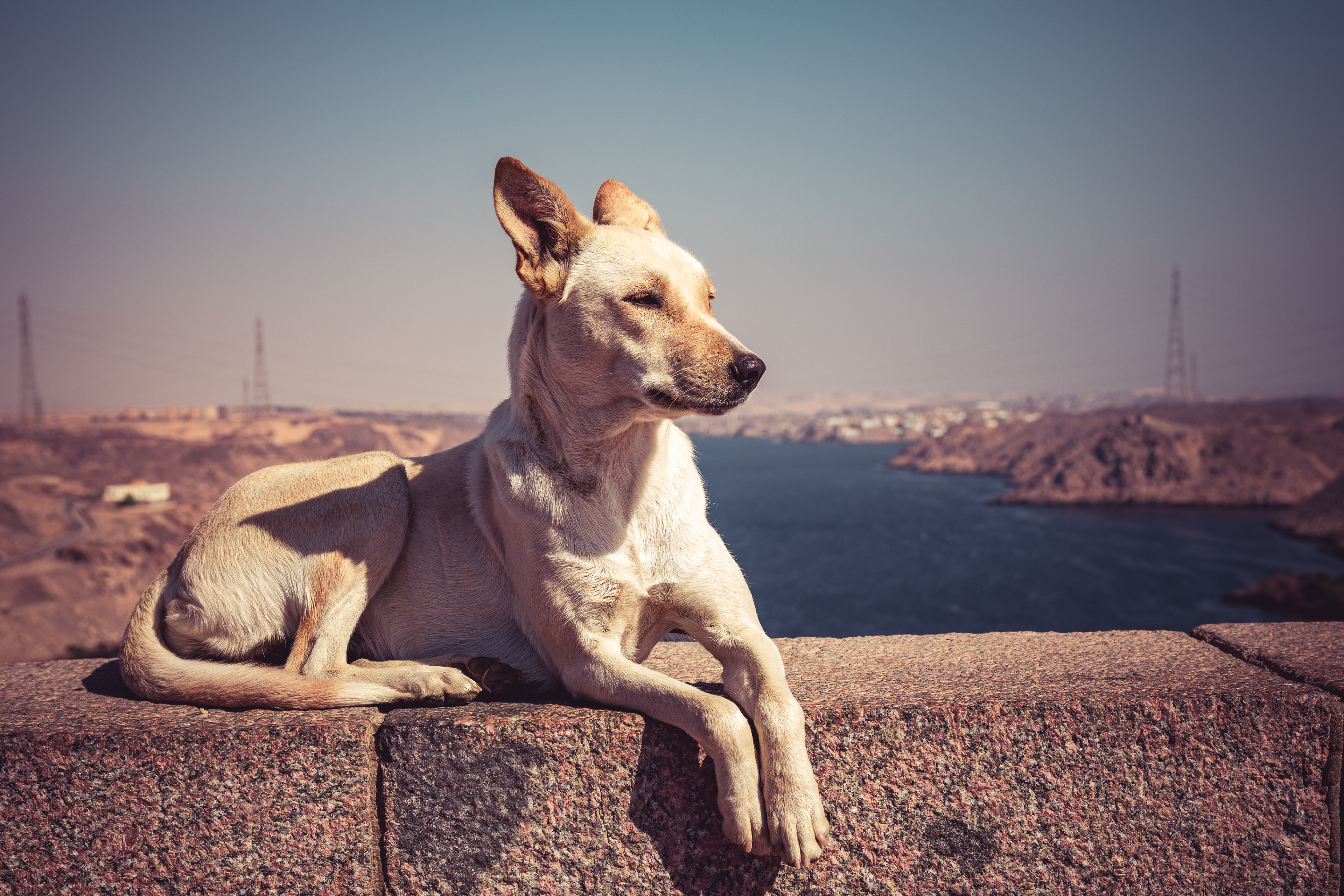

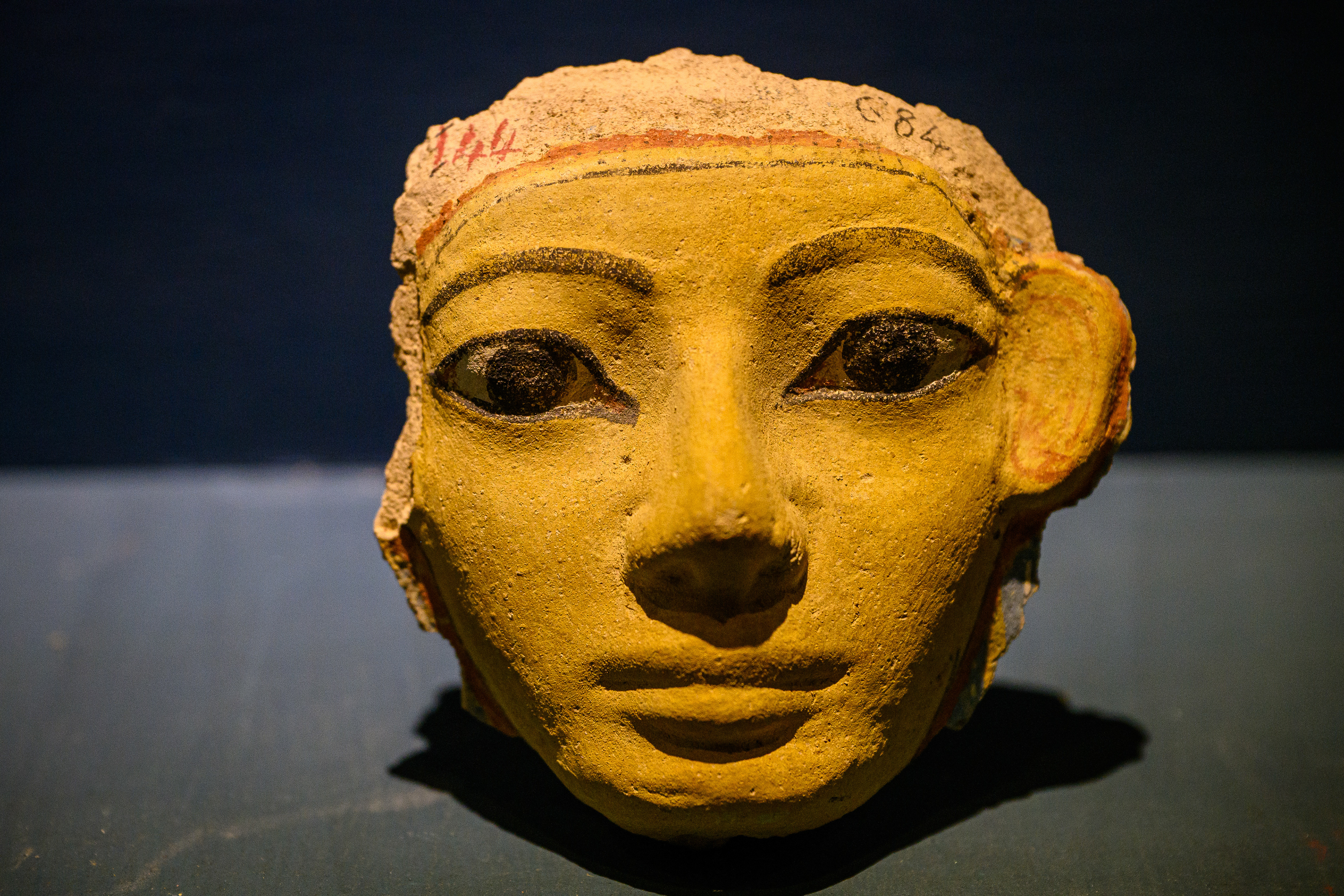
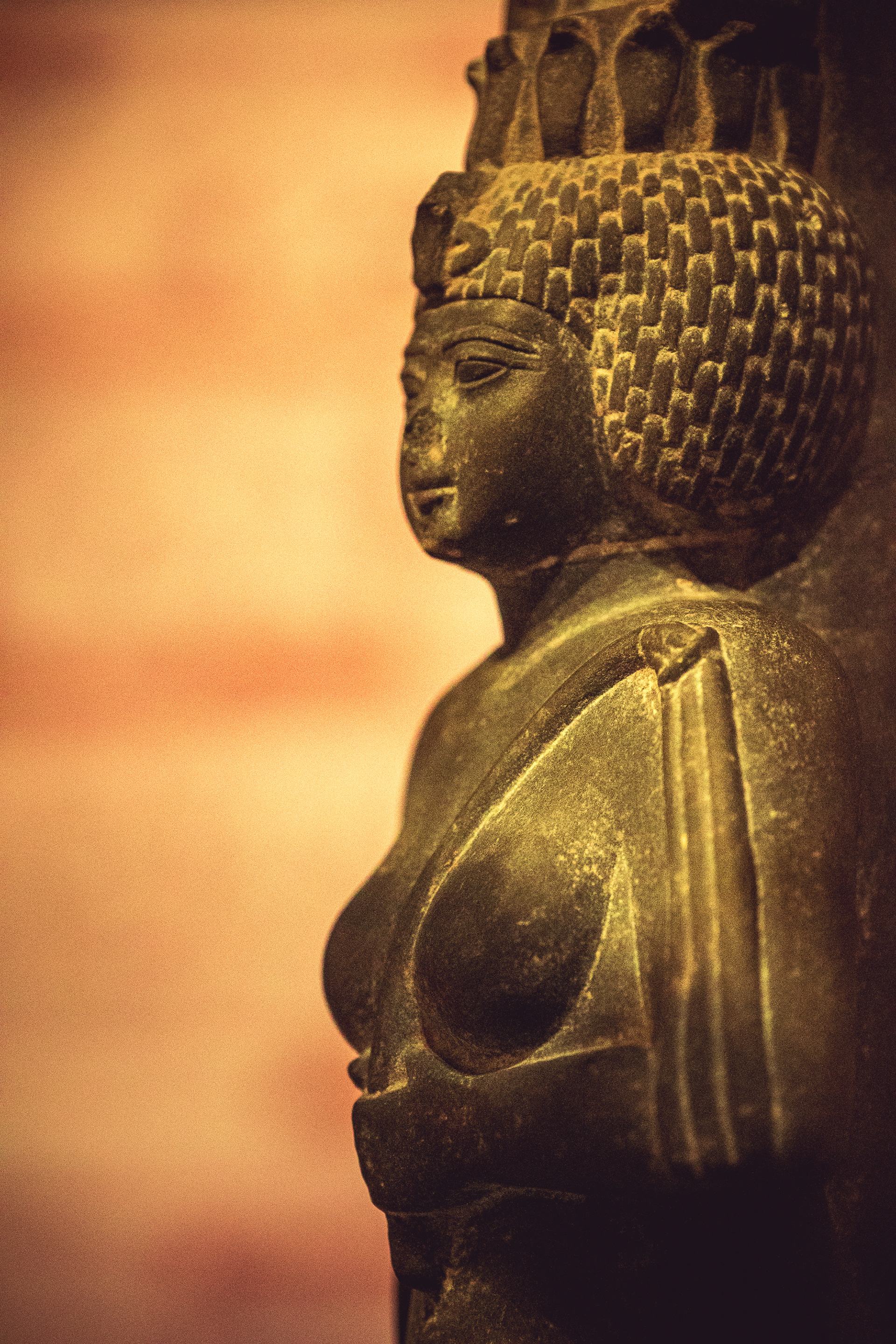
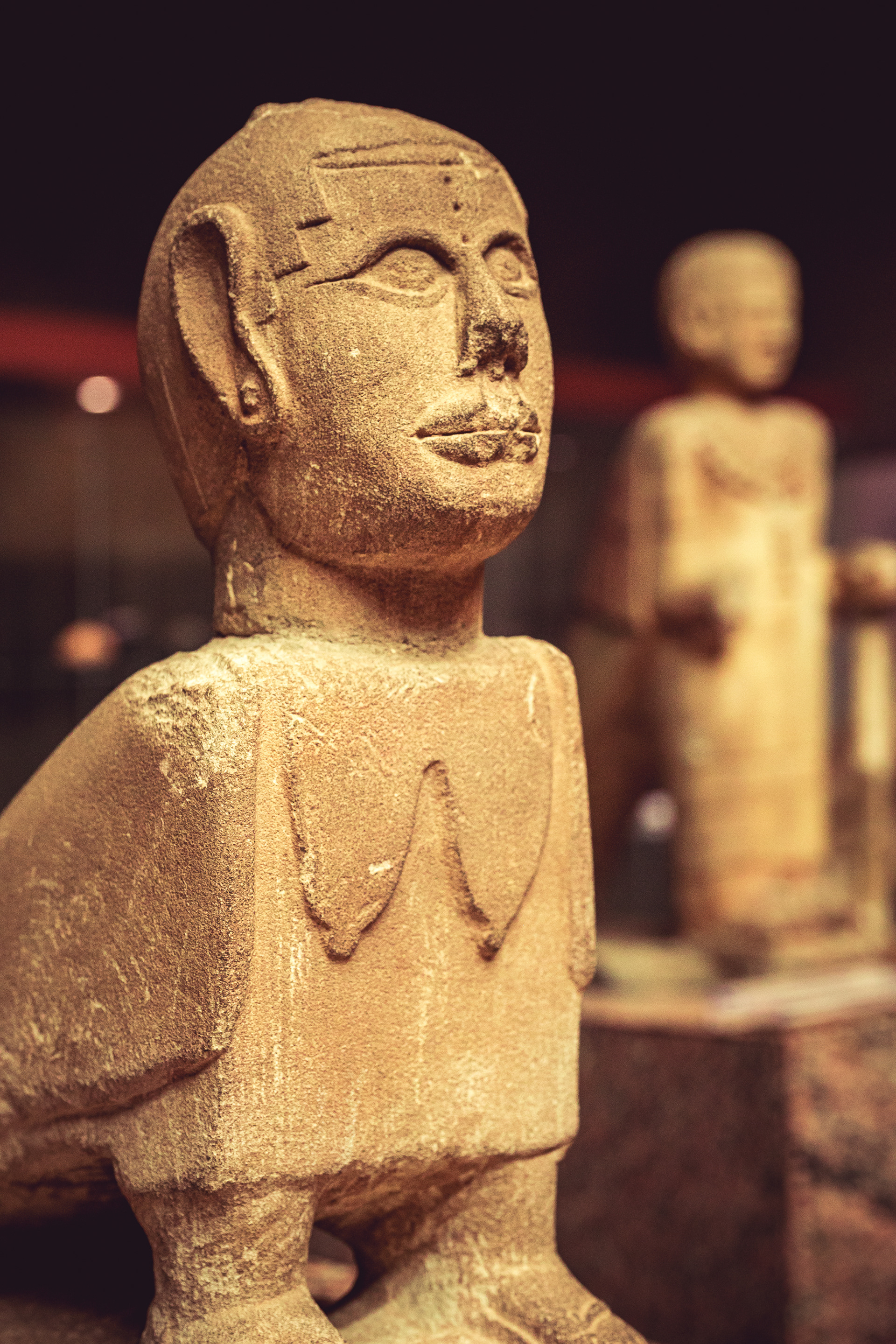
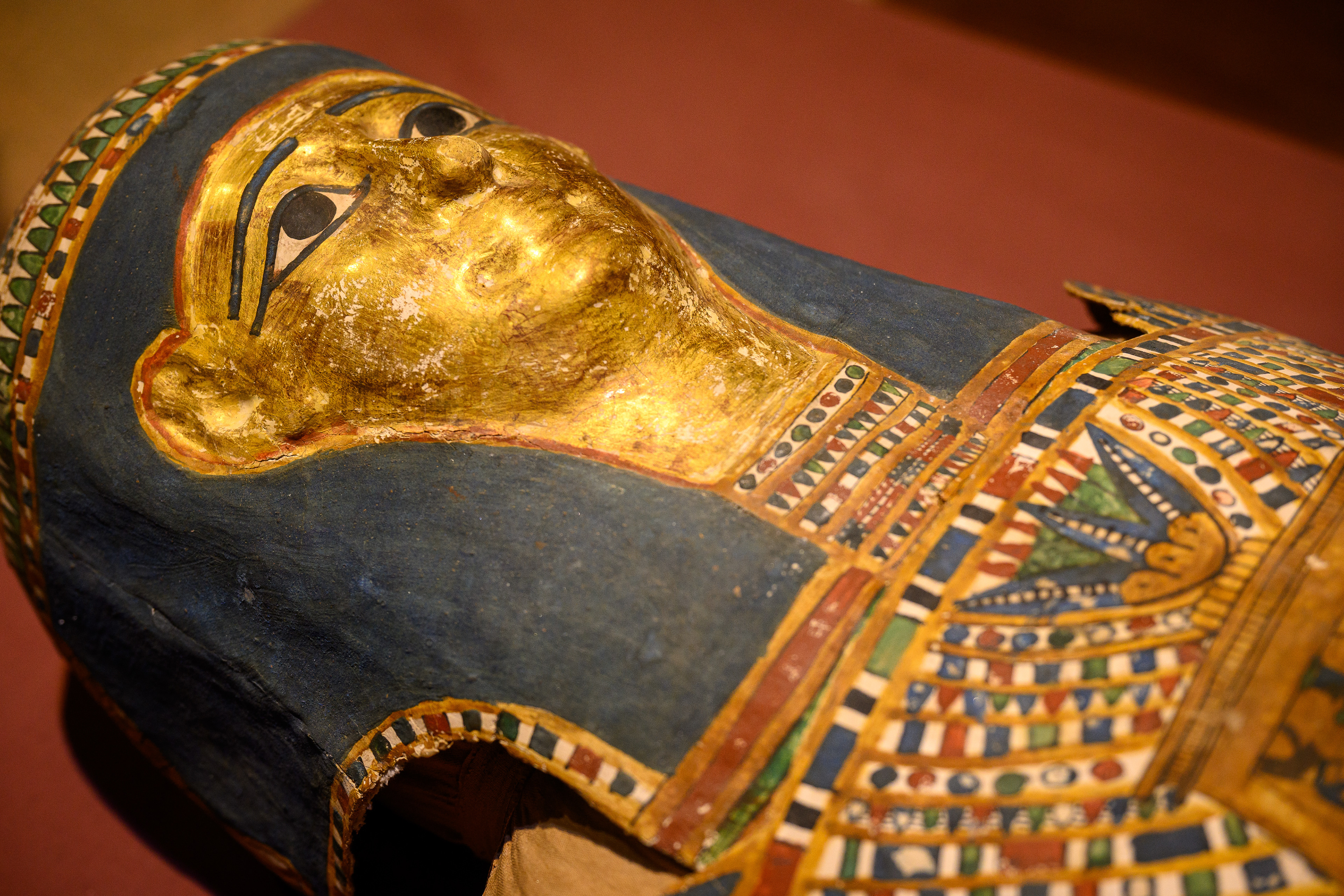
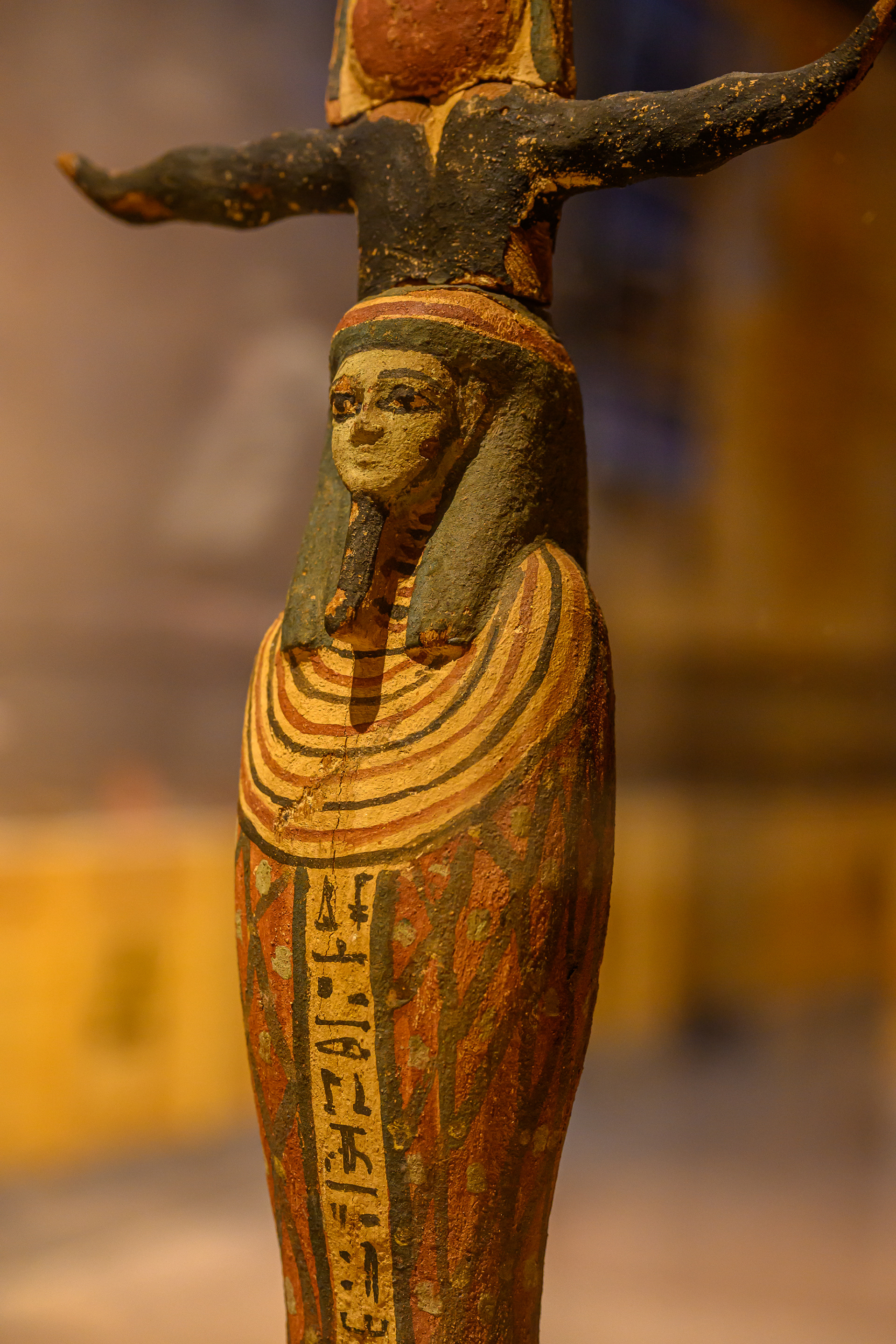
After visiting the High Dam as Aswan, completed in 1970 and then creating Lake Nassar and generating most of the electricity required by Egypt (now under 7%), we went to the Nubian Museum, which opened since we were last here before returning to the boat for a very full lunch.
The afternoon was spent at Philae Temple. My recollection is that when we visited the last time, we went on a felucca (a sailing boat), but this time there were no feluccas around, but a lot of motor boats. It was a bit of a frenzy at the quayside, with loads of boats all jostling to get themselves in prime position for the next group to take the short journey to the island. The temple itself was originally on an island that was flooded when the Nile was dammed early in the 20th century, but was protected by a coffer dam and then re-sited later on. You would never know that the temple was not in its original location, as it looks as if it has been there for ever - at least since in was built more than 2000 years ago.
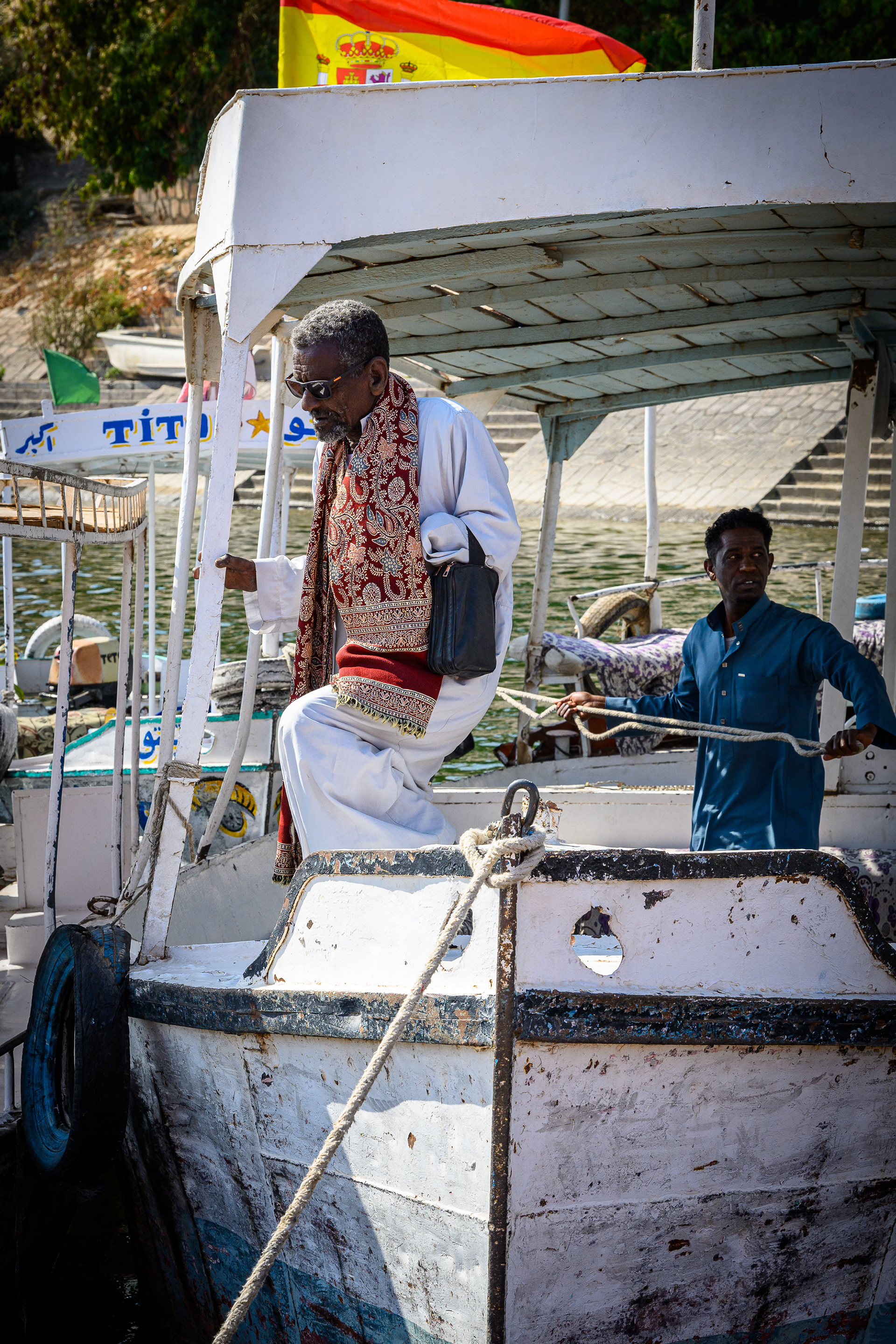
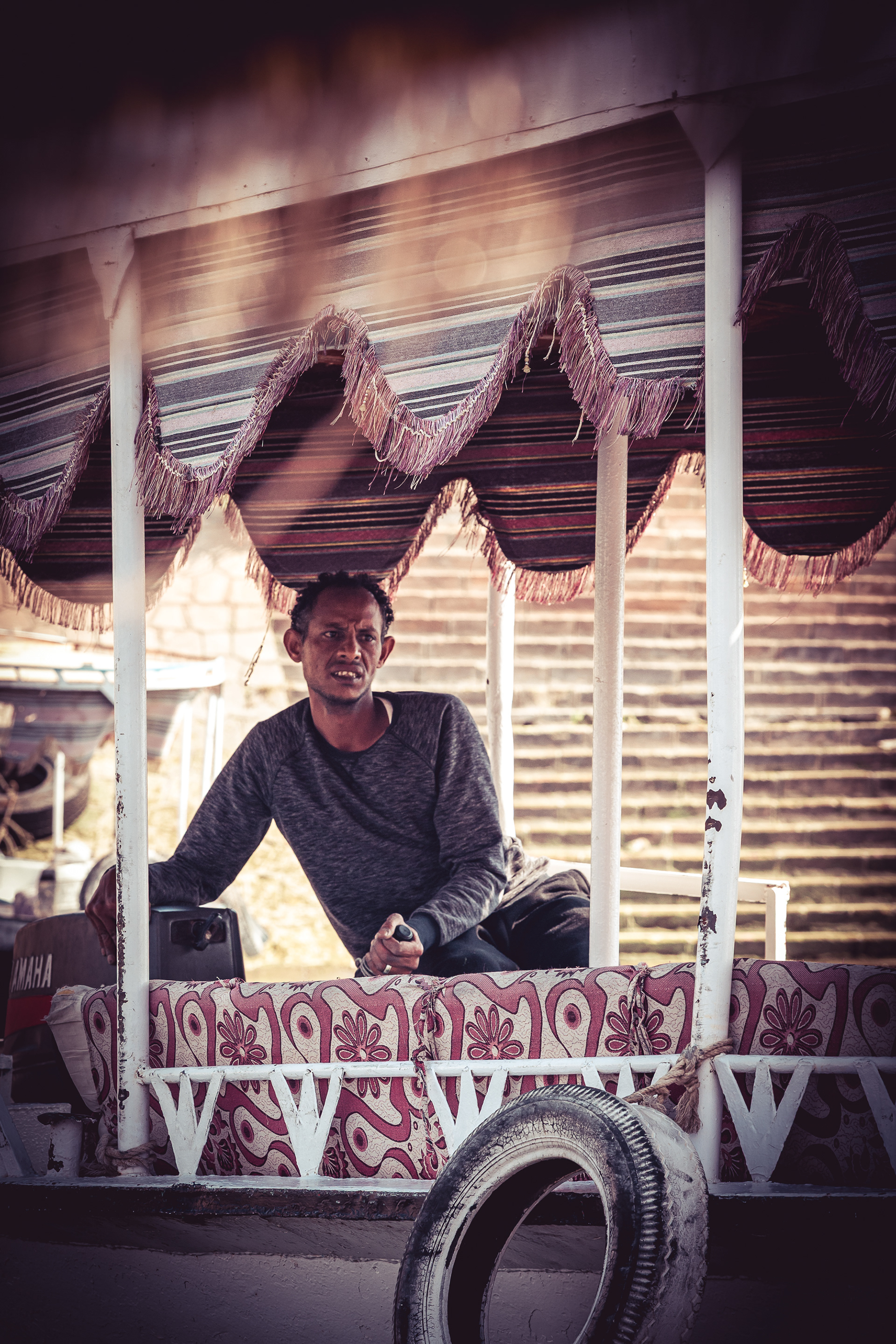
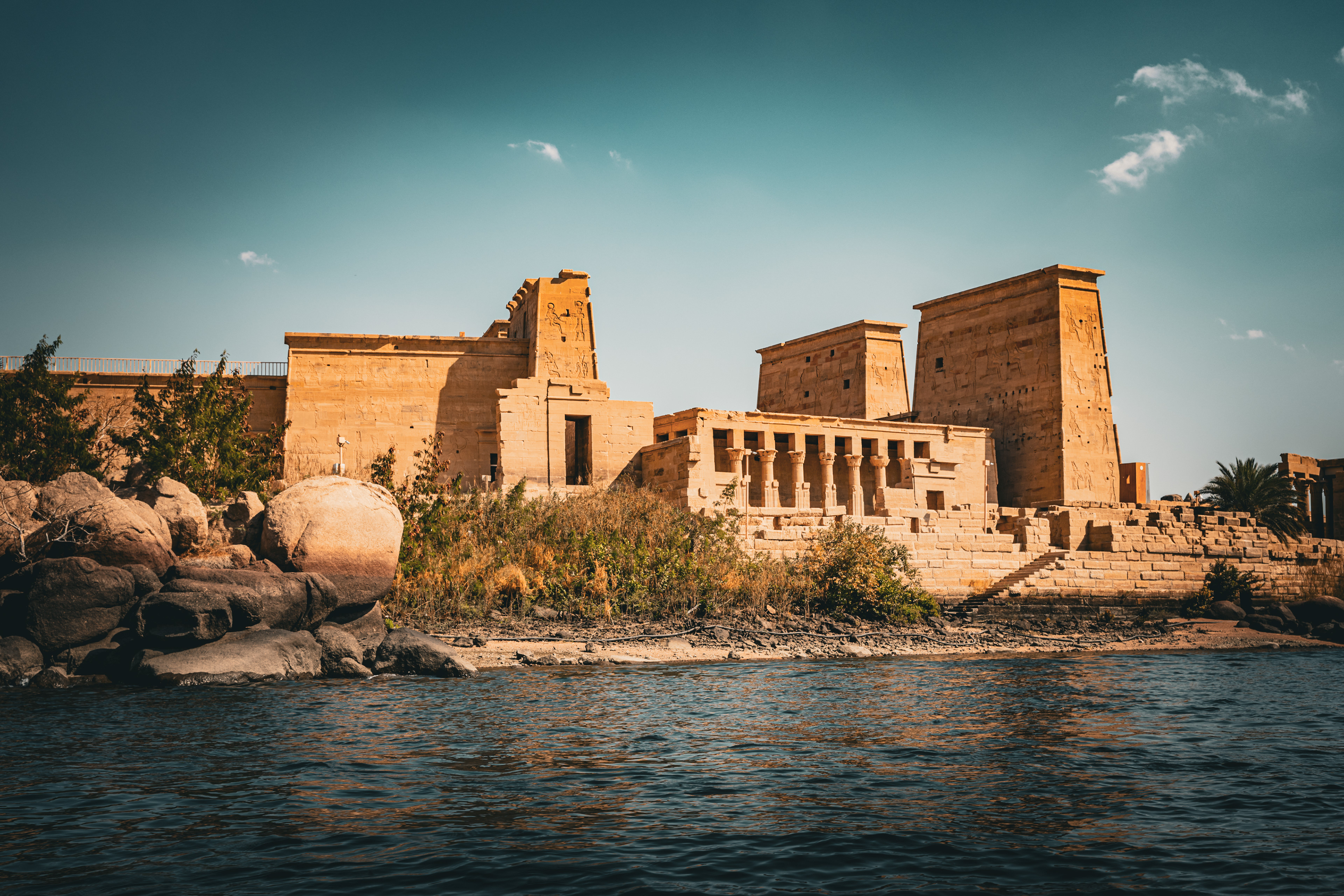
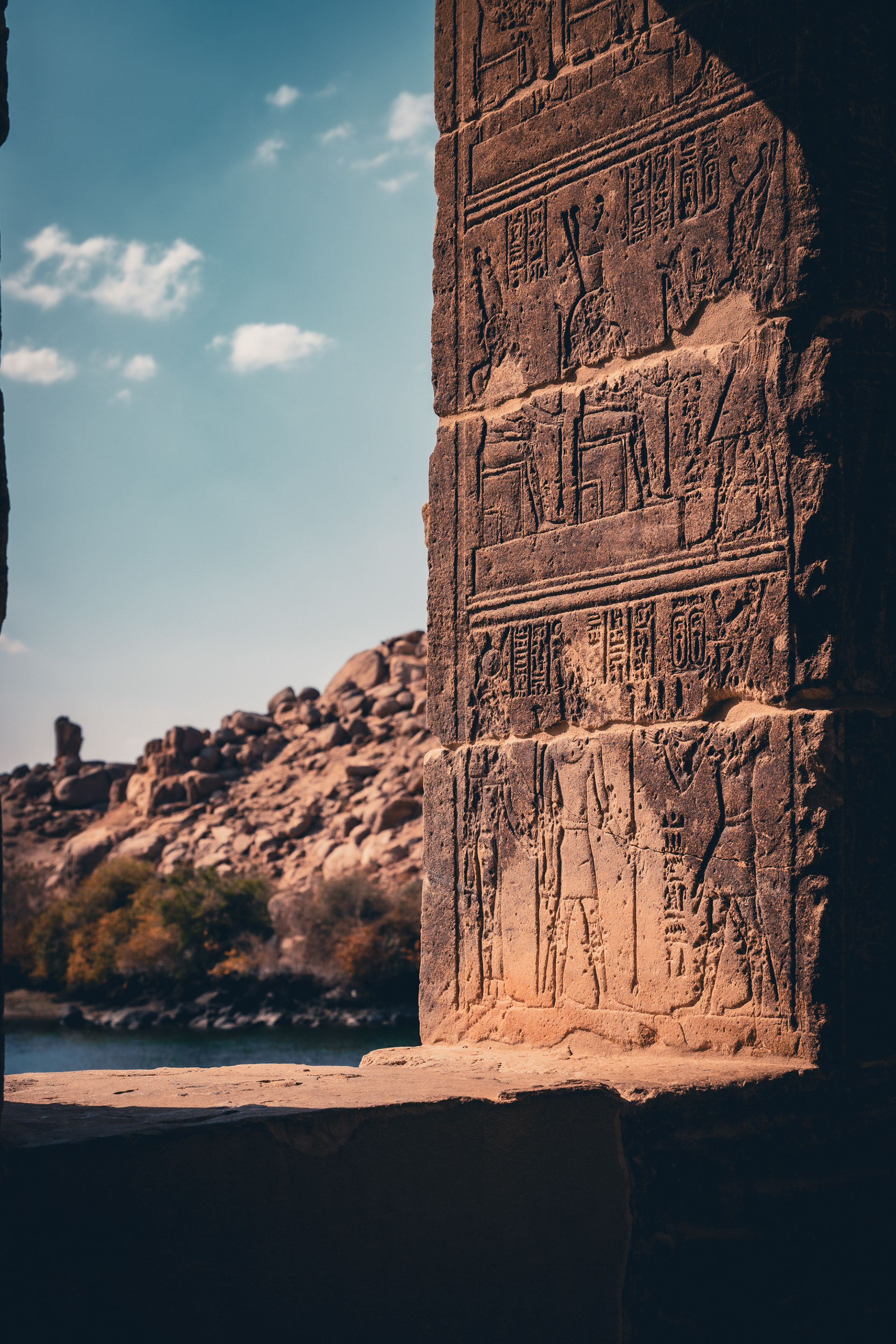
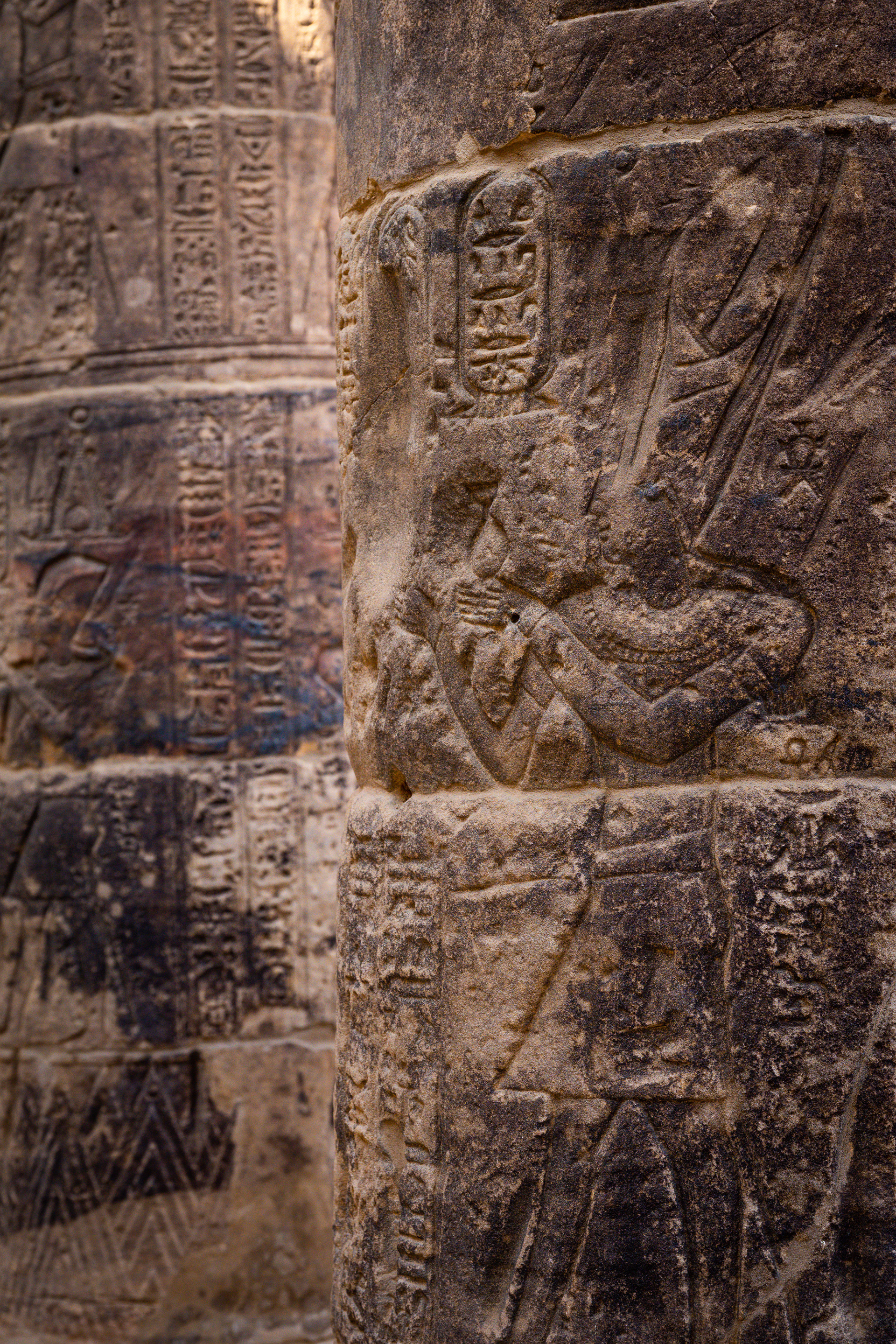
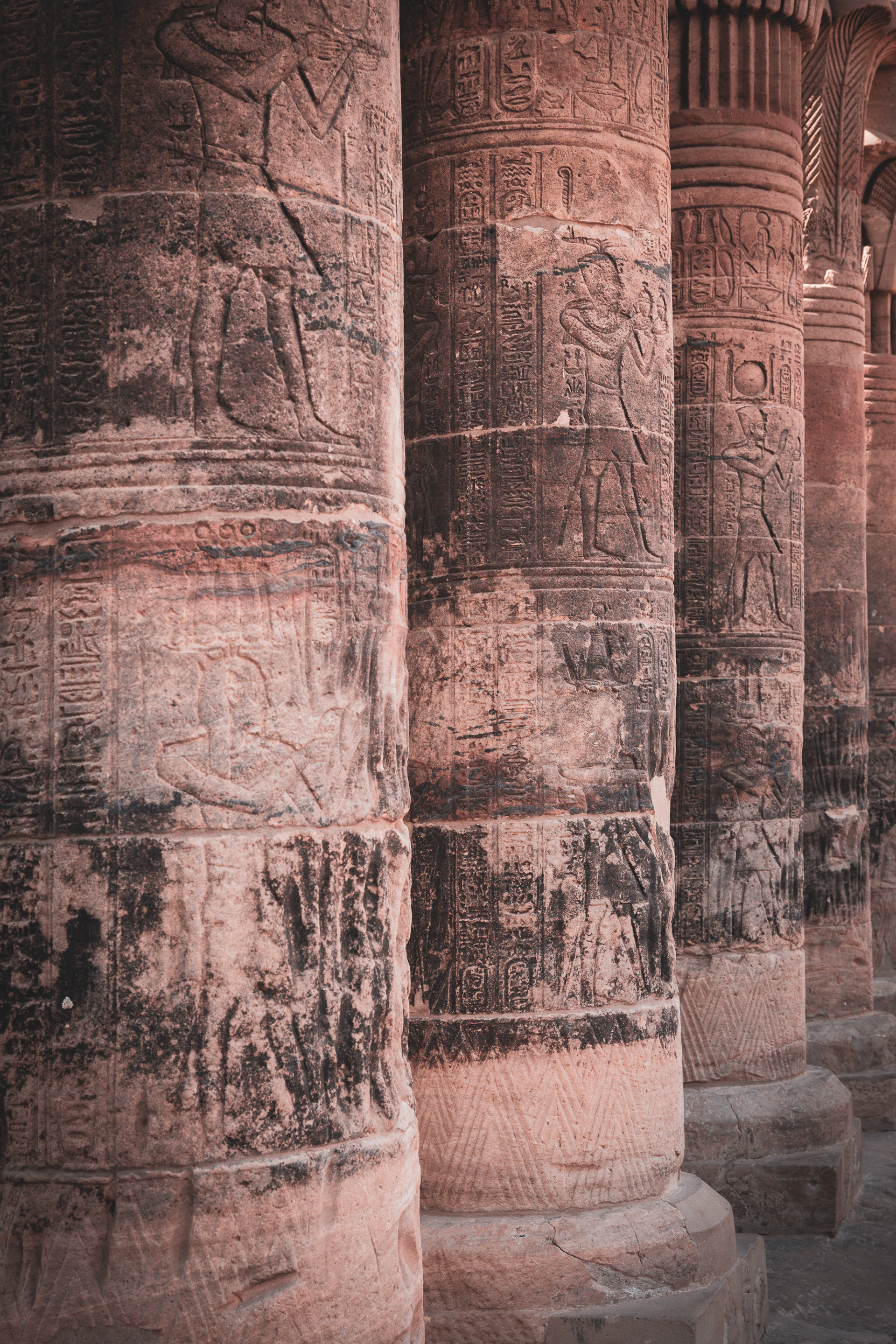
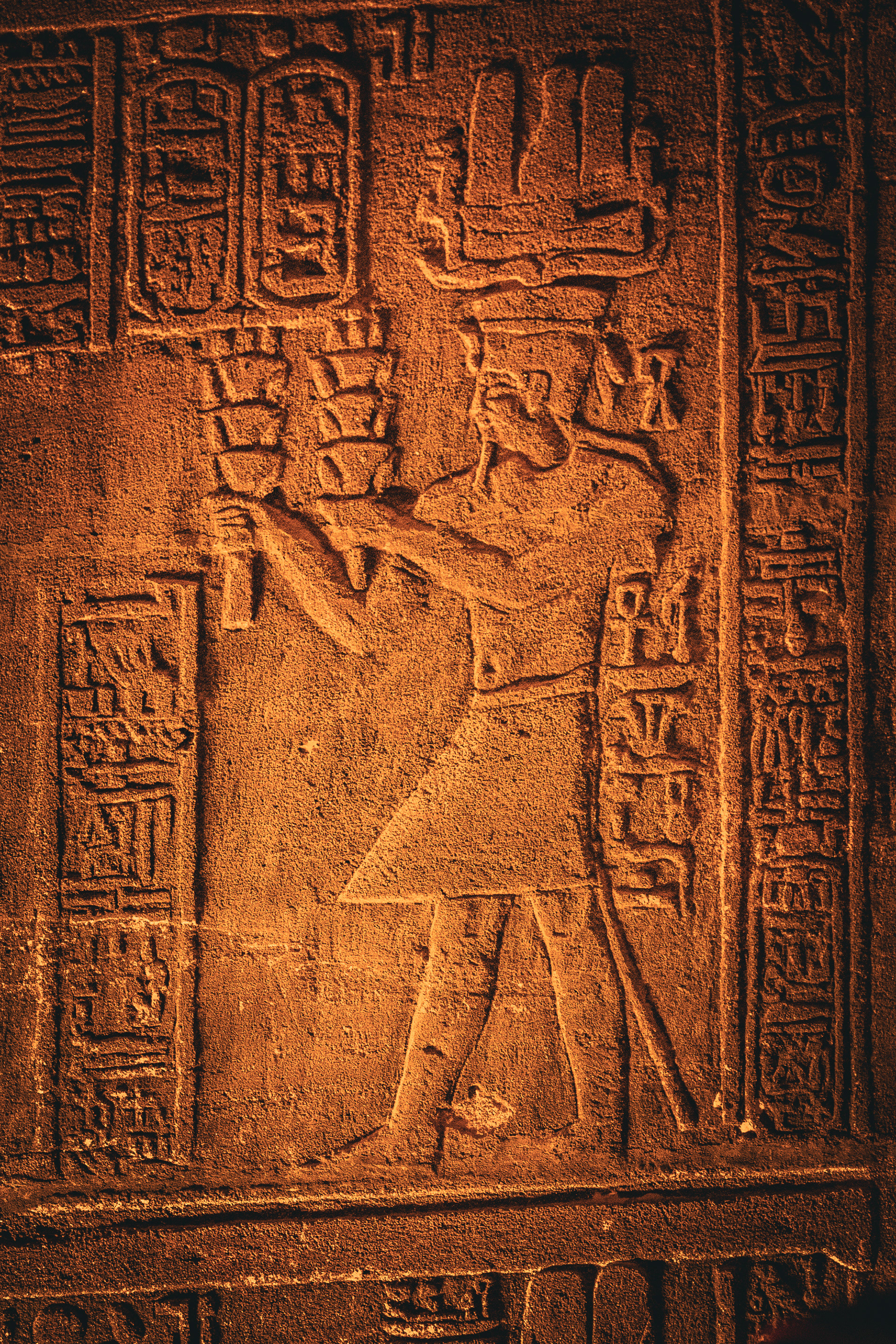
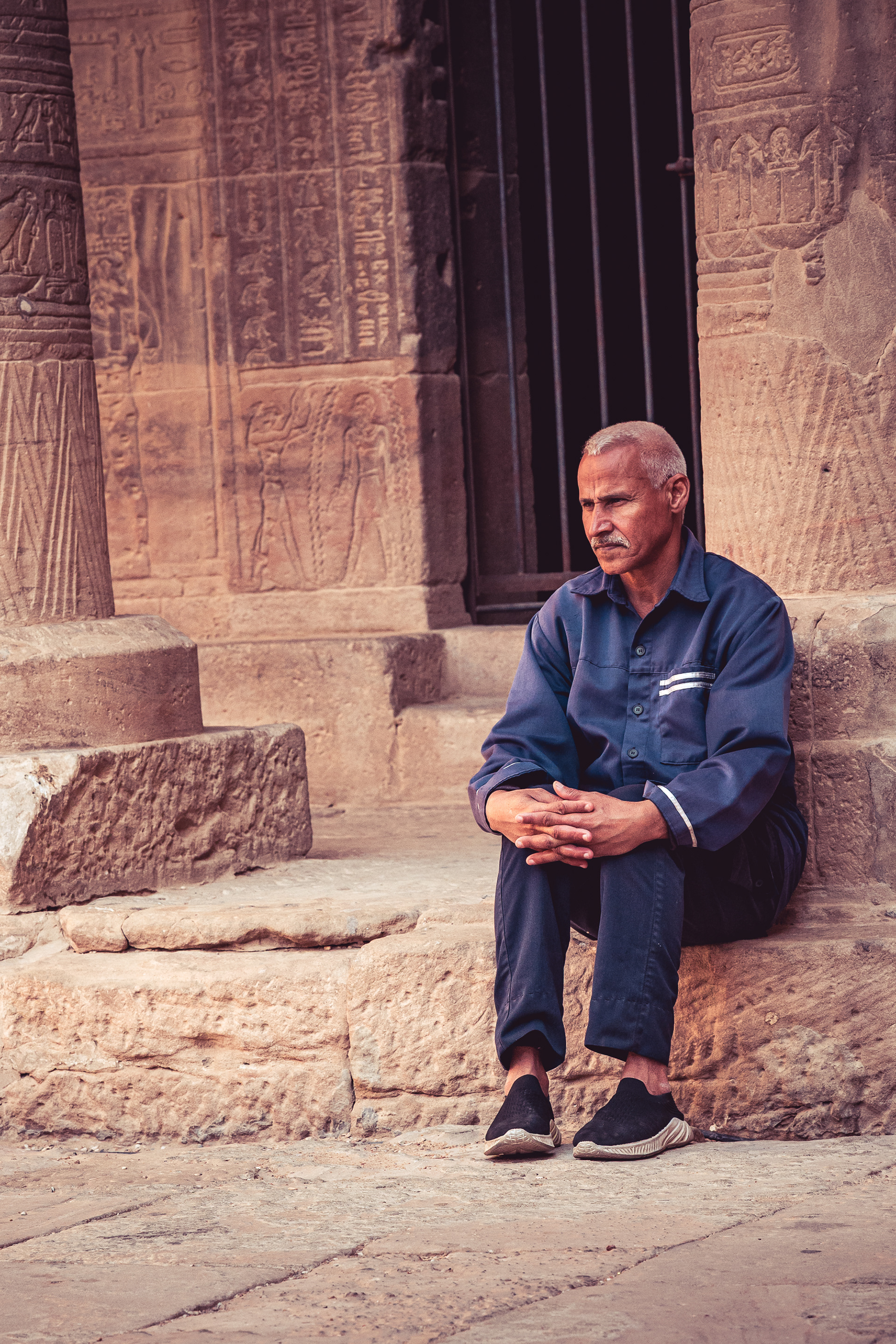
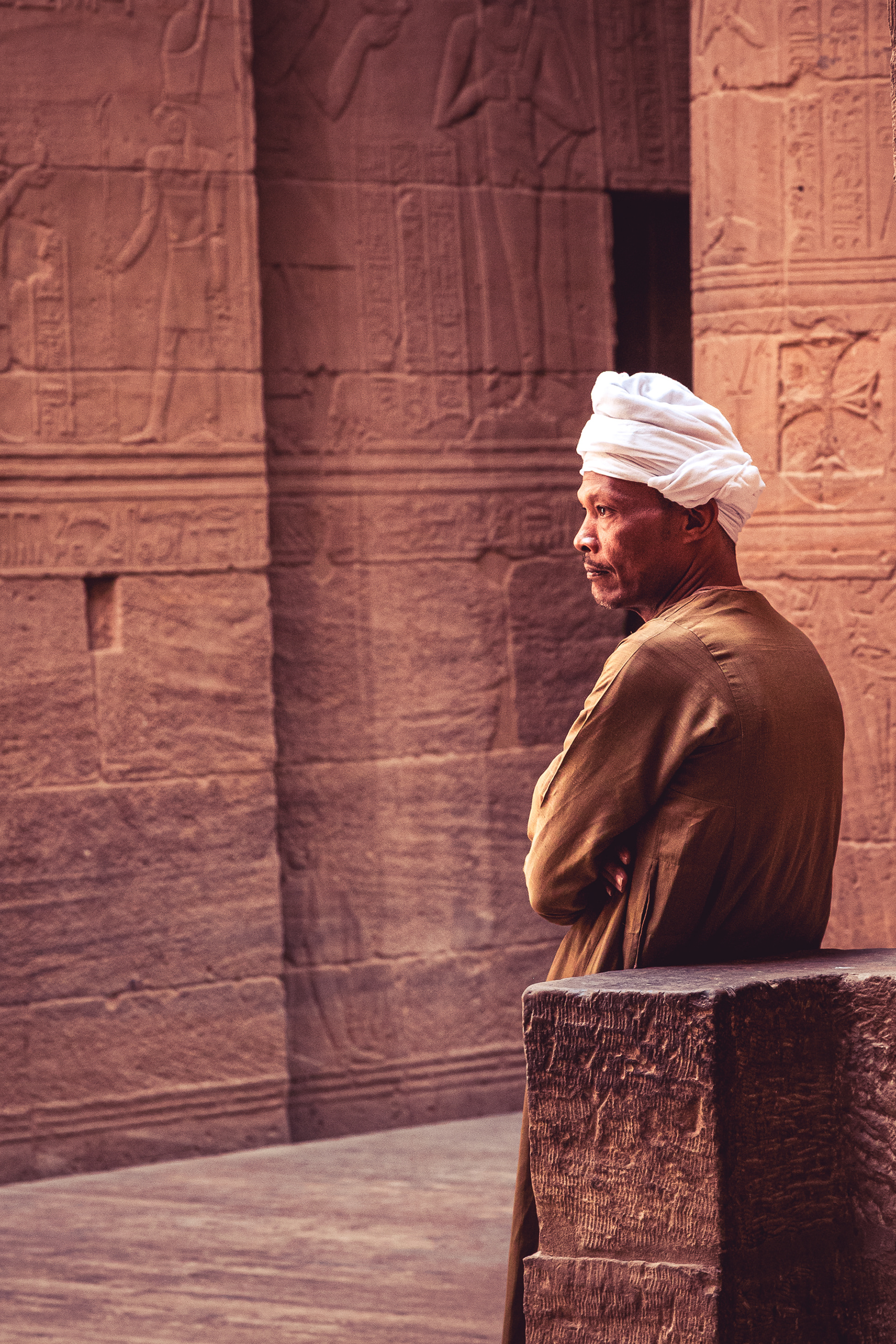
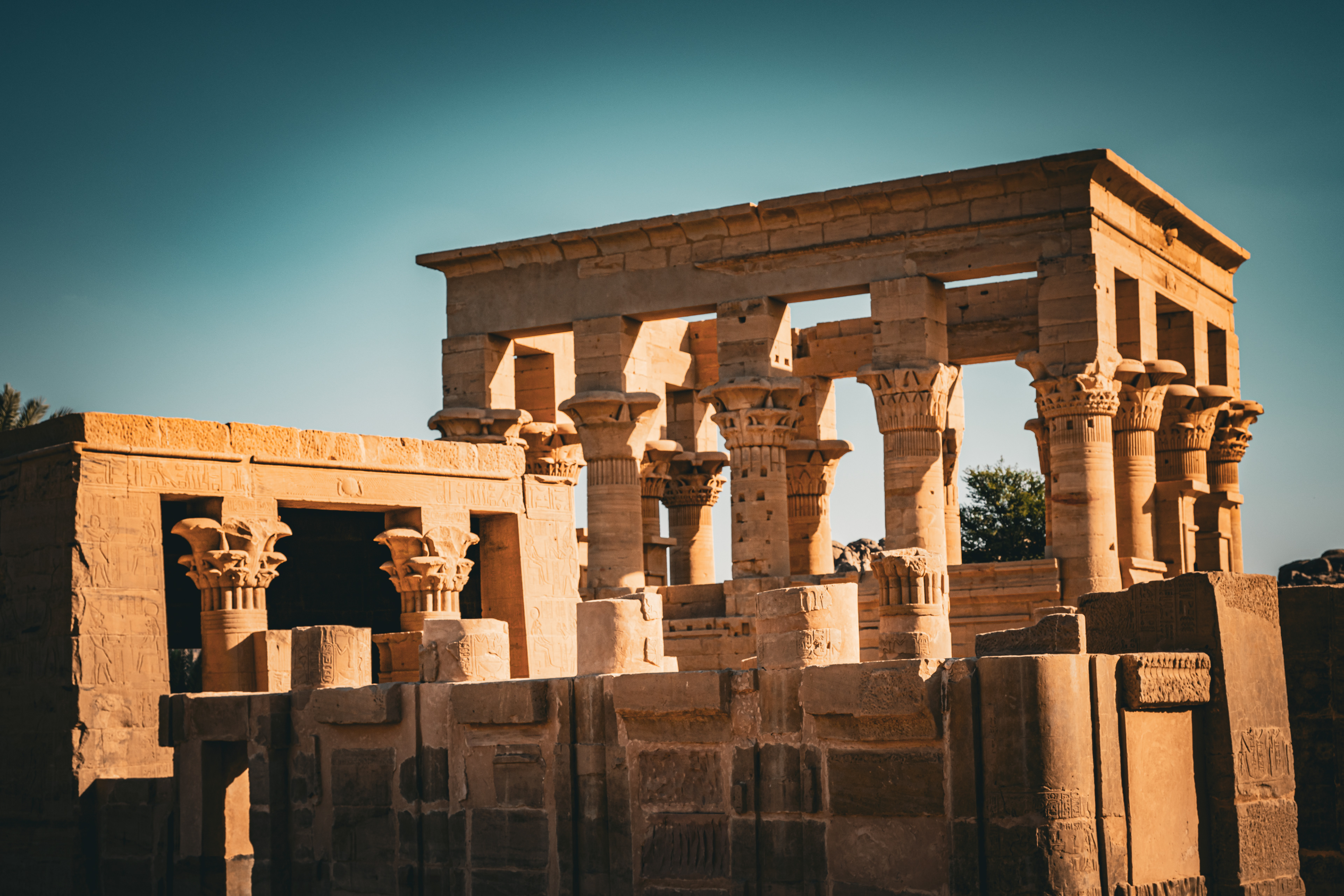
Day 2
Day two was a long one, with the alarm going off about 3:30 in the morning to give us time to get up, get dressed, get some coffee, and leave for Abu Simbel. Anu Simbel was about a four hour coach drive from where the boat was moored in Aswan. Surprisingly, we did not get too much sleep on the coach on the way down, despite taking the pillows off our bed to try and make the journey as comfortable as possible. But Anu Simbel was worth it. There are actually two temples at Abu Simbel, one for Ramesses the Great, and the other for his wife, Nefertari. The temples were built in the mid-thirteenth century BC (around 1264 BC). Unlike any of the other temples that we are expecting to see, rather than building the temples from blocks, Abu Simbel is actually etched into the rock. I had wondered whether the temple was only a facade, but it actually goes deep into the hill, all the way back to the idols of the gods which are positioned deep into the temple so that the sunrise on the 21st February and 21st October each year lights them up. In fact, the gods are now lit up on 22nd February and 22nd October as the two temples at Abu Simbel had to be moved when Lake Nasser was created following the completion of the high dam. Despite being built into a mountain, the temple was cut out, block my block, and then reassembled in what, although you would not know it, is a concrete mound covered in sand. I’m not sure which was the most impressive, forming the temple initially, or moving it. In any case, it was truly spectacular.
We then had a four hour journey back to the boat for a quick lunch, the next feed of many as the day progressed.
After lunch, we went to the Cataract hotel in Aswan for afternoon tea looking over Elephantine Island and the Aga Khan mausoleum, before returning to the boat for cocktails and an introduction to the crew, followed by the gala dinner. By the time we went to bed, we were very tired, and very full.
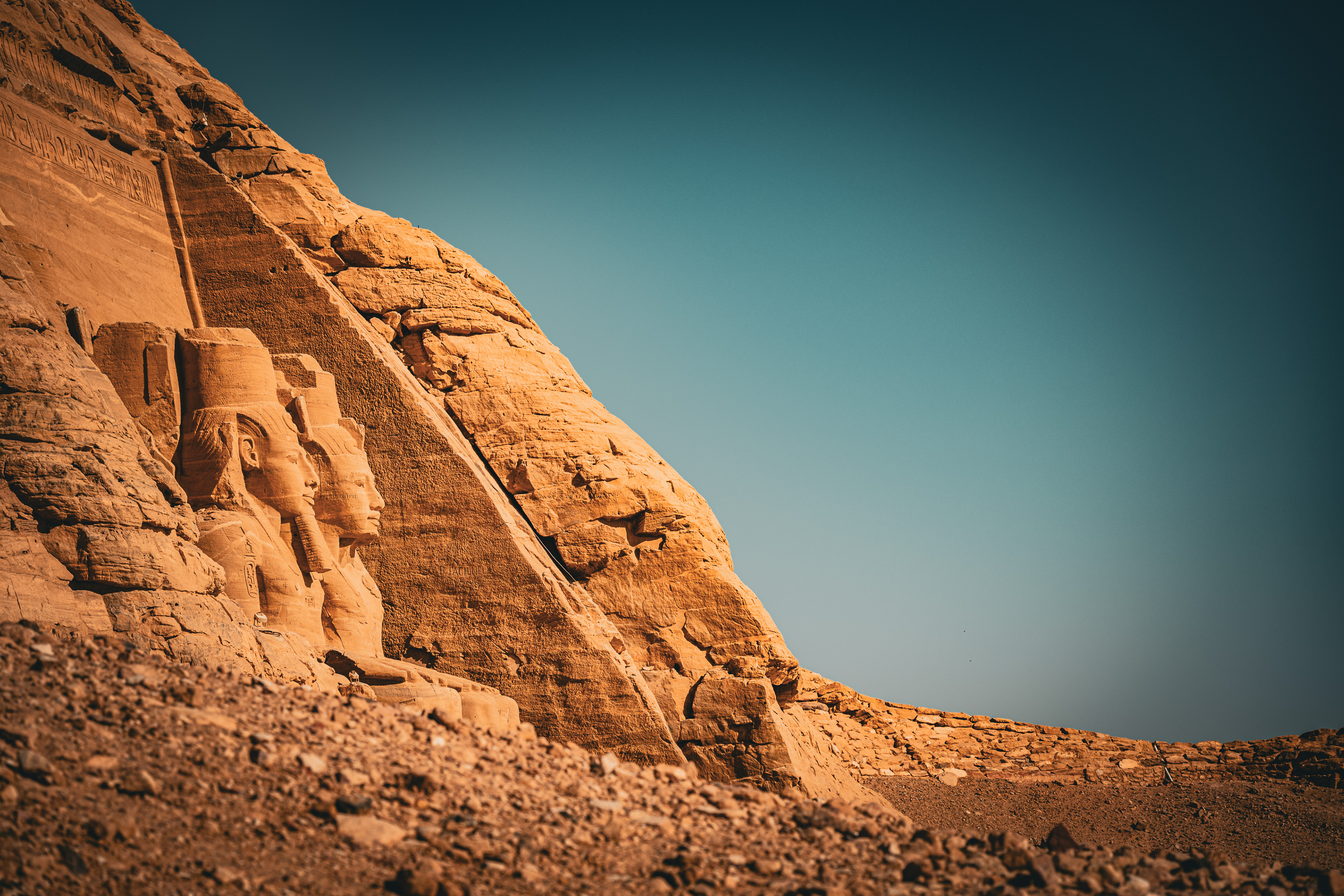
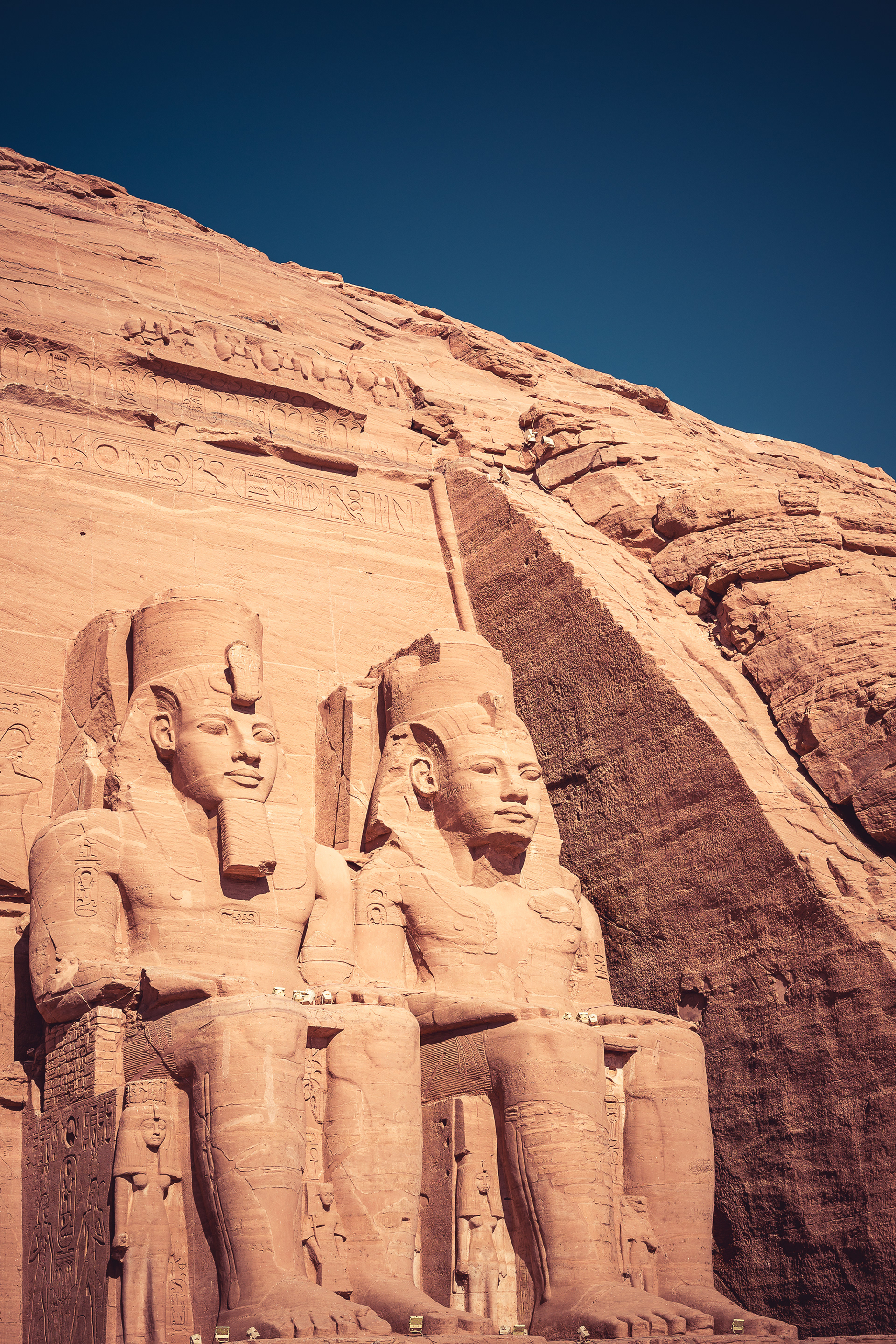
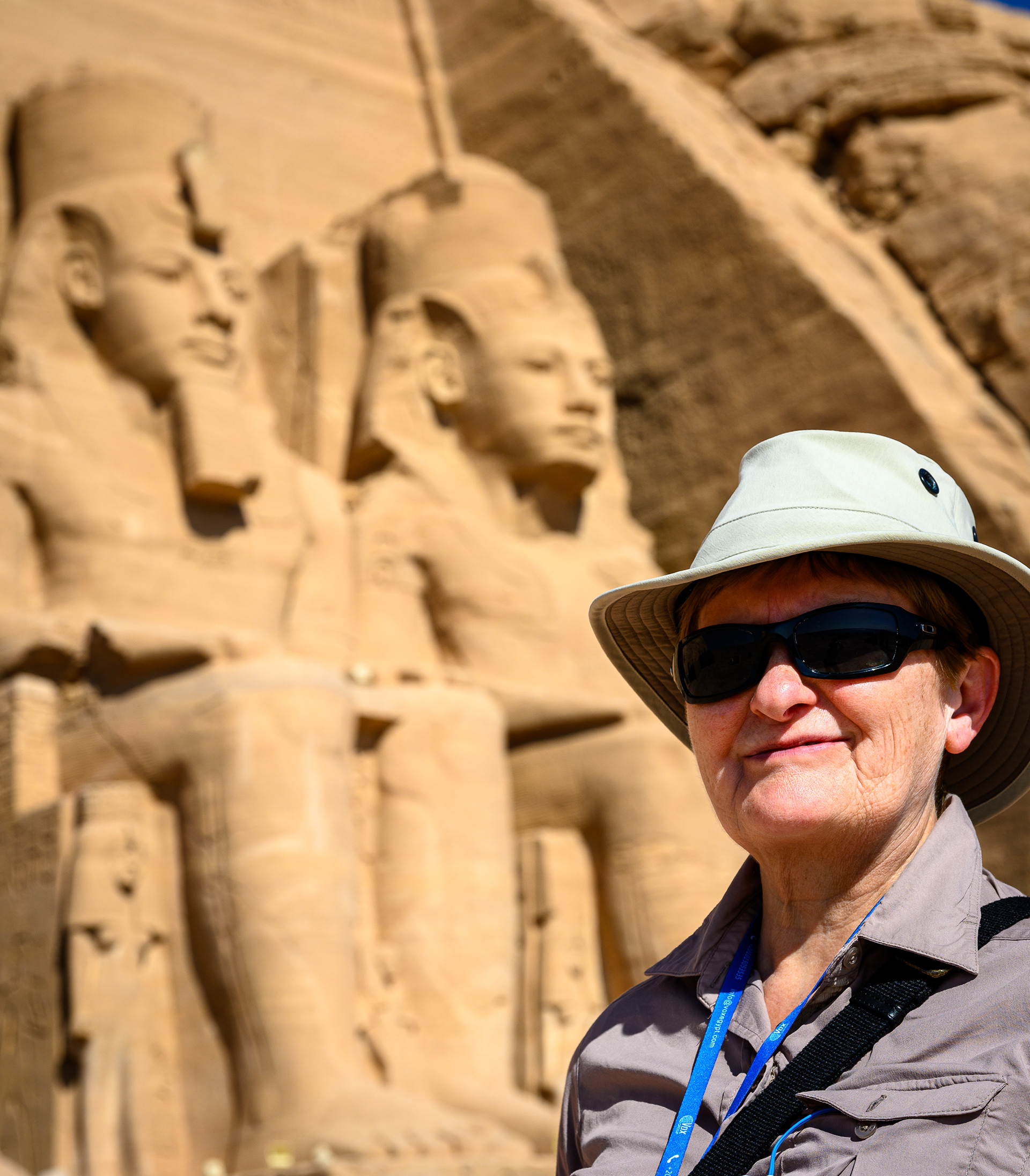
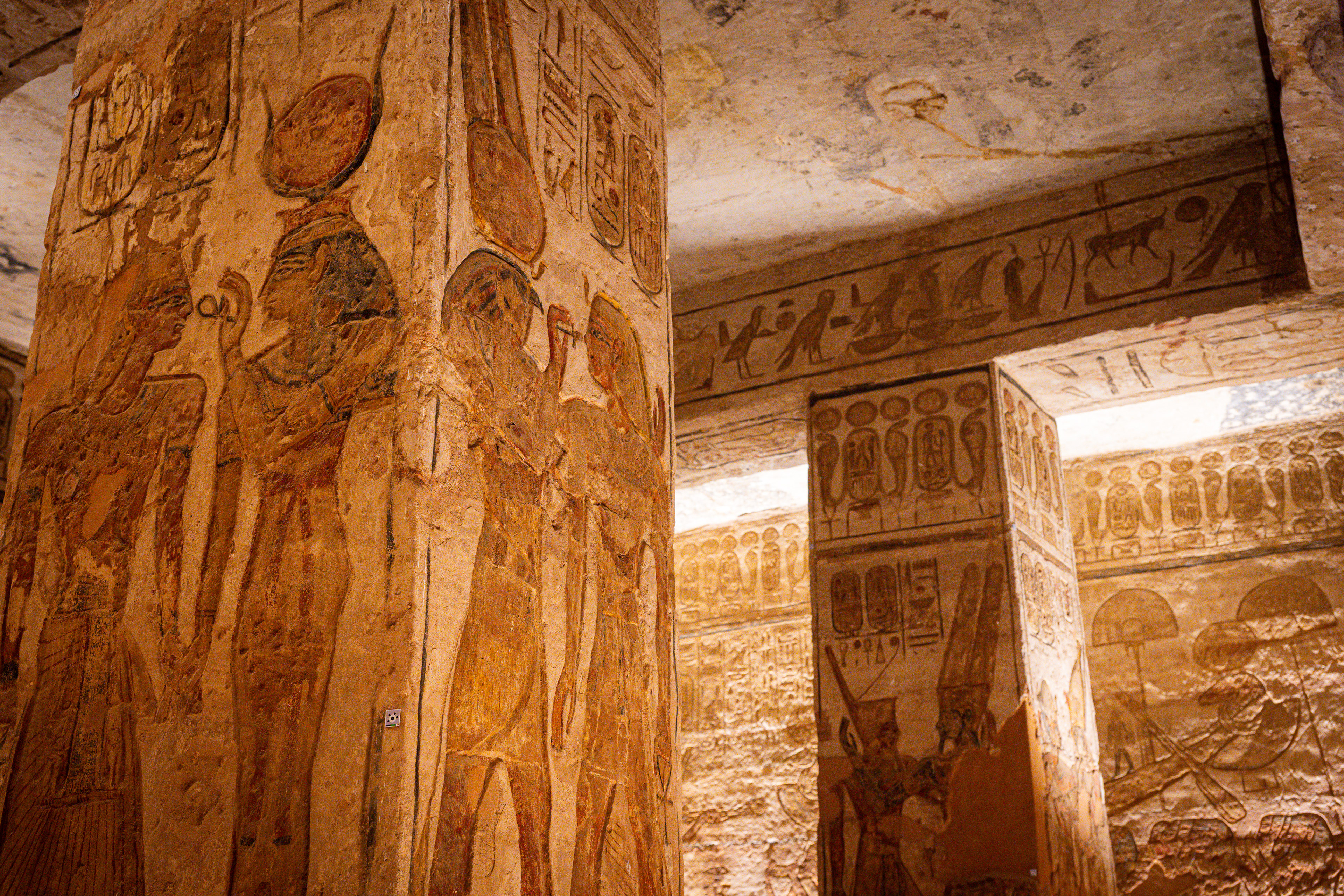
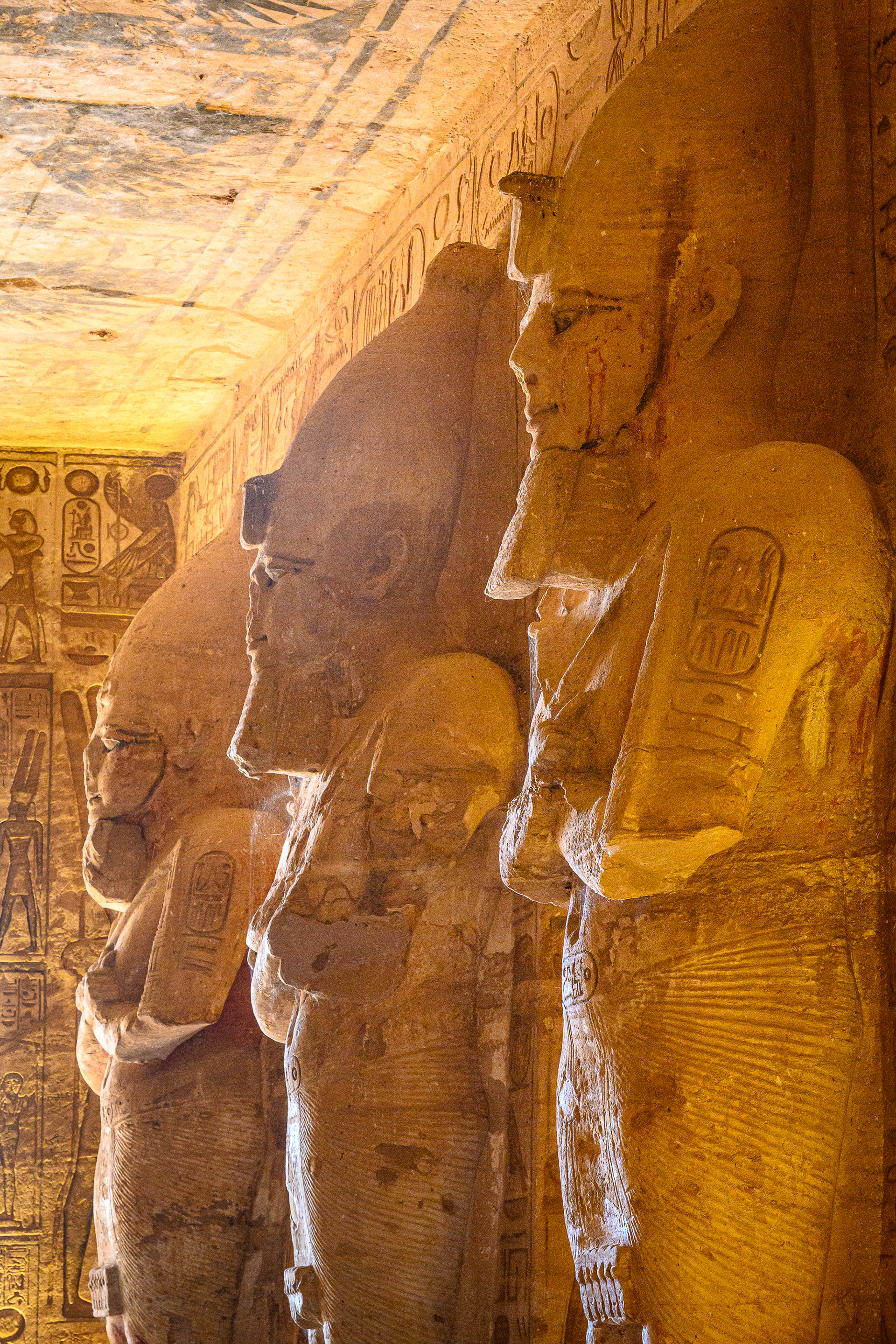
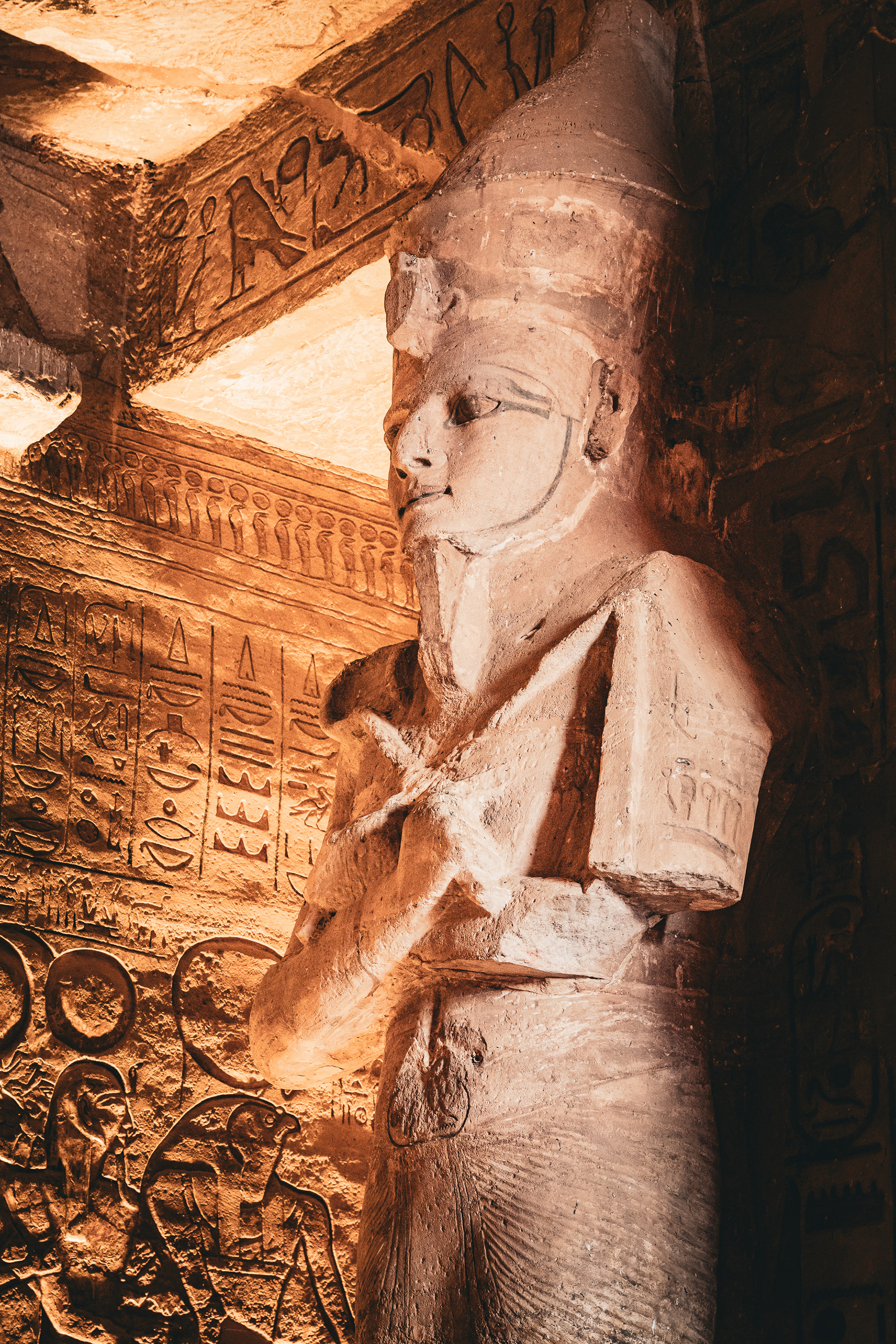
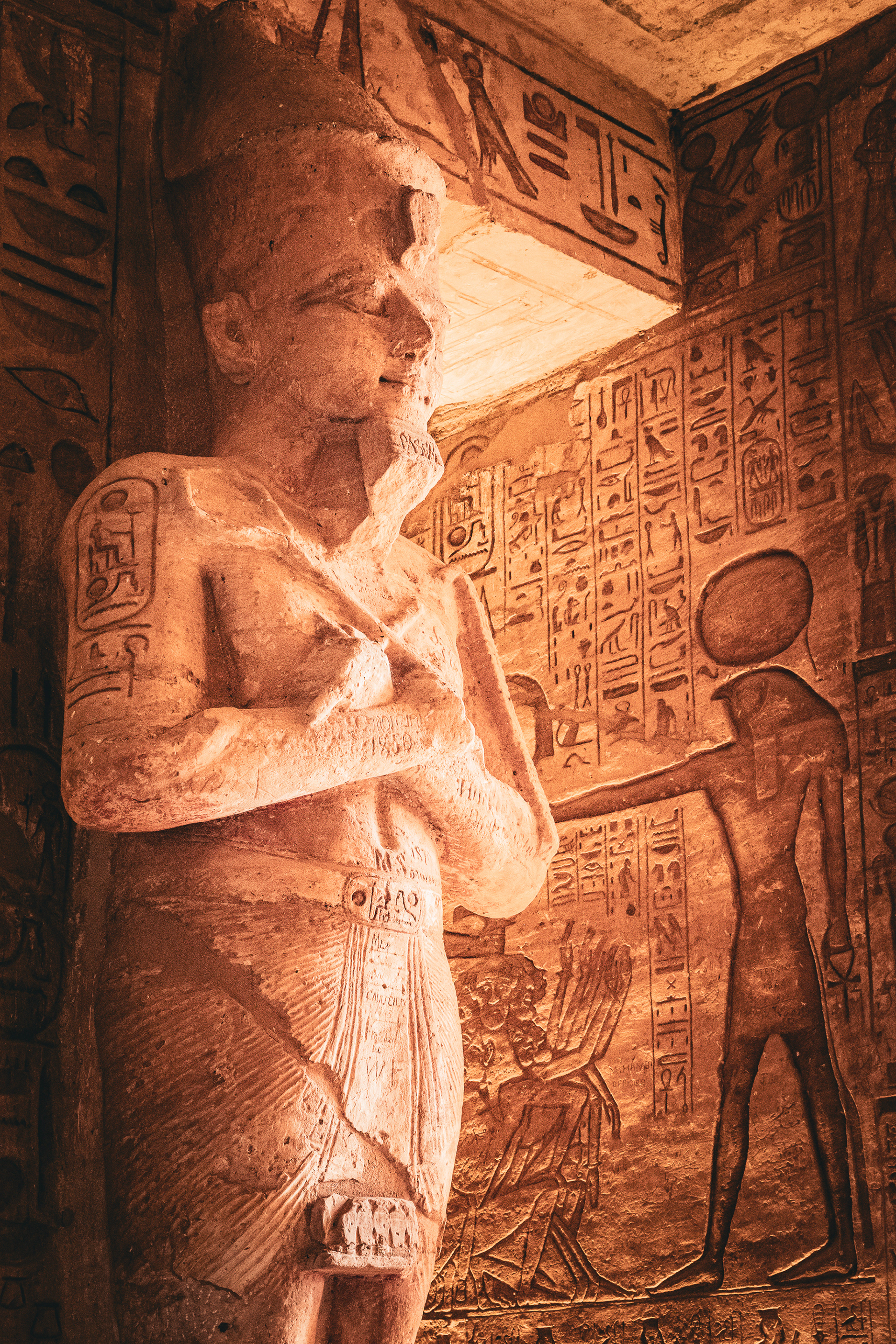
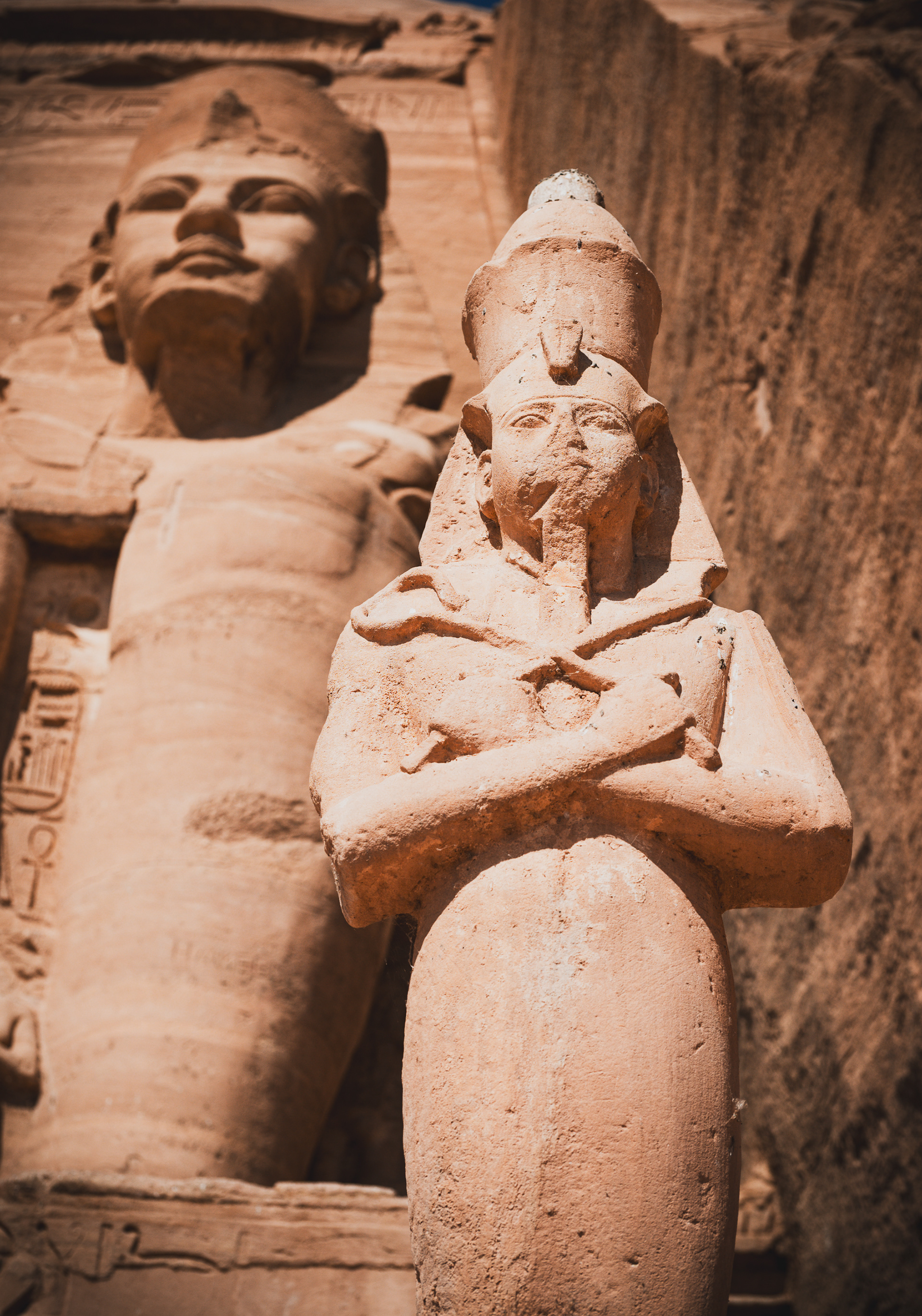
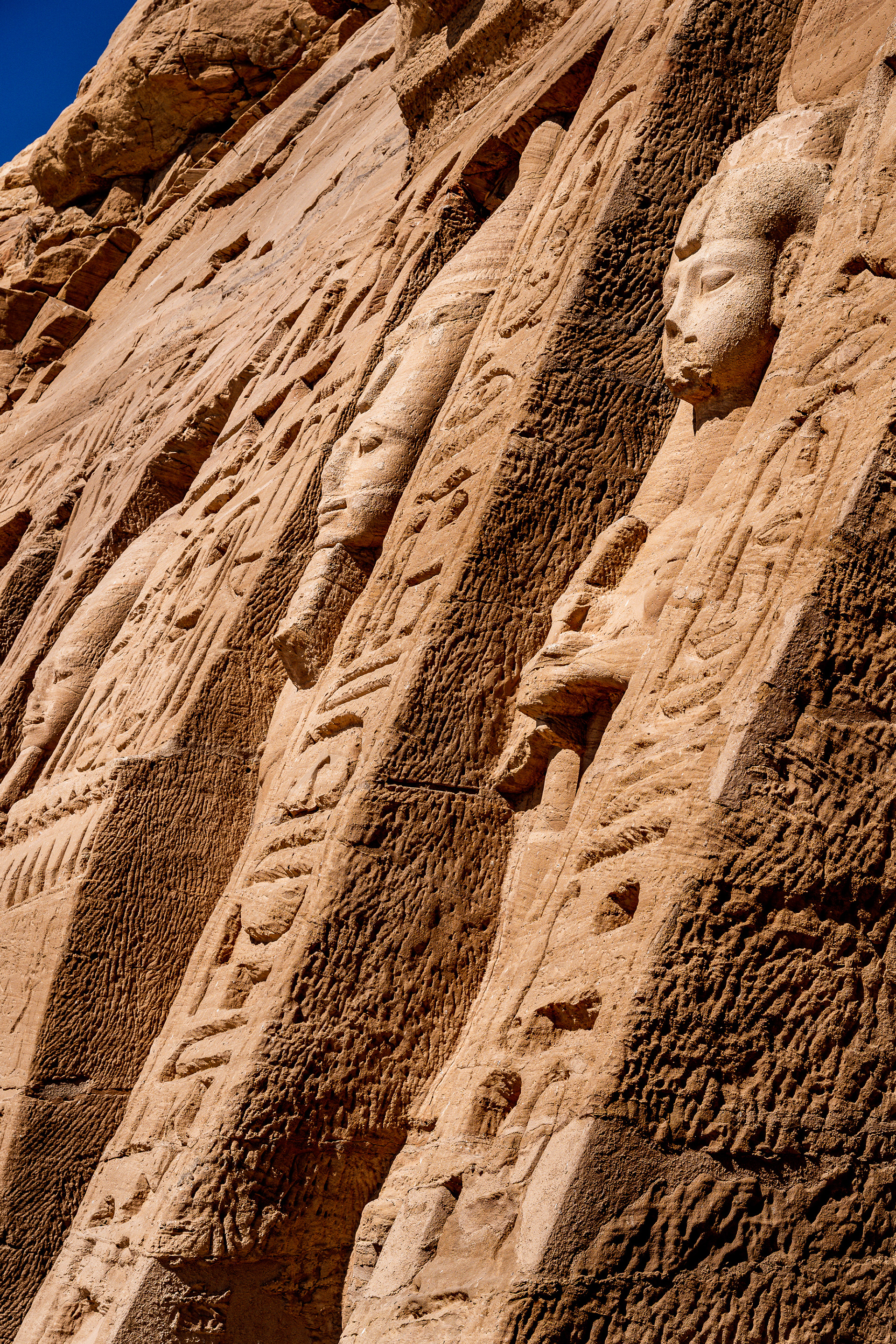
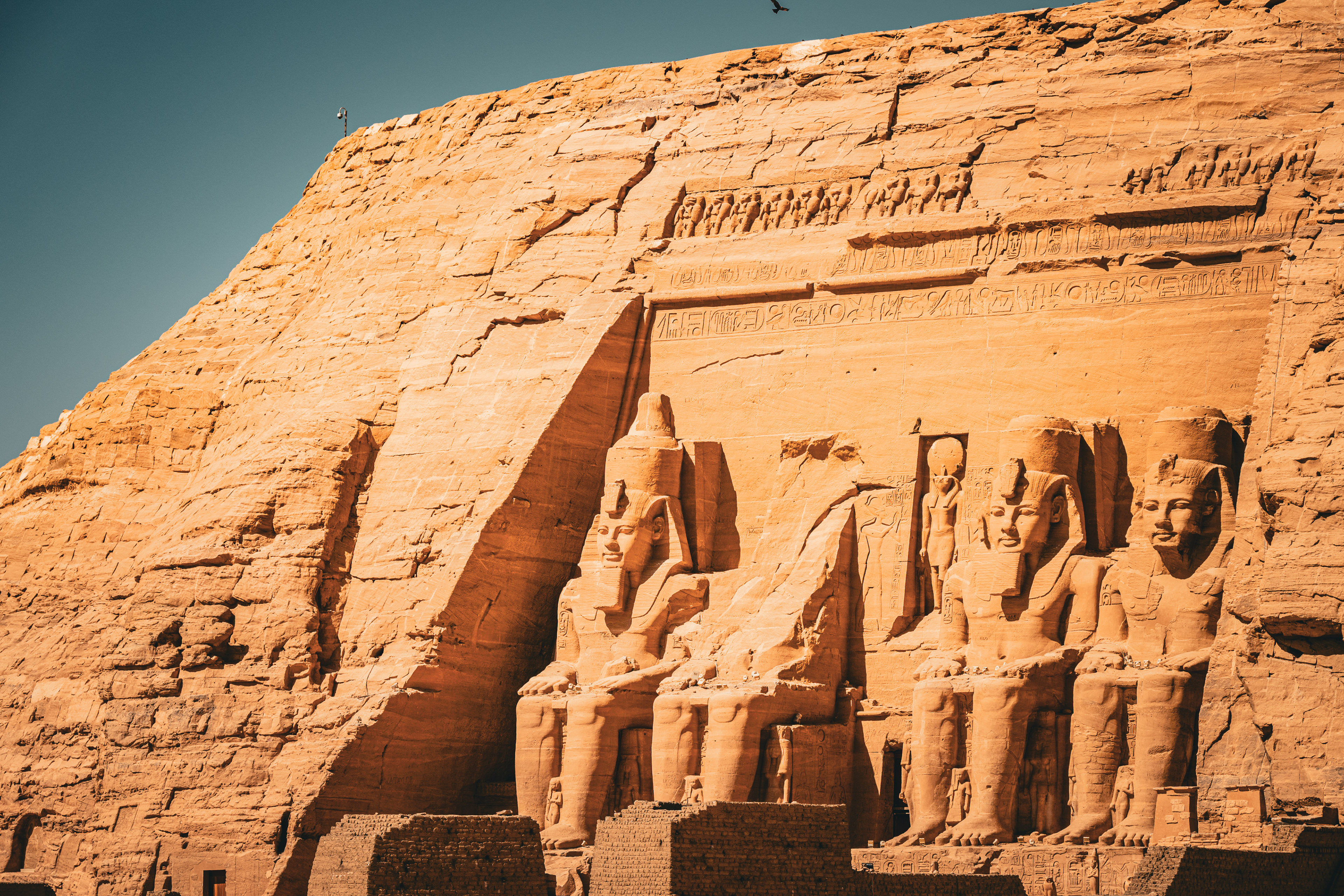
Day 3
The day began reasonably early, although not as early as the previous day. As we slept overnight, the boat had moved from Aswan to Kom Ombo, and we had moored very close to Kom Ombo temple. We were therefore able to visit the temple, and the crocodile museum, before breakfast, and before the boat moved on to our next stop, Edfu.
Kom Ombo temple is unusual in that it is a double temple, with two entrances side by side, and two sets of halls, sanctuaries and court. The left hand side temple is dedicated to Sobek (the crocodile god - hence the crocodile museum with mummified crocodiles next door), and the other side to Horus. This temple is - in the scheme of things - a relatively new one, taking almost 150 years to build and being completed around 50BC. This means that Kom Ombo temple was being started around the time that the temple at Philae was being completed.
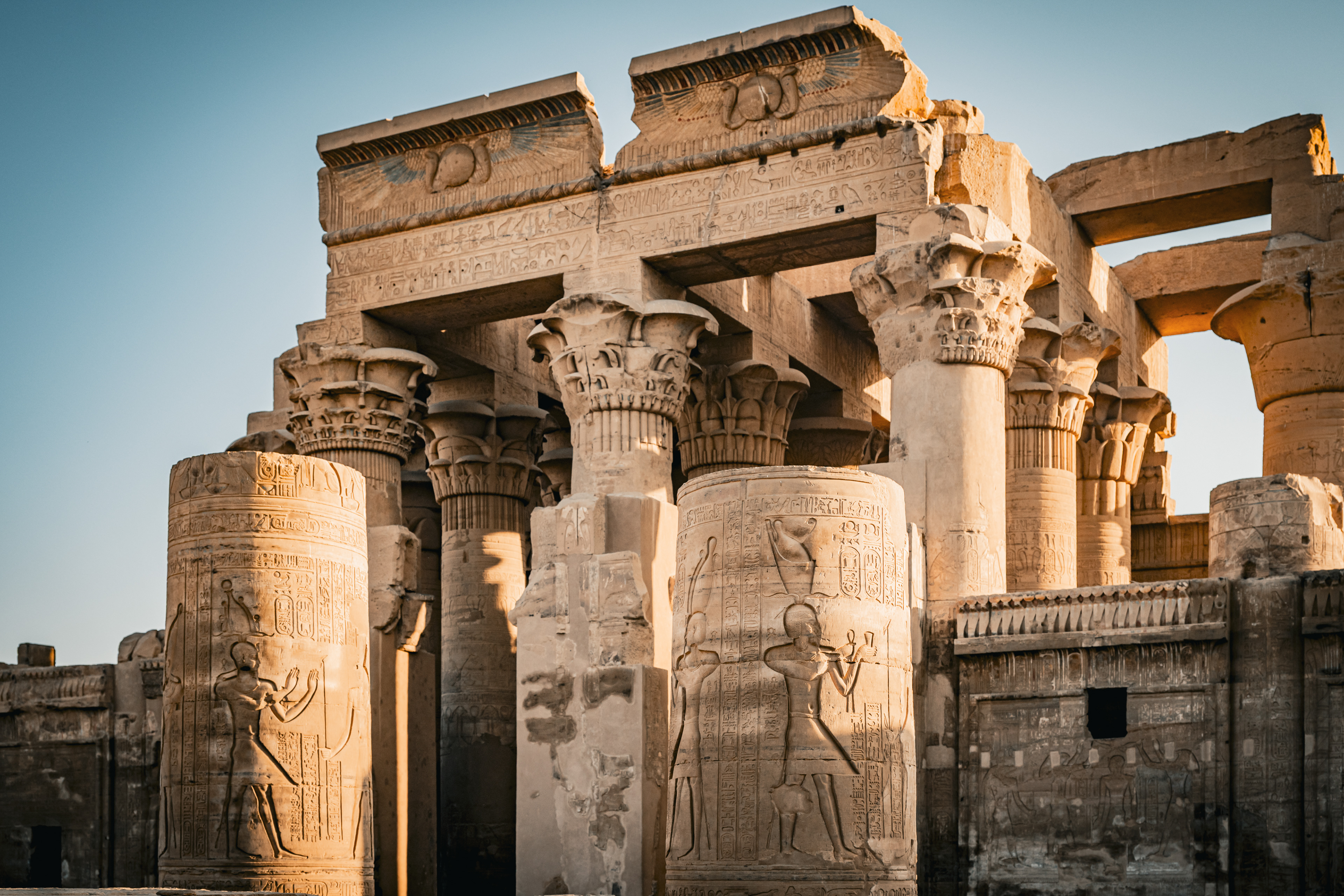
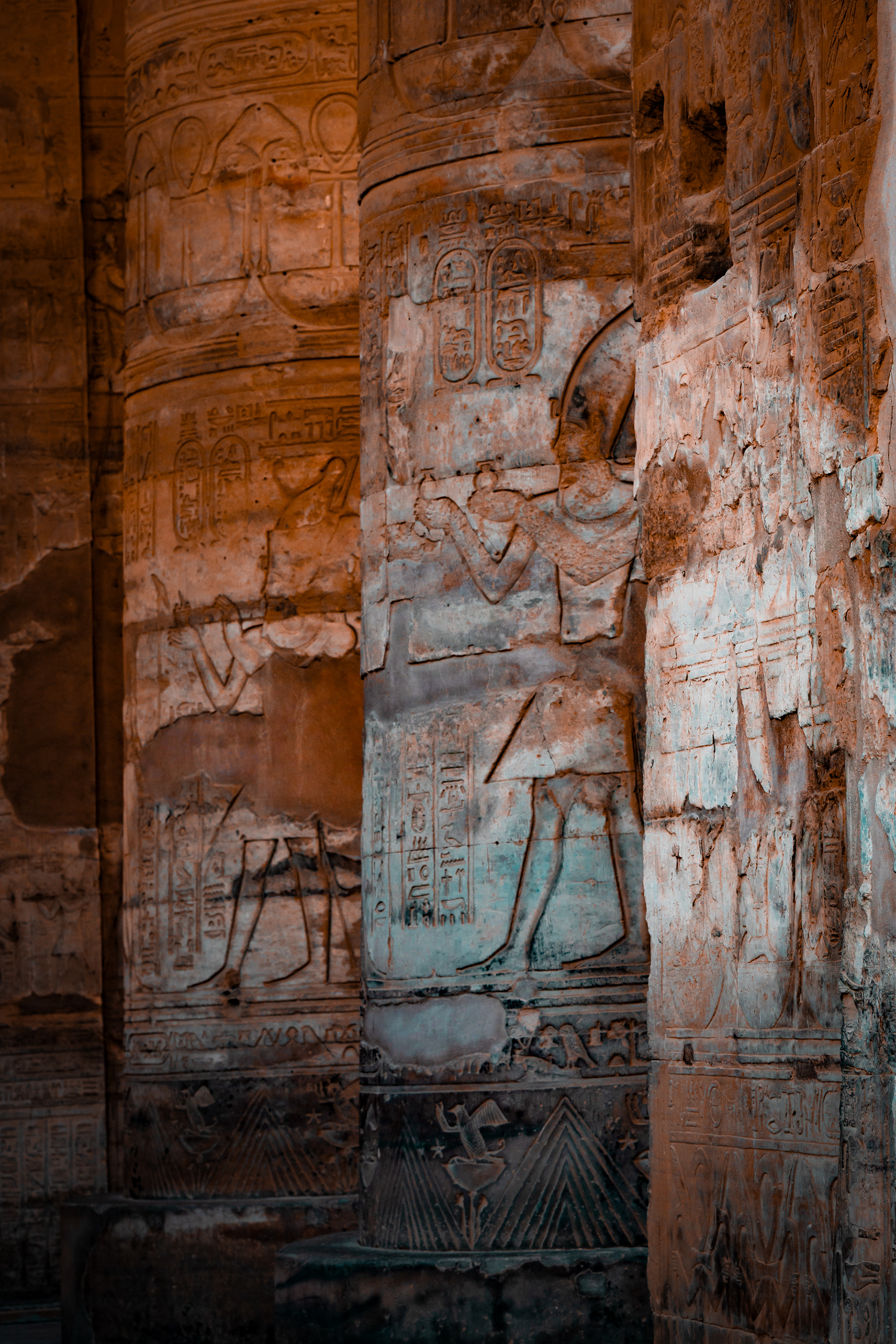
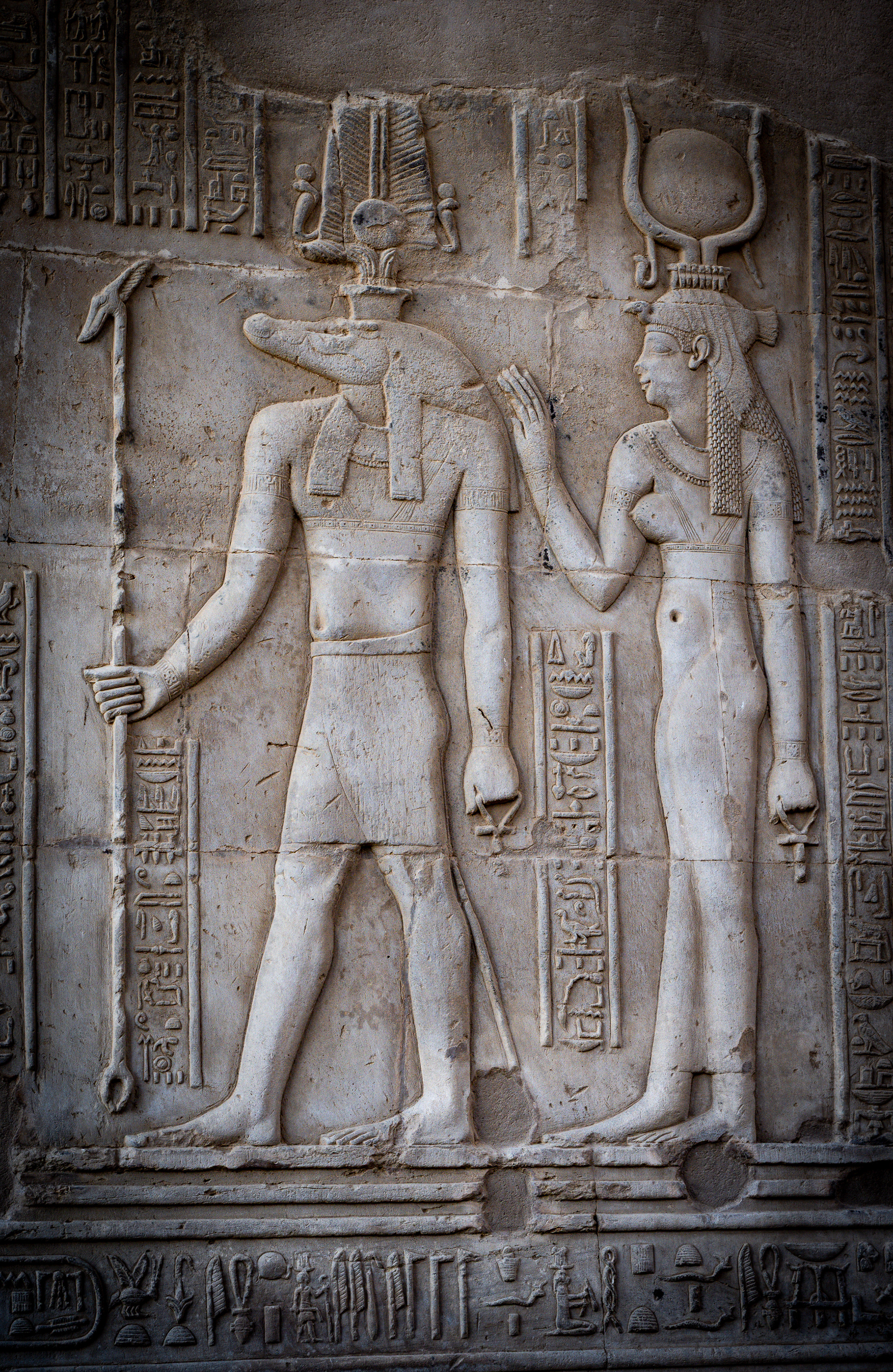
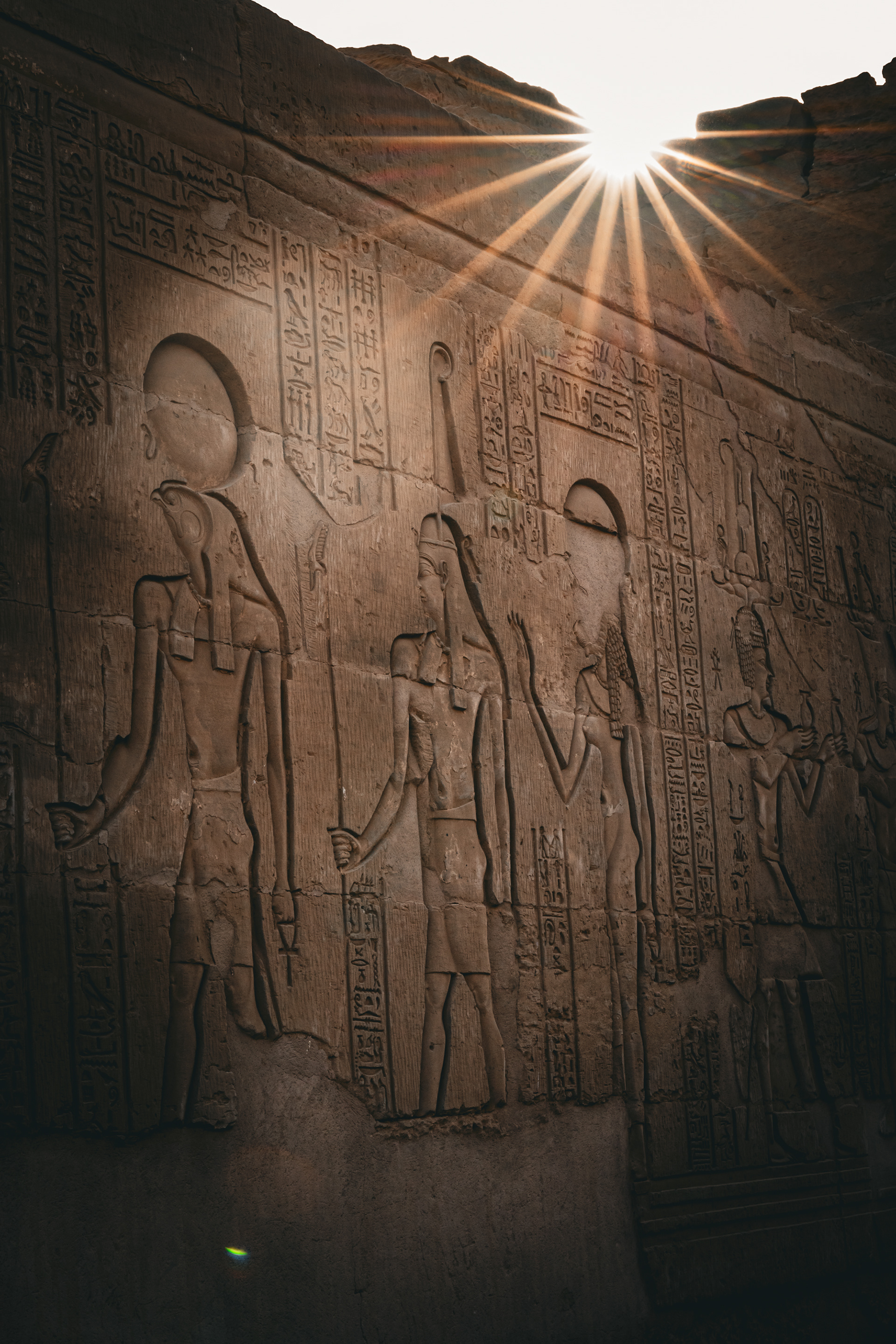
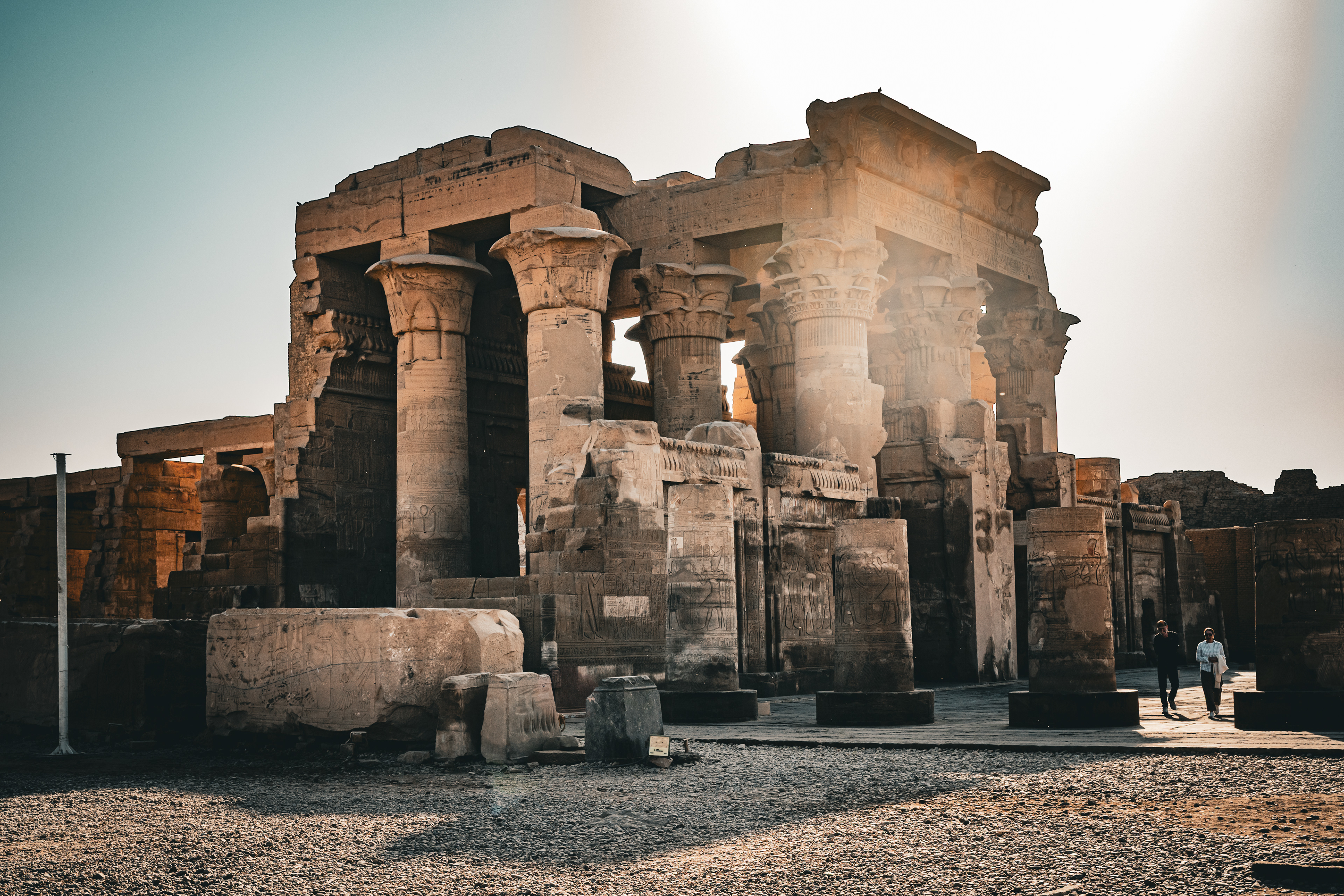
After lunch, next temple of the day, at Edfu. This was built around the same time as Kom Ombo, although was probably stated a little earlier. The temple was extremely well preserved, with many of the rooms having been filled with sand from sandstorms over the years so that many of the carvings had not been damaged or defaced. It was then back to the boat to see the sunset, and for the boat to then move on to Luxor via the lock at Esna. We delayed going through the lock until after dinner, but by the time we got through, there were only four of us left on the - by then rather cool - sundeck for a slightly anti-climactic 6m decent before our journey along the Nile continued.
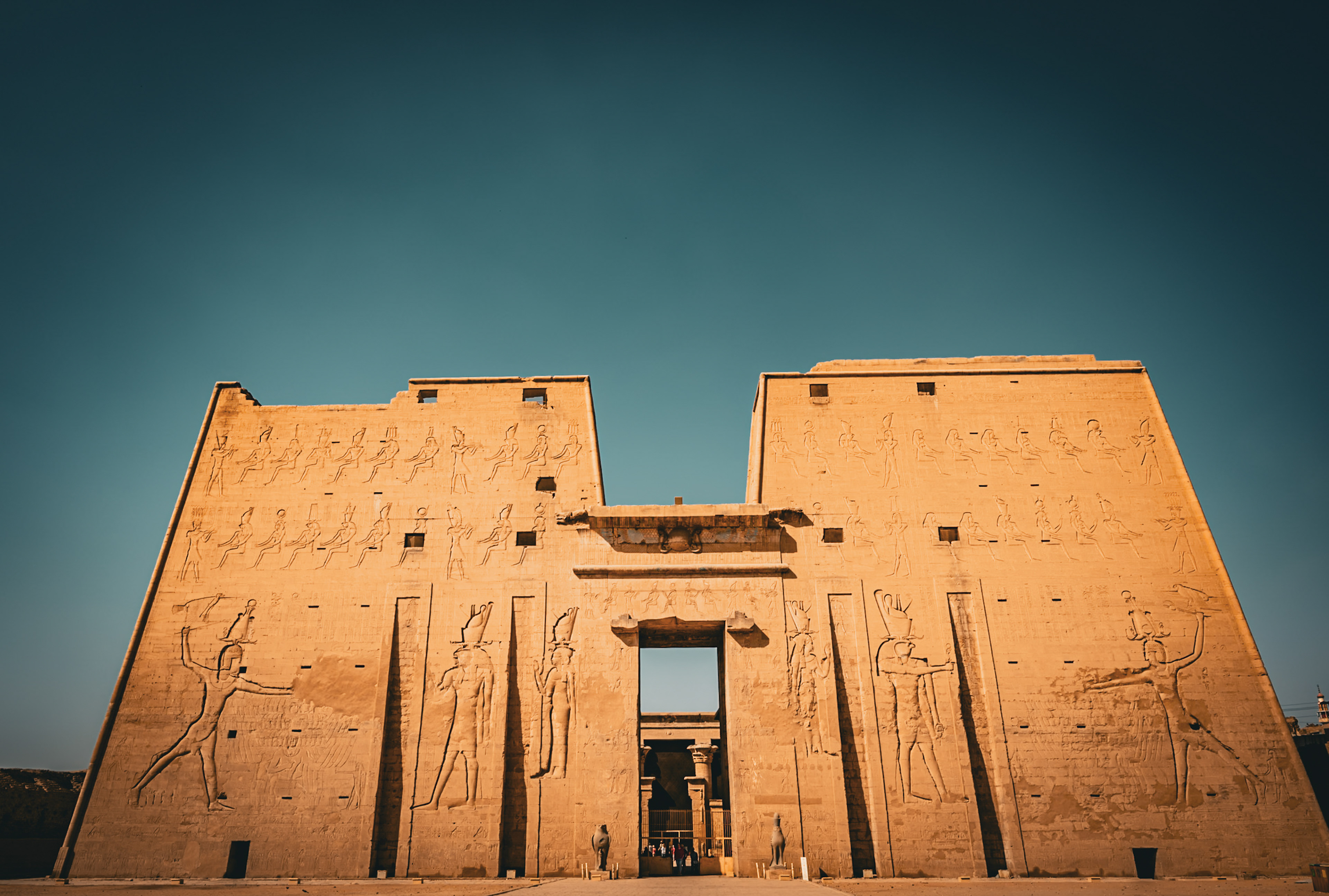
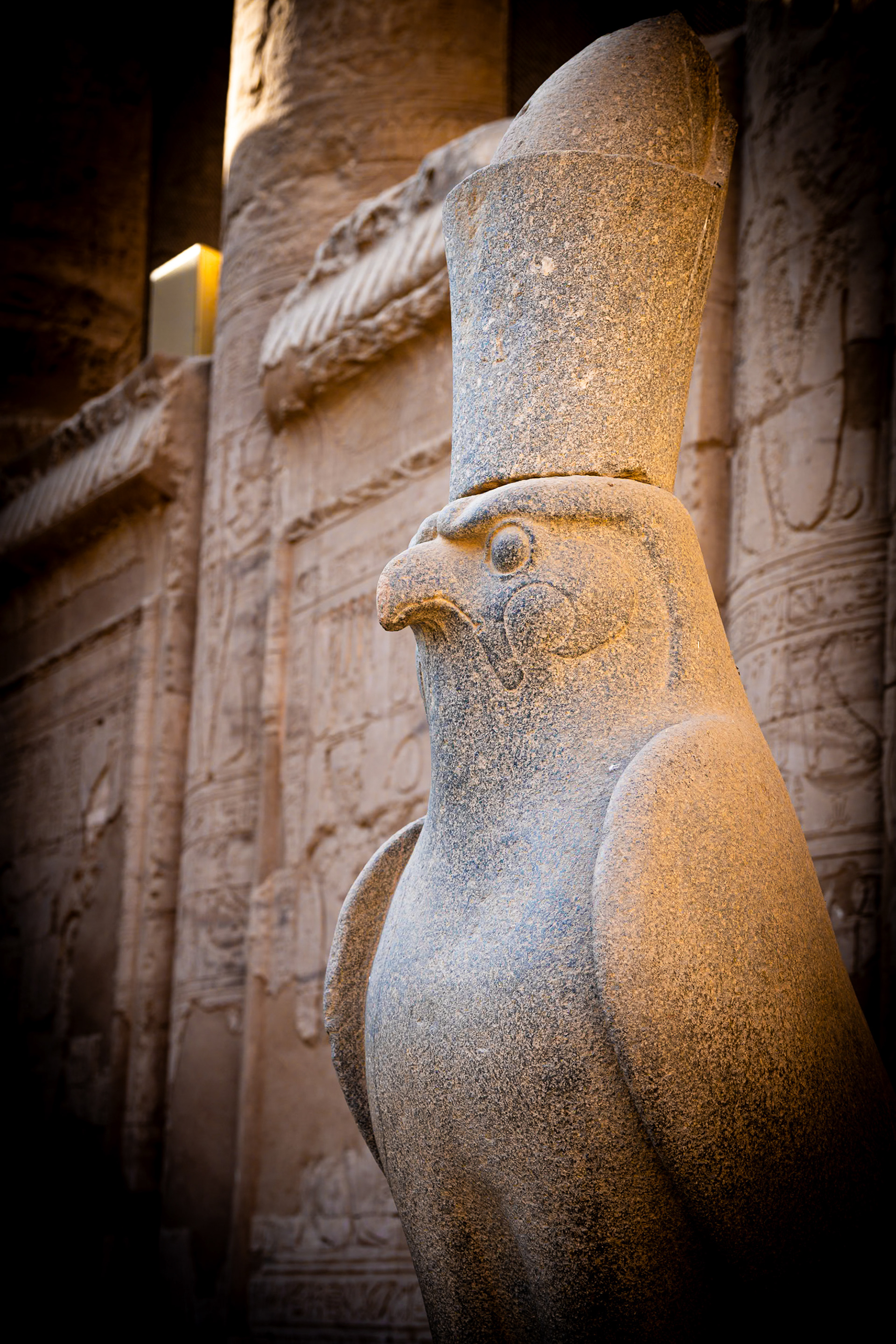
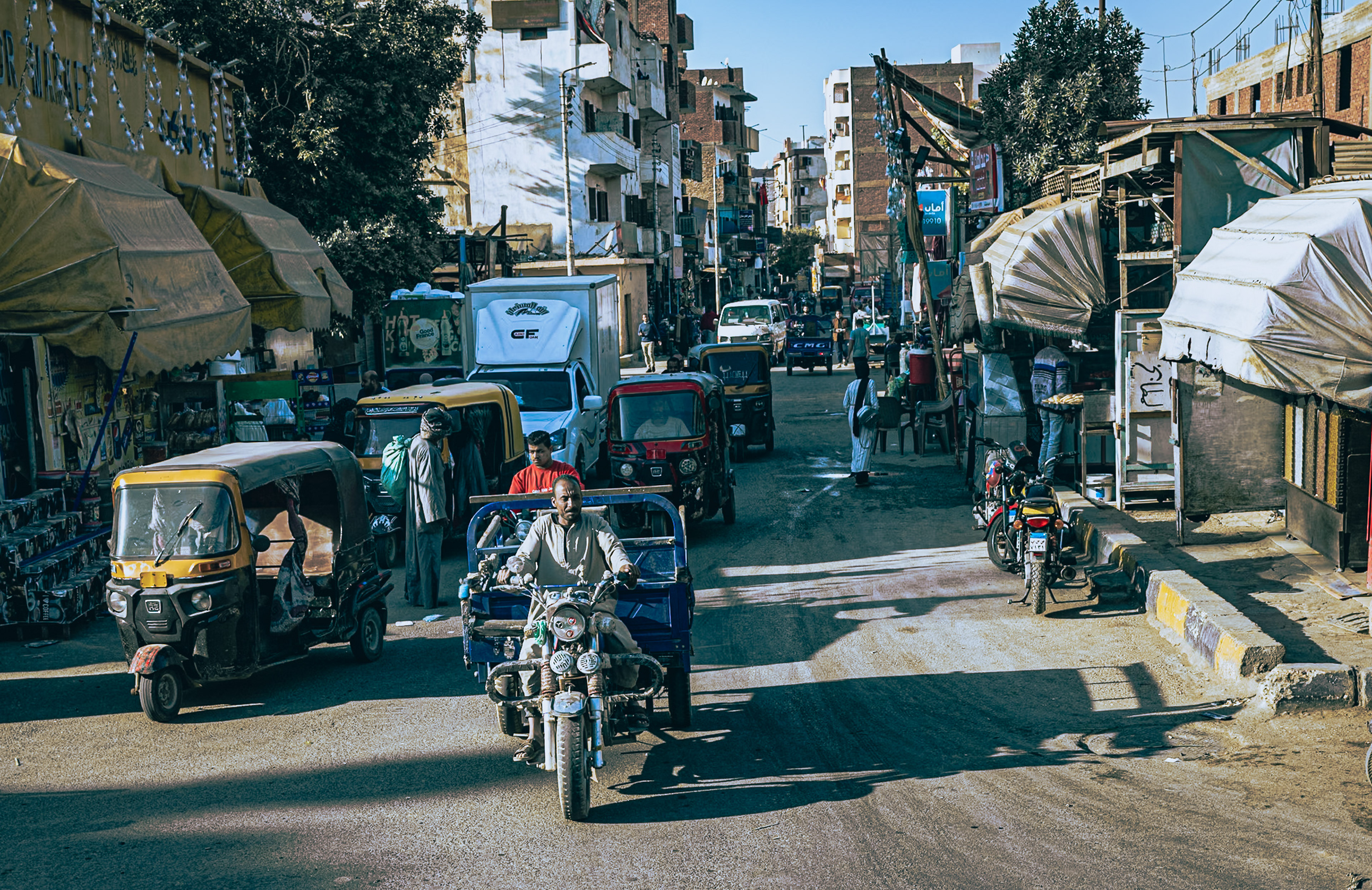
From Edfu, we spent the rest of the afternoon and into the evening cruising up to Luxor via the Esna Dam. This gave me a chance to grab some shots of the ship and over the river.
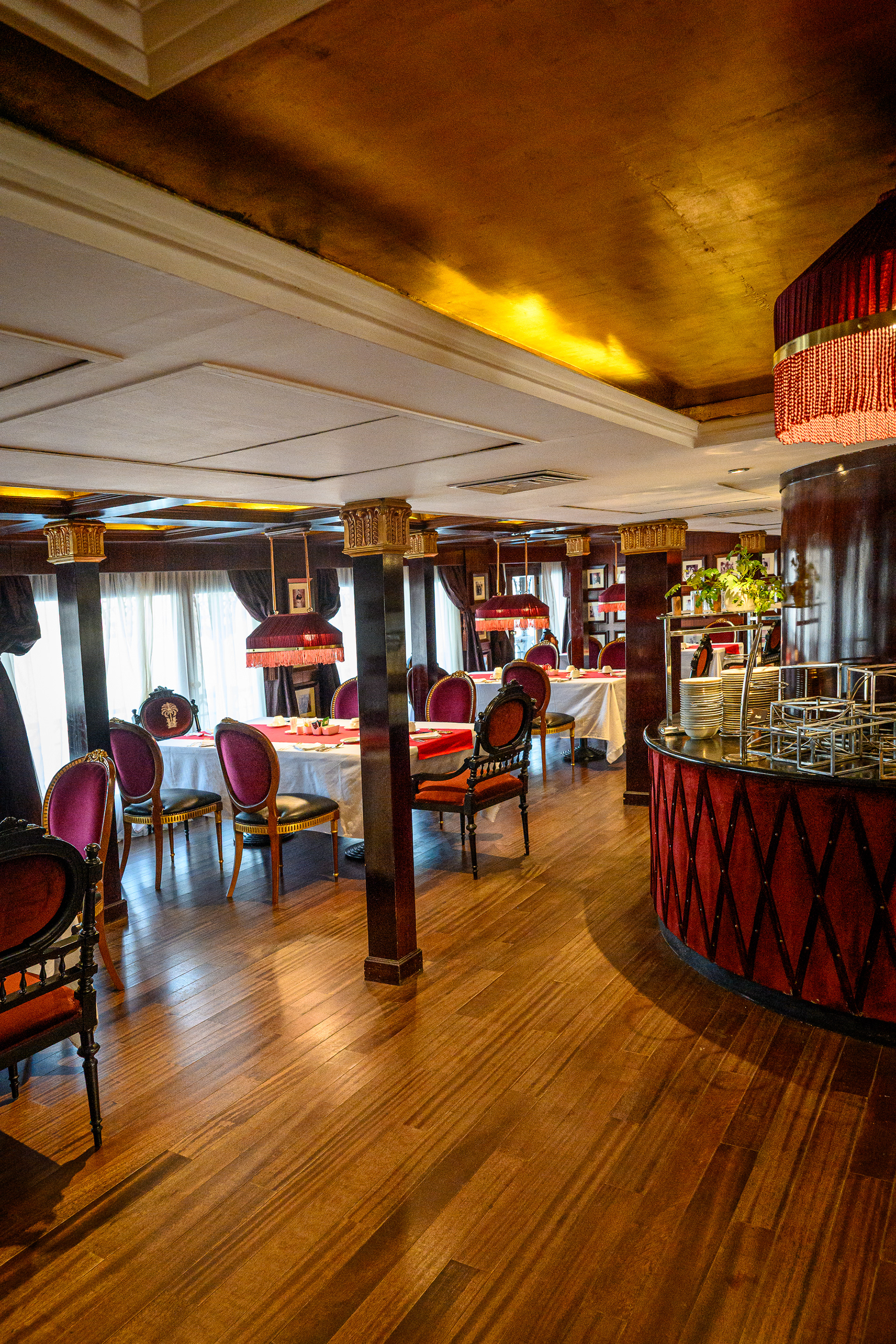
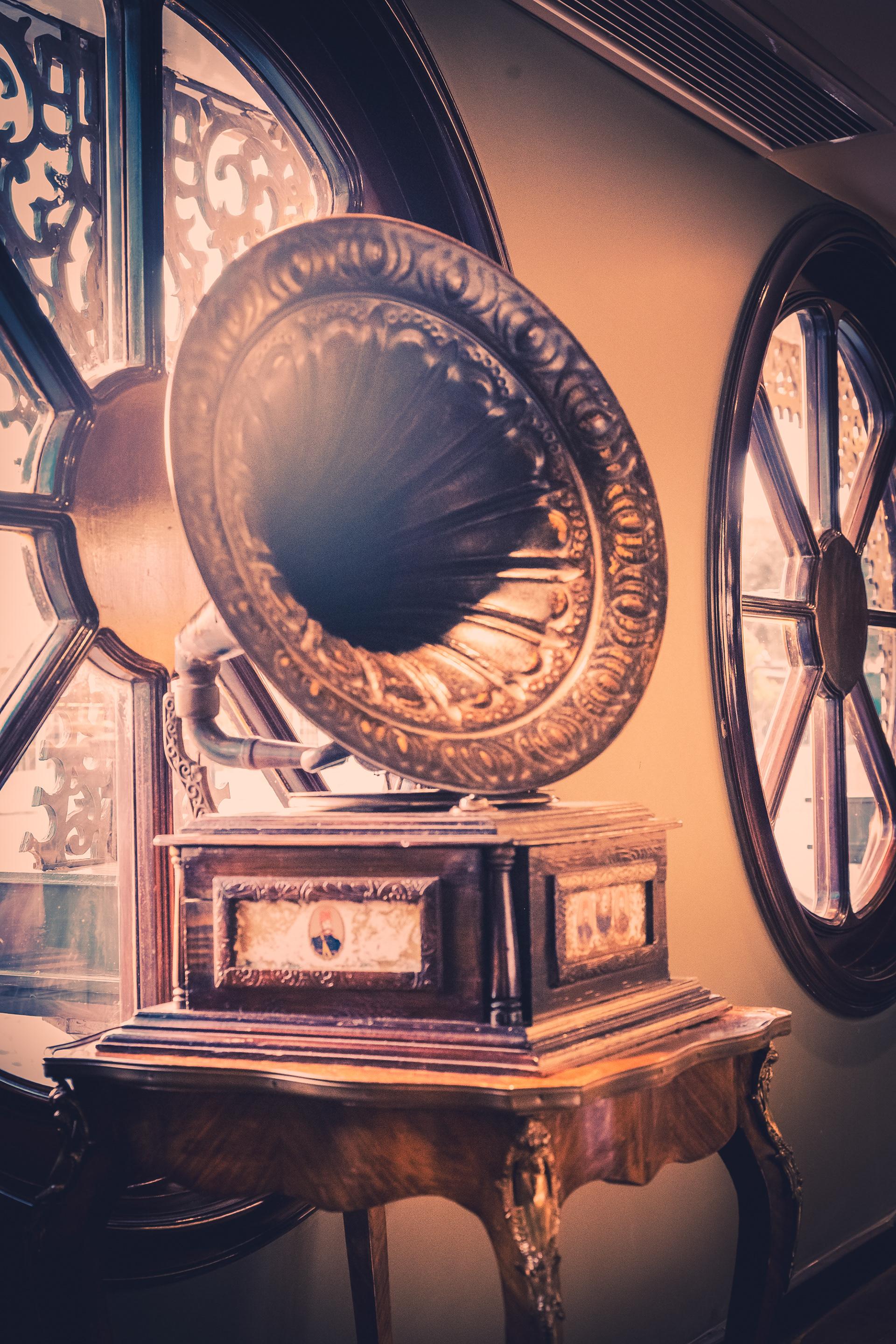
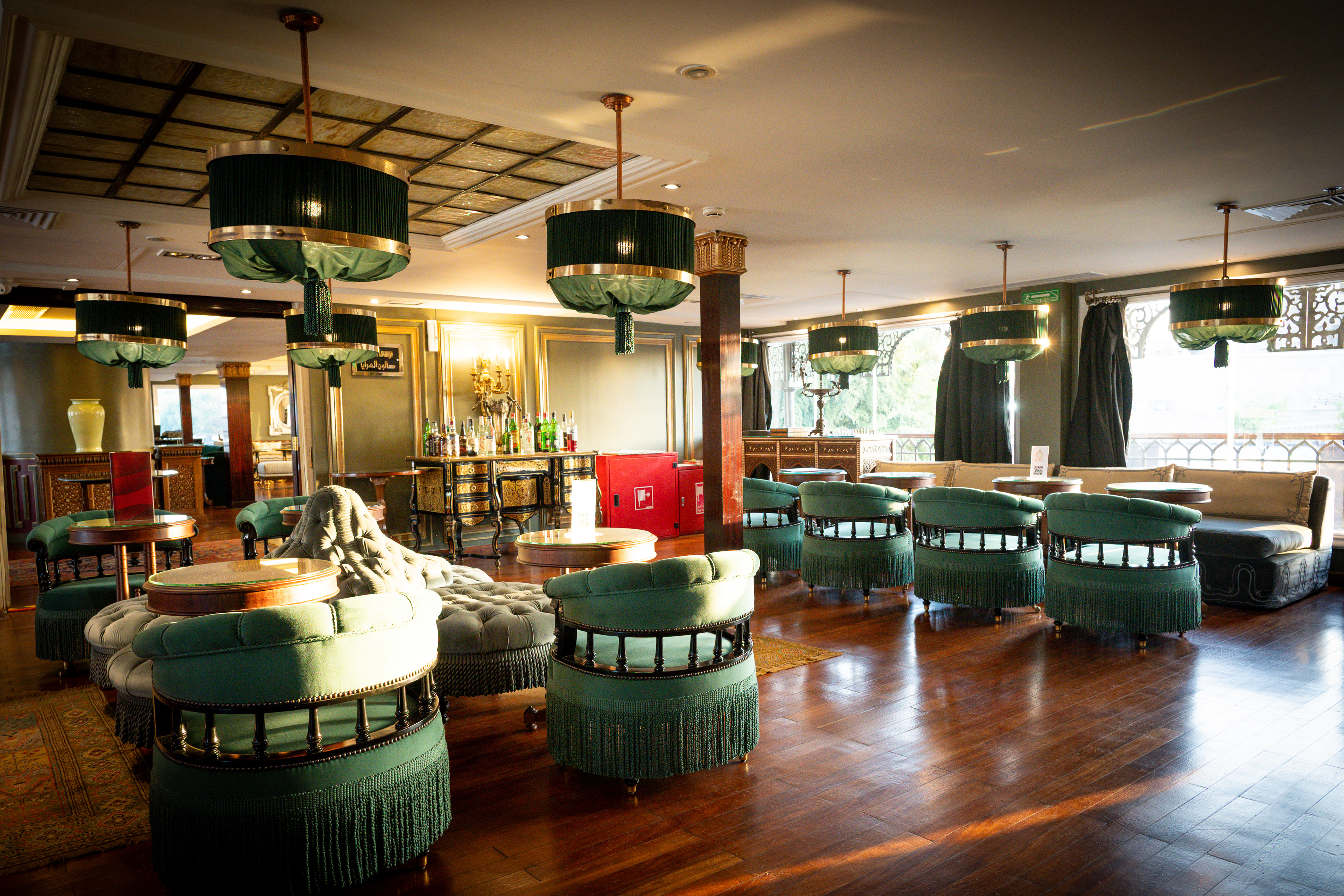
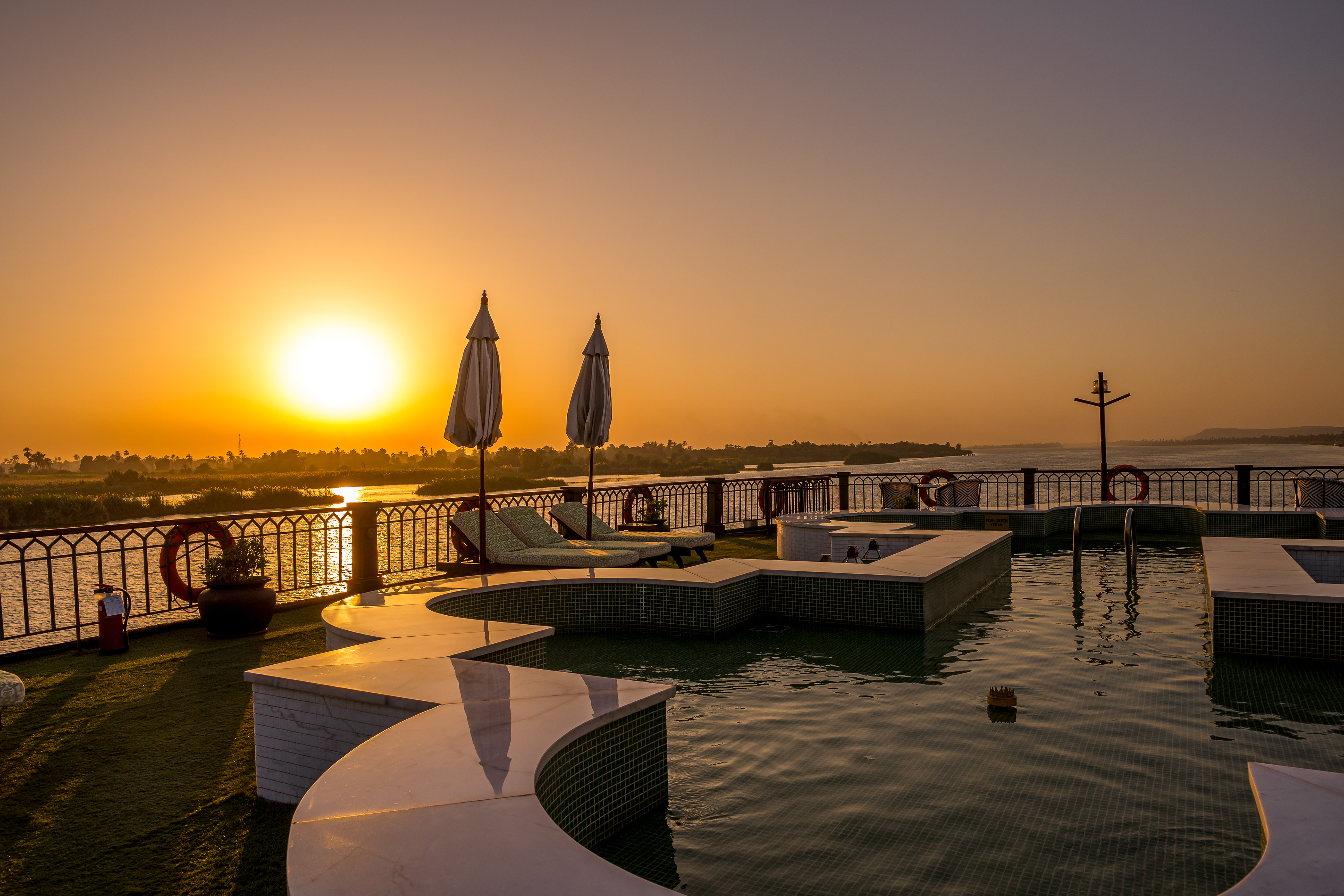
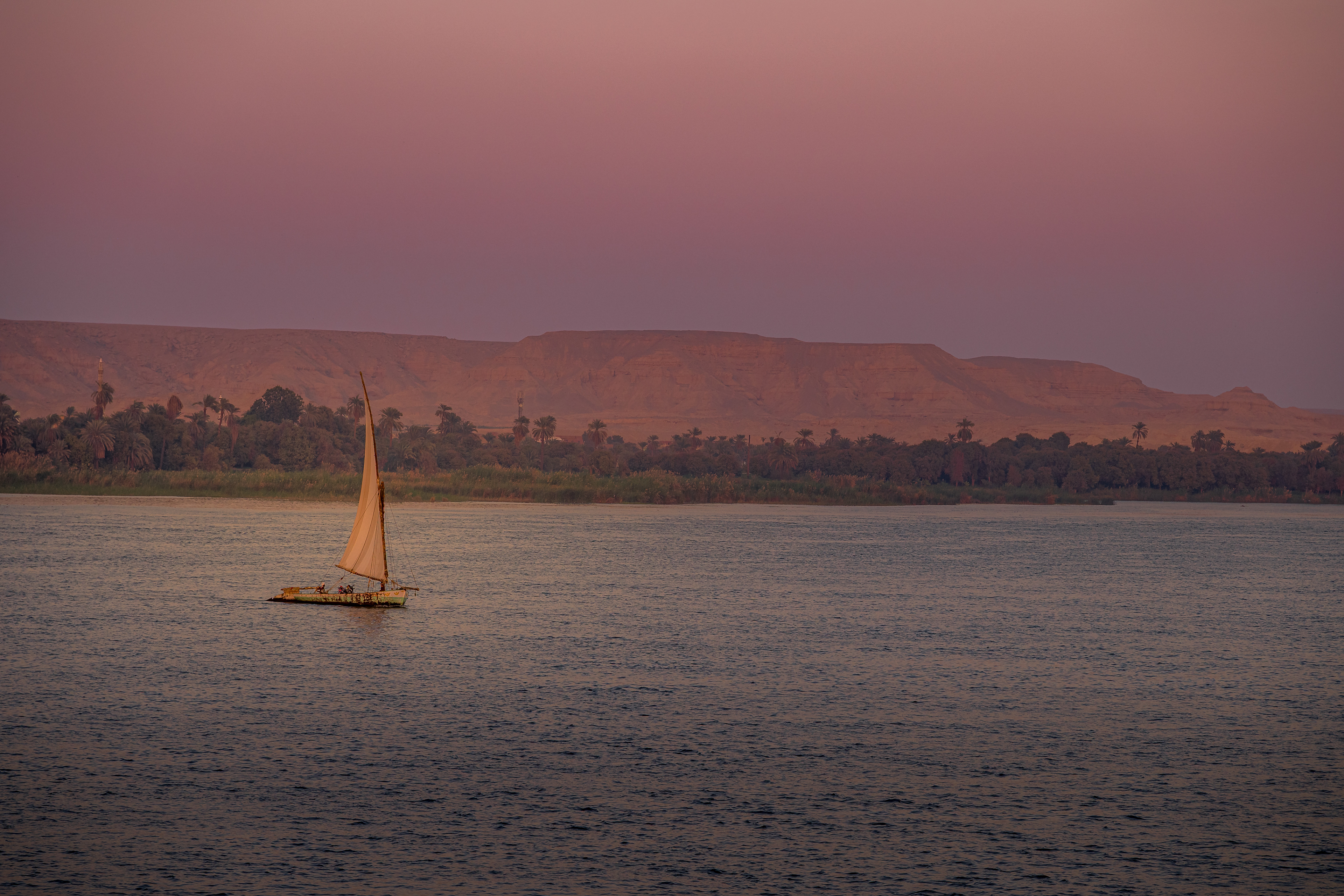
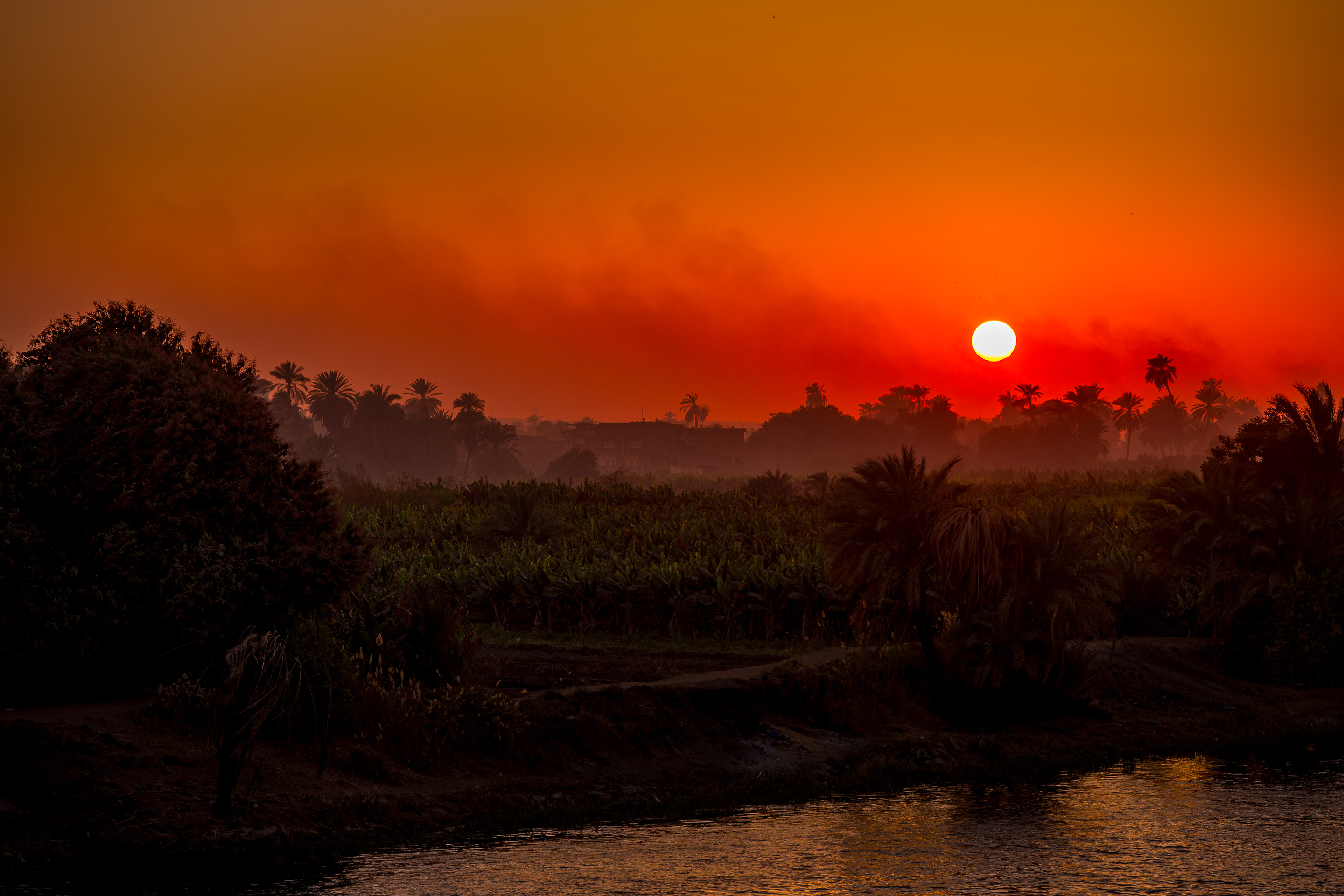
Day 4
Day 4 was another early start - leaving from the SS Misr moored on the east bank of the Nile at Luxor at 7am to visit the west bank of the Nile - in particular the giant statues of Memnon, the Valley of the Kings, Queen Hatshepsut's Temple, Howard Carter's house and a linen weaving factors/shop.
We actually awoke much earlier than needed, as the adhan (the Muslim call to prayer from the minarets) began at around 4.45. It made sure that we were able to get some breakfast before we left - a good thing as it was going to be six and a half hours before we would get back to the boat for lunch.
Despite the relatively early start, the sun was already starting to get hot when we stopped at the statues (or Colossi) of Memnon, two massive stone statues of Pharaoh Amenhotep III dating from 1350BC. Both statues are almost 20m high, and are each formed from sandstone which was brought from Cairo, over 400 miles away. One of the statues is formed from a single block. Behind the statues are more statues which are gradually being pieced together from fragments found around.
From here, it was on to the Valley of the Kings. Our tickets gave us access to three tombs, but this did not include the tombs of Seti I or Tutenkhamun. We did want to see these two tombs, and so queued up to get additional tickets for these. By the time that we arrived at the entrance to the Valley of the Kings (via some golf carts), the sun was beginning to get hot, and the first tomb that we went in (that of Rameses VII) had quite a long queue. After that, we made our own way to the tomb of Seti I. It was certainly worth paying for the additional ticket. The tomb - for which there was no queue - was huge, and so with the relatively small number of people there, partly due to the need for an additional ticket and partly as the way in and out was very steep, we had plenty of room to explore. Even though the tomb was cut into the earth, some of the rooms were as large as those in some of the temples that we have been in, and most were highly and colourfully decorated. One of the most interesting rooms was one that had clearly not been completed, the walls being marked in sections with red lines, and the shapes of the gods and other characters all marked out in black lines, ready to be carved and coloured. Obviously, Seti I did not live long enough for them to all be completed. He only reigned for about 10 to 15 years until 1279 BC before he was succeeded by Ramesses II (Ramesses the Great).
This tomb was in contrast to that of Tutenkhamun. Whilst probably being the most famous pharaoh and tomb, the tomb itself was tiny, and other than the burial room where Tutenkhamun's sarcophagus was, there was no decoration. It is said that Tutenkhanun probably died so quickly into his reign (1332-1323 BC) that the tomb was not even intended for him, and that the famous death mark was actually also made for someone else. We were later to visit Carter's house, where he lived when the tomb was being discovered, and which now has a very realistic reconstruction of his tomb. This has been generated based on very careful measurements of the real tomb, and if you were just dropped into either the real tomb or the copy, it would be hard to know which you were in.
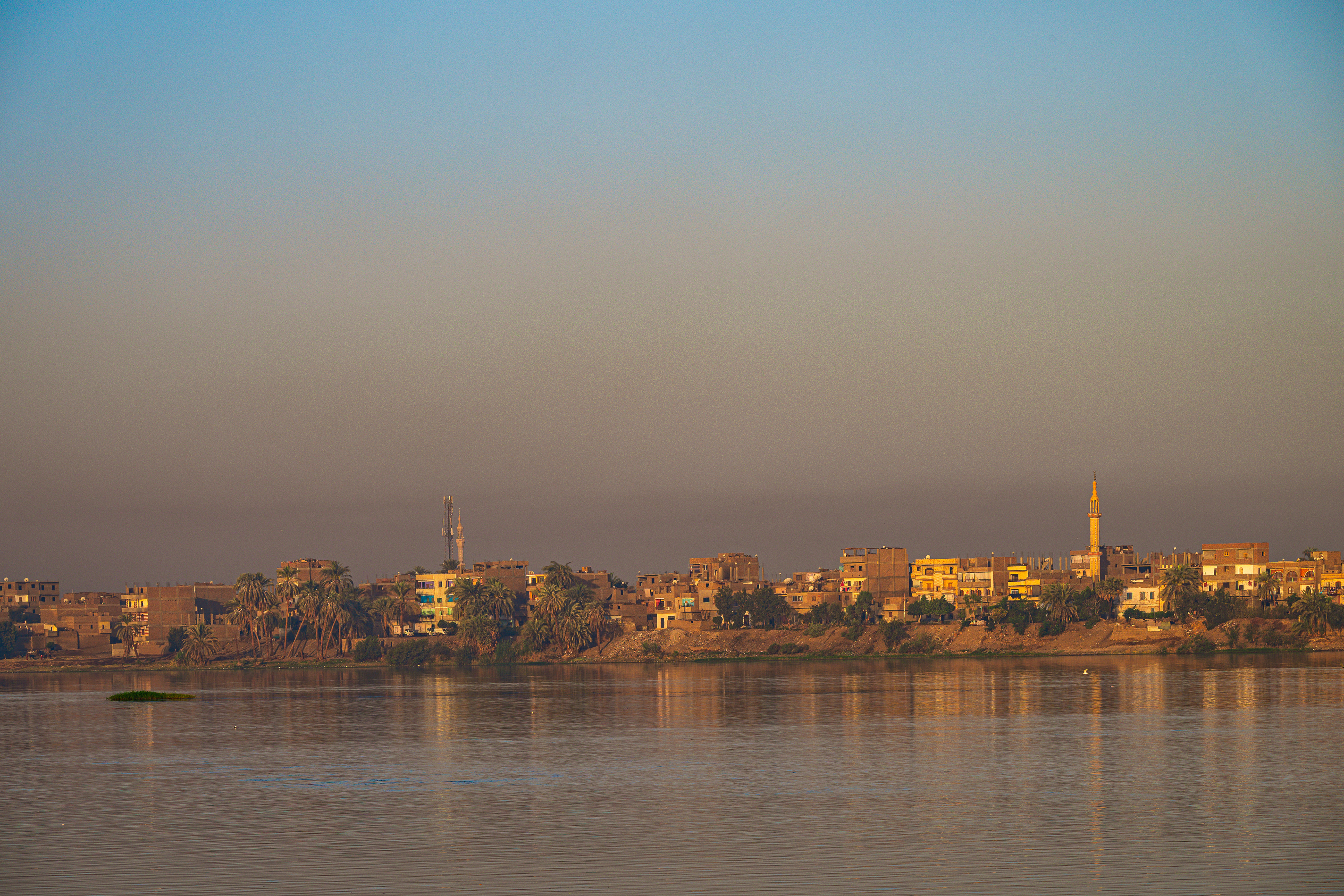
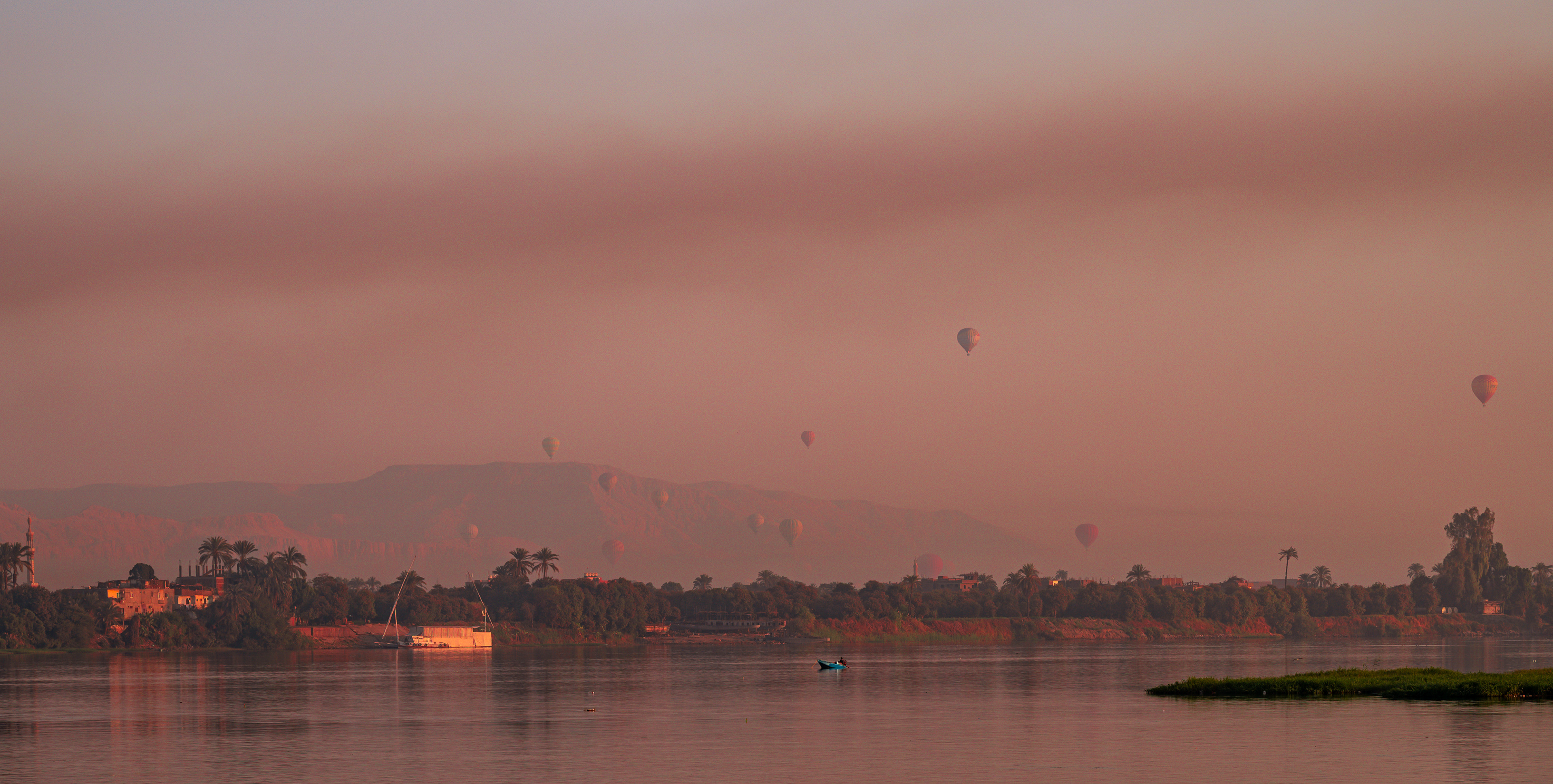
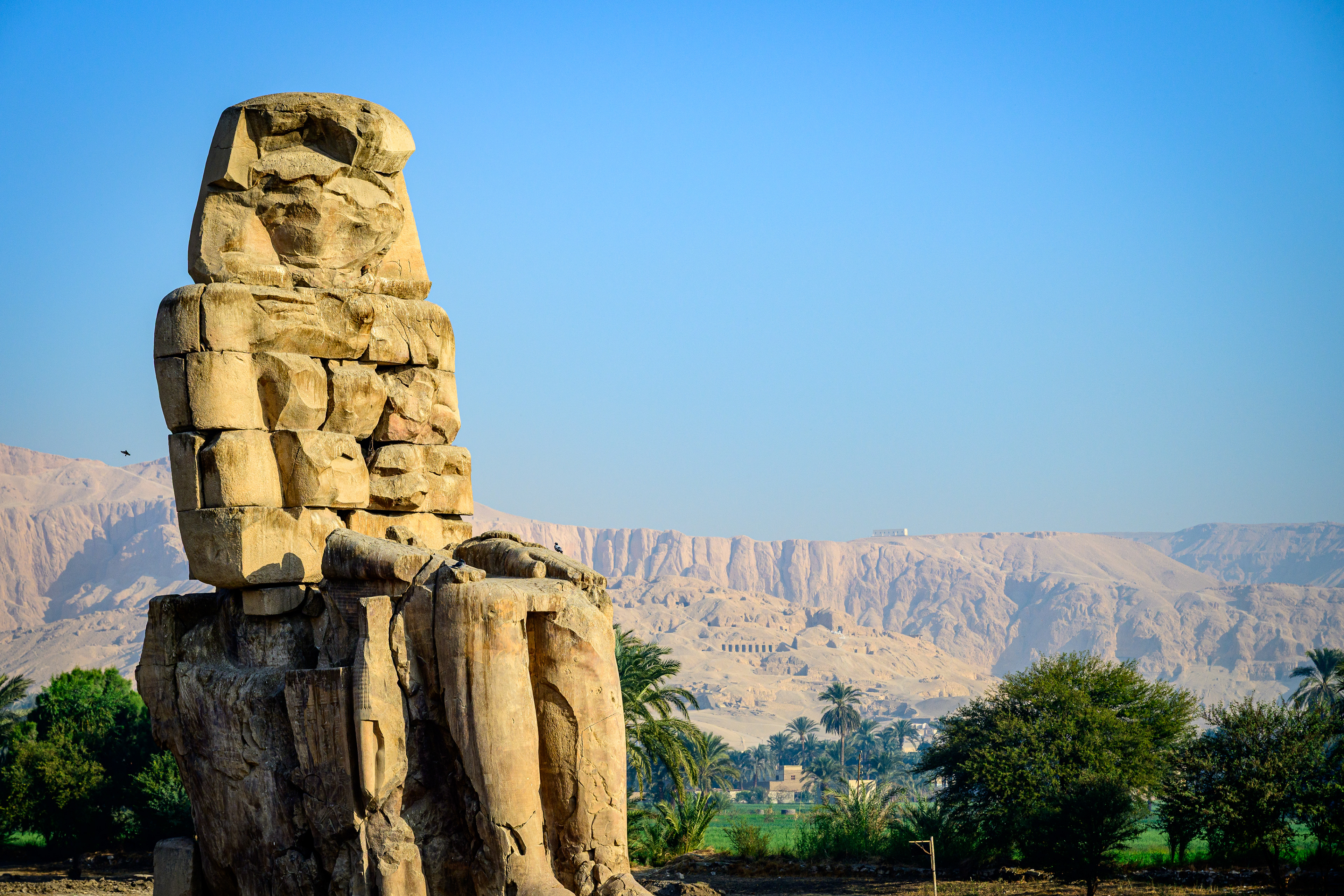
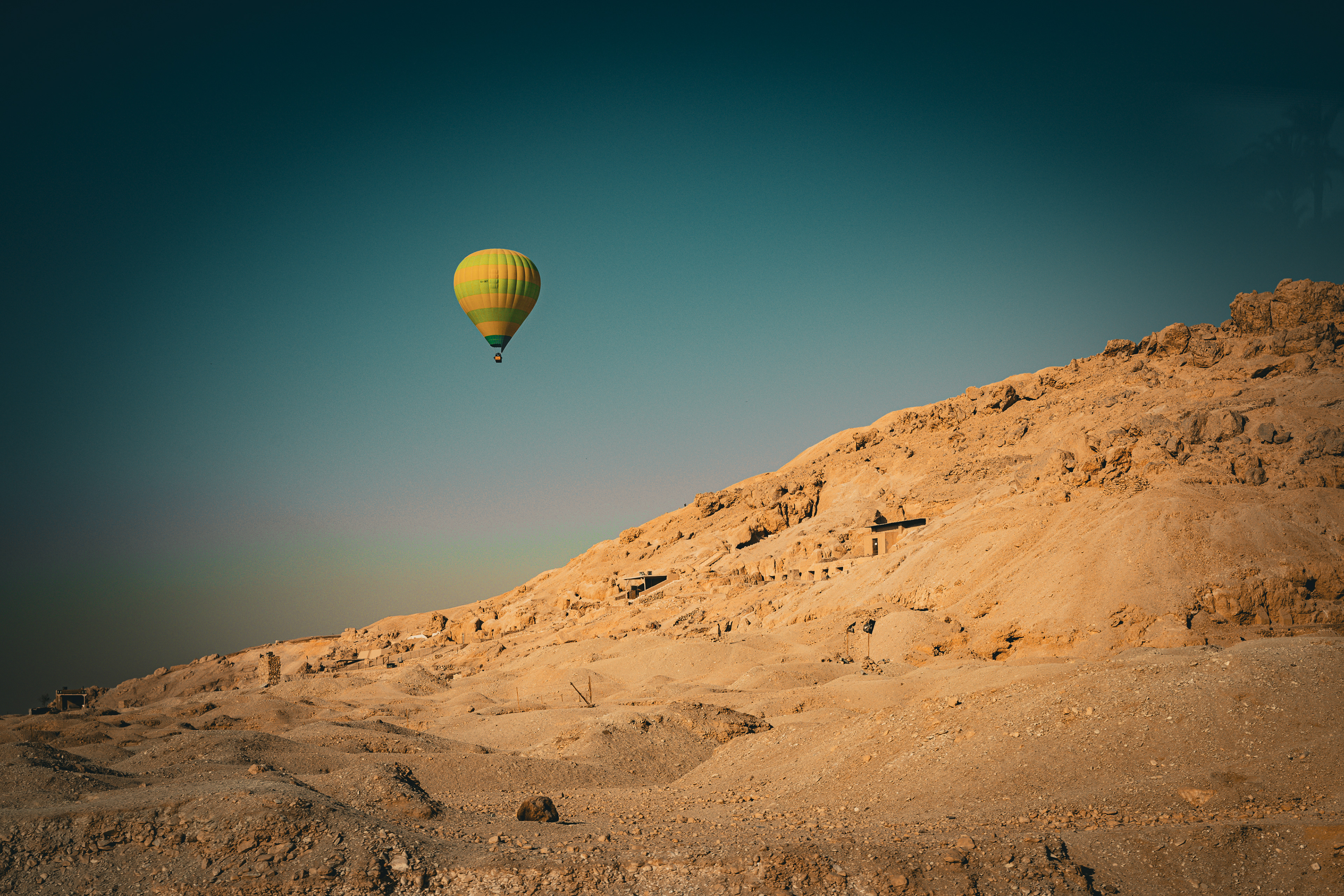
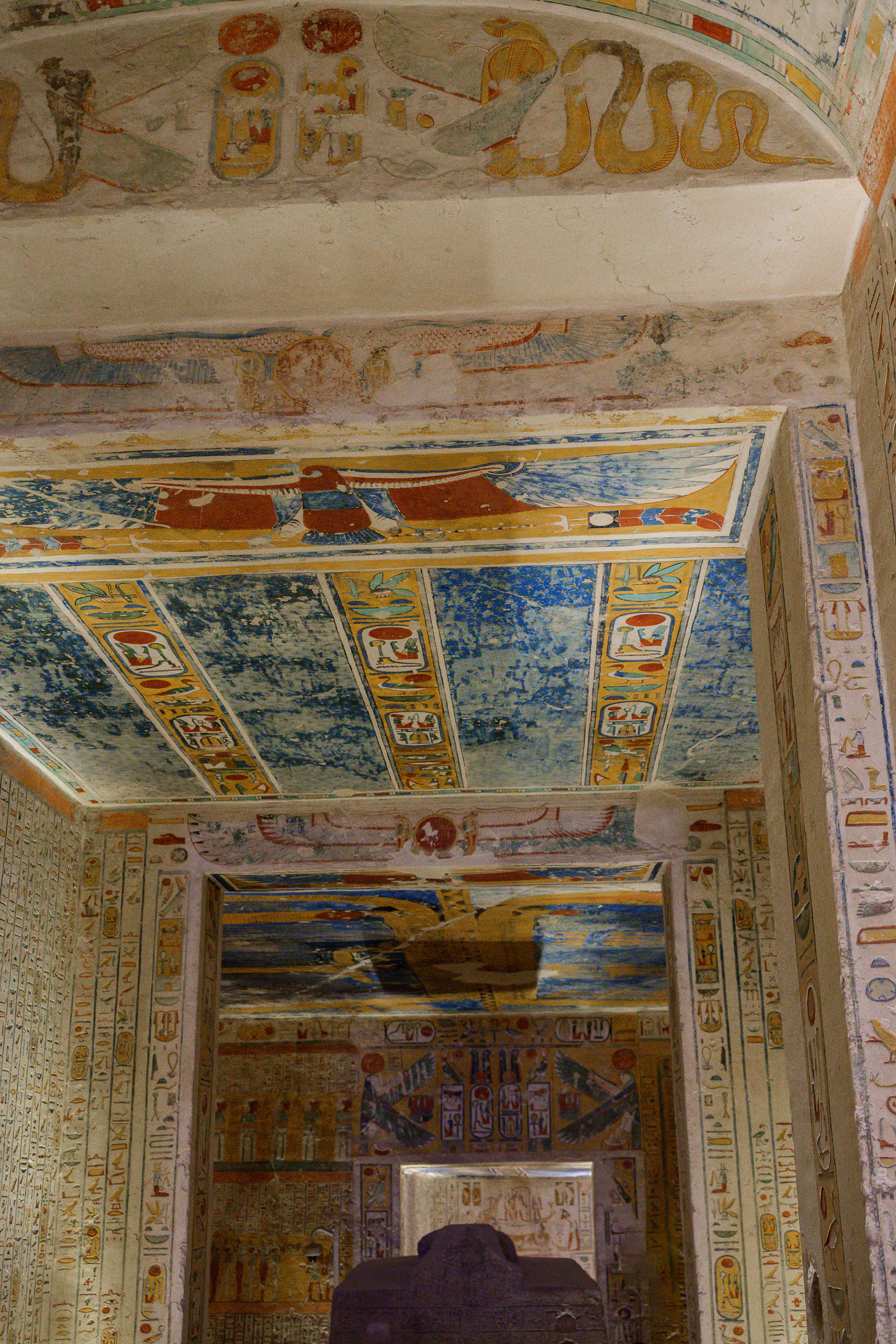
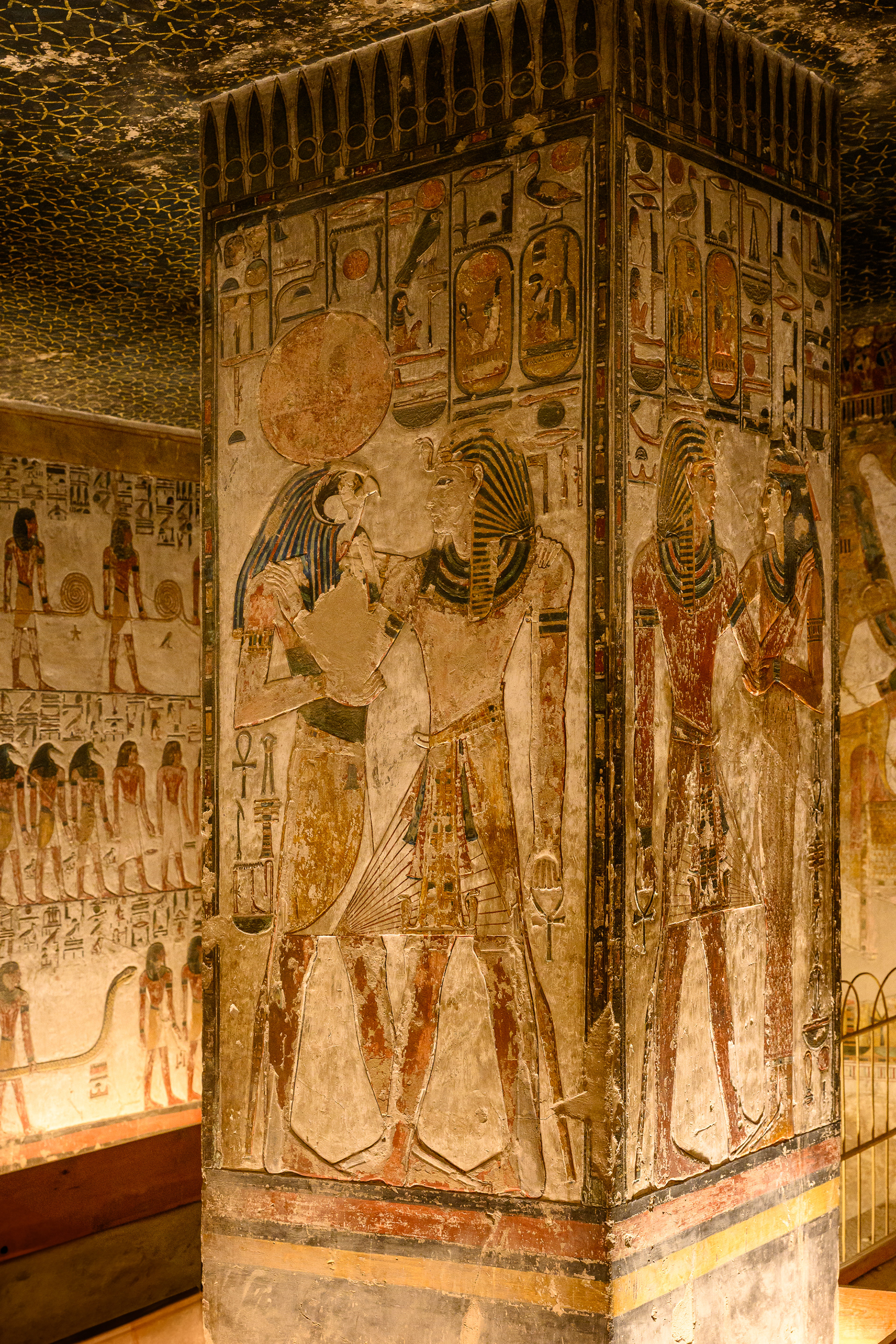
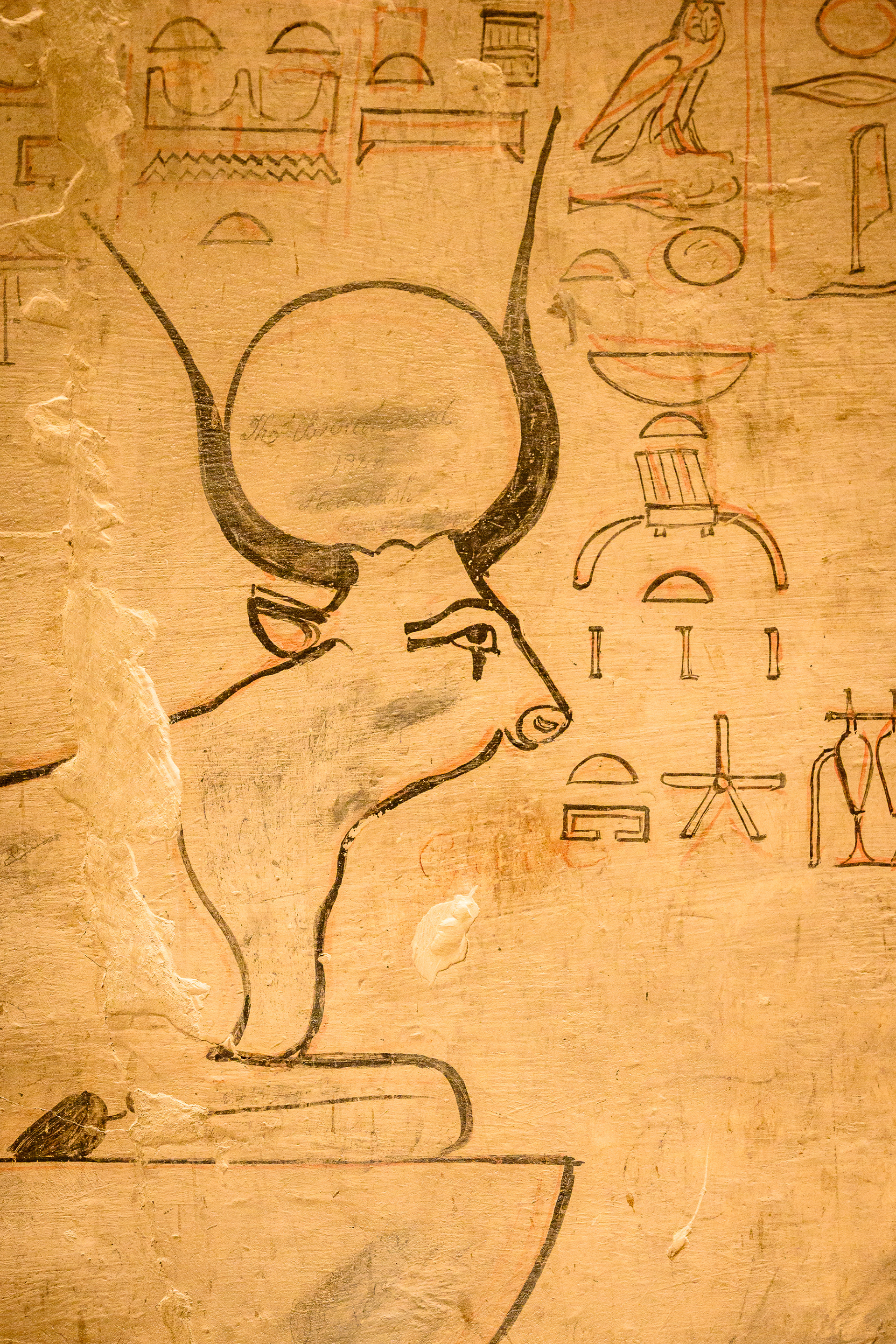
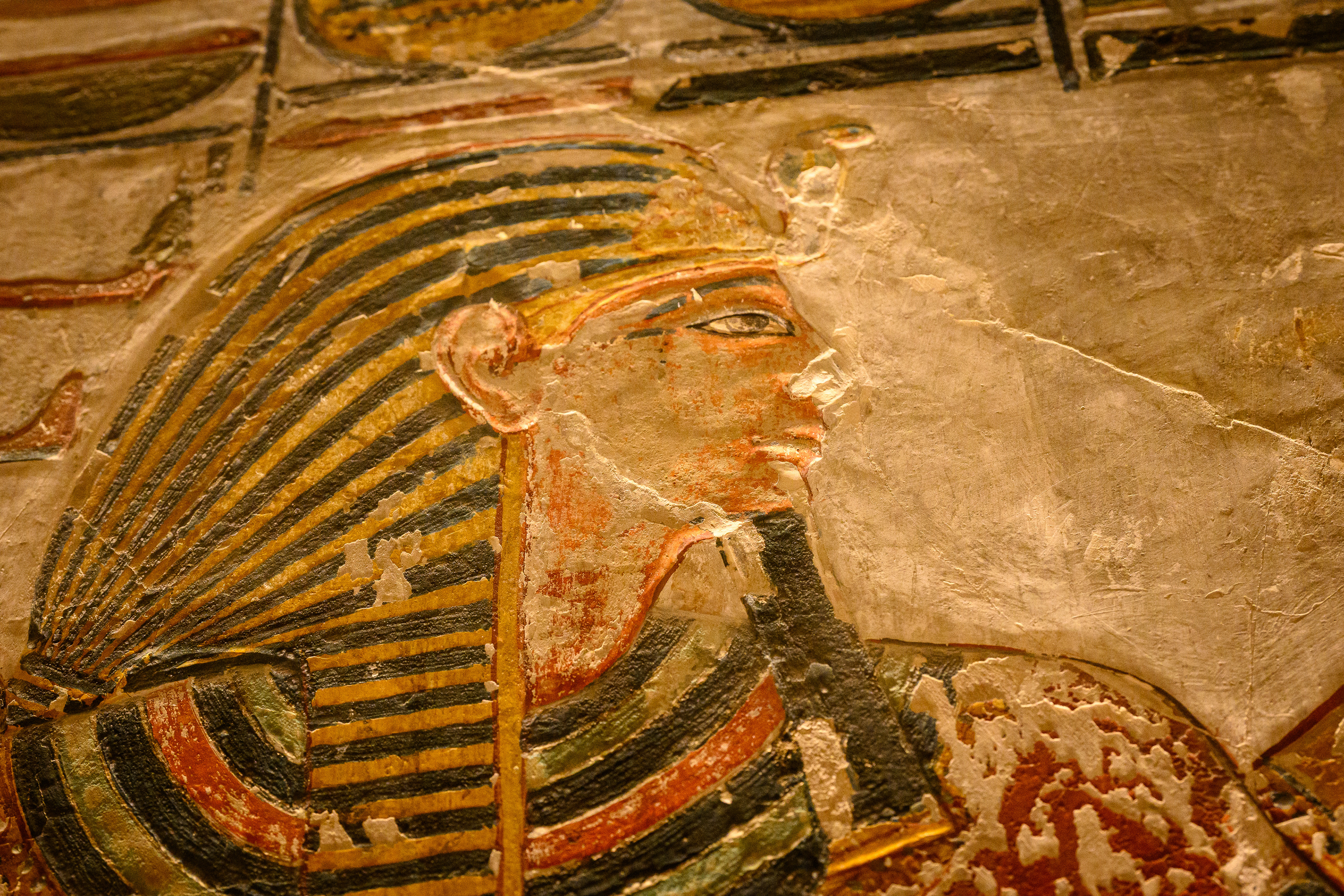

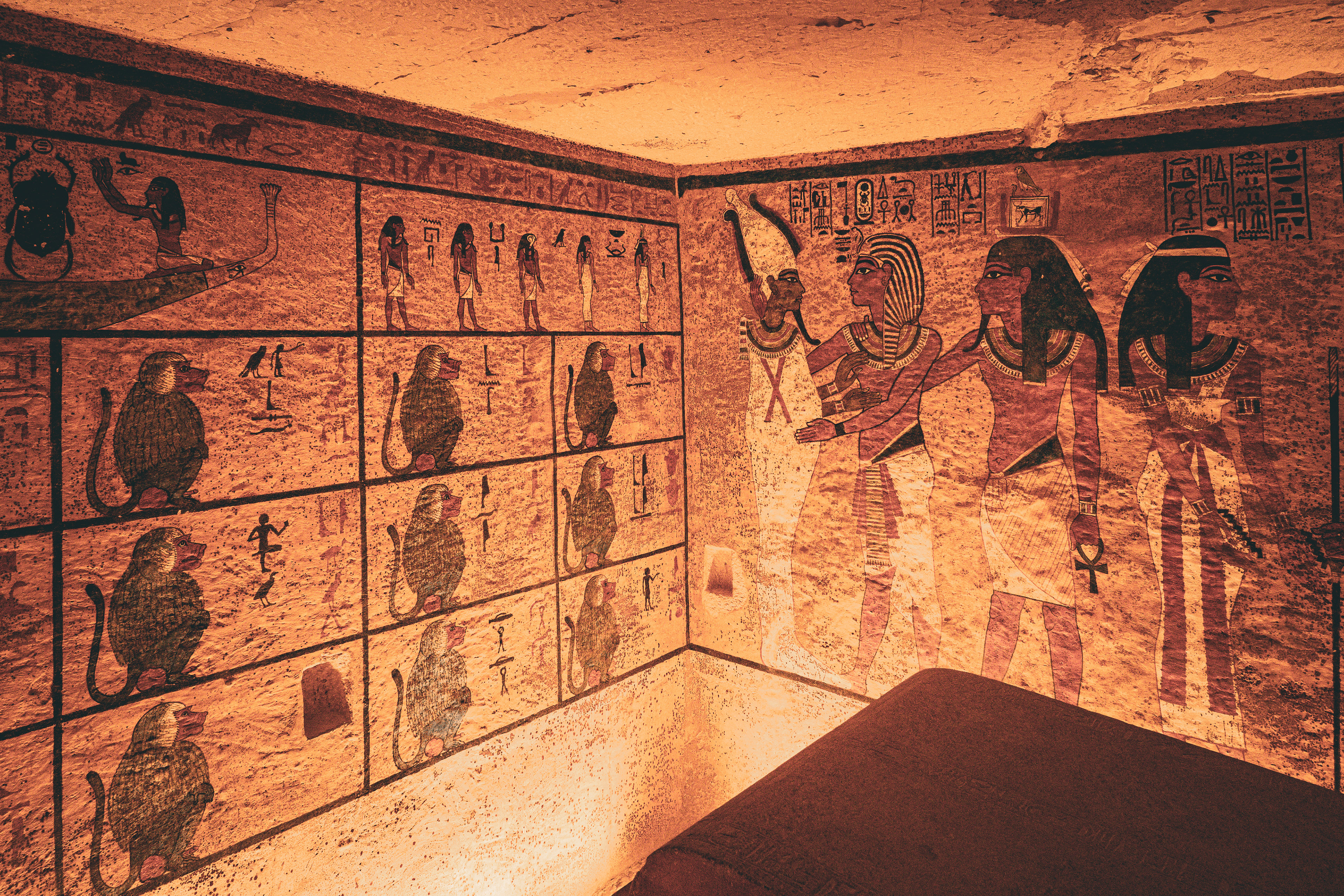
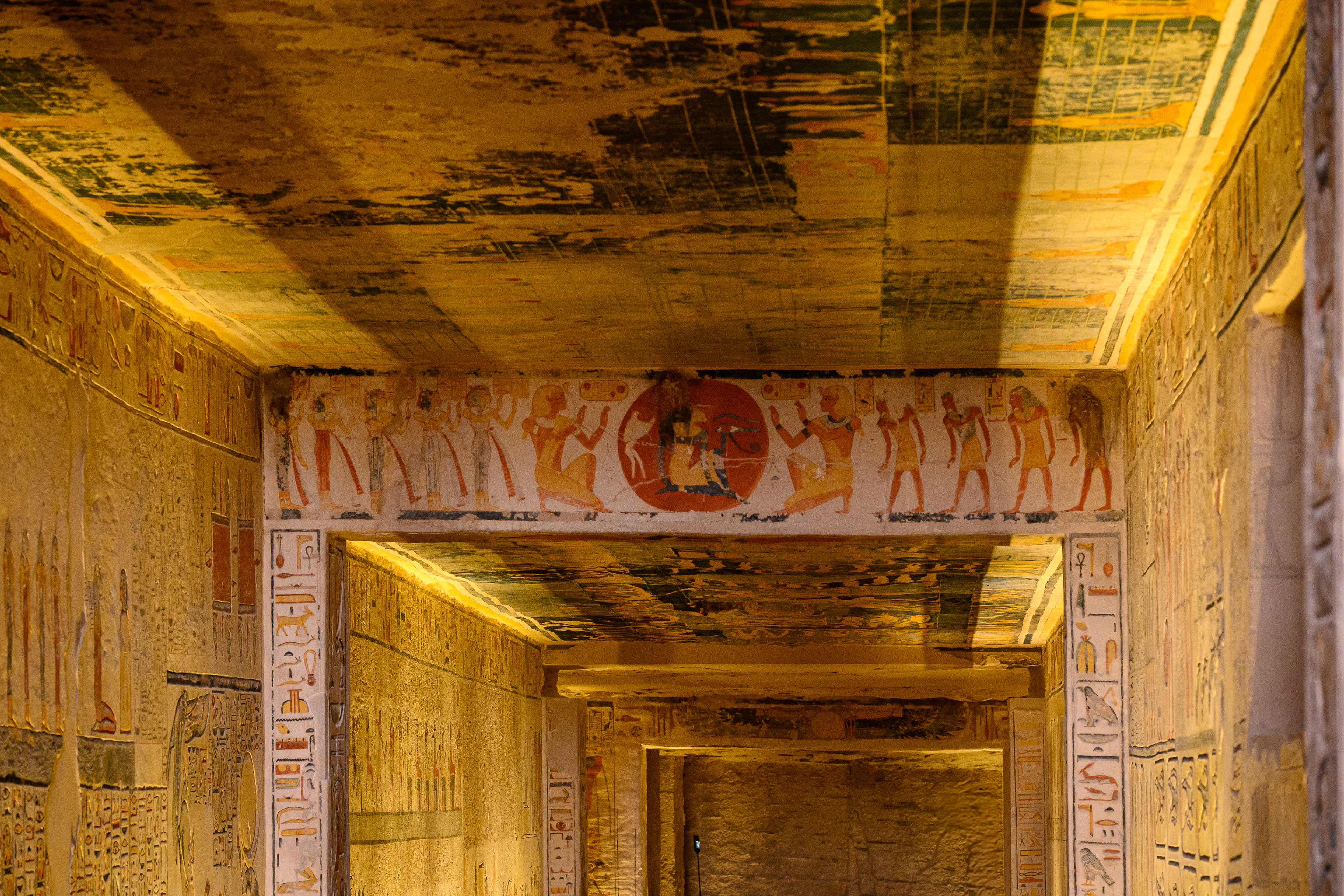
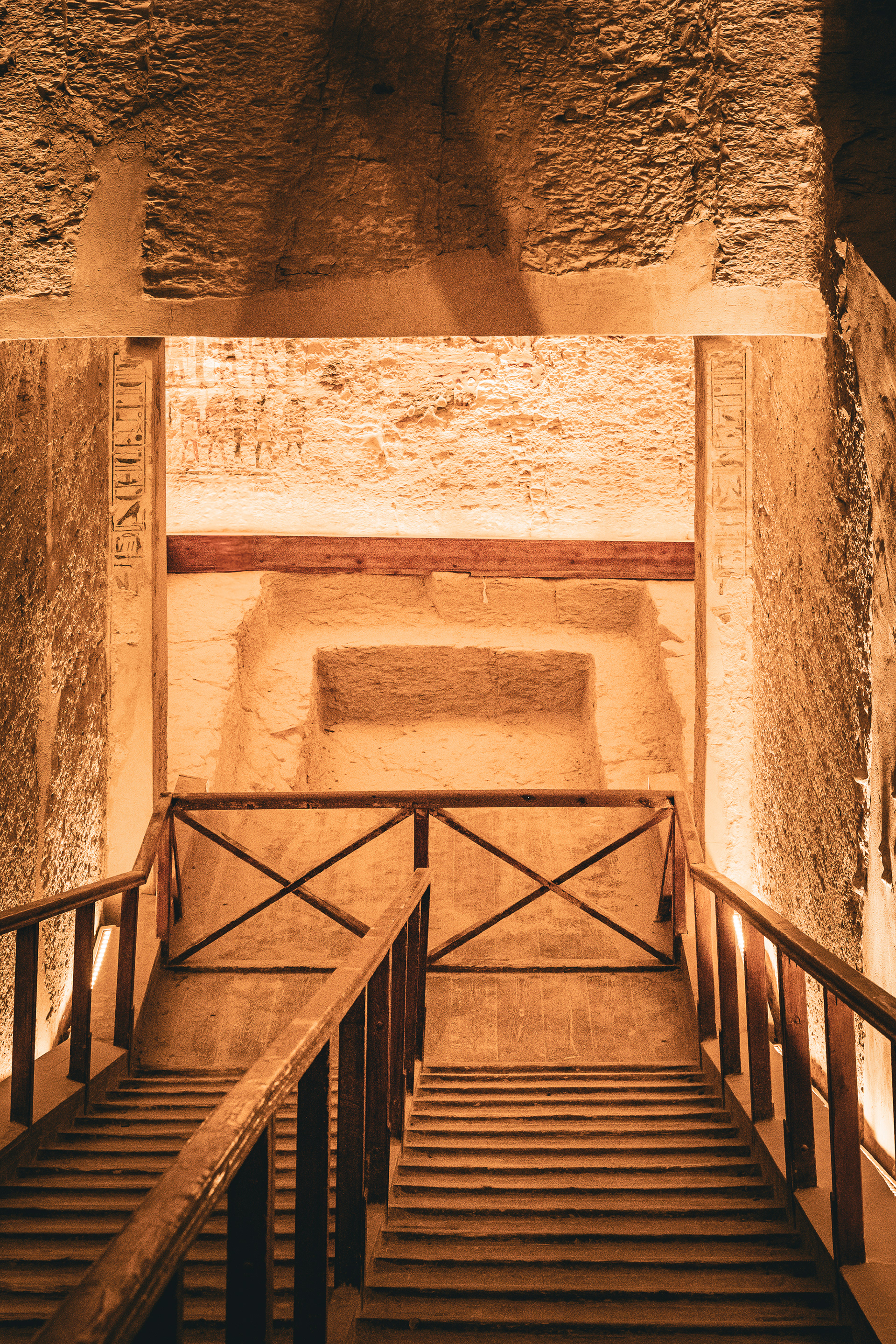
After the Valley of the Kings, we made out way to Queen Hatshepsut's funerary temple, which was both a temple and her tomb. The temple was very busy, and by the time we arrived it was very hot. Queen Hatshepsut predated most of the tombs that we had visited in the Valley of the Kings until around 1458 BC. The temple is one of the most identifiable of the temples in Egypt, appearing to be cut into the hill, but actually formed from blocks to form three levels of terrace.
On the way back to the boat, we stopped of at a weaving shop, where women (mainly single mothers) were hand weaving material to form scarfs, shirts and other items for sale in the shop.
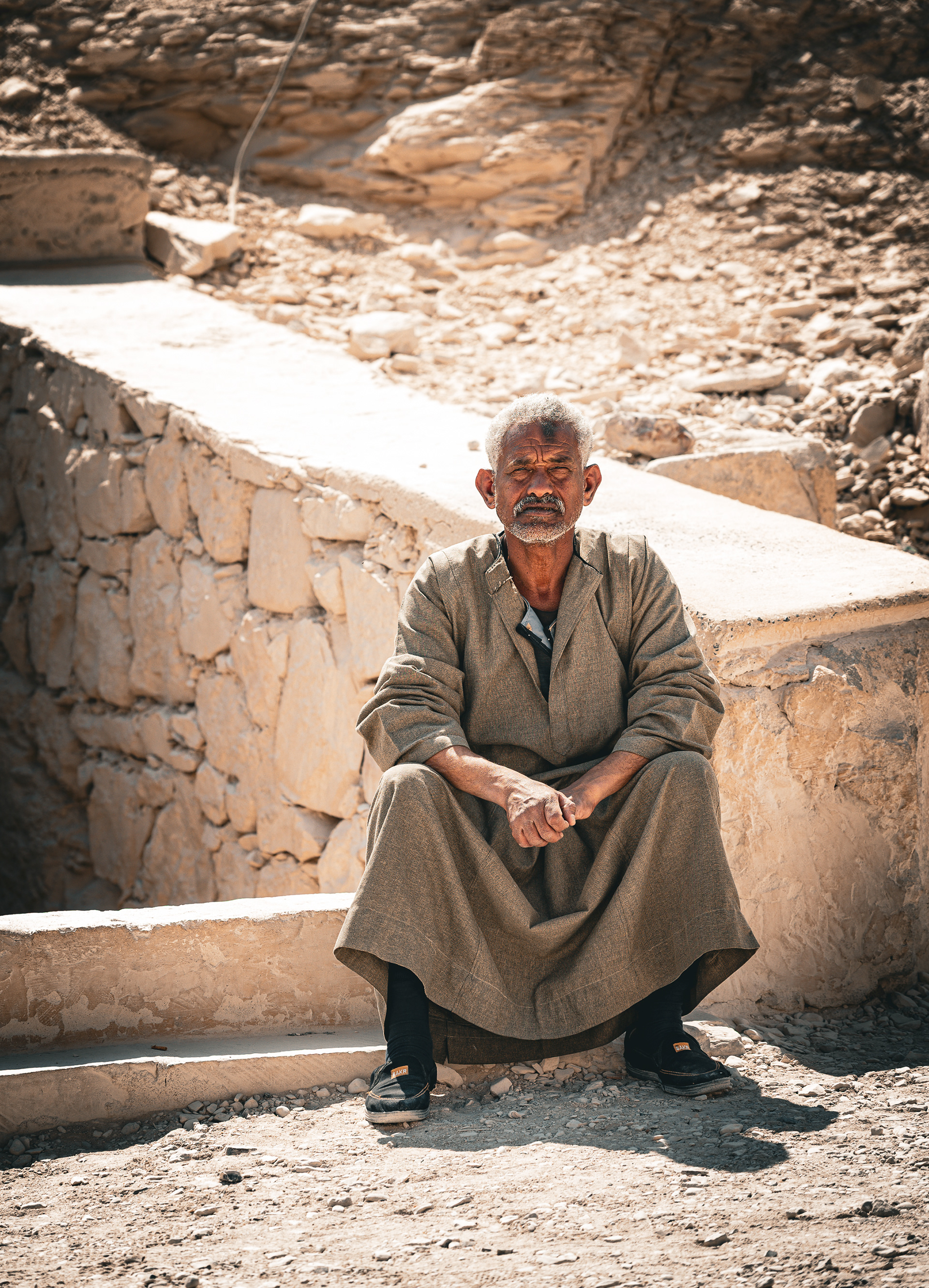
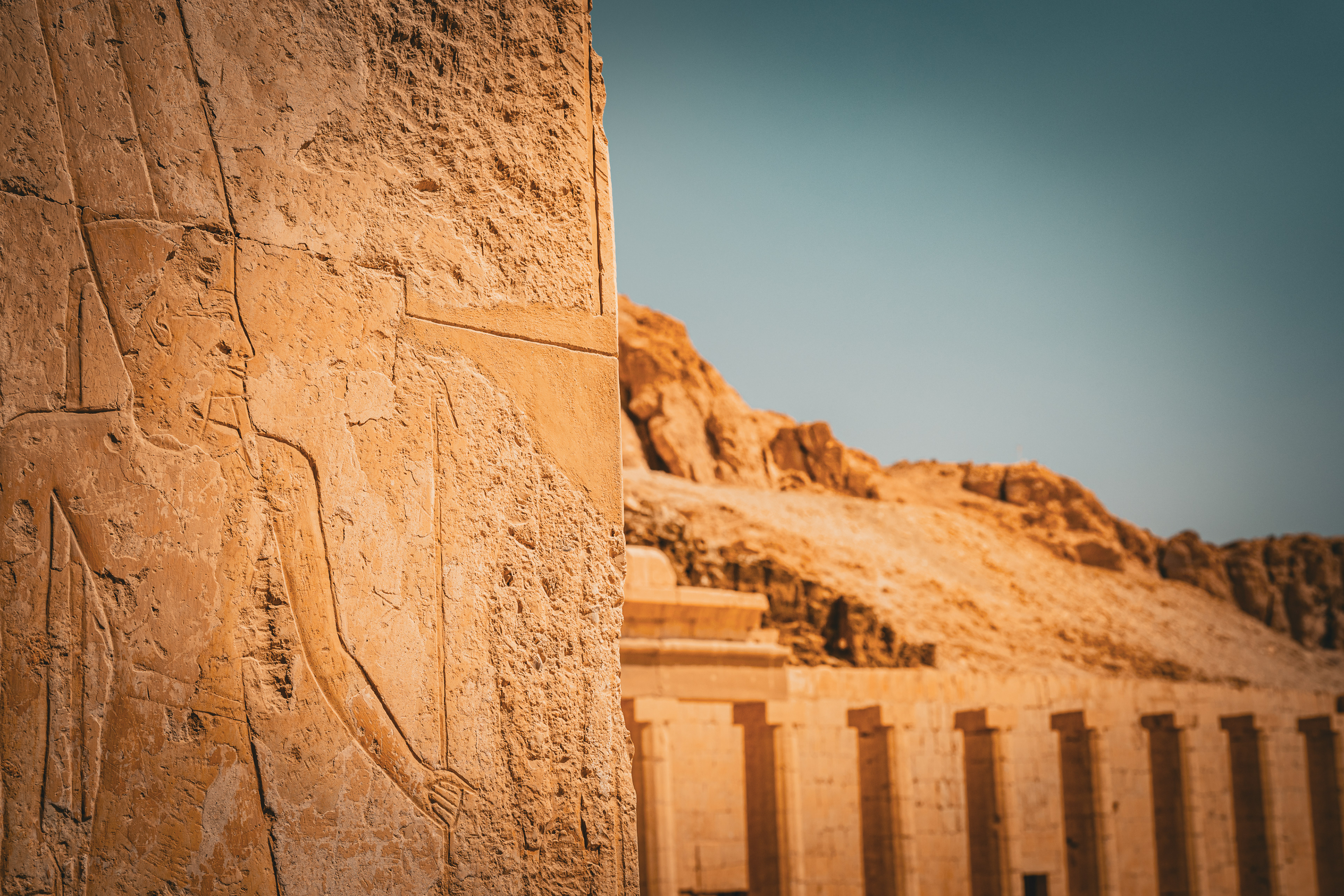
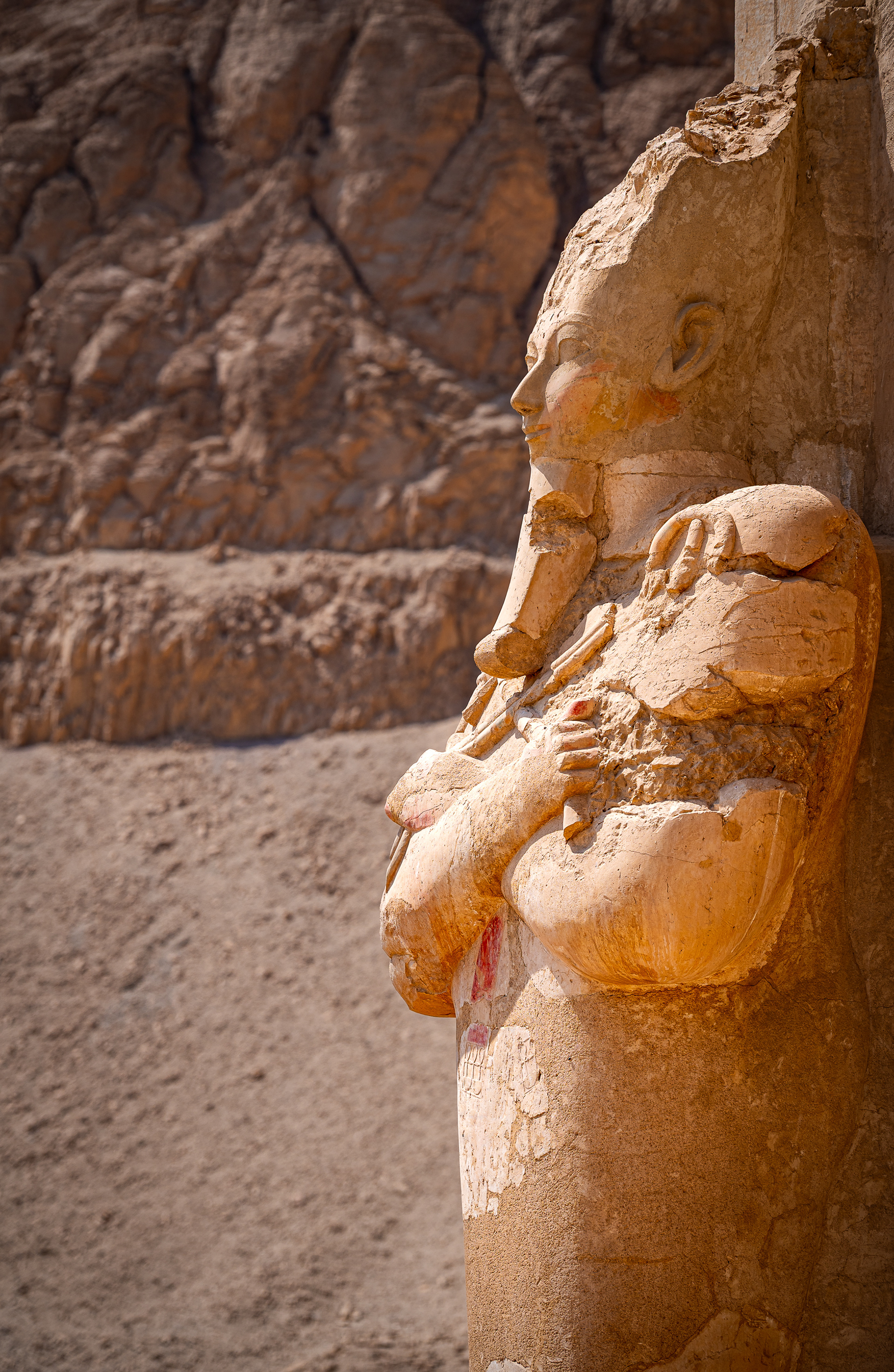
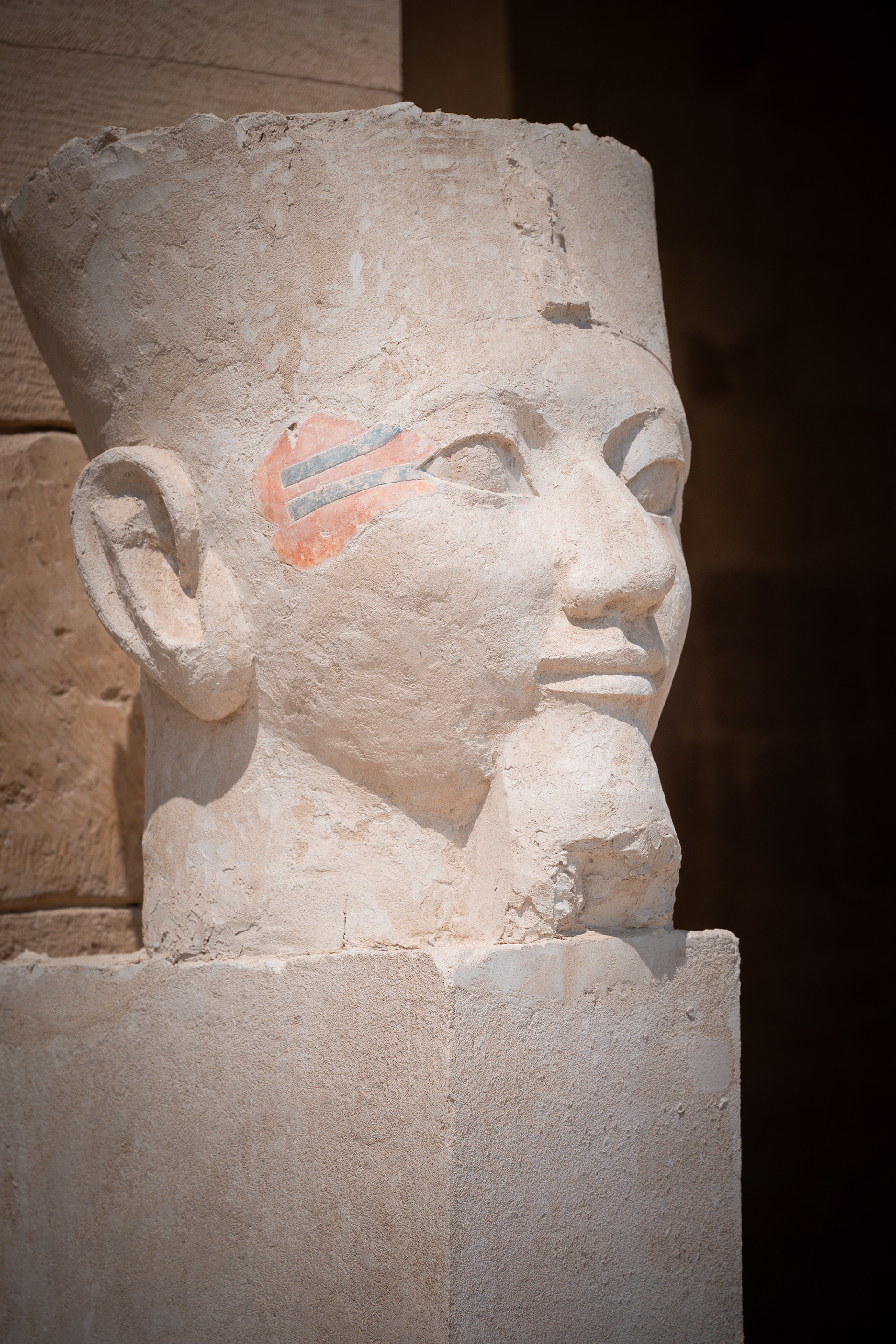
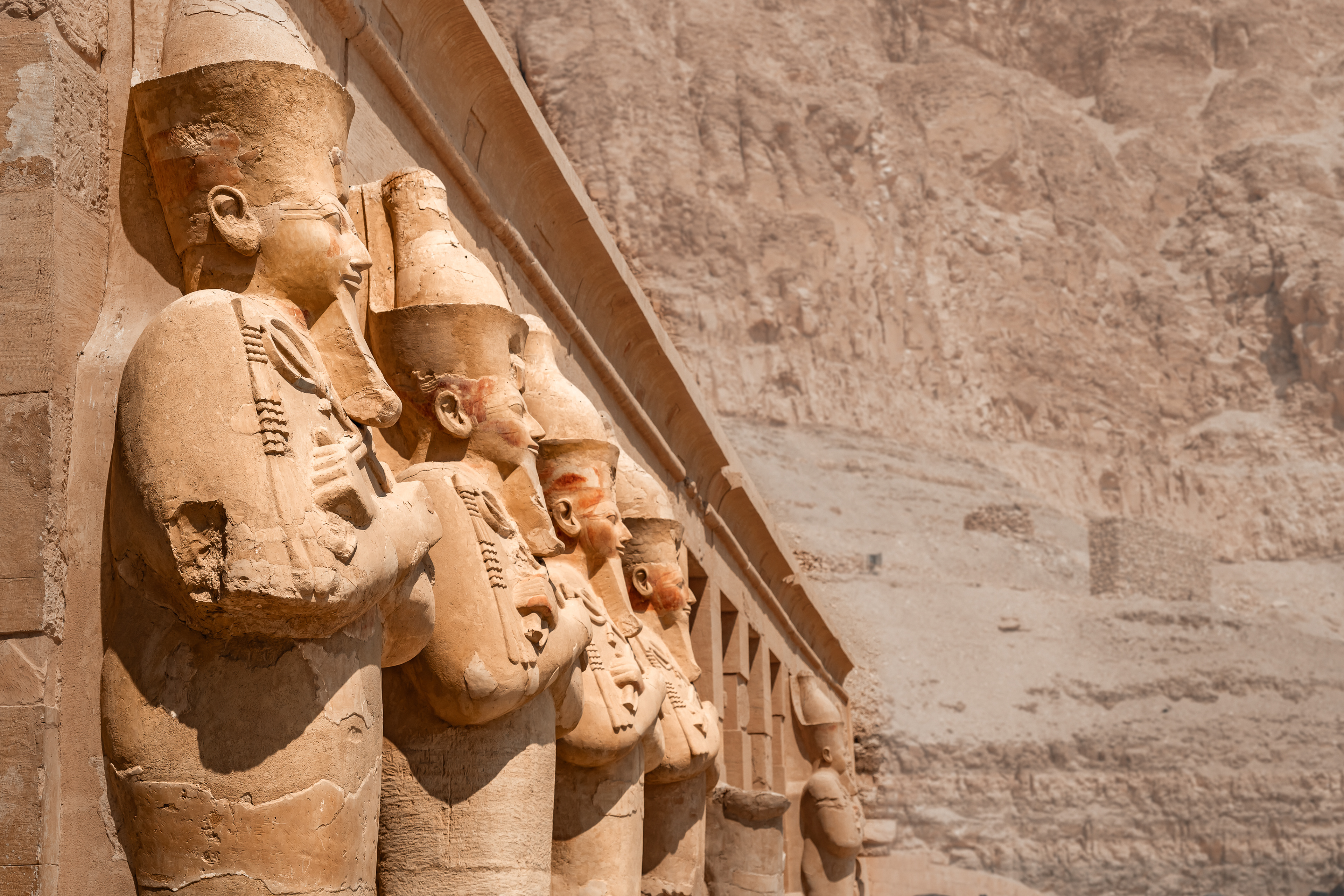
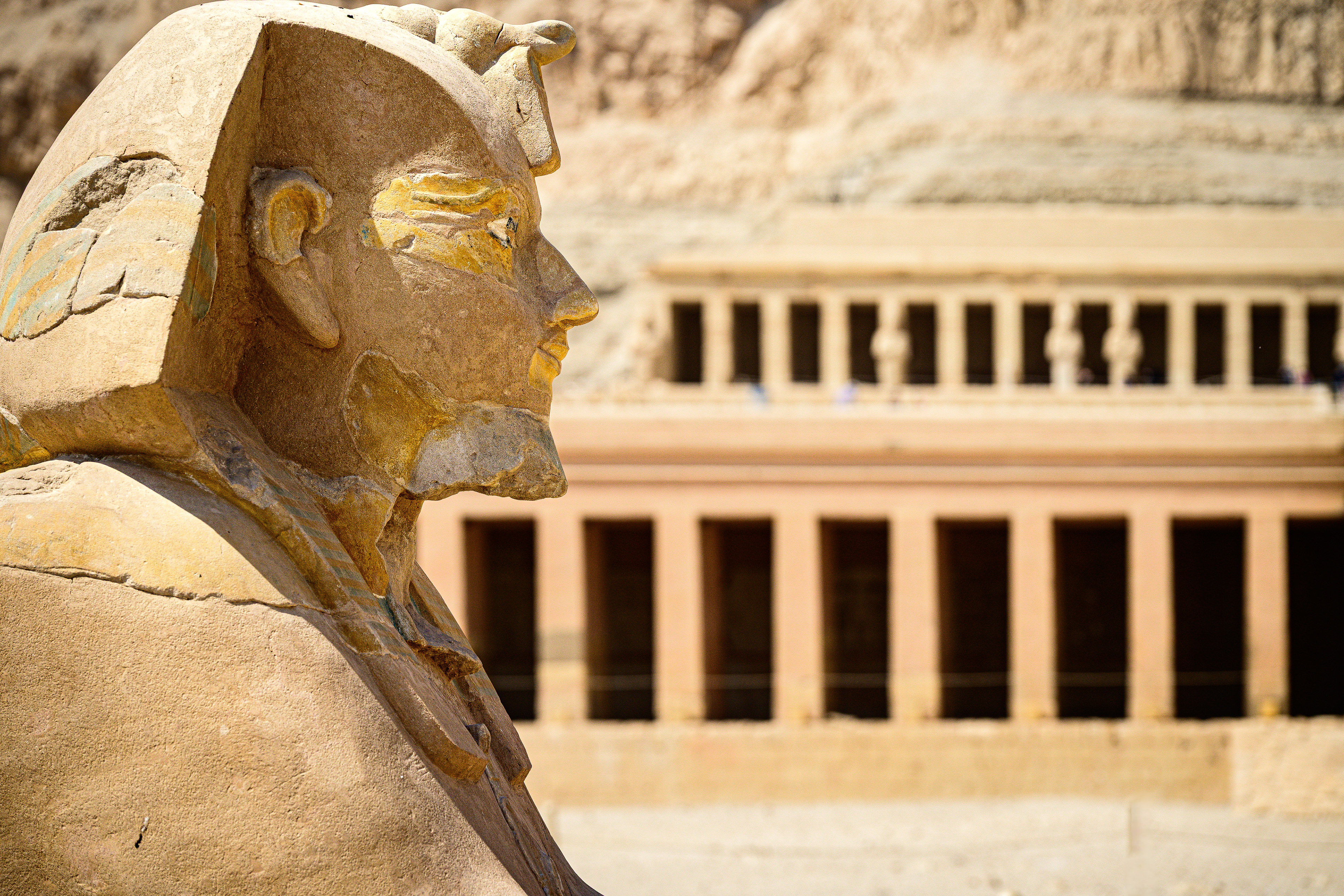
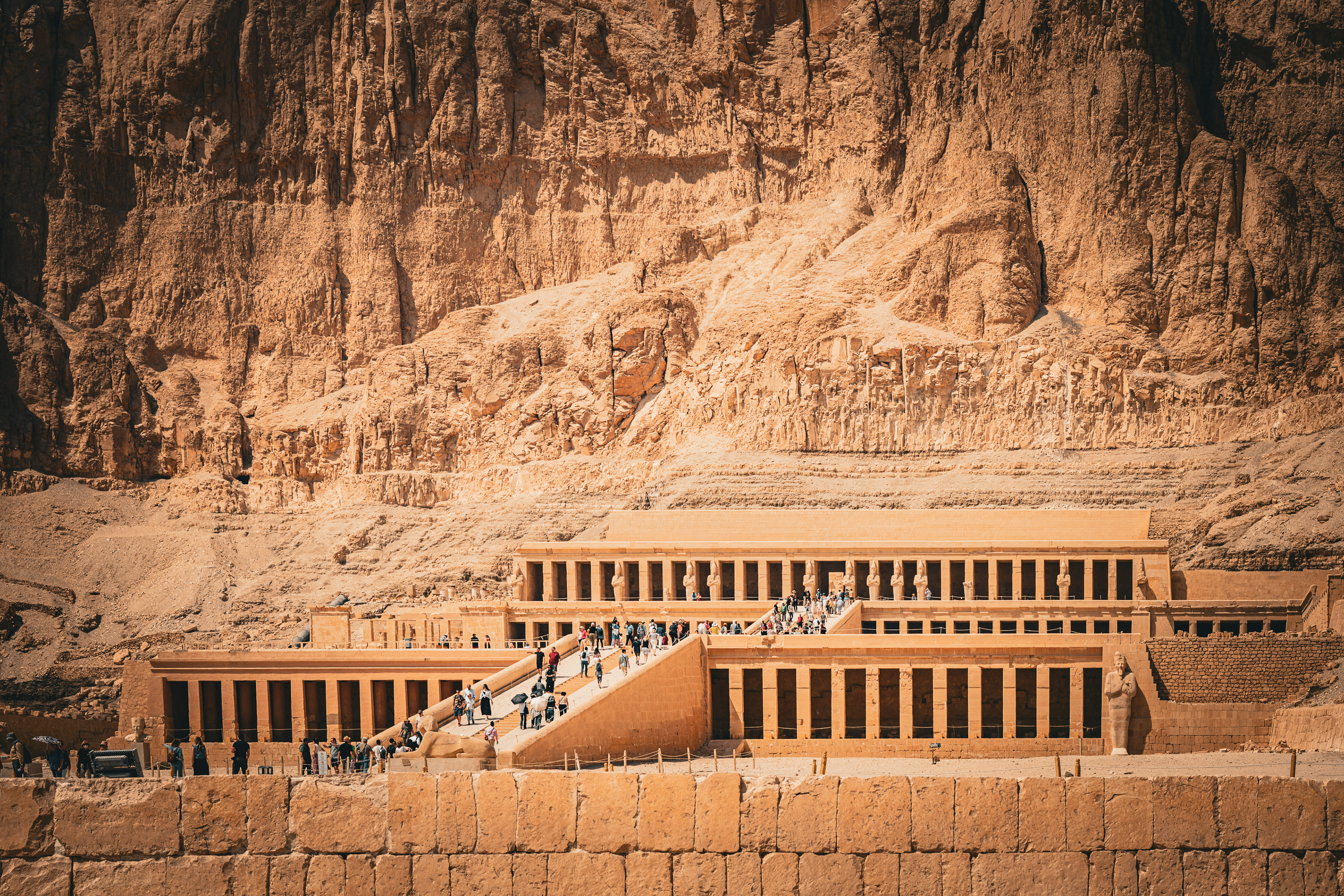
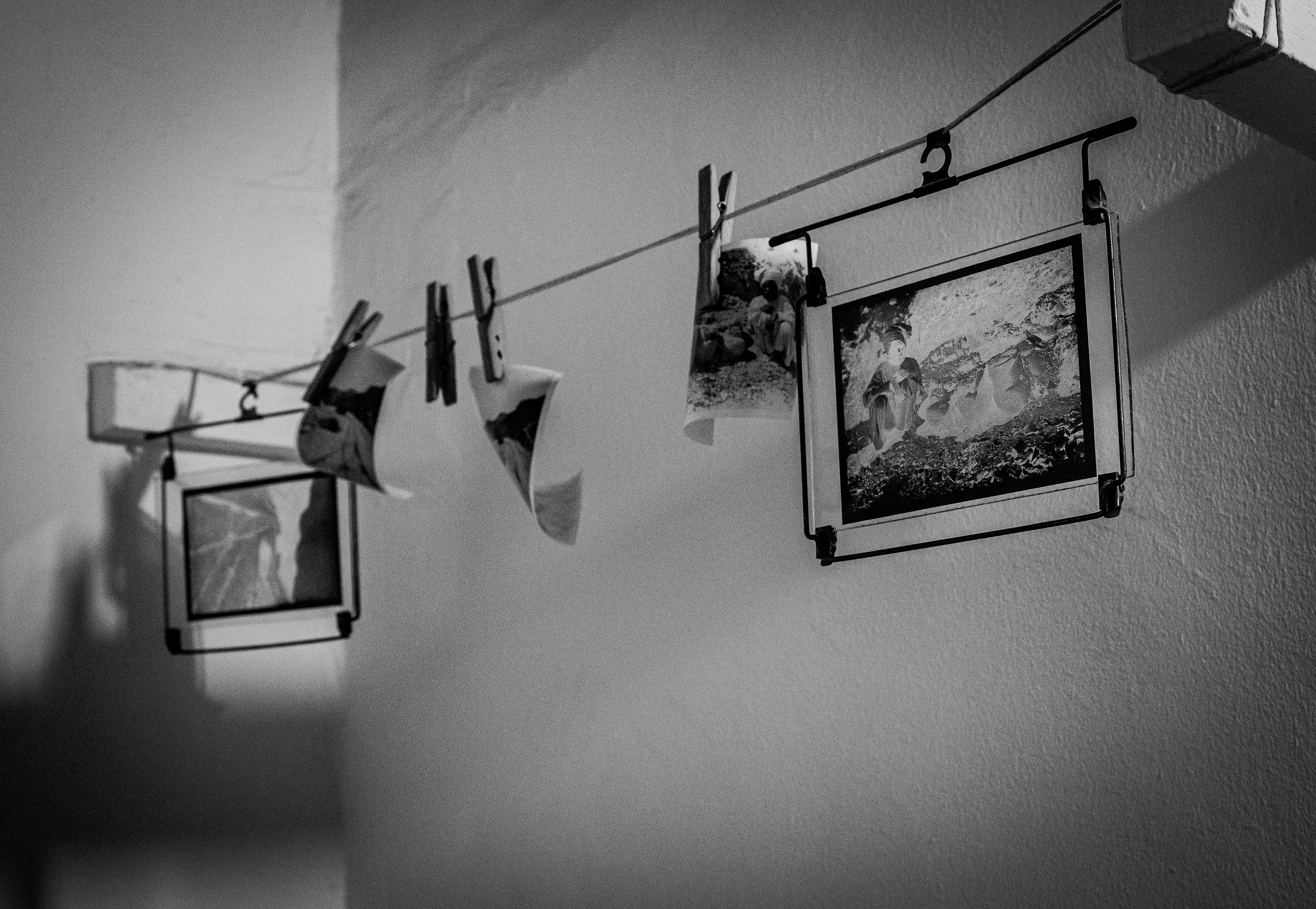
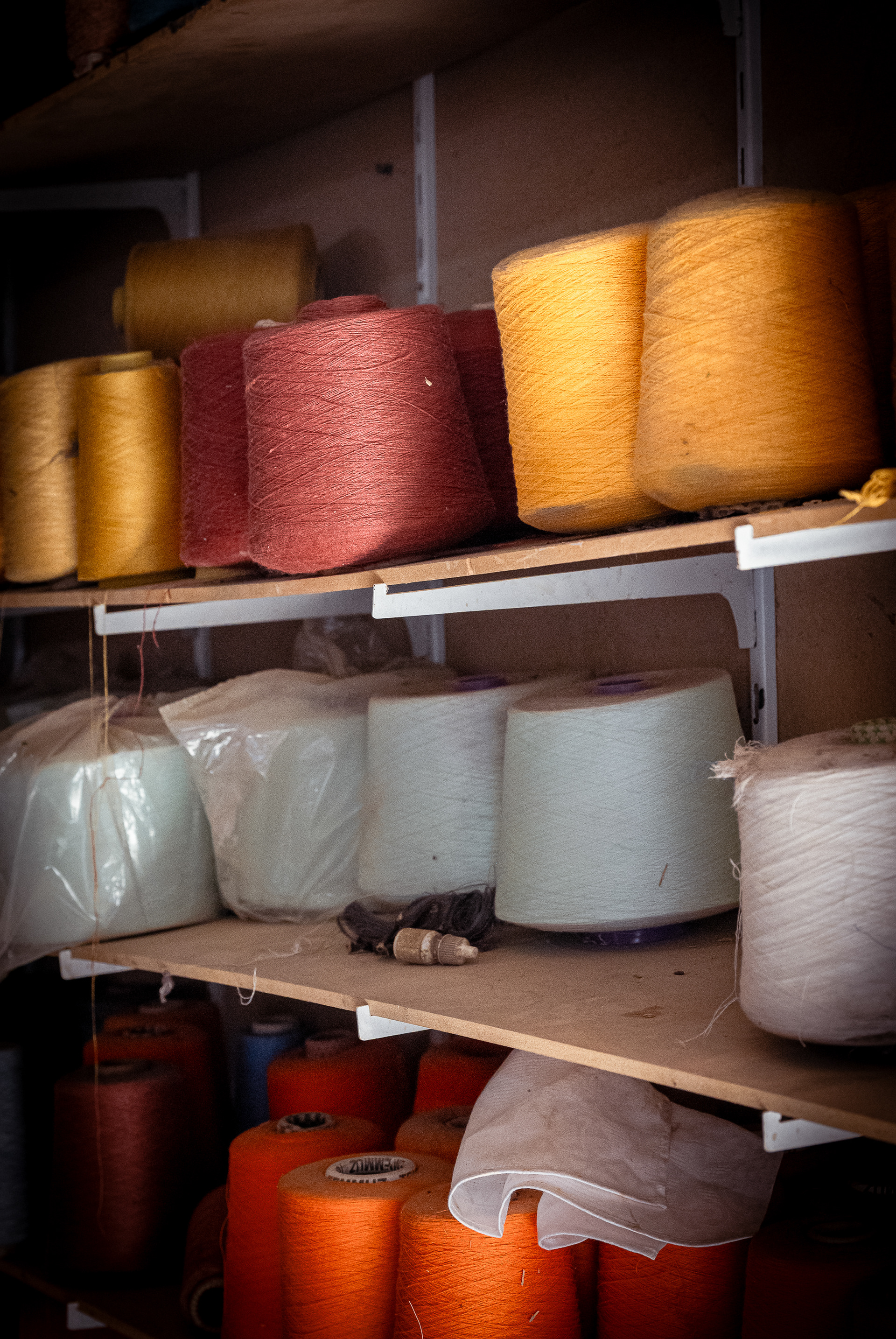
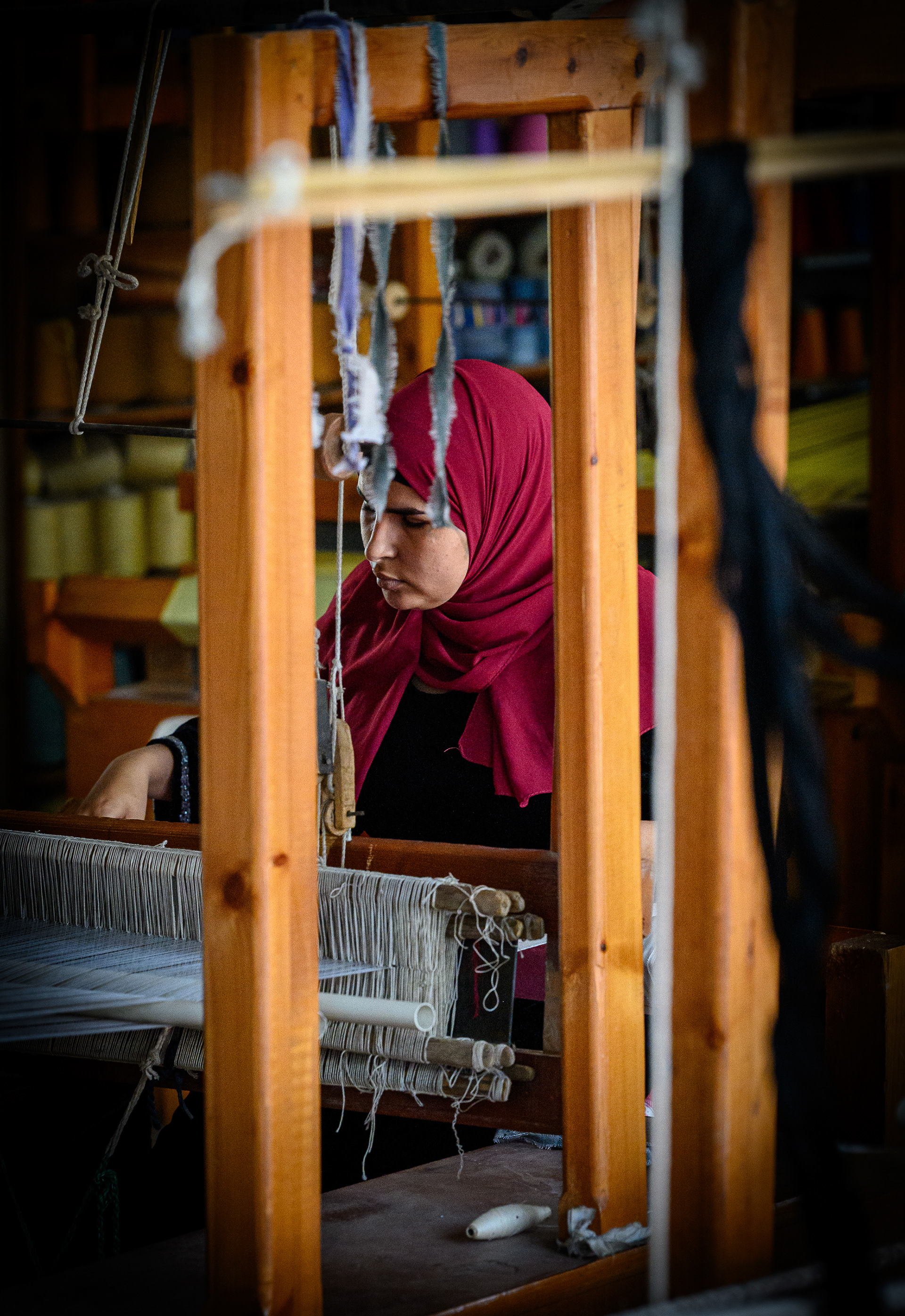

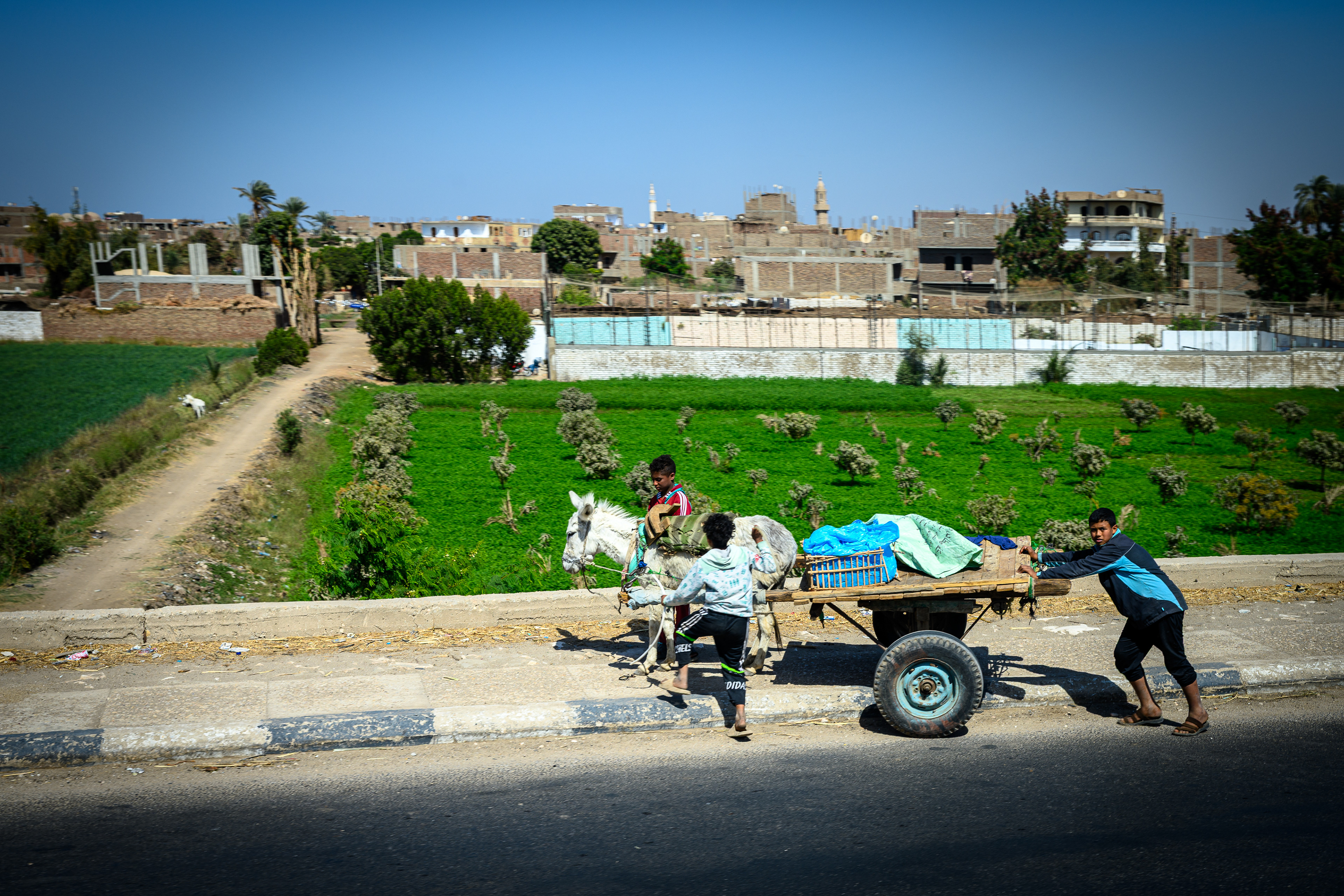
Day 5
Day 5 was spent on the east bank of the Nile at Luxor. We began early in the morning with a trip to Karnak temple, one of the largest temples in Egypt, and with a room, the hypostyle hall, which was reported to be the largest single room in the world, with a roof supported by over 130 column. Each column was so big that it took ten of us, with our arms stretched as wide as they would go, to surround the column.
The temple originally had an entrance formed from an avenue of sphinxes that went as far as Luxor temple, some miles away, which we would see later in the day.
The temple is actually a temple complex, with a number of temples, which were built over many centuries, and were added to by countless Pharaohs. Although Tutenkarmun did not reign for very long, there was a statue of him in the centre of the temple. The temple also had a very large sacred lake which was full of water from the Nile. Originally, the Nile passed right by one of the entrances of the temple, although it is now some miles away.
By the time we finished our trip to the temple, the crowds were streaming in and we were glad that we had had a – relatively - early start.
After the temple, we stopped at an essential oil and perfumery. Some of the essential oils were claimed to cure just about any ailment you could imagine, and the perfumes were meant to be an exact replica of many famous perfumes. However, most of them smelt like they should be used to clean at a toilet, and therefore we did not buy any.
We then made a short trip round the Luxor museum, before returning to the boat for lunch.
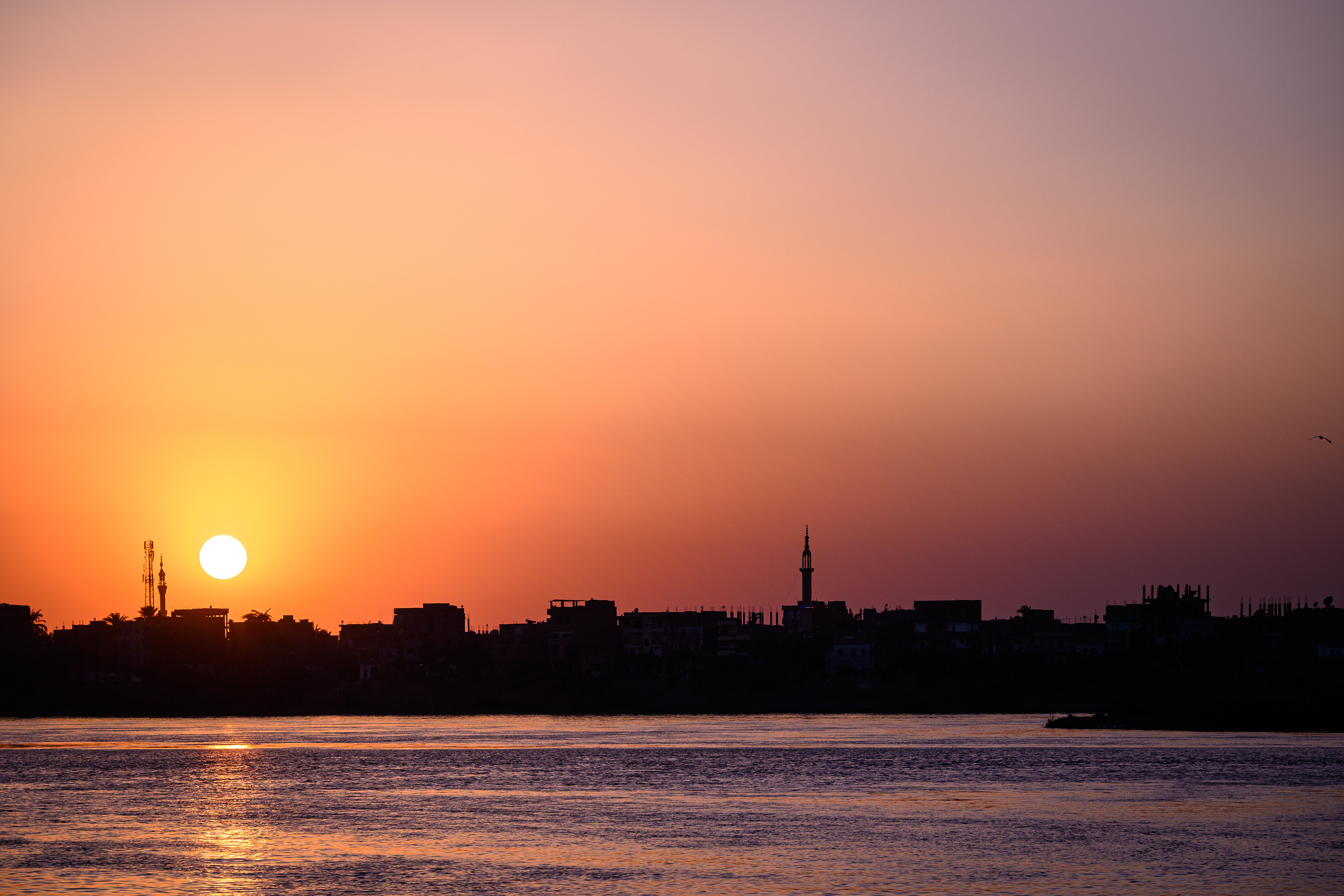
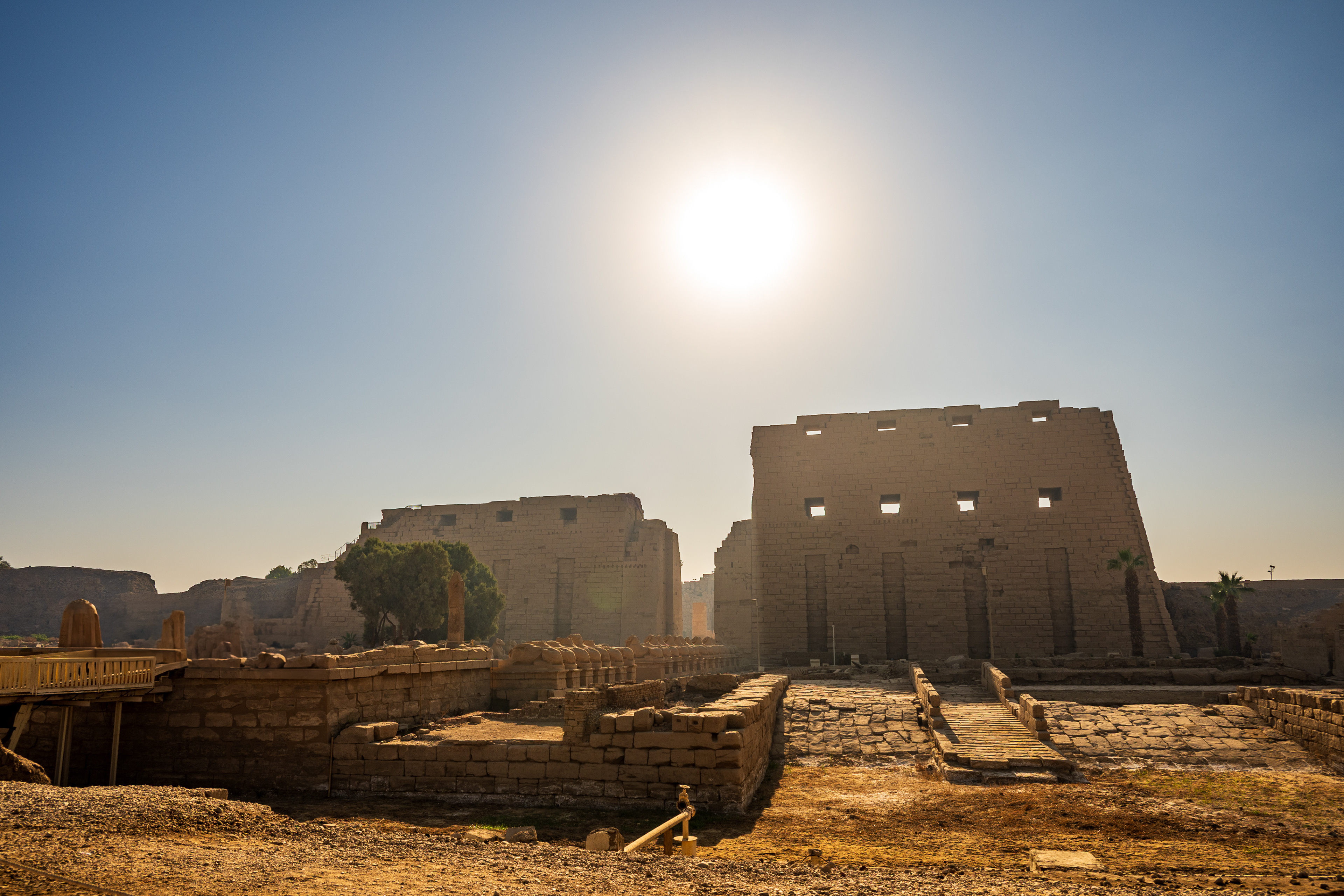
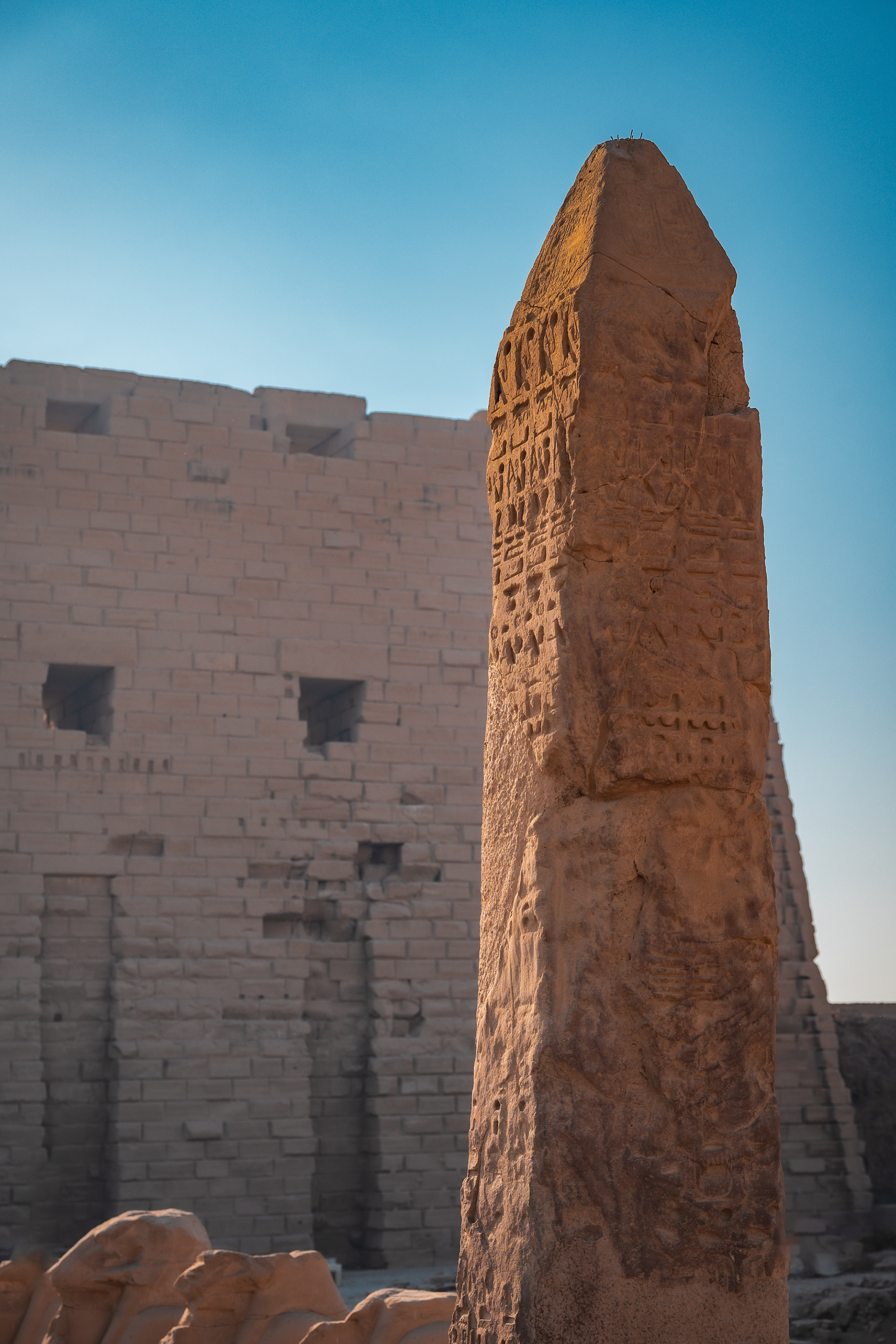
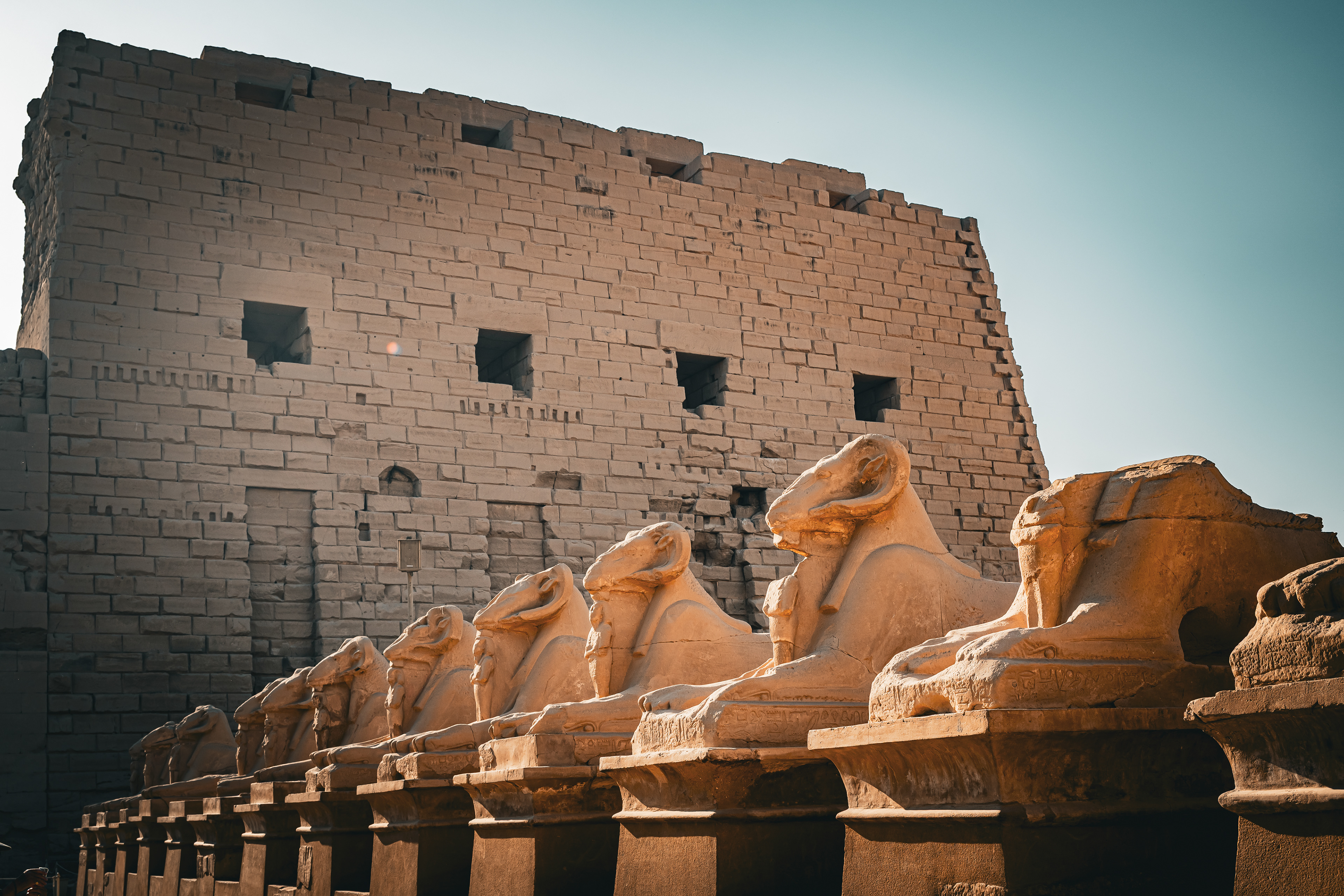
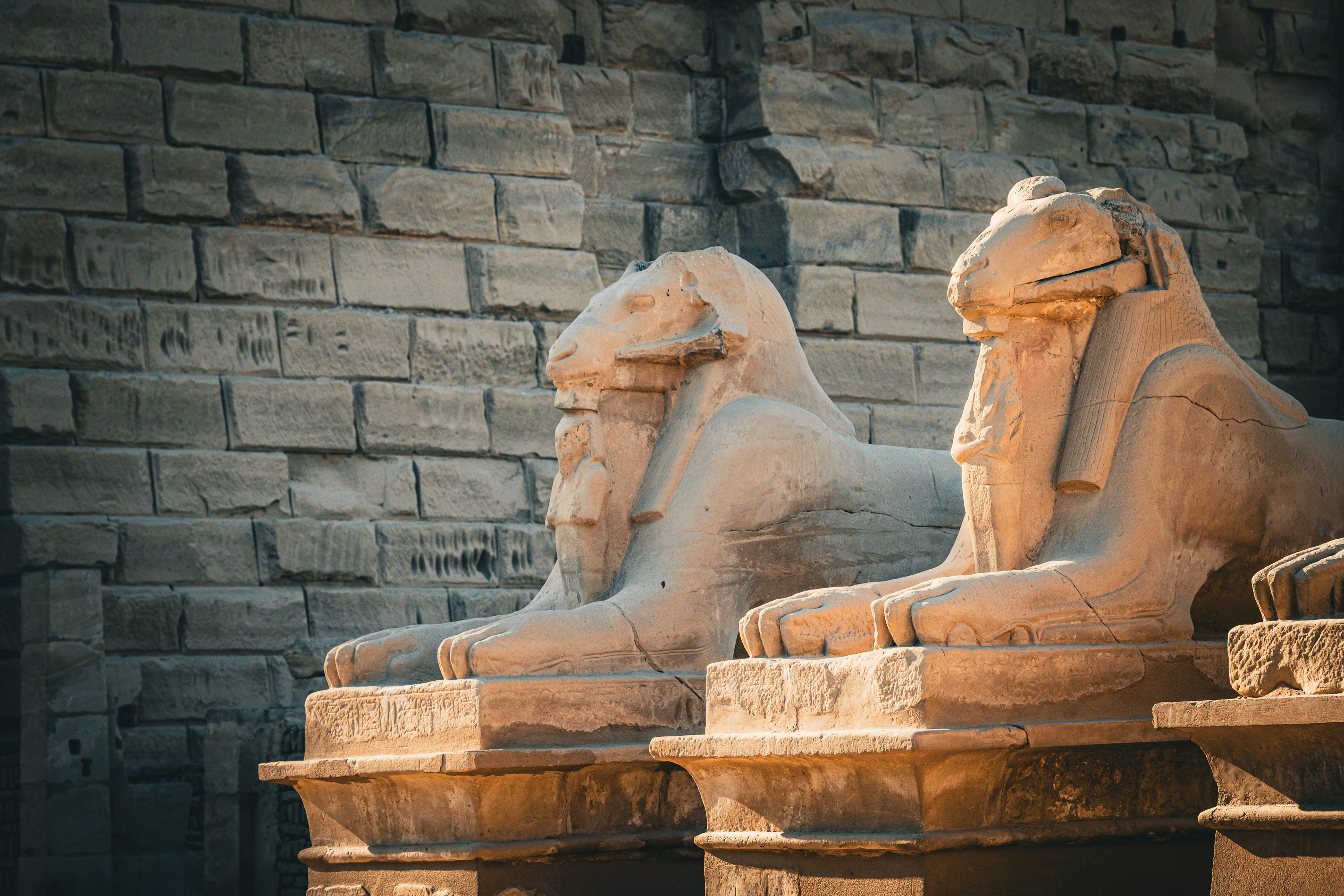
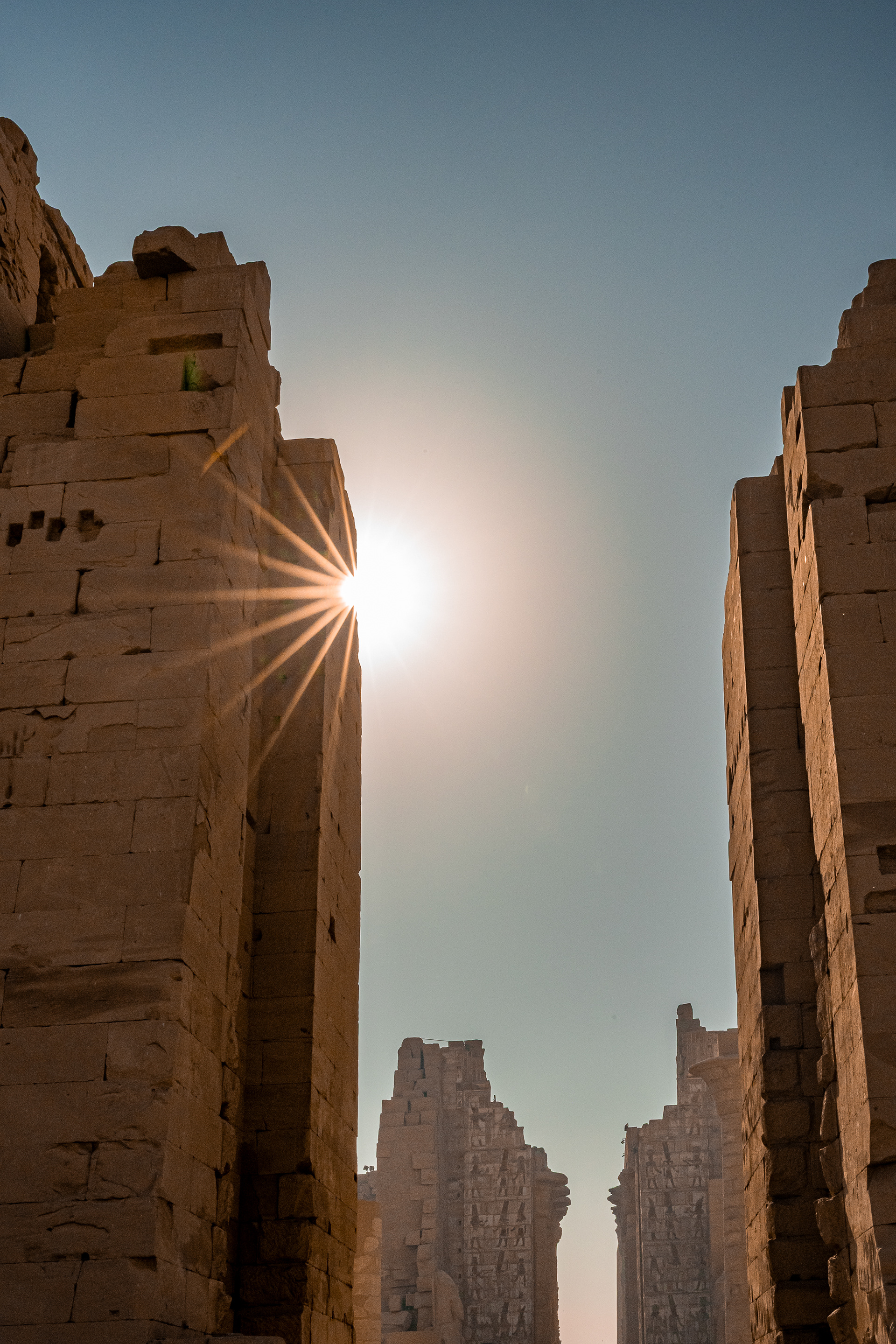
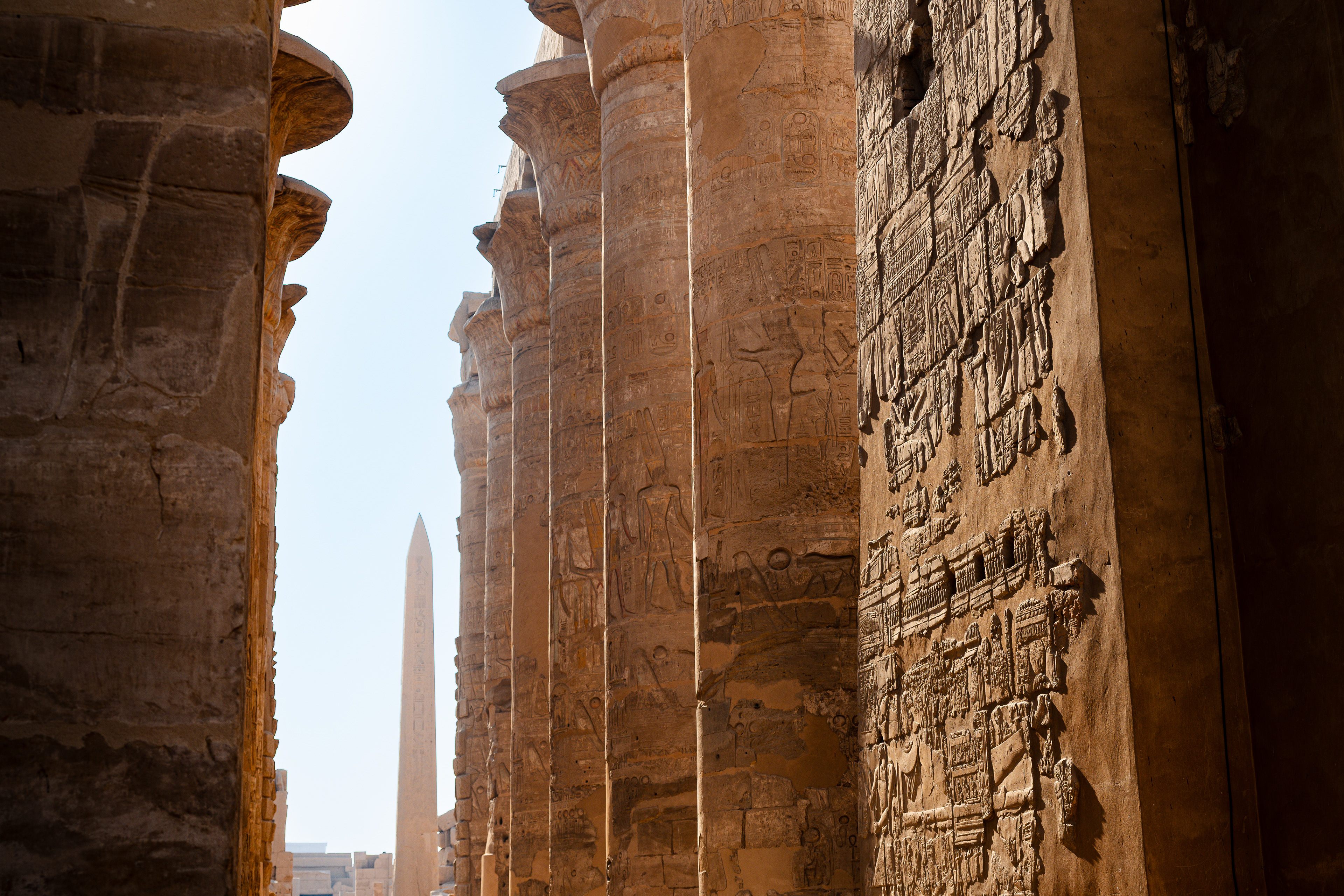
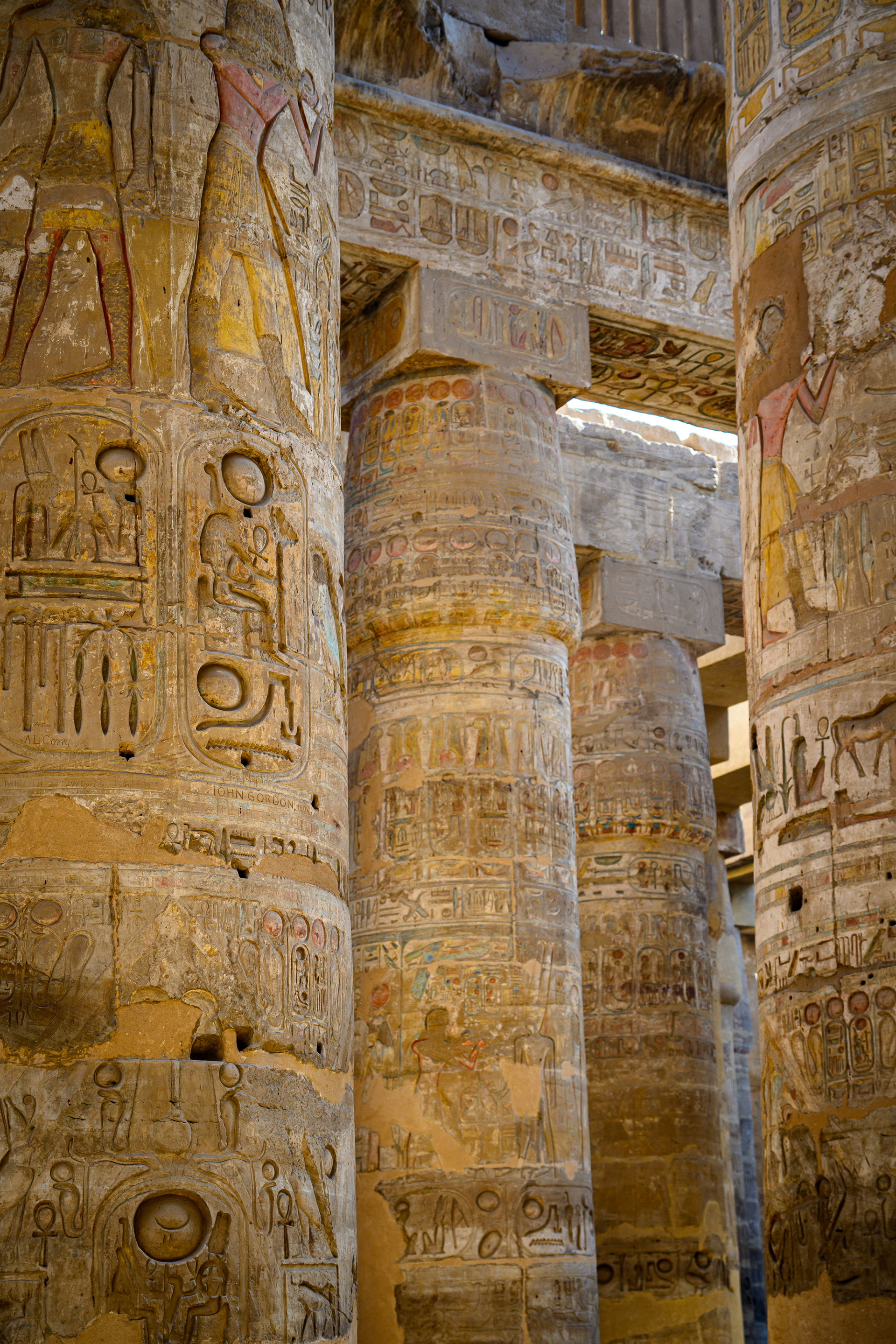
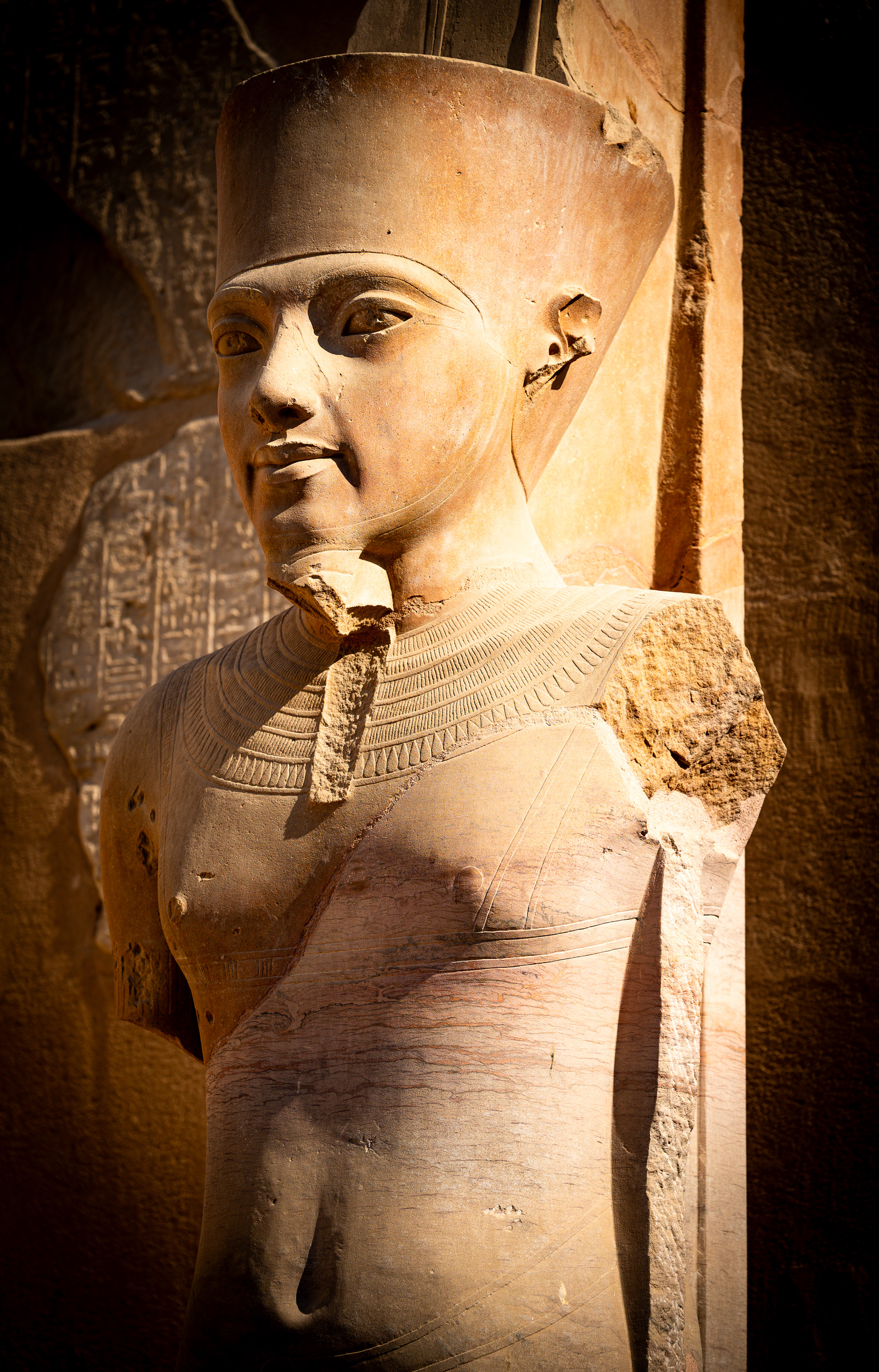
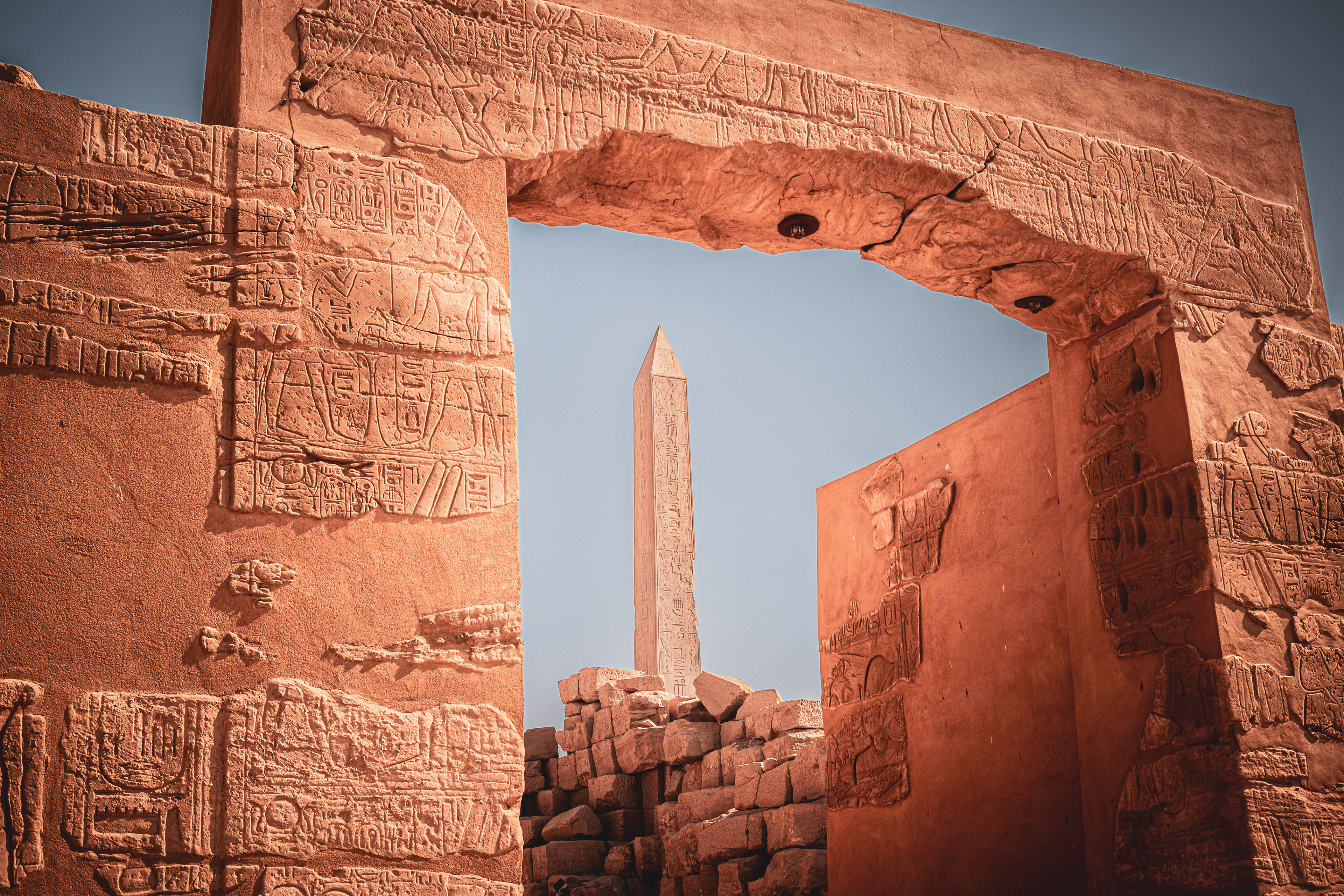

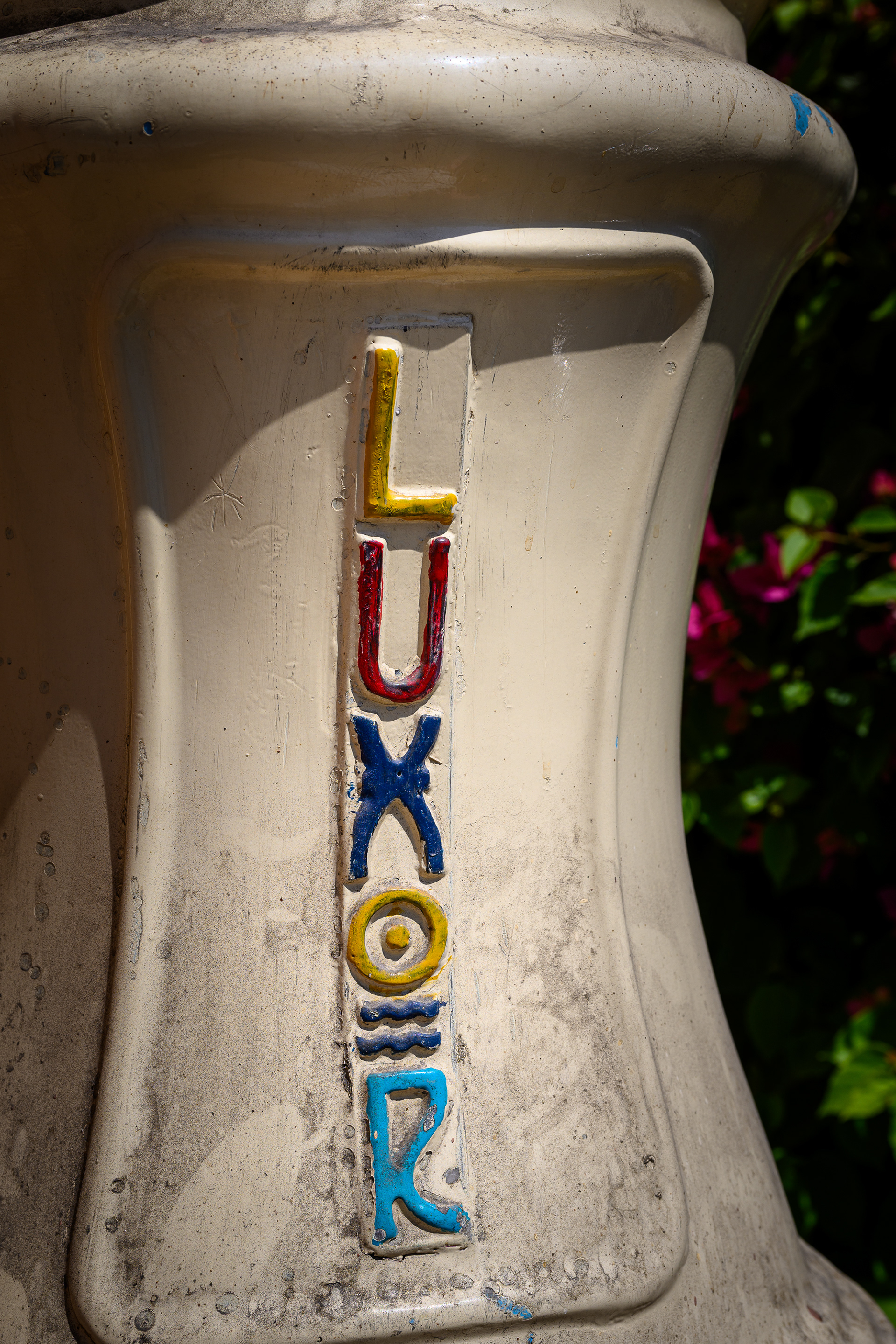
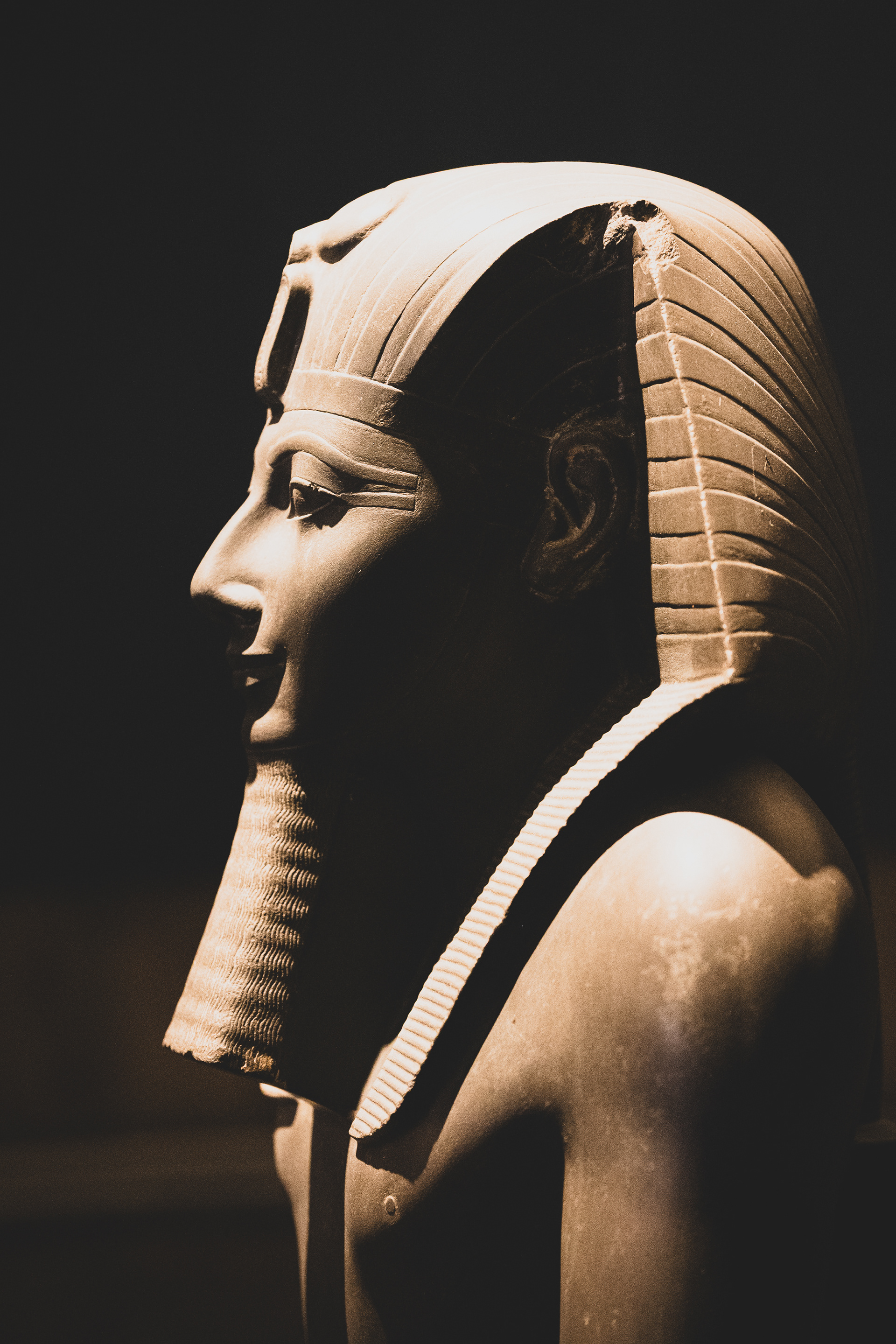
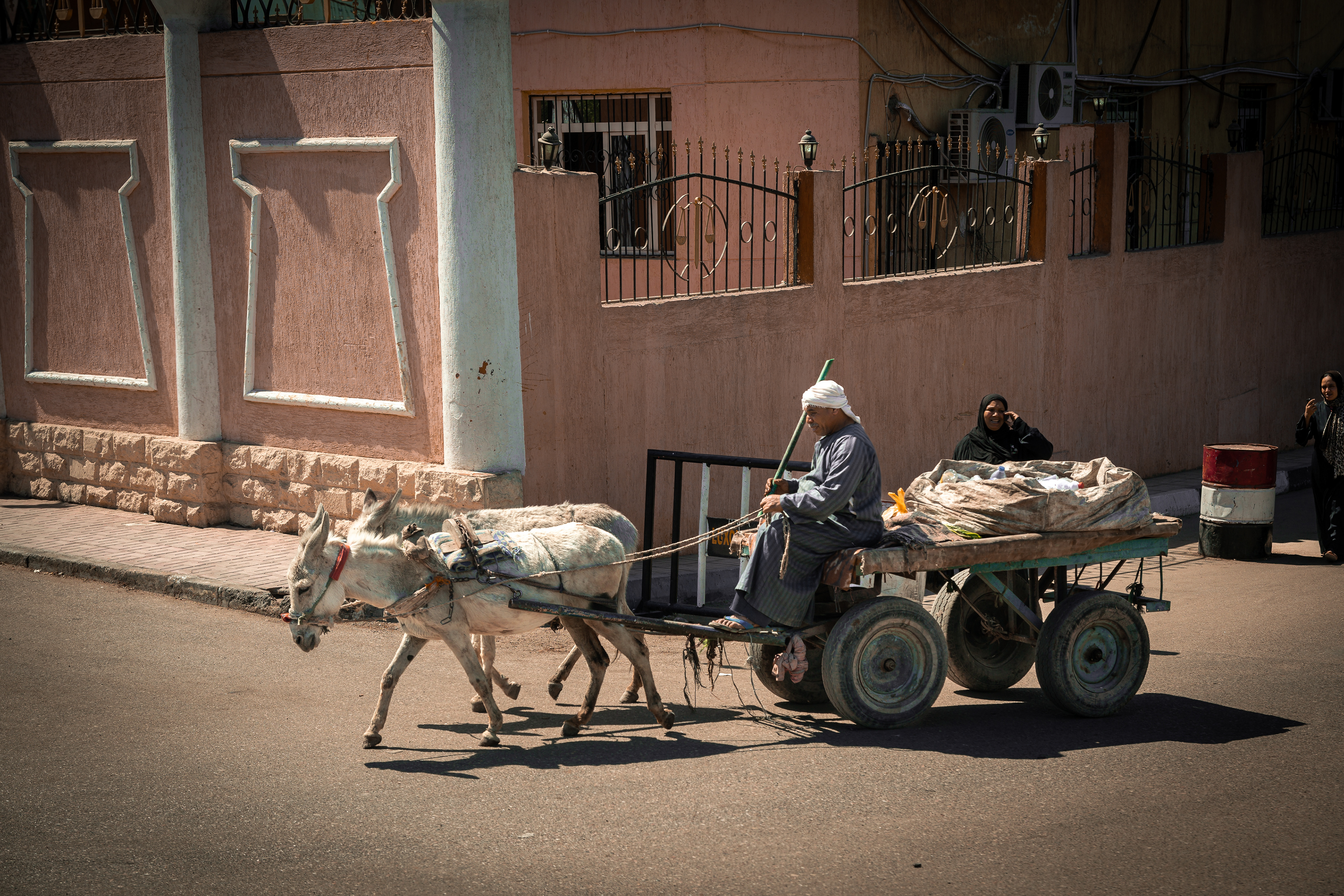
In the afternoon, we went to the other temple in the area, Luxor temple. This included the other end of the avenue of the sphinxes that we had seen in the morning, and was a much smaller temple than that at Karnak. The intention had been to see the temple as the sun set. Whilst we were there when the sun went down, we were inside the temple, and therefore were not able to see the setting sun. However, before we left, the temple began to be lit up. As we drove away, the temple looked splendid as dusk descended and the lights began to shine brighter on the columns. However, as has been the case a few times on this cruise, the majority seemed more interested in getting back to dinner rather than seeing the sights of Egypt.
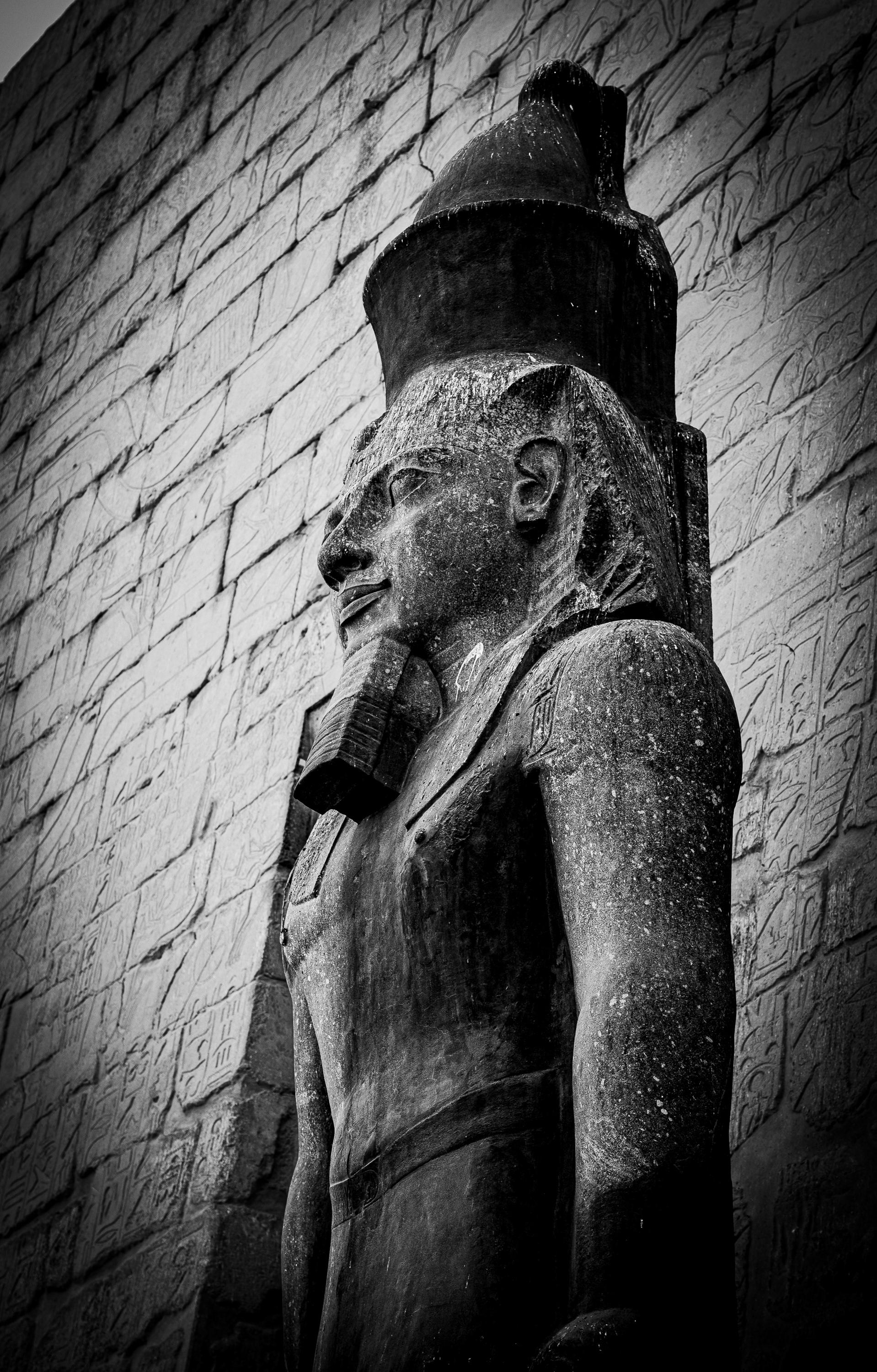
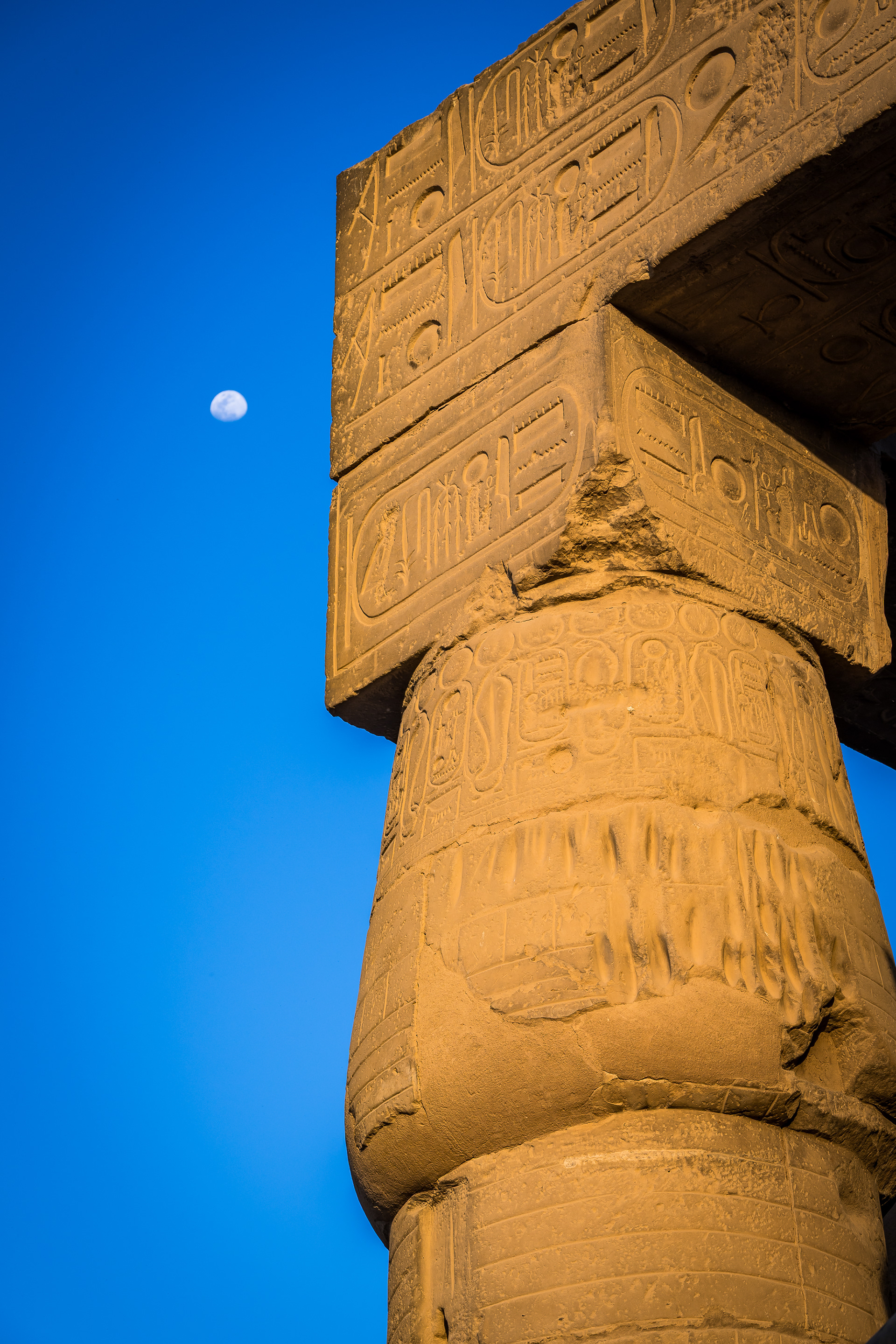
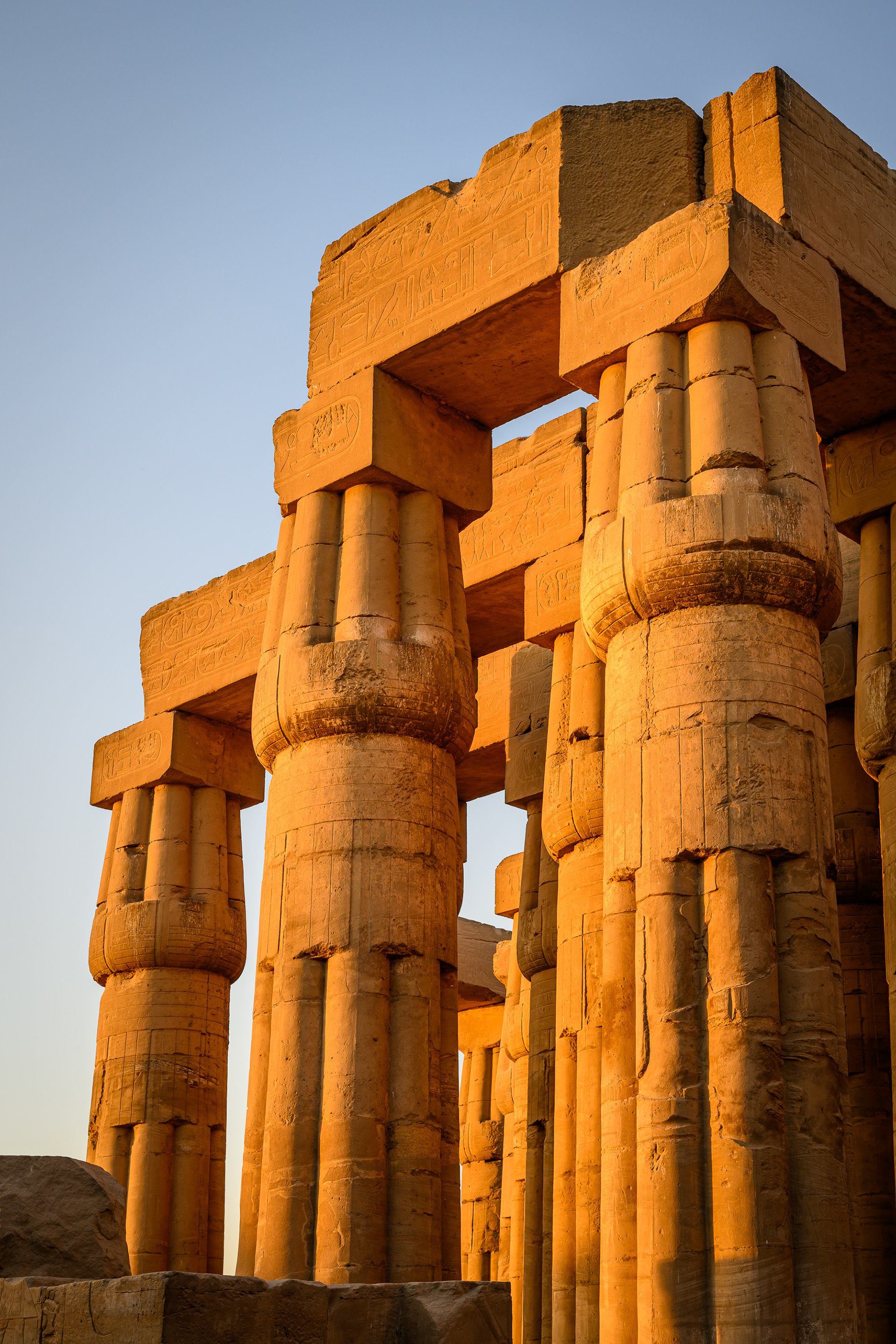
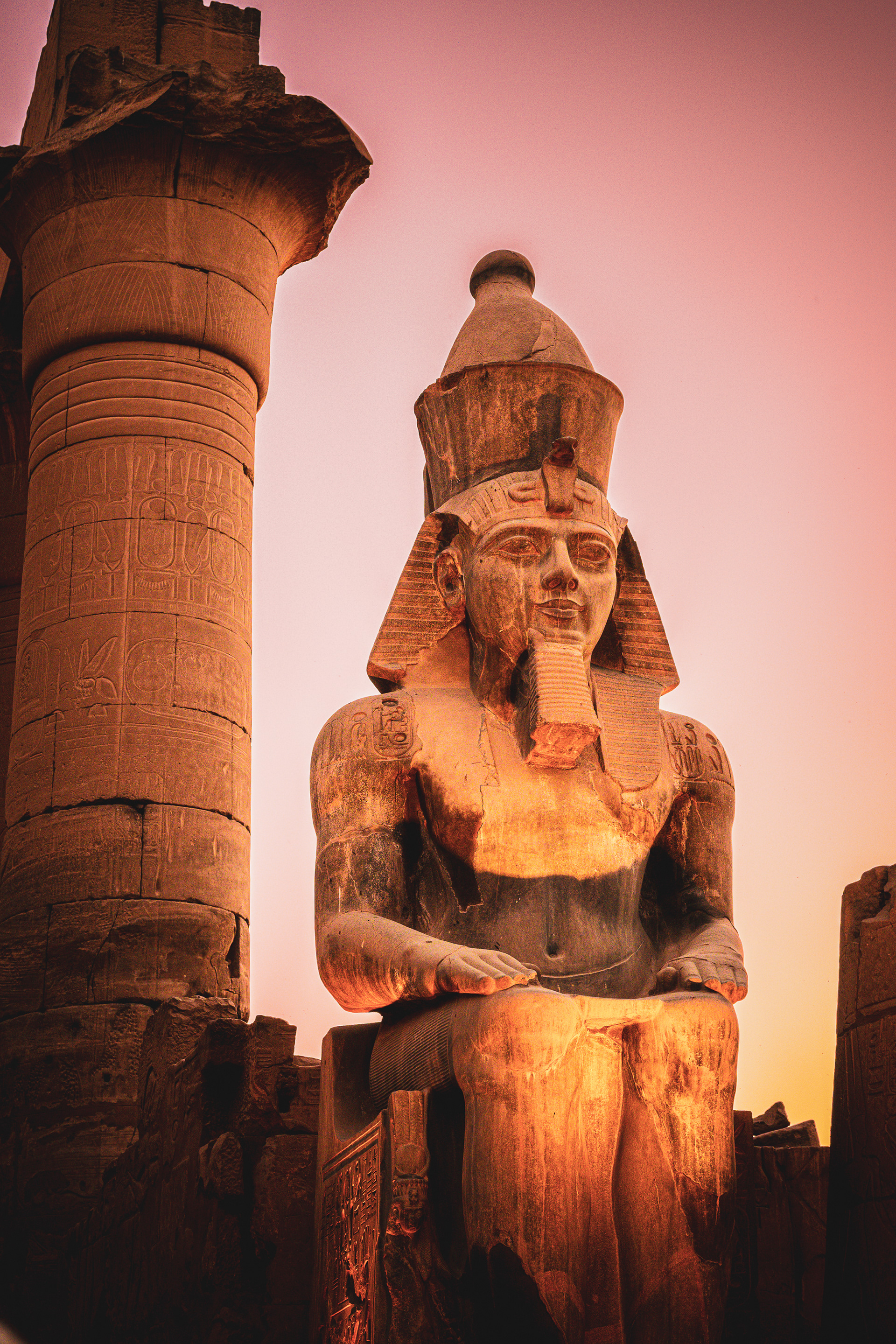
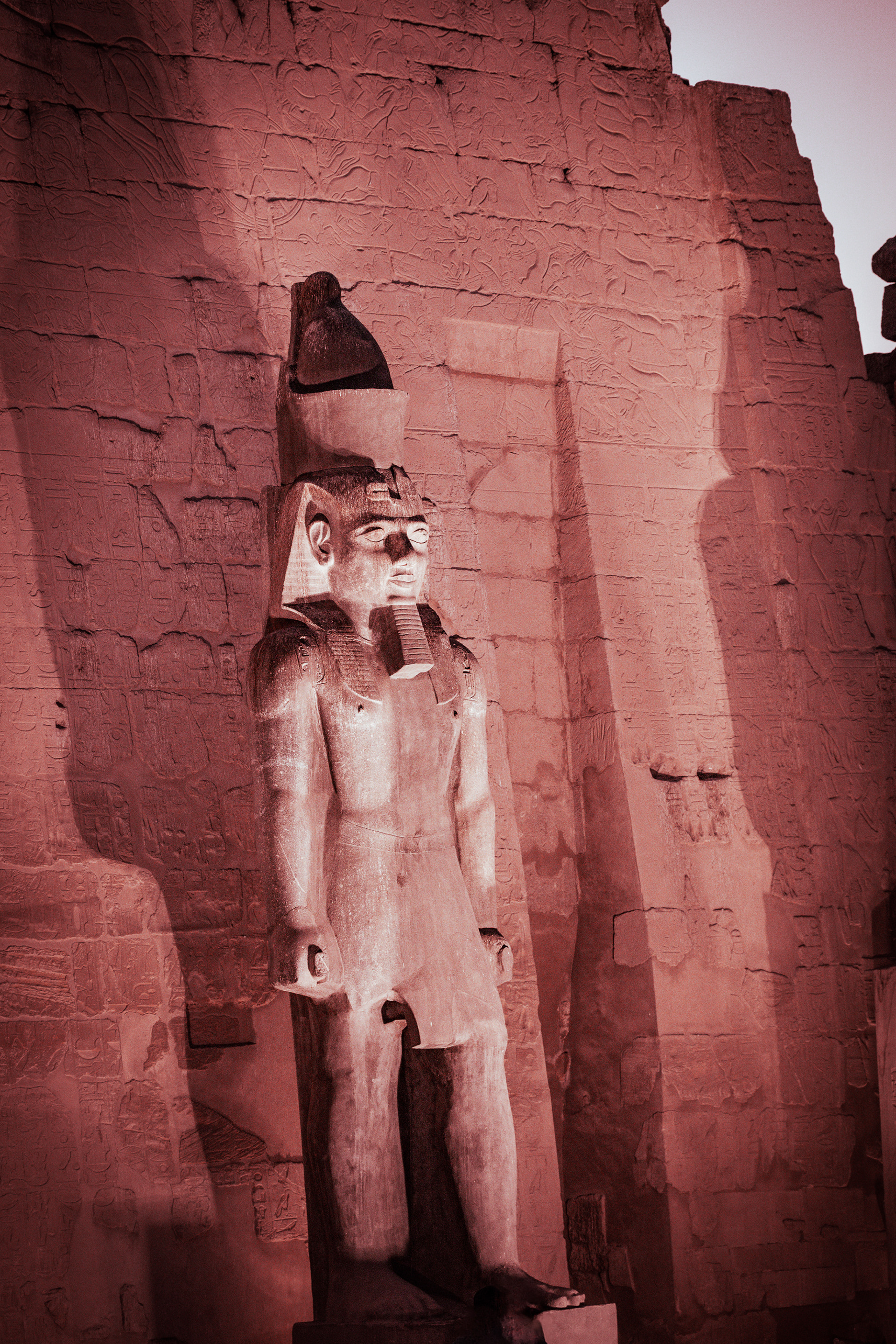
Day 6
Whilst we did not set sail immediately, before sunrise on day 6, we had made our journey towards Qena to visit the temple at Dendera. Although we were not due to leave until 9 AM - apparently starting earlier was too much for many people- I did get up in time to see at the sun rise. There was no one else around on the ship, and so I had the whole sun deck to myself, other than the front of house manager who came to advise me not to stand too near the edge in case we hit a wave and it threw me over, something which seemed a little unlikely as there were no other boats around and the Nile had a mirror finish until the wind started getting up at around 7 AM.
Dendera temple is a relatively modern temple, dating from around the time of Cleopatra and slightly later. The temple starts with a hypostyle hall, which whilst much smaller than the hall at Karnak, having only 36 pillars, this actually still has its roof, and a lot of very colourful engravings, including on the ceiling. We had a reasonable amount of time to explore the temple, before returning to the boat for a long sale to the destination for tomorrow. Whilst on the boat, as well as the obligatory lunch, afternoon tea and dinner, a BBQ on the sun deck, we had a lecture on hieroglyphs.
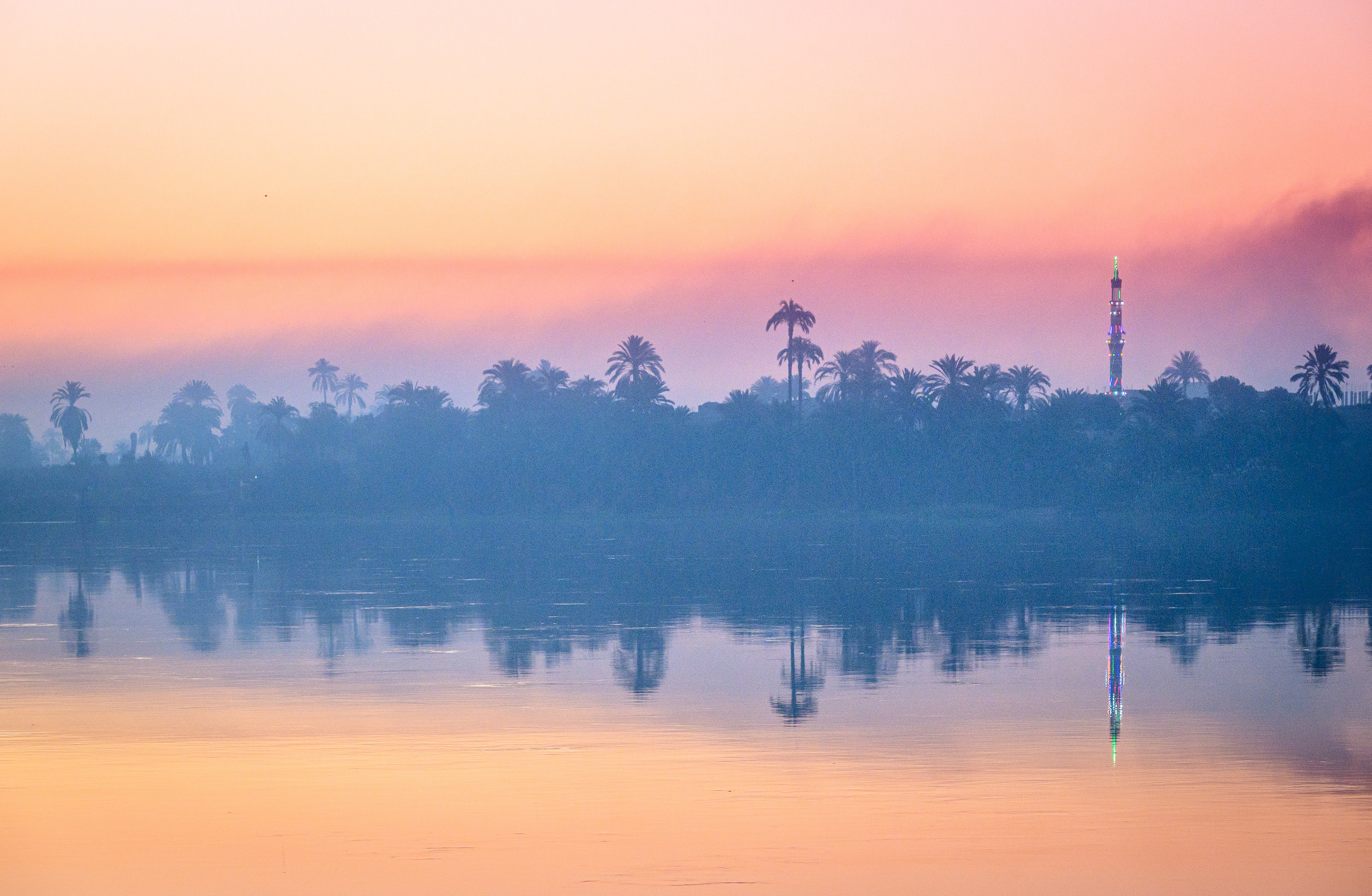
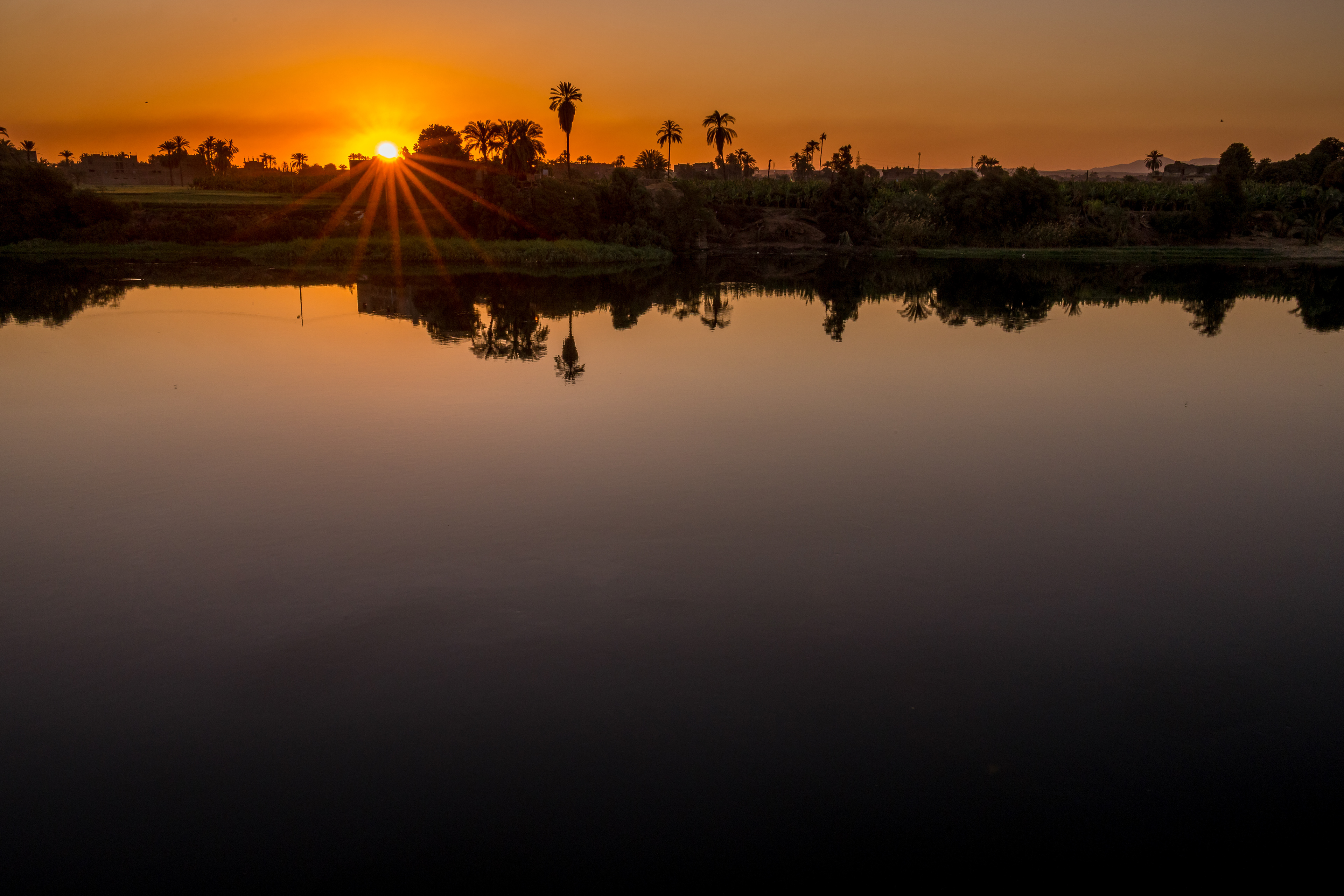
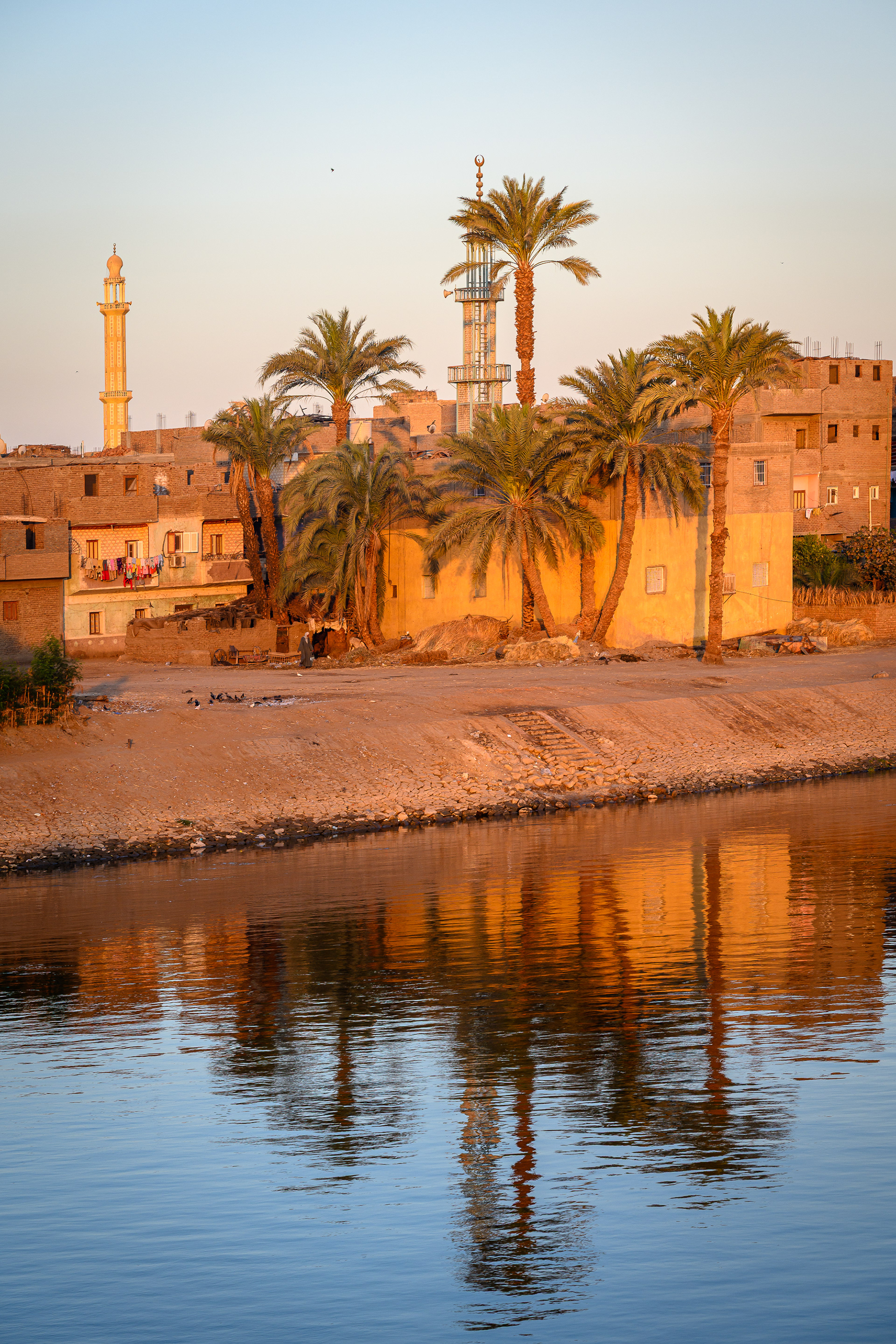
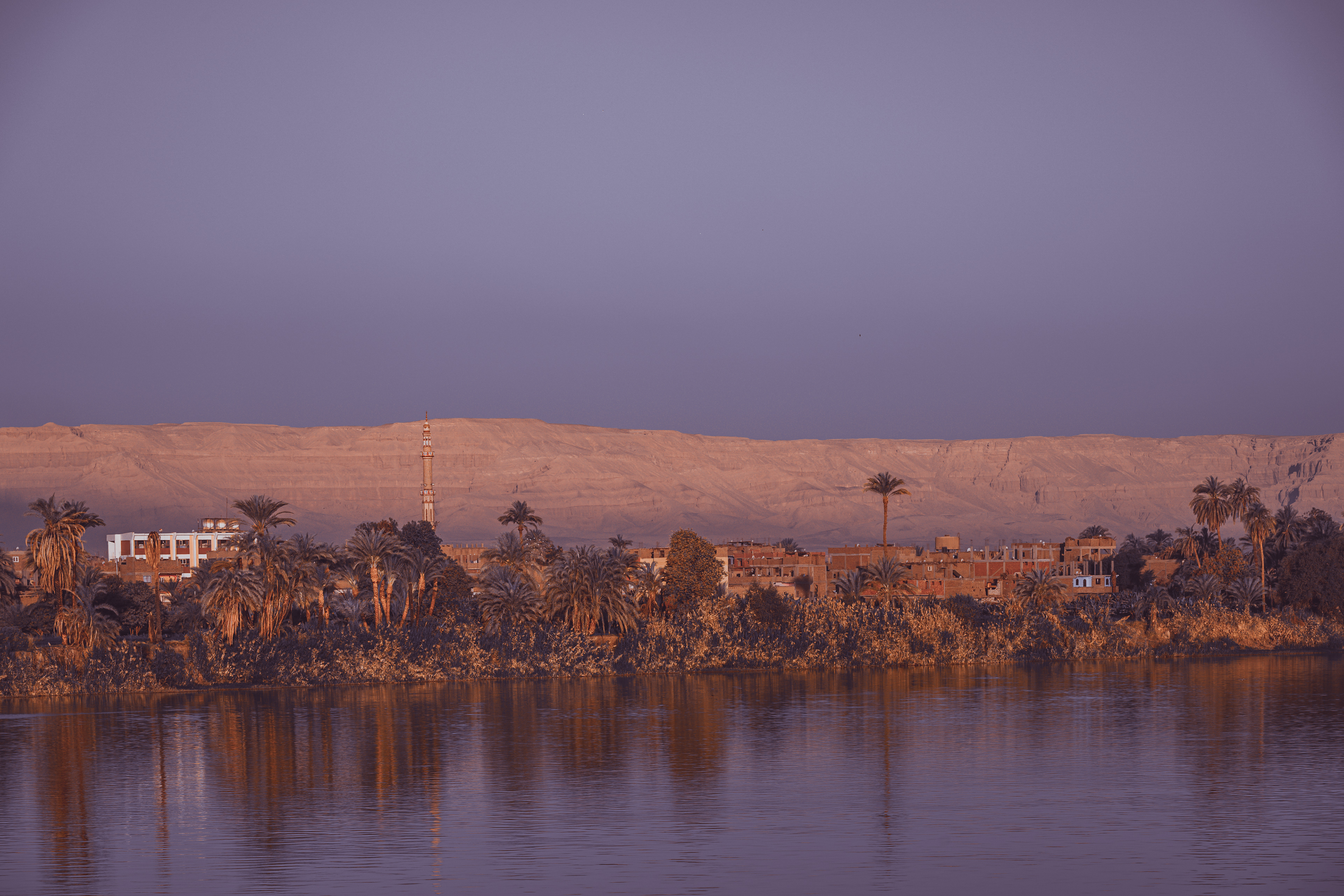
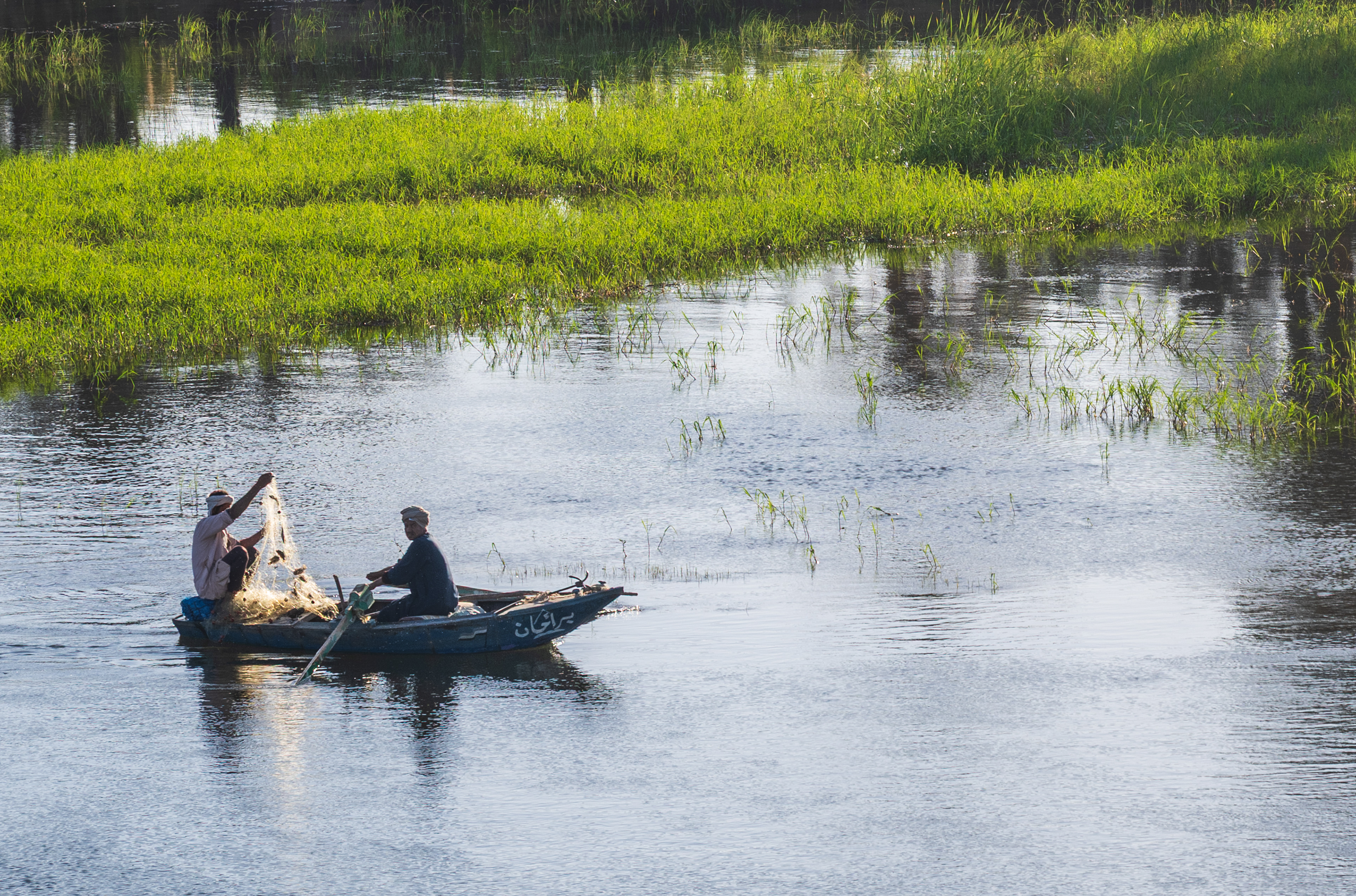
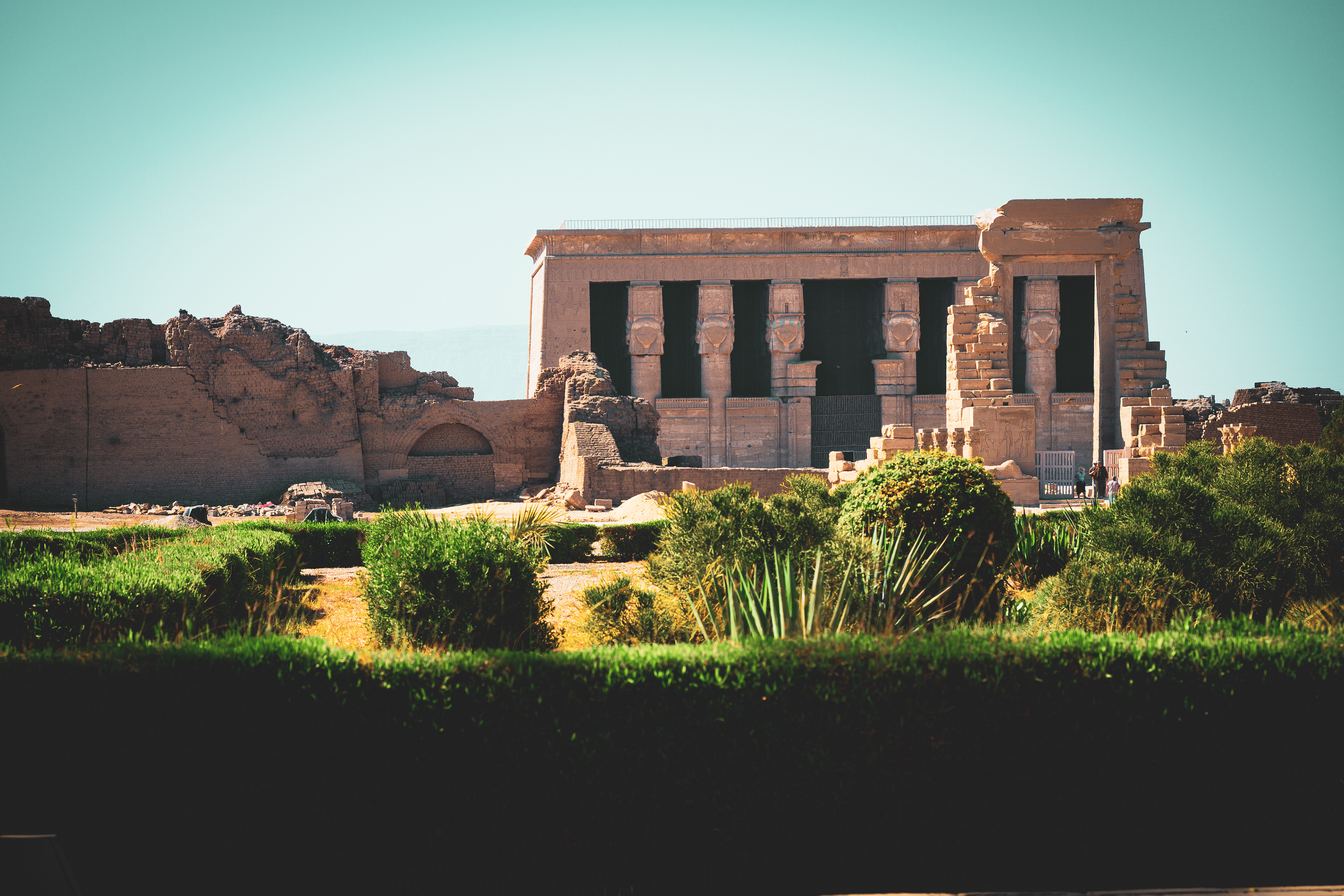
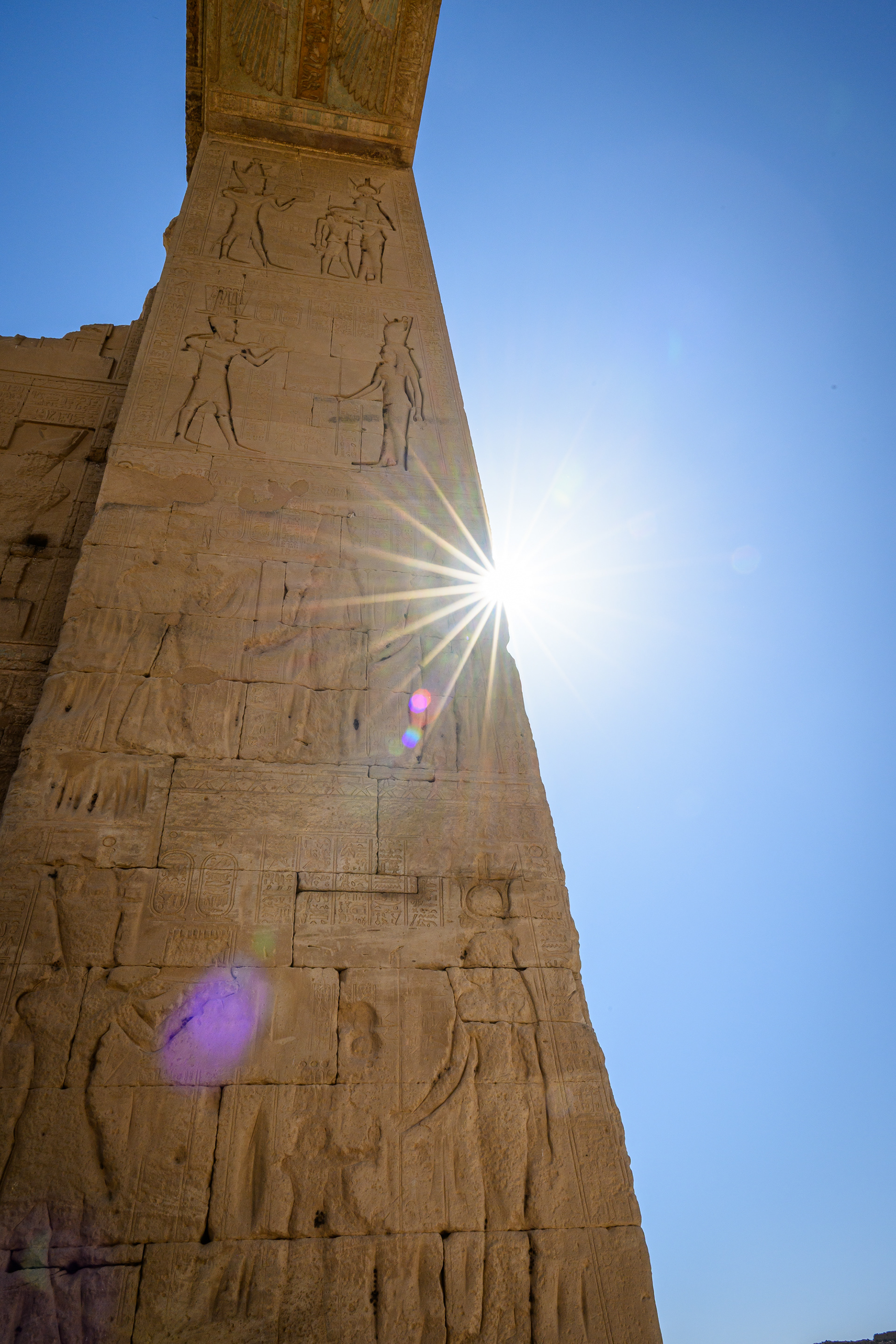
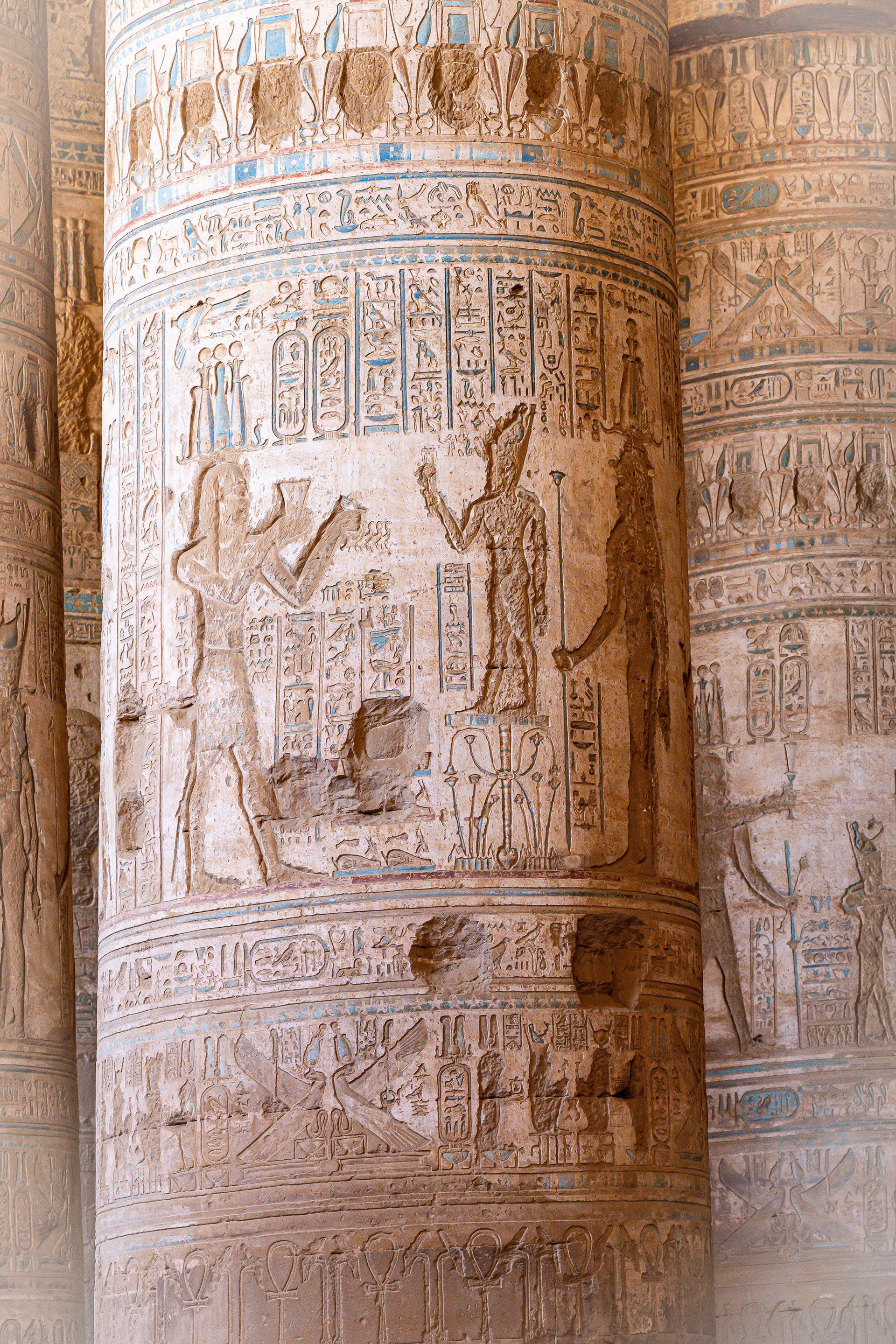
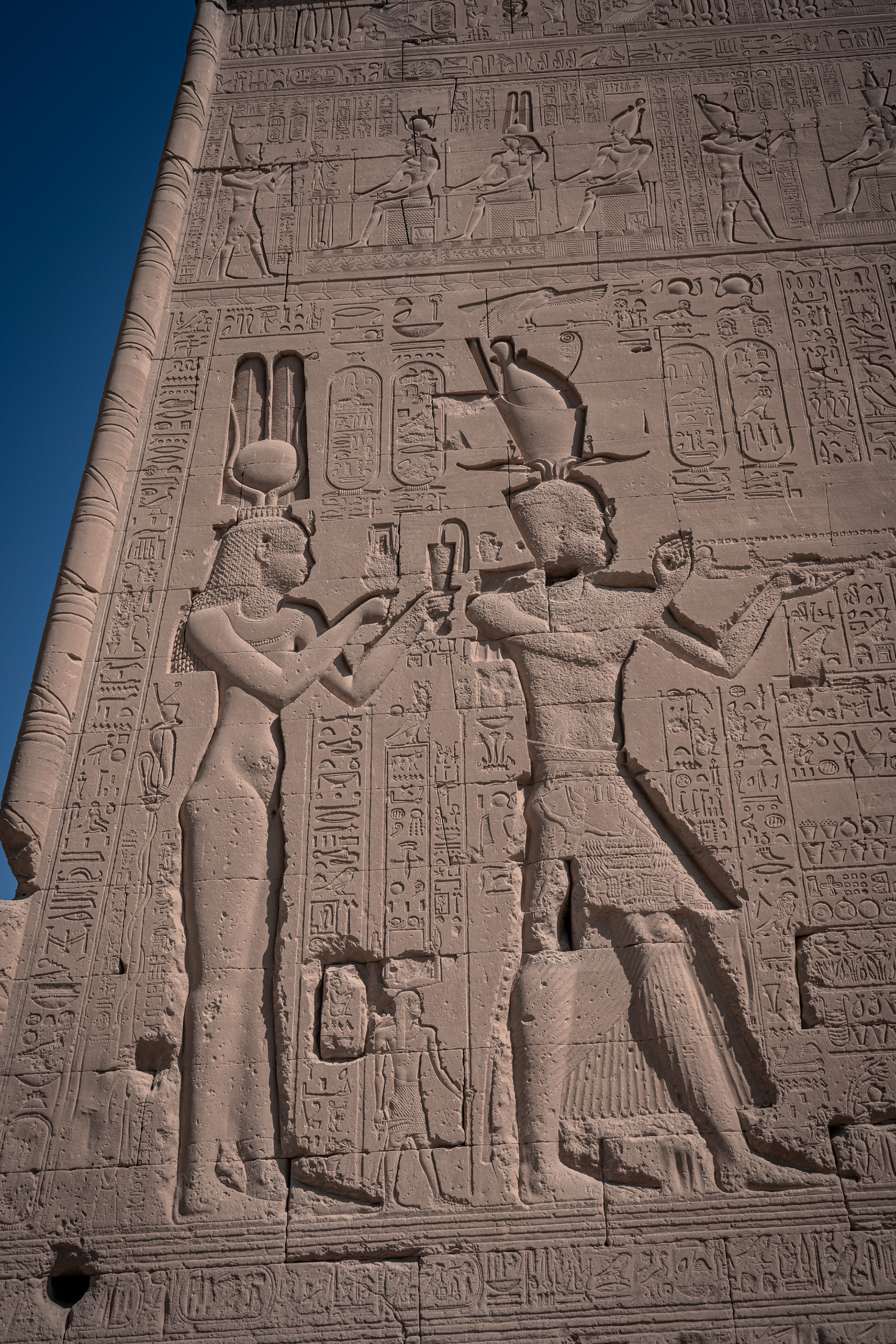
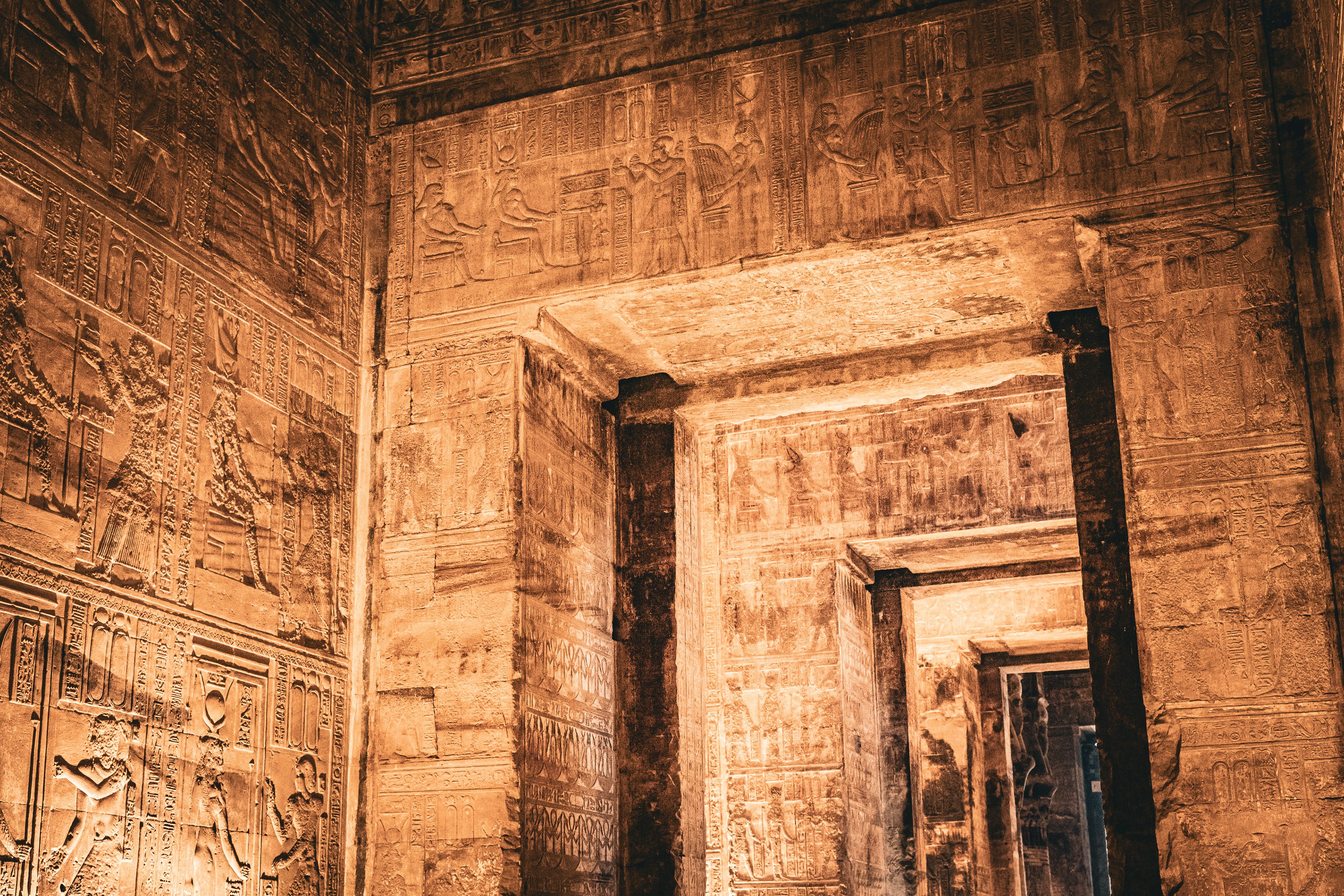
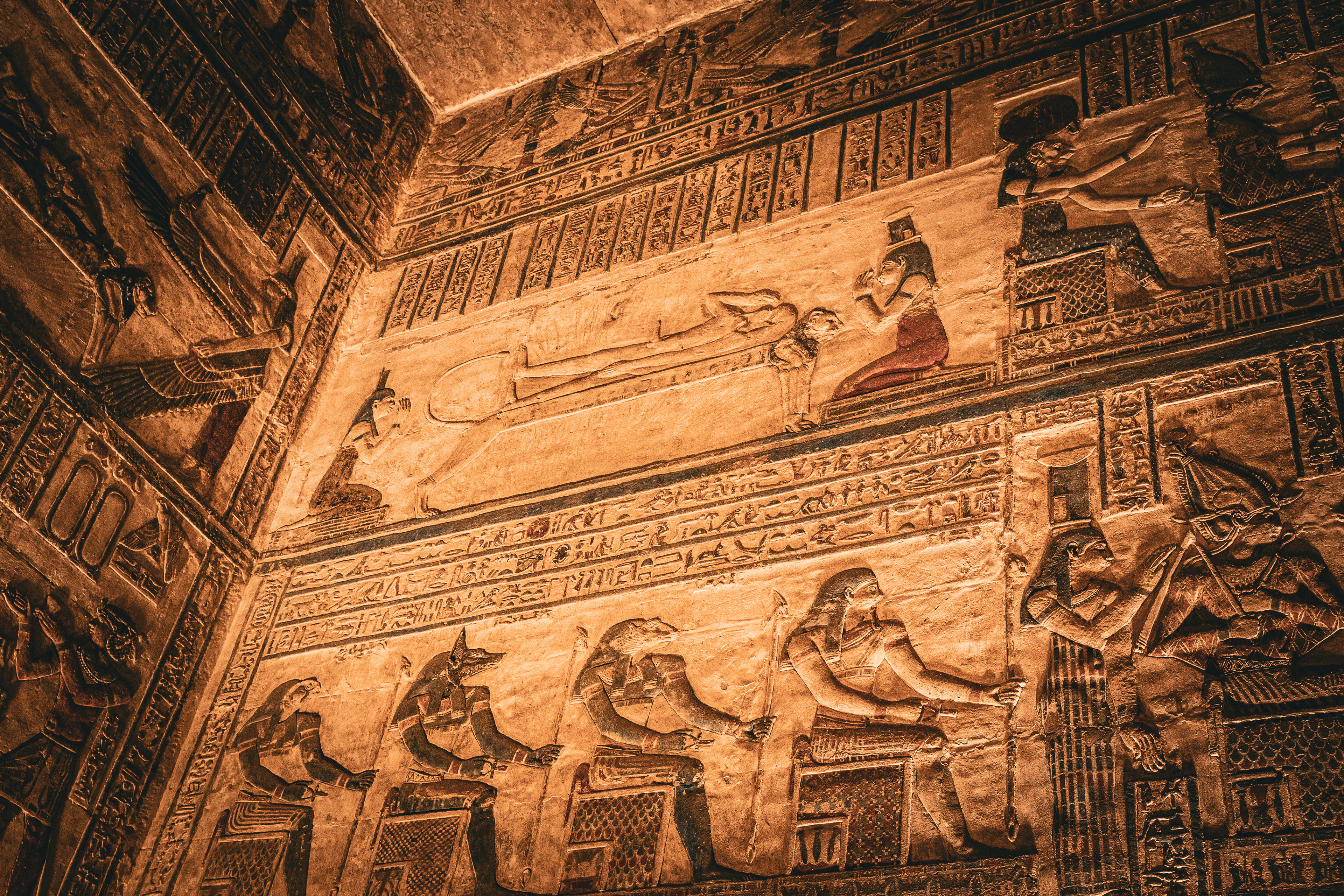
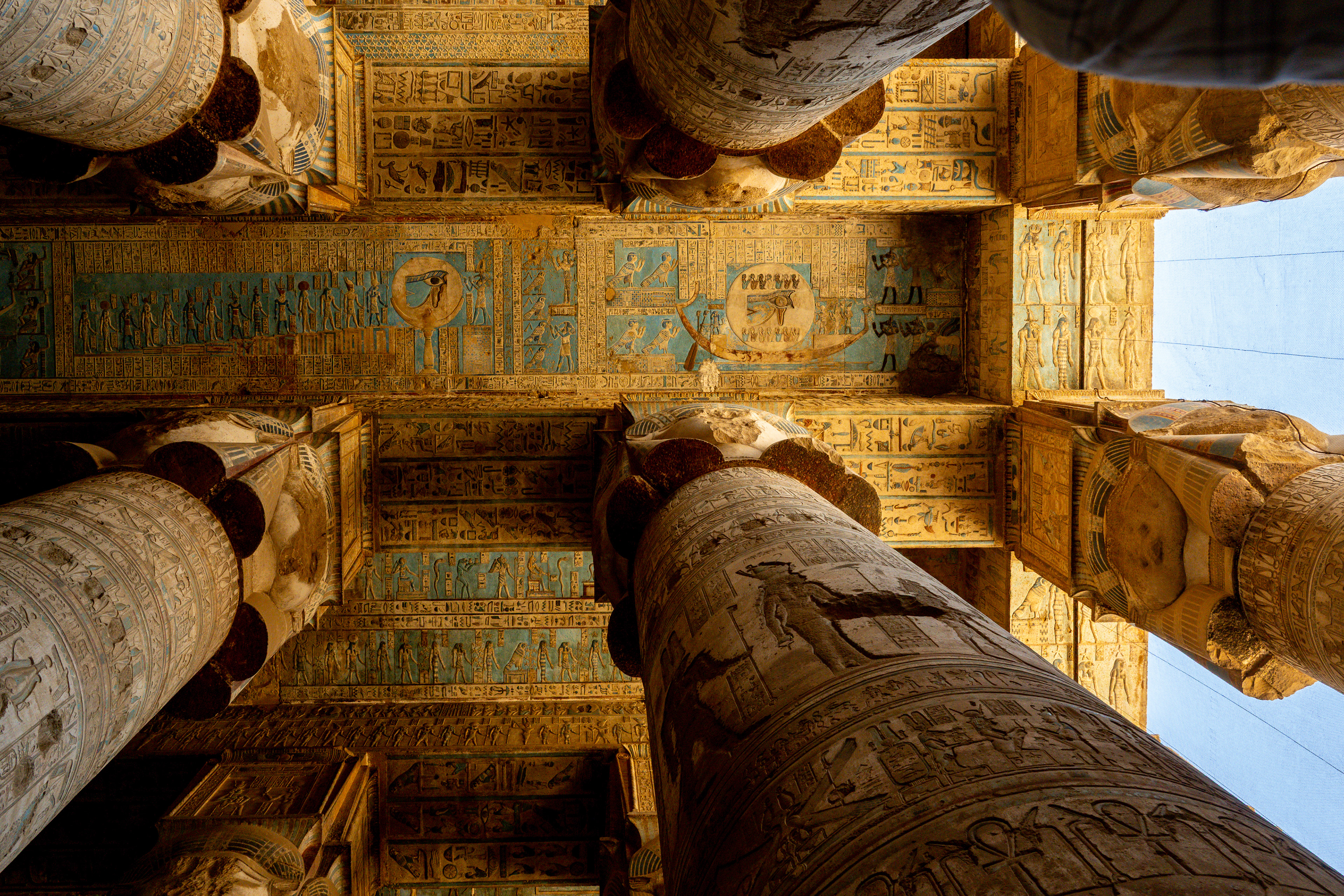
Day 7
Today was the first day that we were really away from the crowds. Over night, we had past through the double swing bridges over the Nile which were not opened until around midnight when the traffic and trains had stopped. Most boats do not venture further north than the bridges, and therefore the sites that we would visit between here and Cairo were going to be much quieter.
Our temple visit for today was at Abydos, which dates from around 1300BC.
Before visiting the temple, we watched a film about Om Seti, a British woman who believed she was a reincarnated priestess from the temple at the time of Seti I, the father of Rameses the Great.
The temple is not the largest that we have seen, but was very well preserved and with carvings and decorations that were similar to those we had seen in Seti’s tomb, about 100 miles away in the Valley of the Kings, a few days before. It was nice to see both where Seti had lived and where he had been entombed.
Historically, one of the most important things in the temple was the King’s List – a list of many of the earlier pharaohs. Interestingly, the list did not include Queen Hatshepsut or the pharaohs Akhenaten or Tutankhamun – not that I could read any of the cartouches with the names to check!
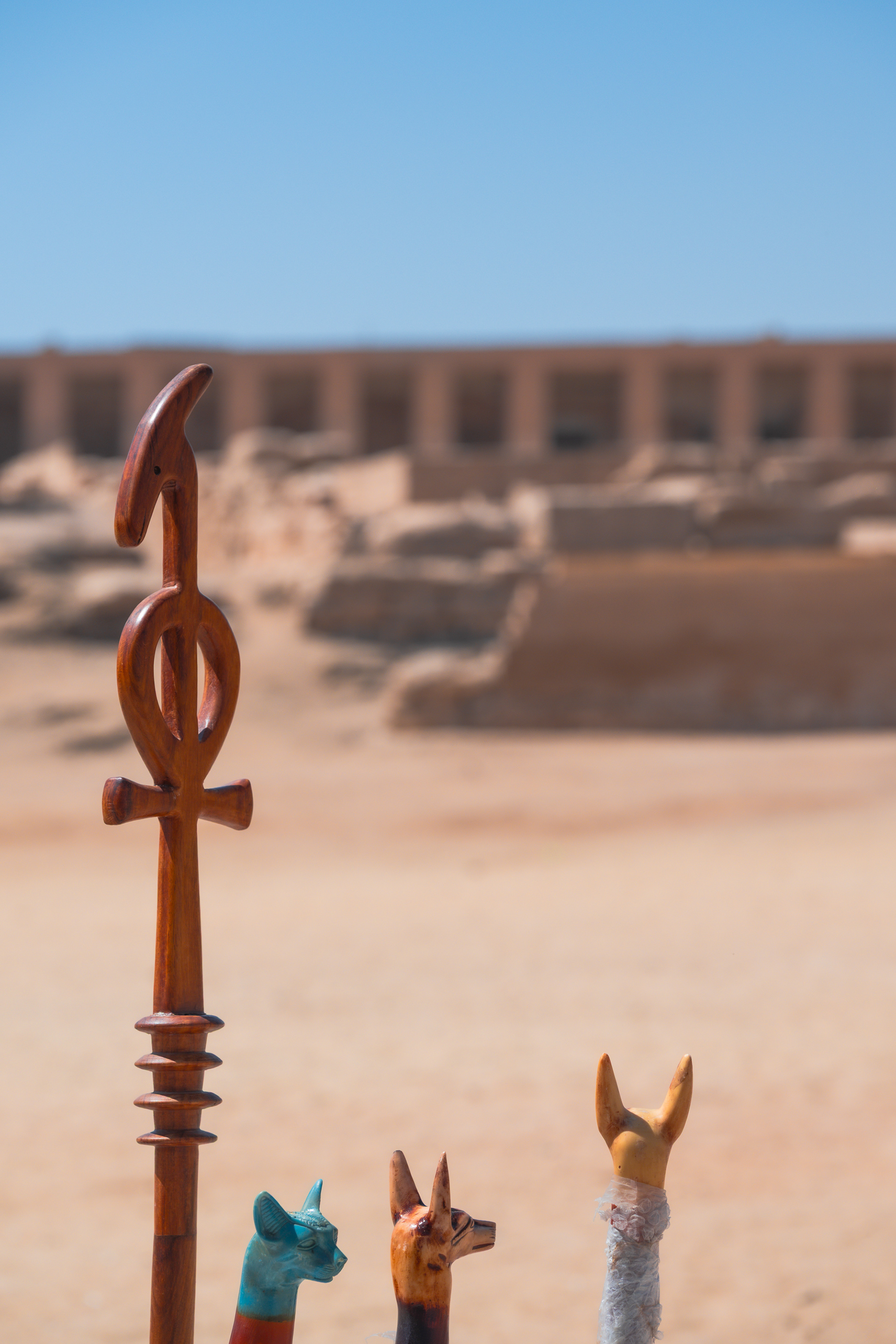
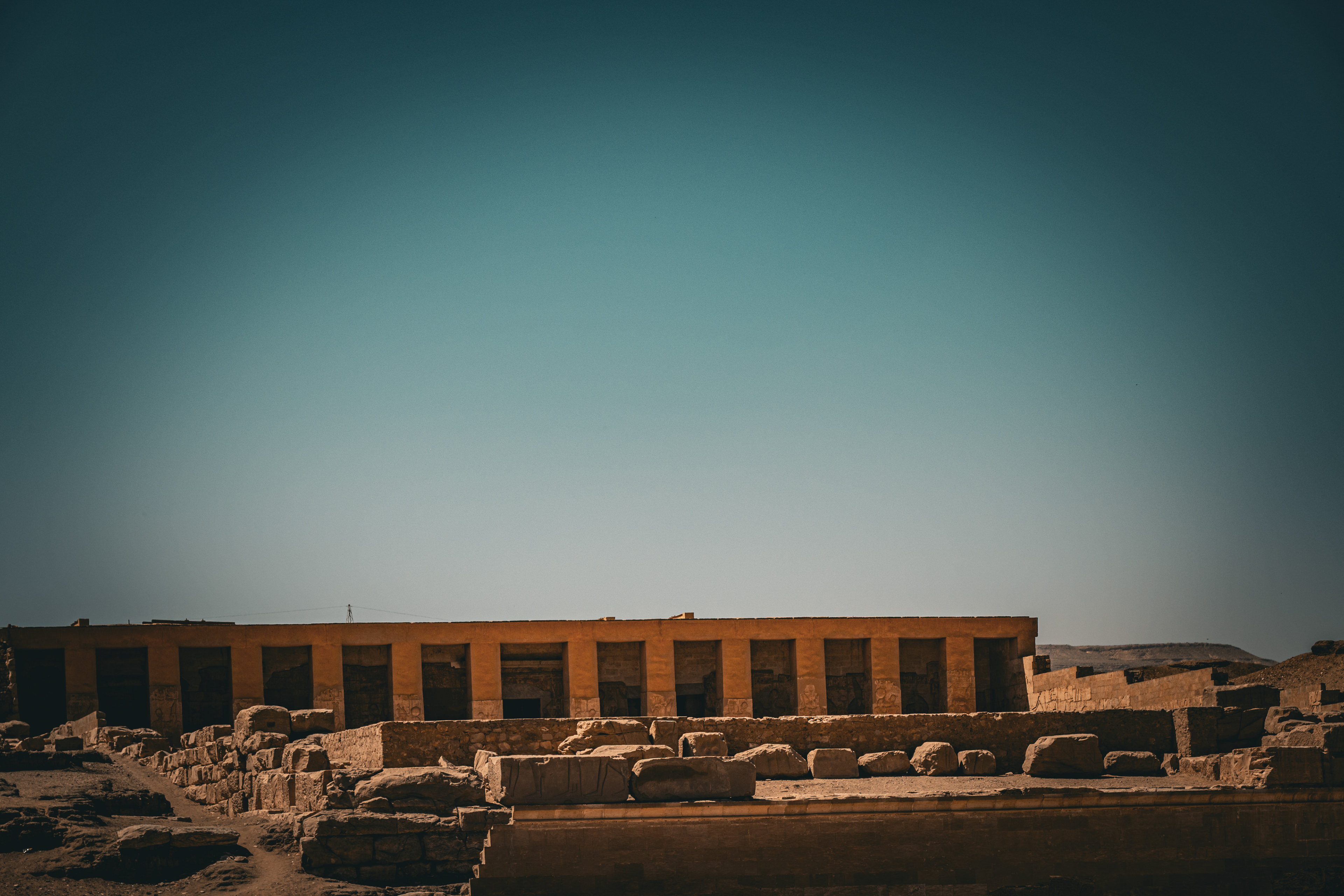
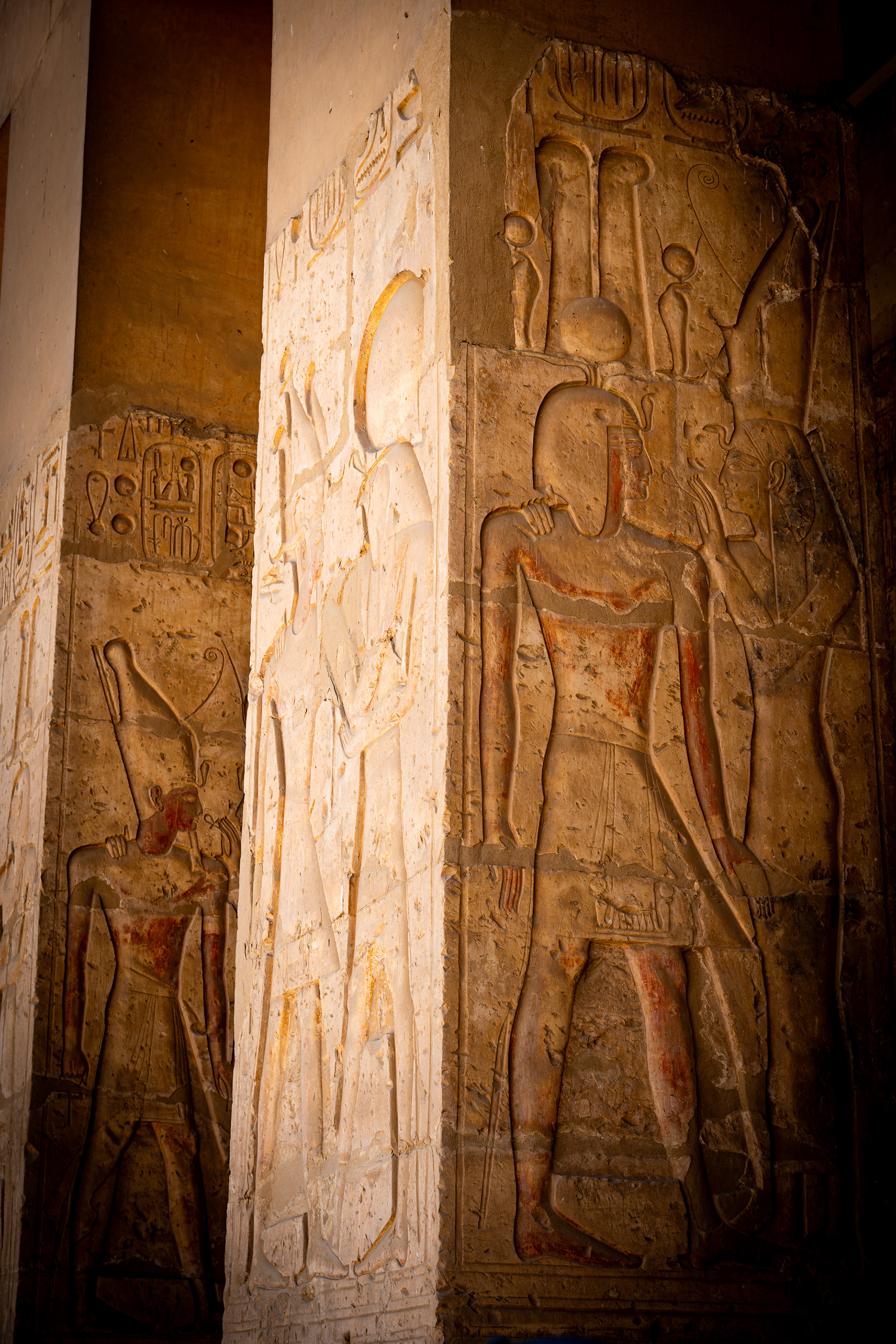
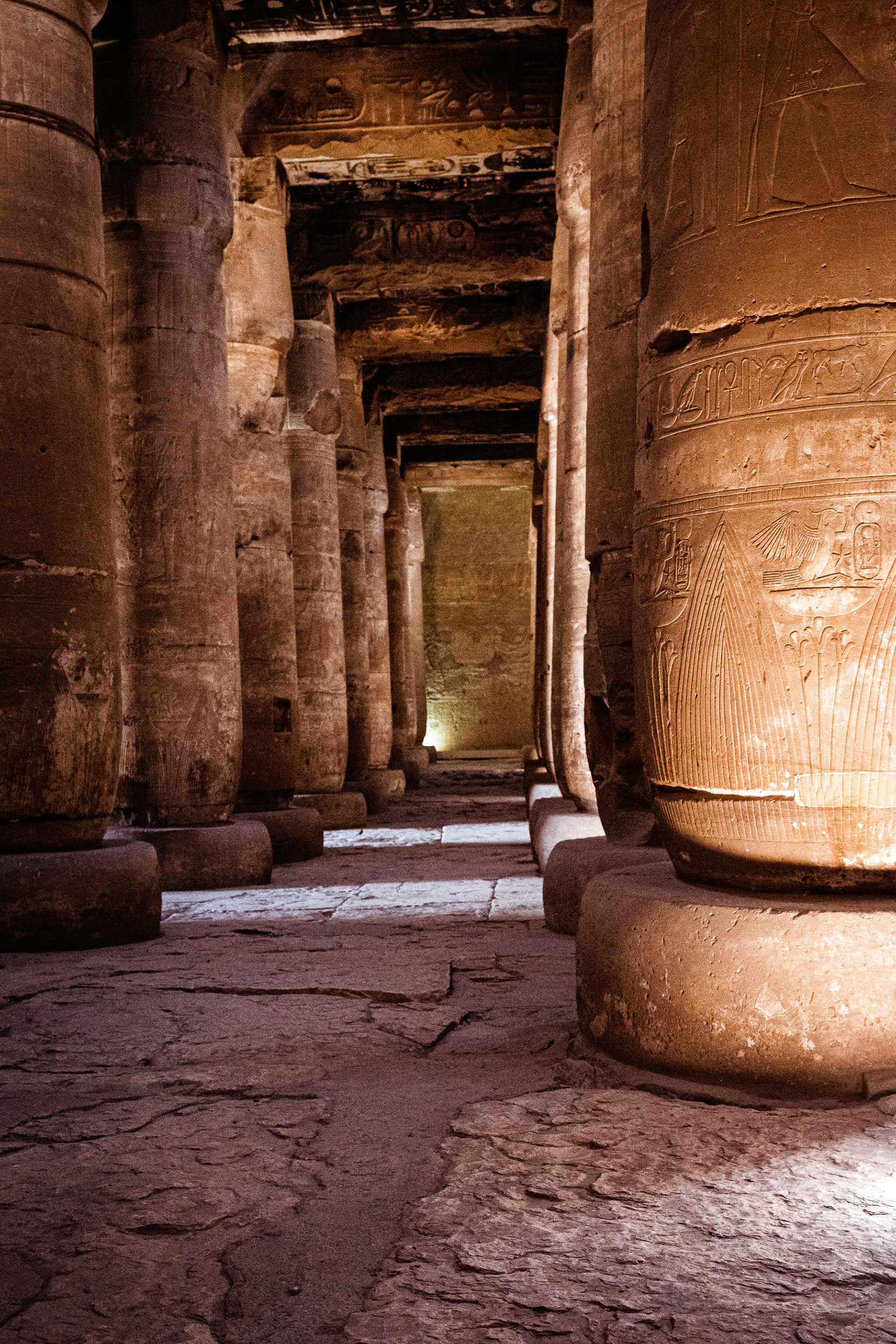
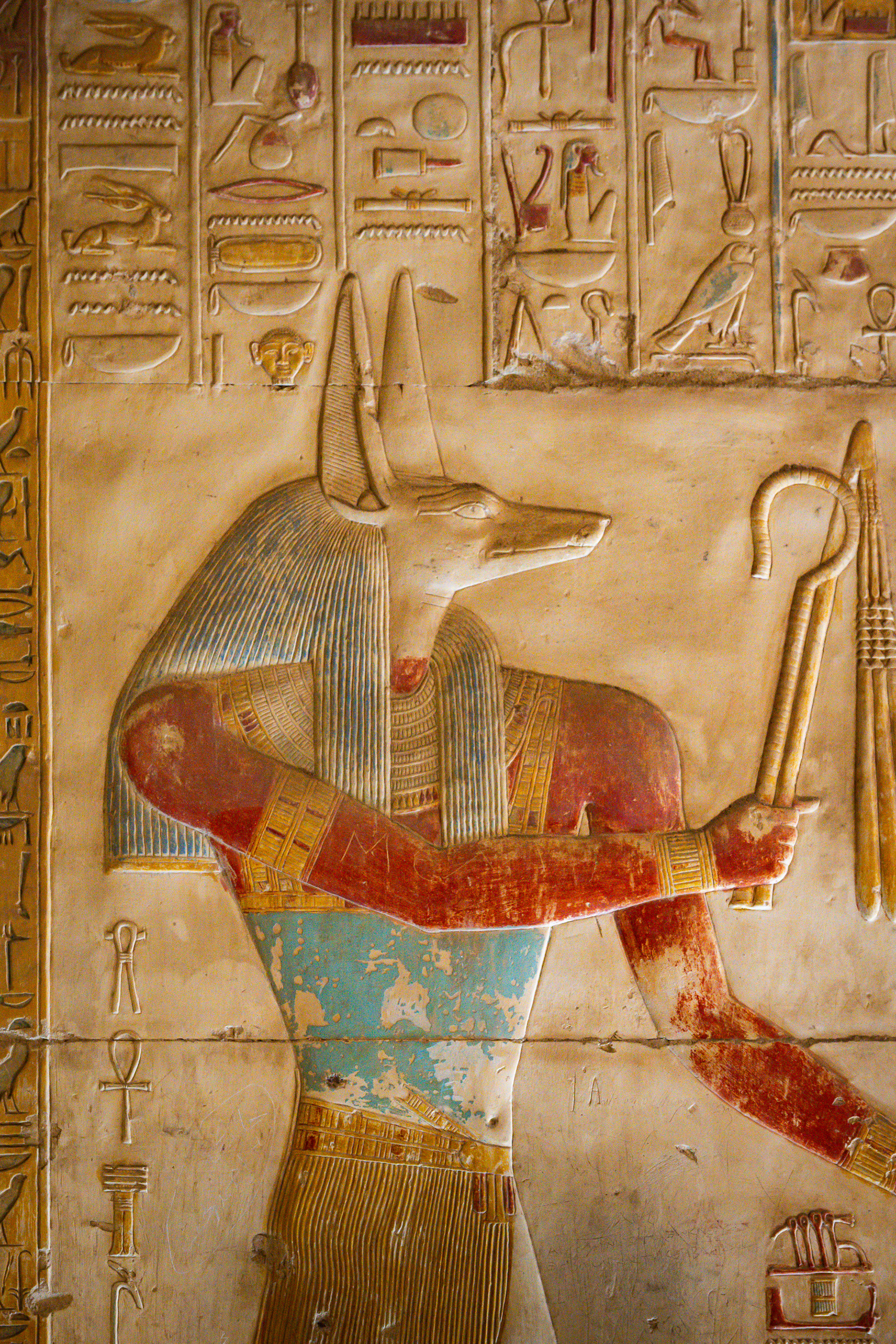
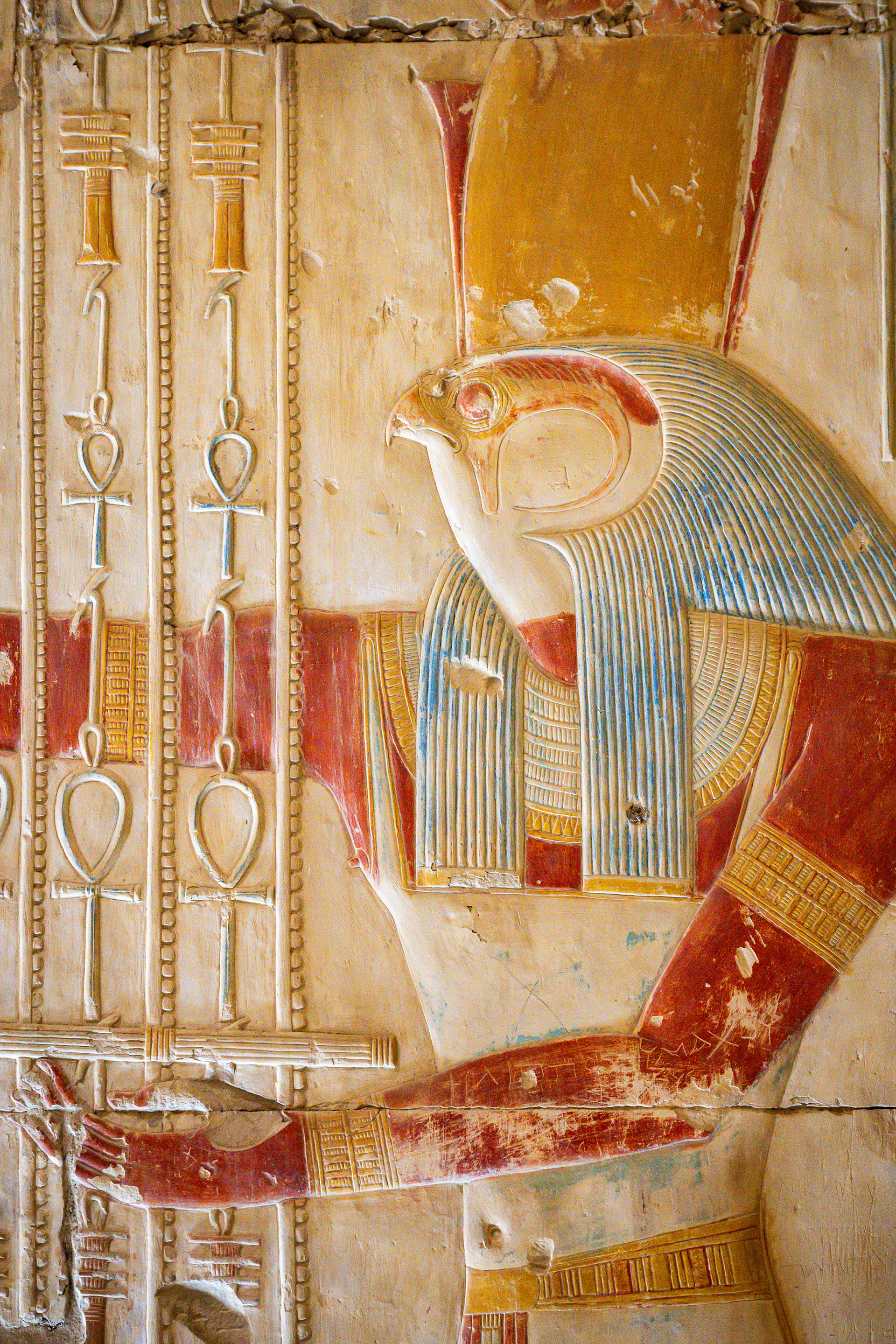
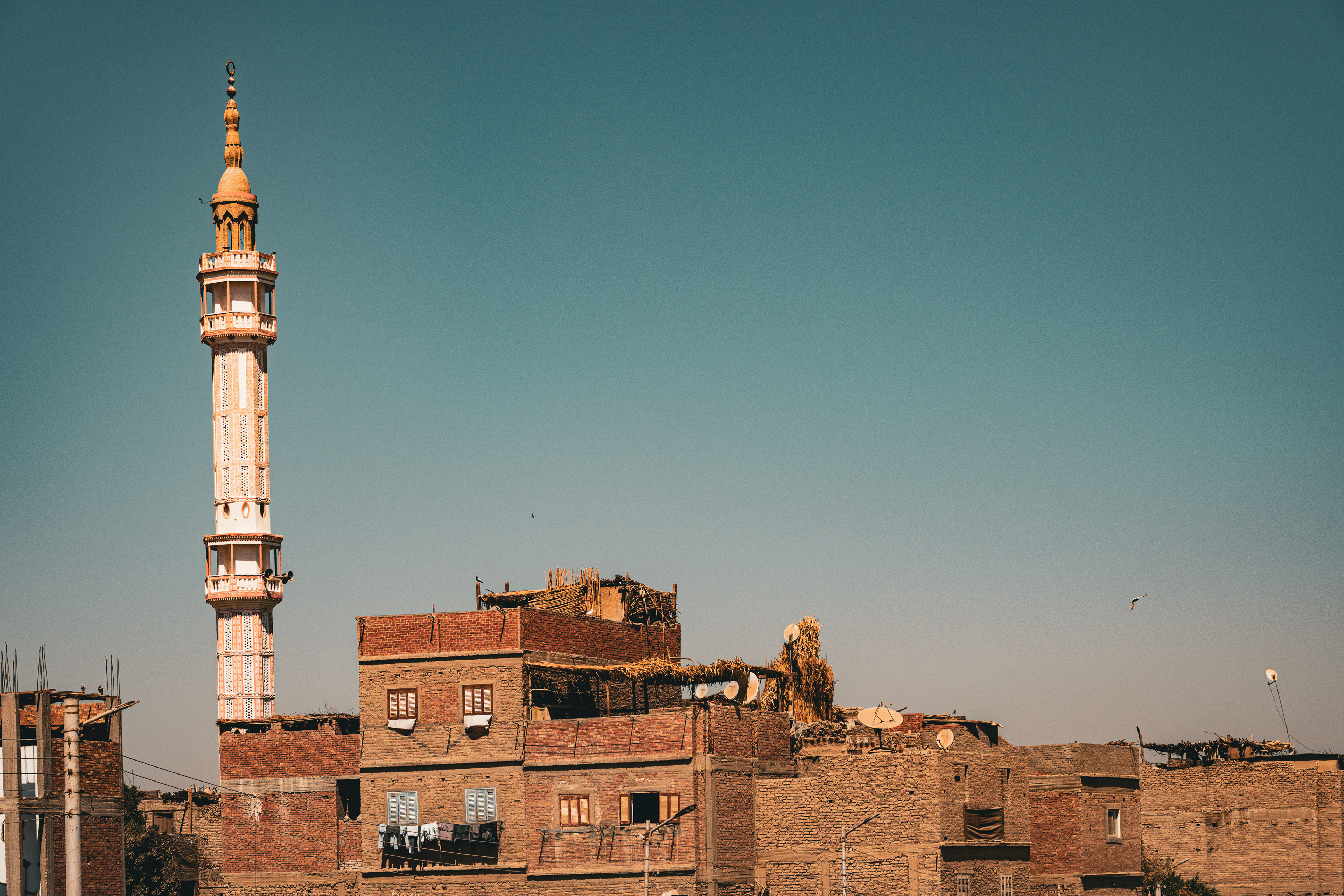
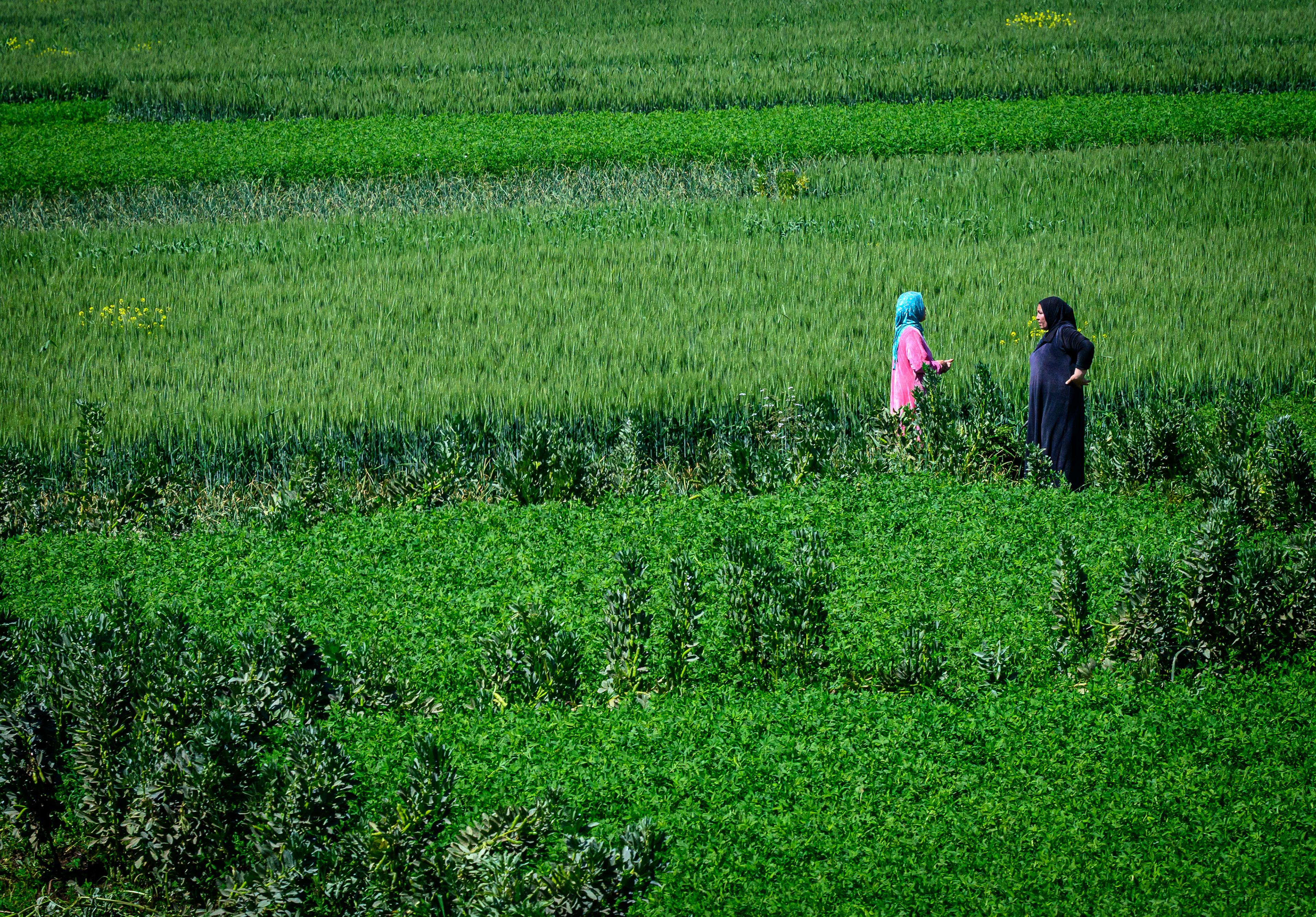
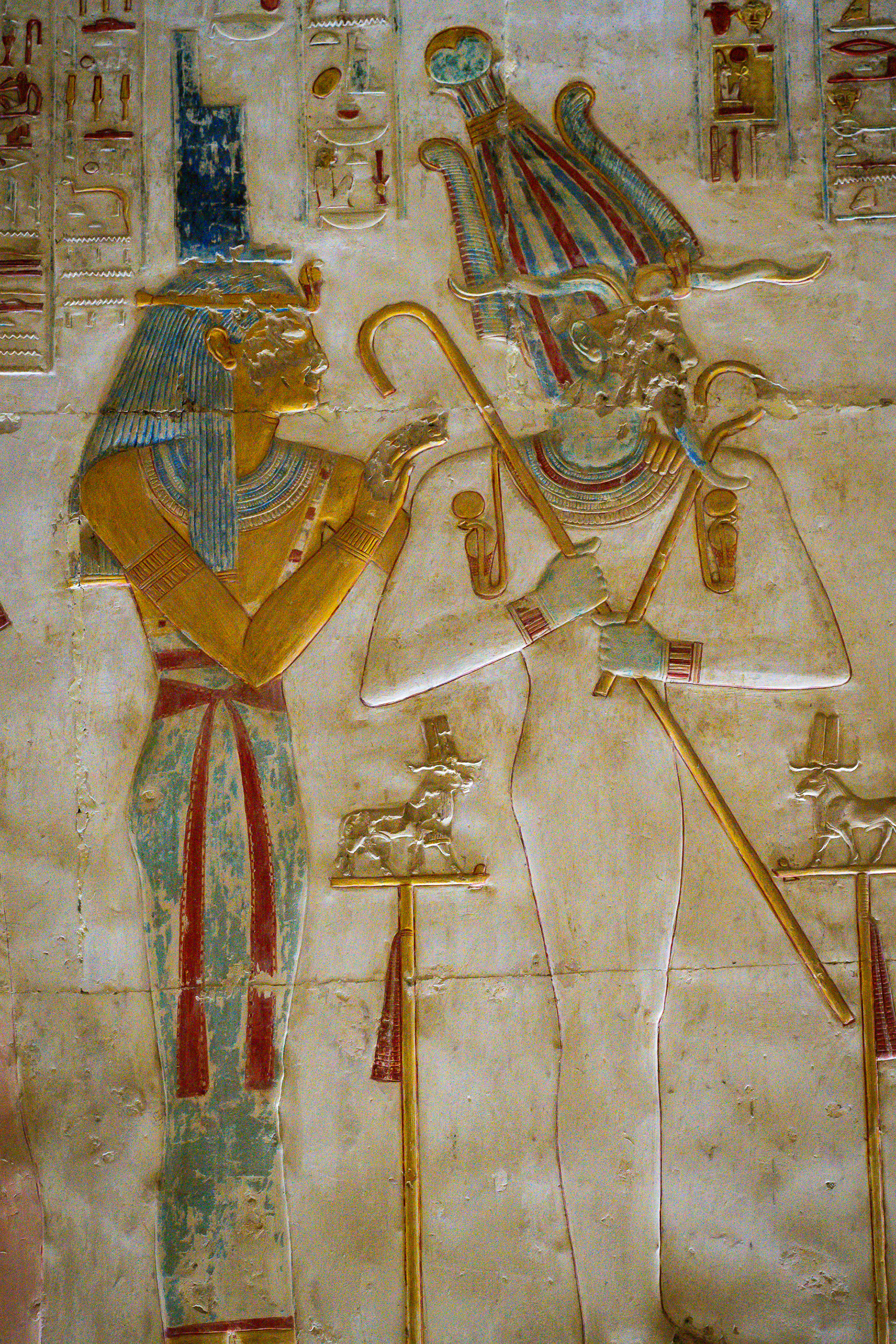
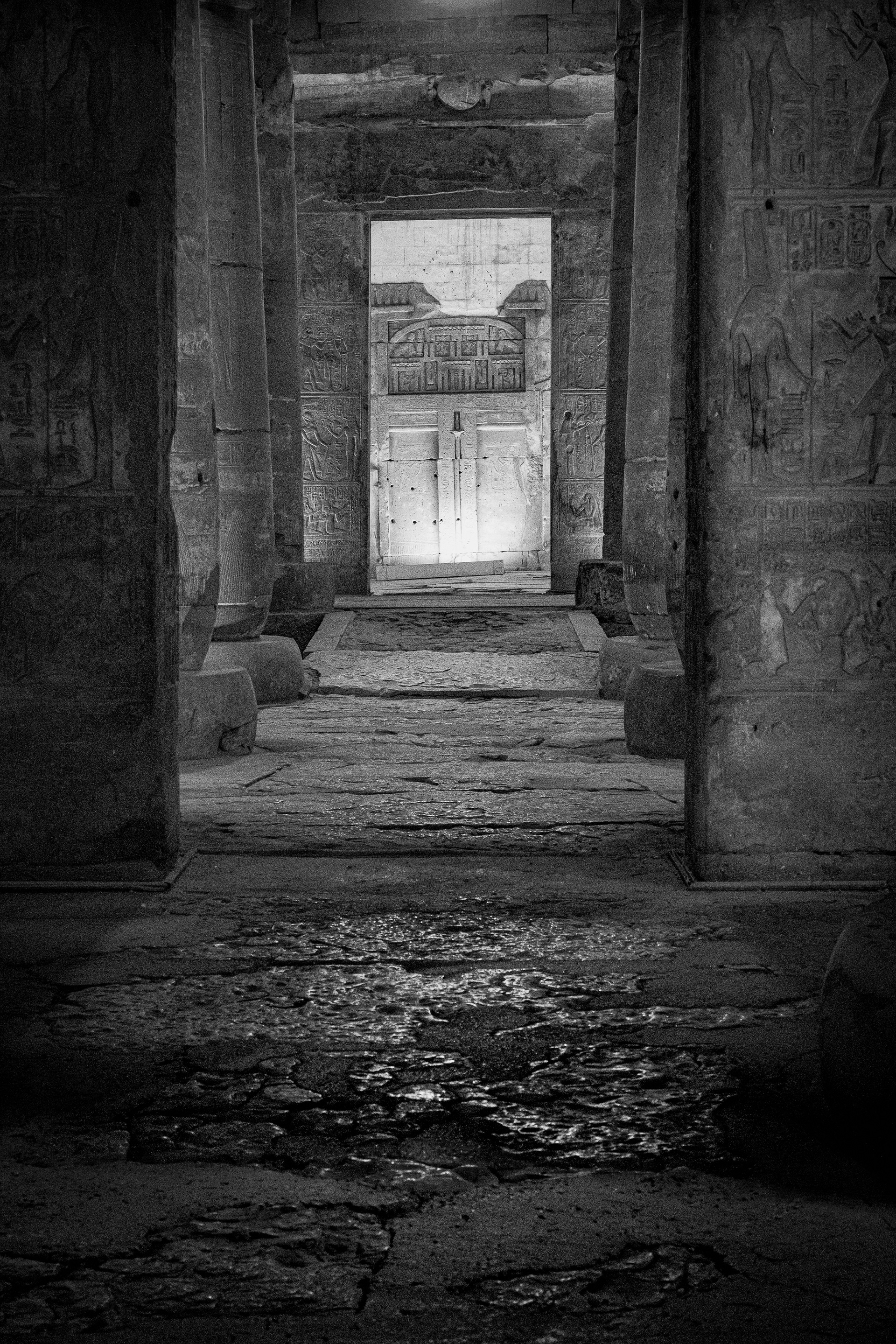
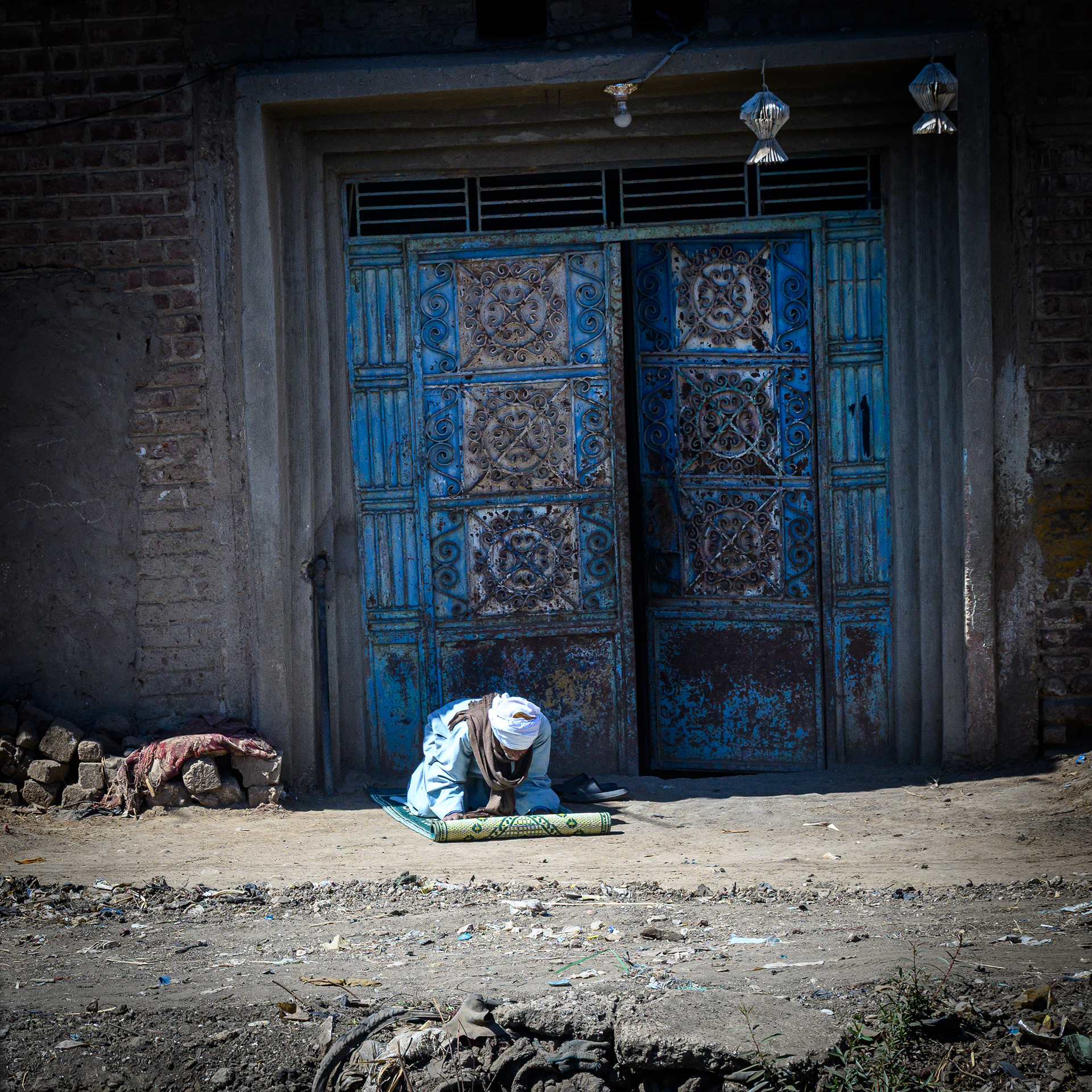
Day 8
Today was a cruising day – and a day to recharge our batteries after a week of visiting temples, and to get ready for the next part of the trip visiting tombs. The trip included going through the last of the locks that we would pass though before Cairo.
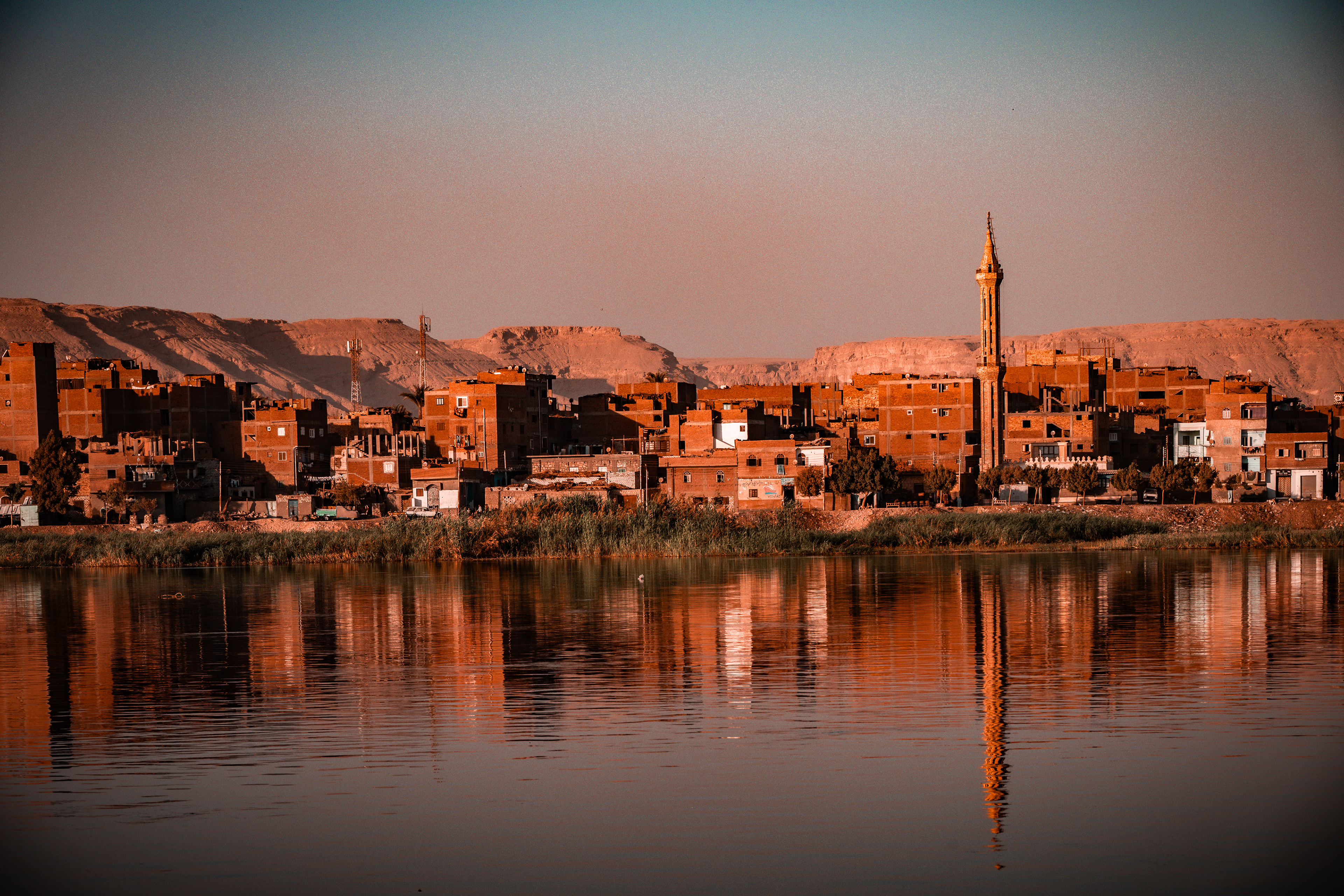

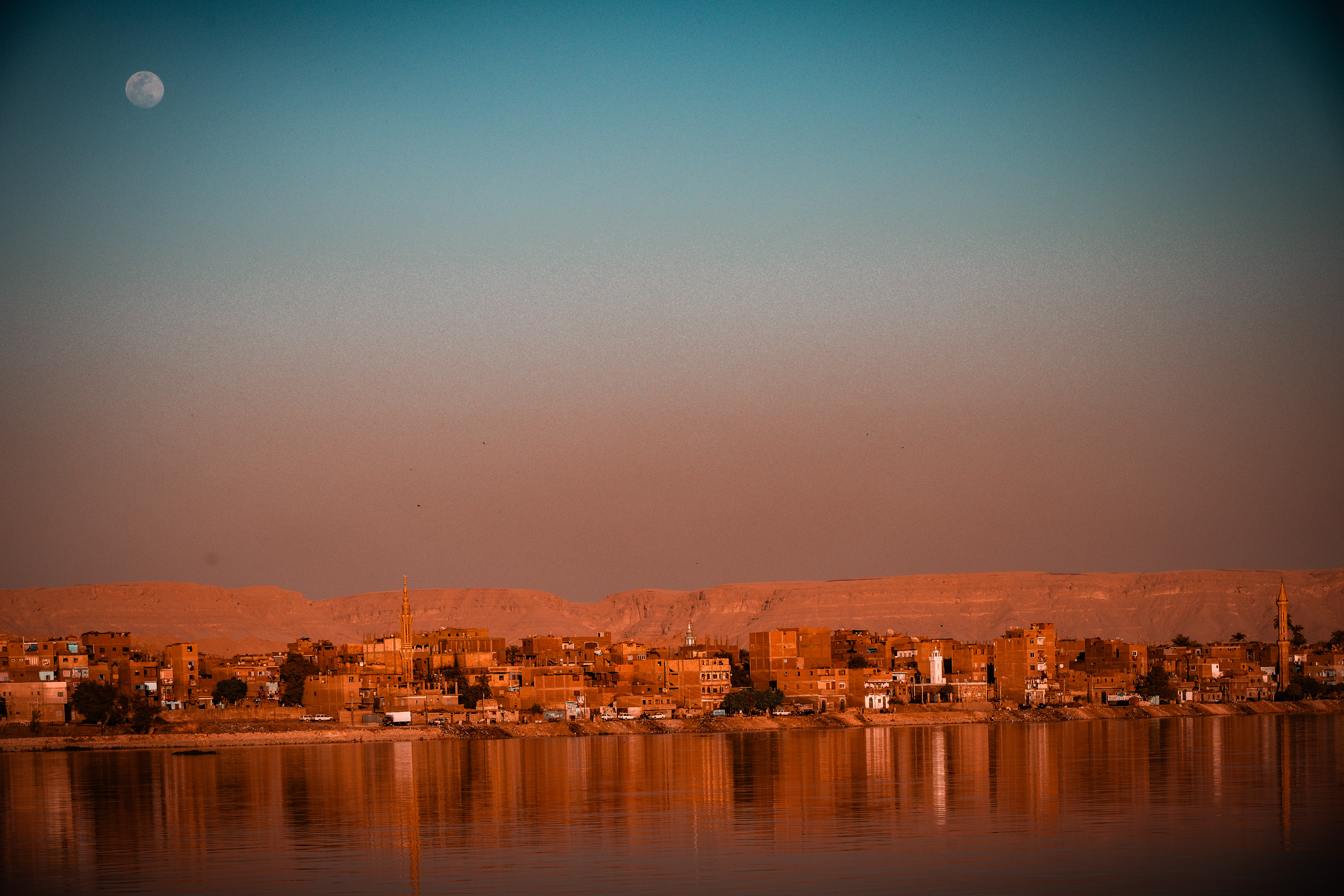
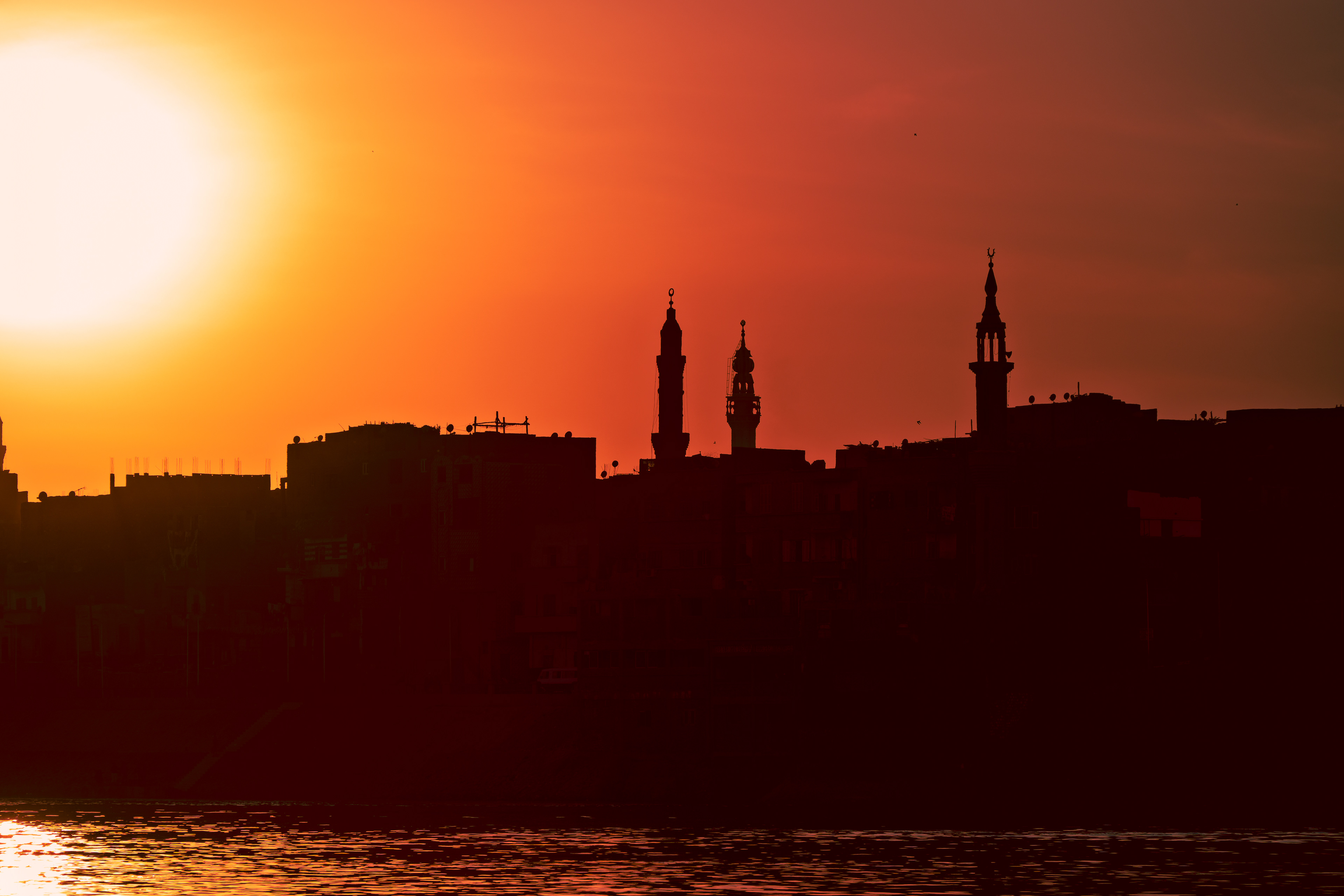
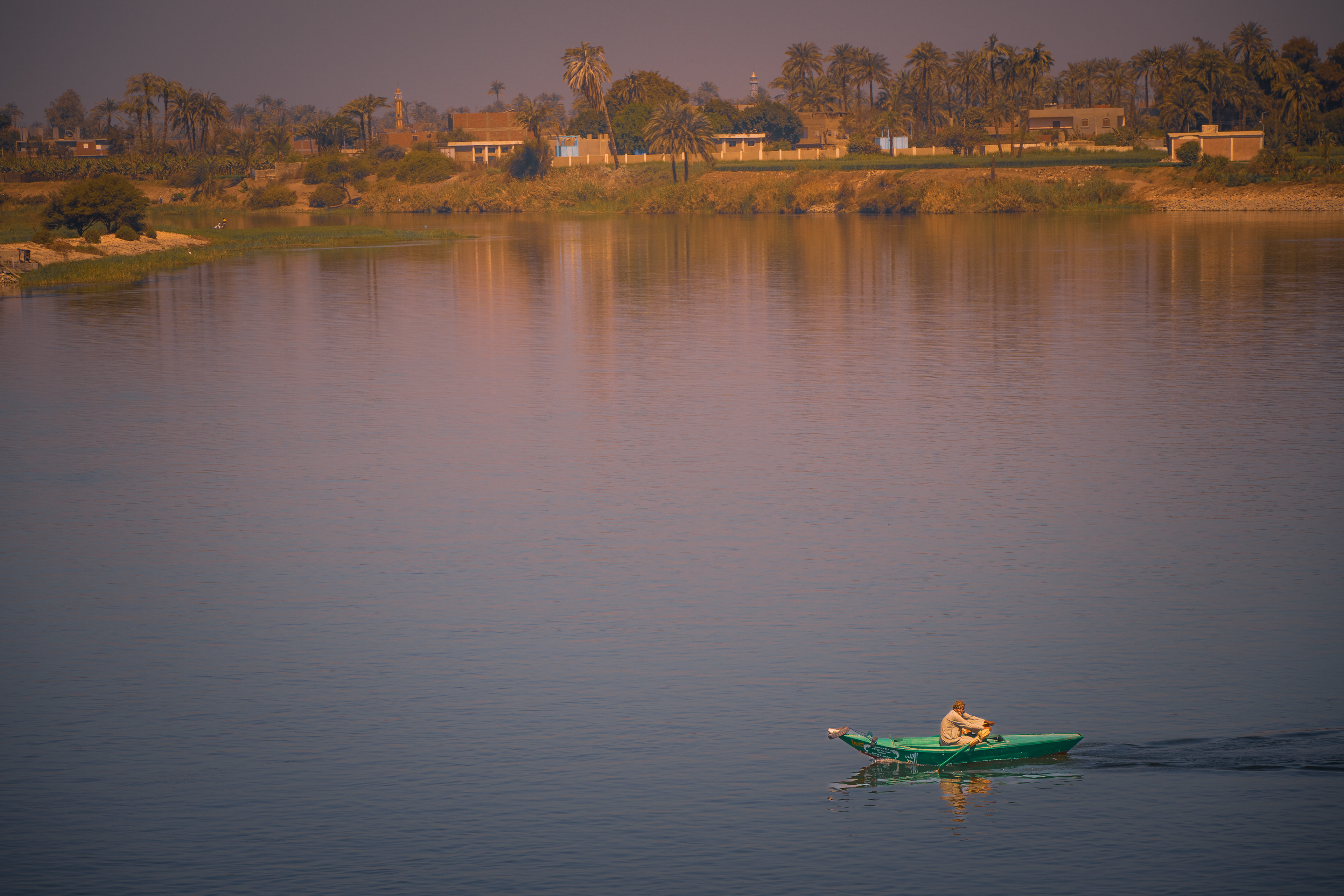
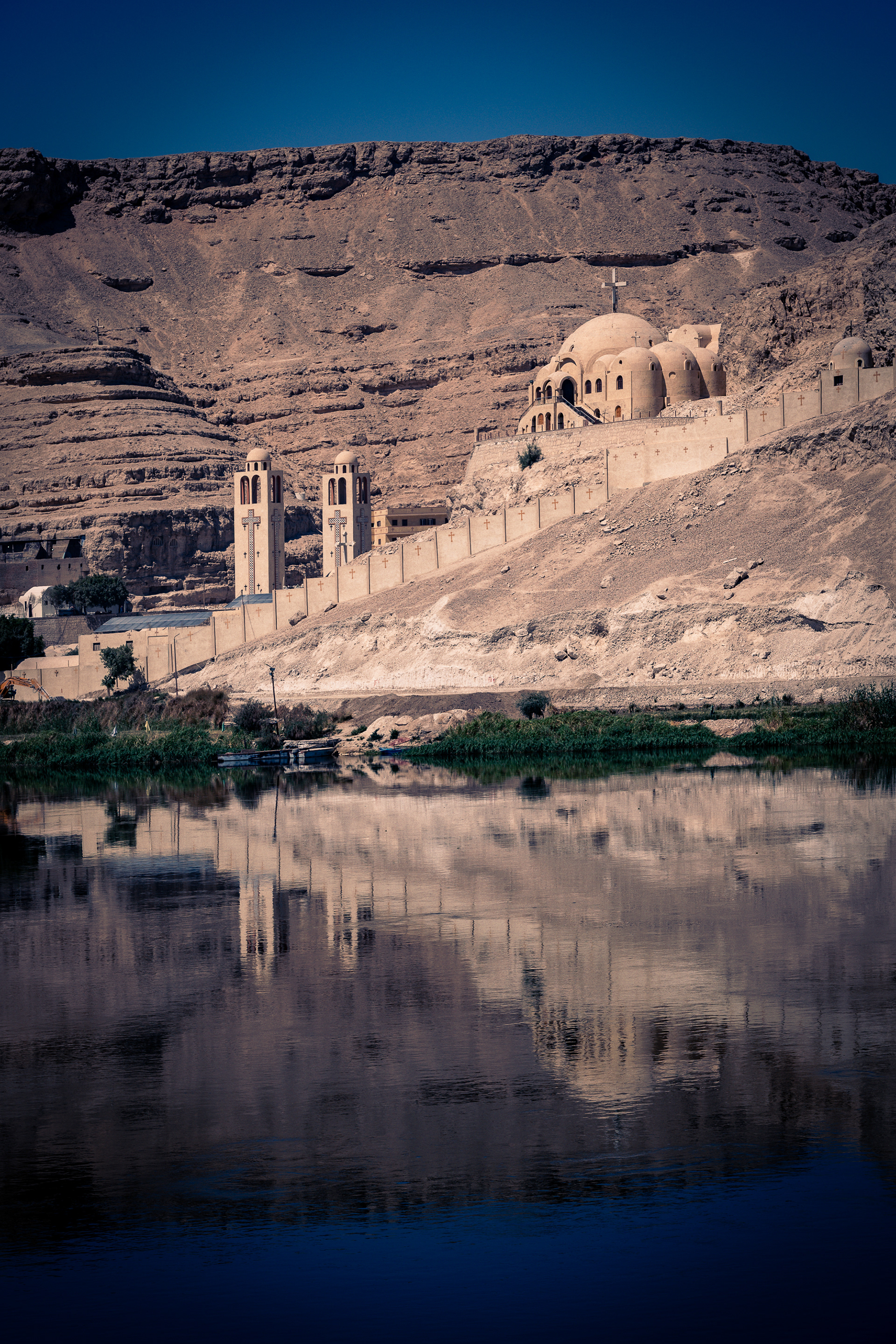
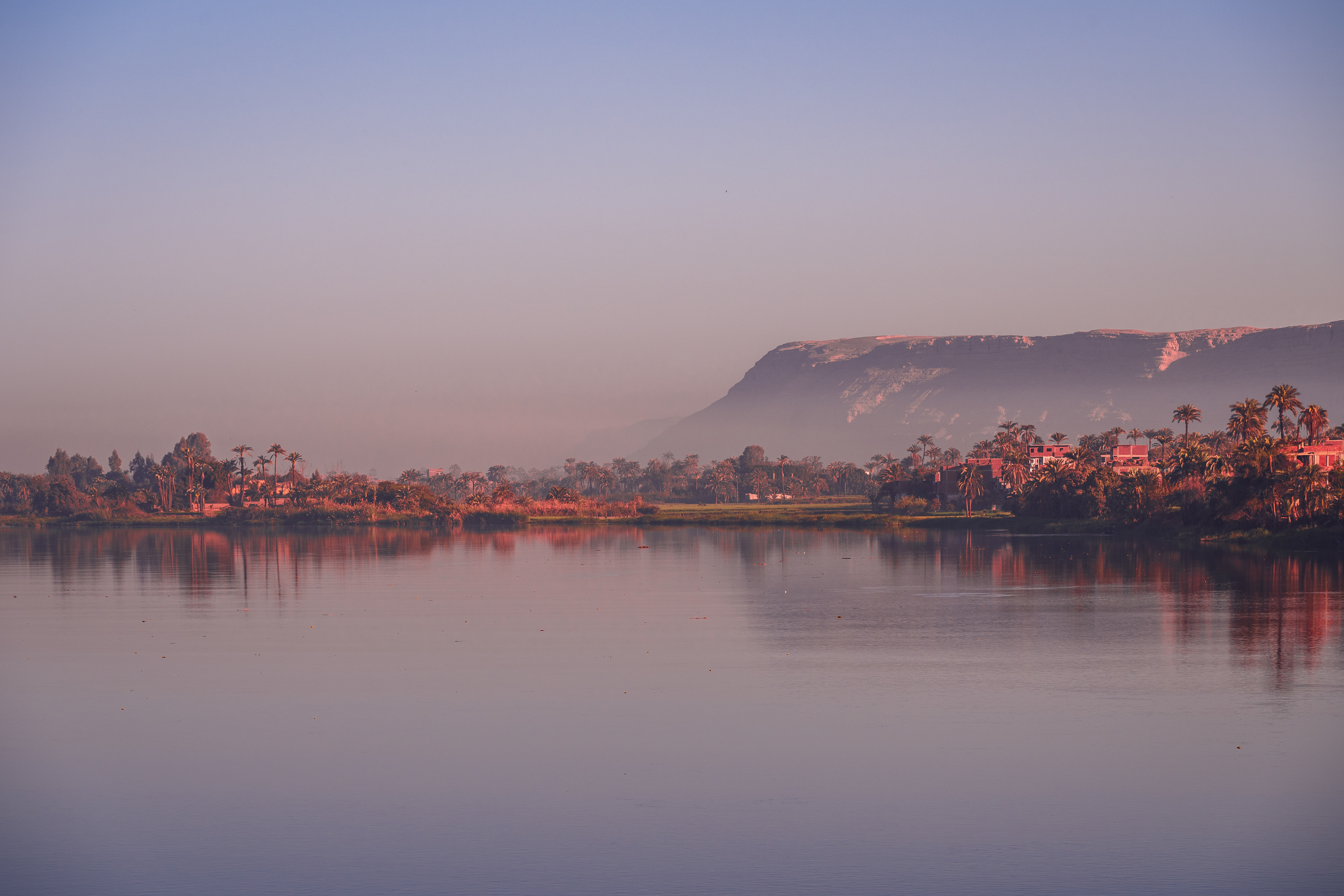
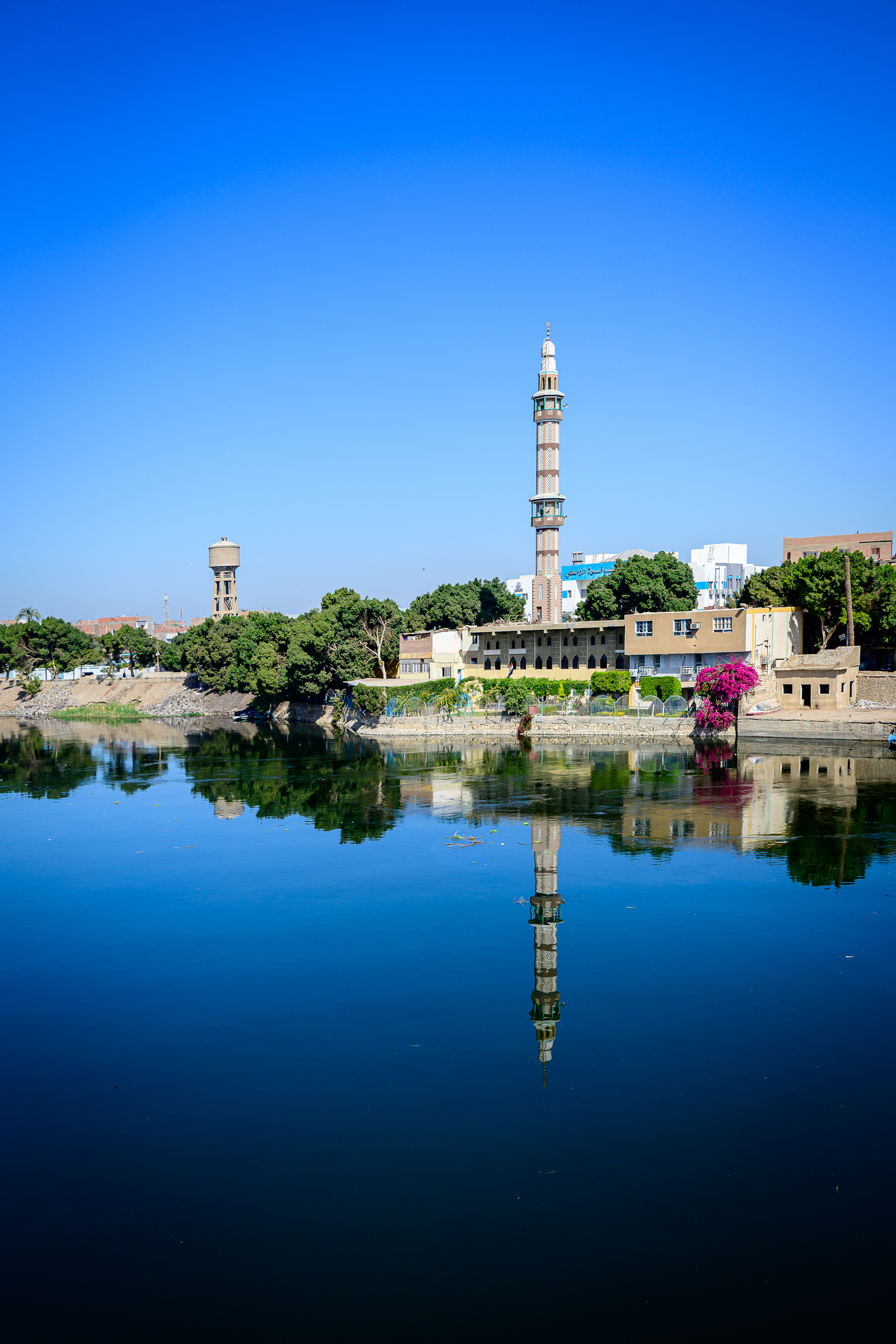
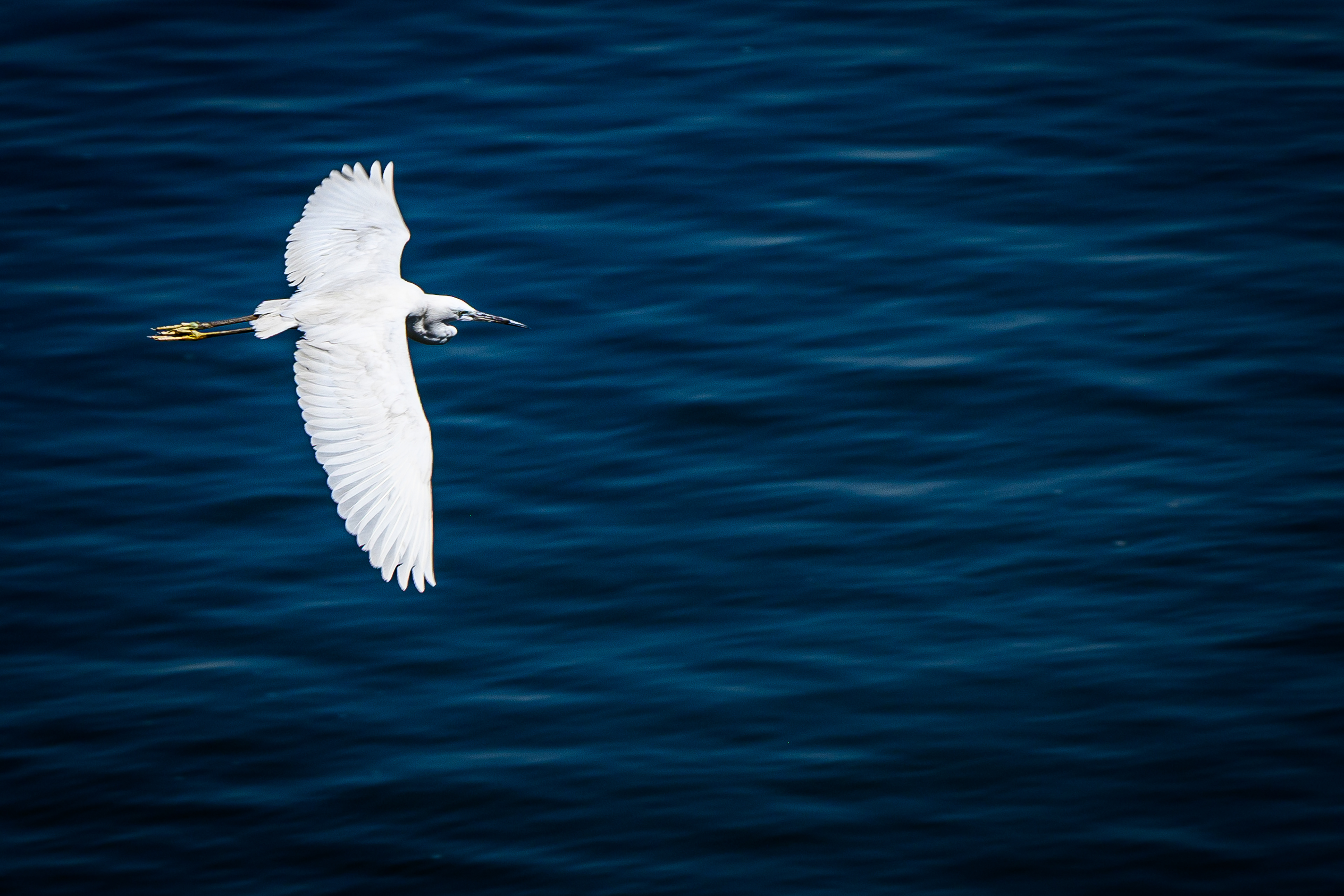
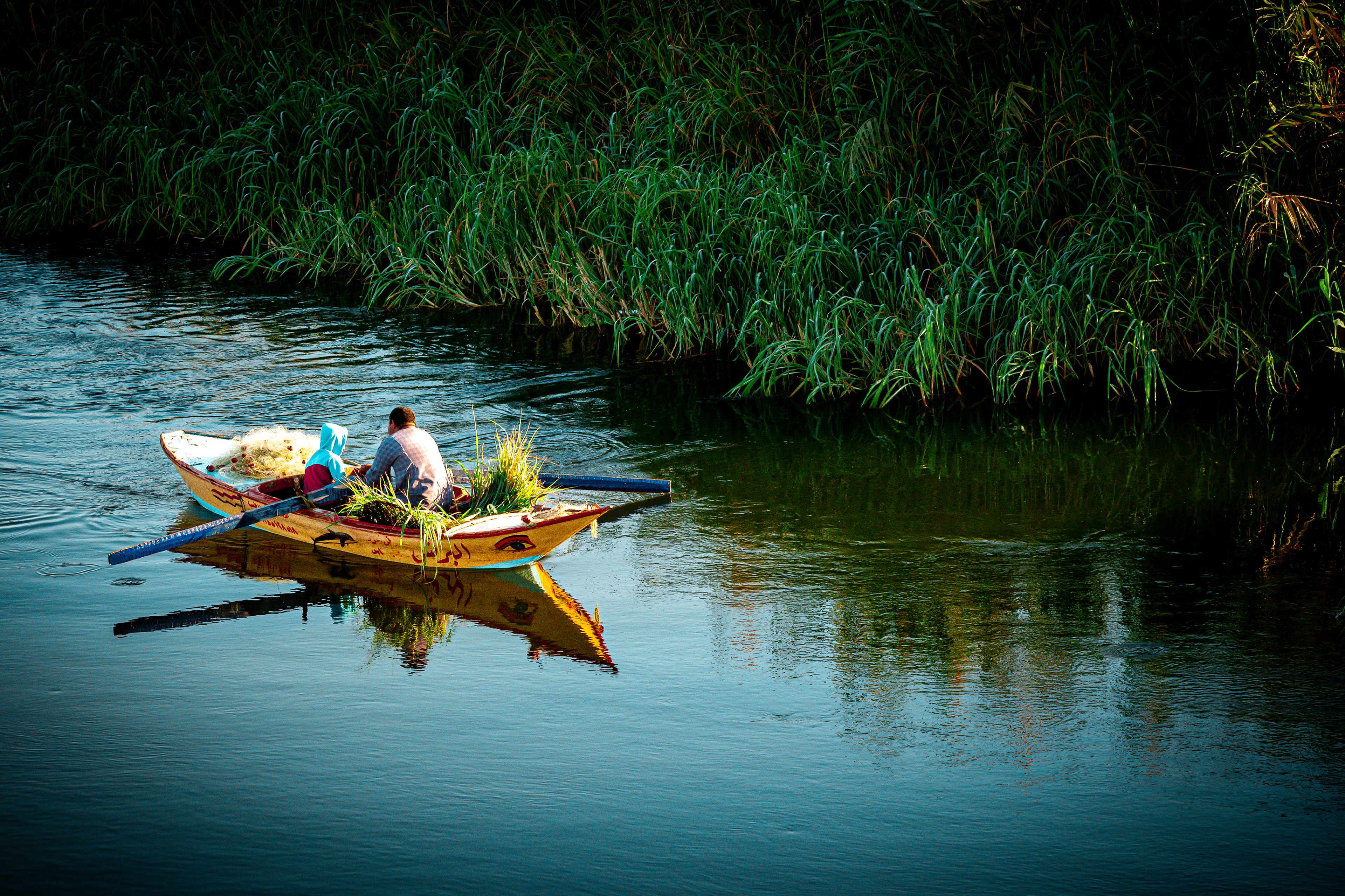
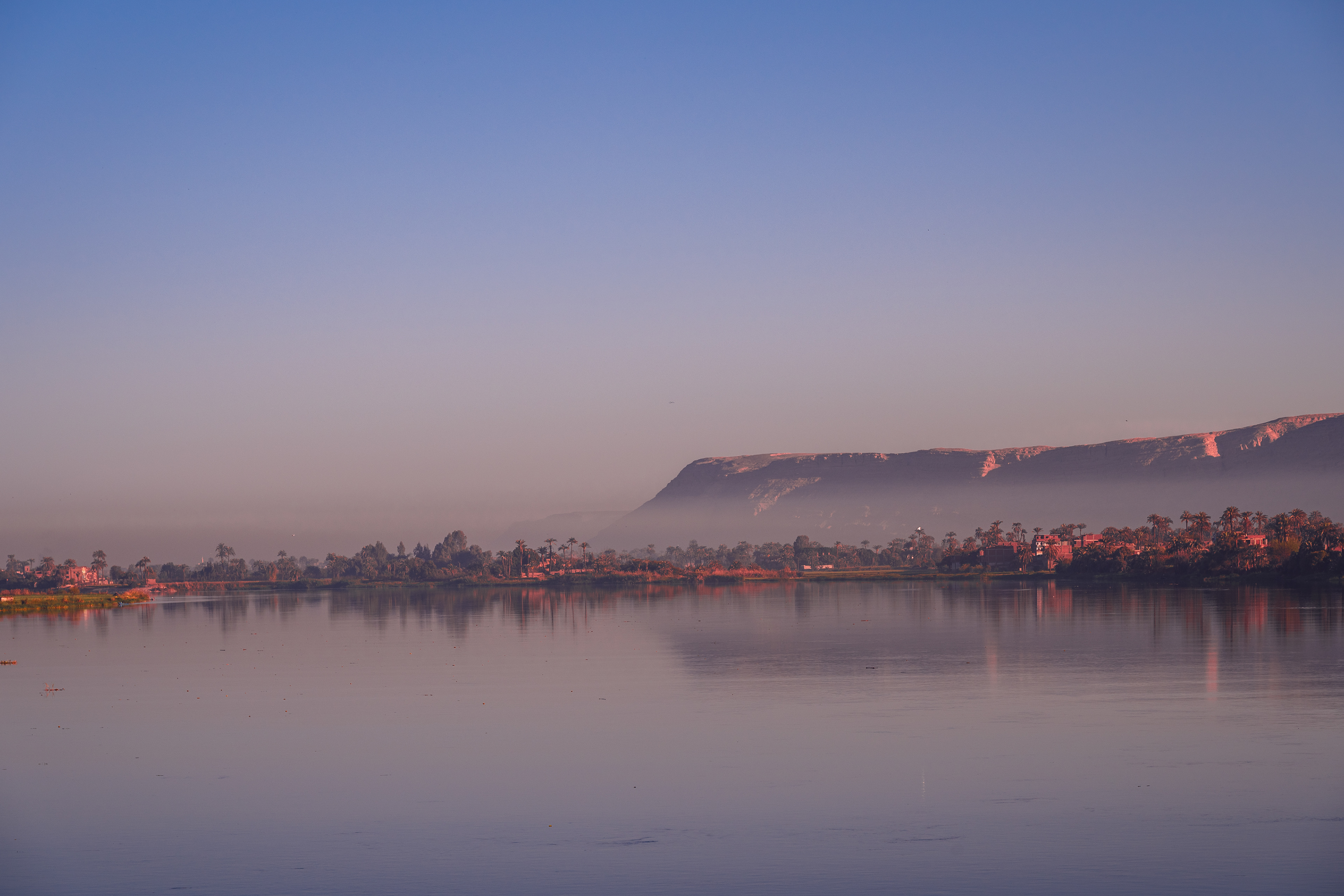
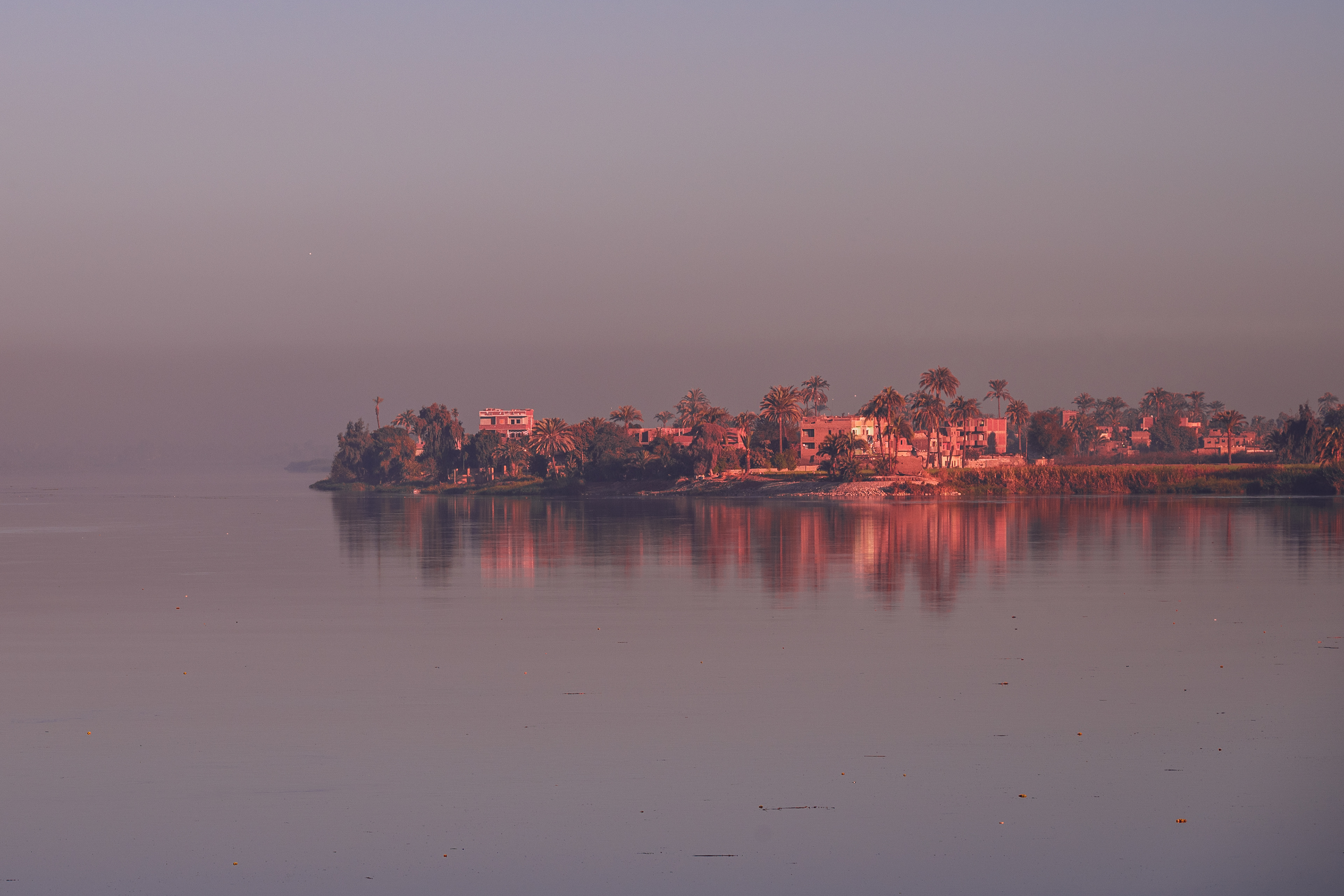
Day 9
After our day of rest yesterday, today we visited the site of the short lived city of Aketaten, some 250 miles along the river from Luxor. For a little under 20 years around 1350 BC, the “heretic” pharaoh Akhenaten – the father of Tutankhamen – moved the capital of Egypt to this site in the desert, and denounced all gods other than Aten.
The city was huge – although as the capital was moved back to Luxor when Akhenaten died, and the city allowed to ruin, there is not very much left of it today.
Out or first visit was into the desert to see the catacombs at Tuna El Gabal where there were a reported 11 million mummified ibis and baboons. Deep under the desert there was a labyrinth of tunnels and rooms, many of which had vast numbers of broken clay pots, many of which once held the mummified bodies of ibis. The pits are now largely broken and the ibis mummies lost – apparently taken by farmers who ground up the mummified remains to make fertilizer for their fields. There were lots of remaining animals – live ones in the form of fruit bats which flew around when our torches shone on them.
After leaving the desert and returning to the city, we stopped at the remains of the palace that was built for one of Akhenaten’s wives, Queen Kiya (his great wife being the more famous Queen Nefertiti). It is possible that Queen Kiya may be the so called “Younger Lady” who DNA tests have shown to be the mother of Tutankhamun. It was good to see the site of somewhere where the royal family had lived rather than a temple or a tomb.
In the afternoon, we went out into the desert again to see the tombs cut into the hills that were the burial sites of many of the nobles who moved to the new city on the orders of Akhenaten and, unlike him, who remained after their death in this remote location when the capital was moved back up the river to Luxor.
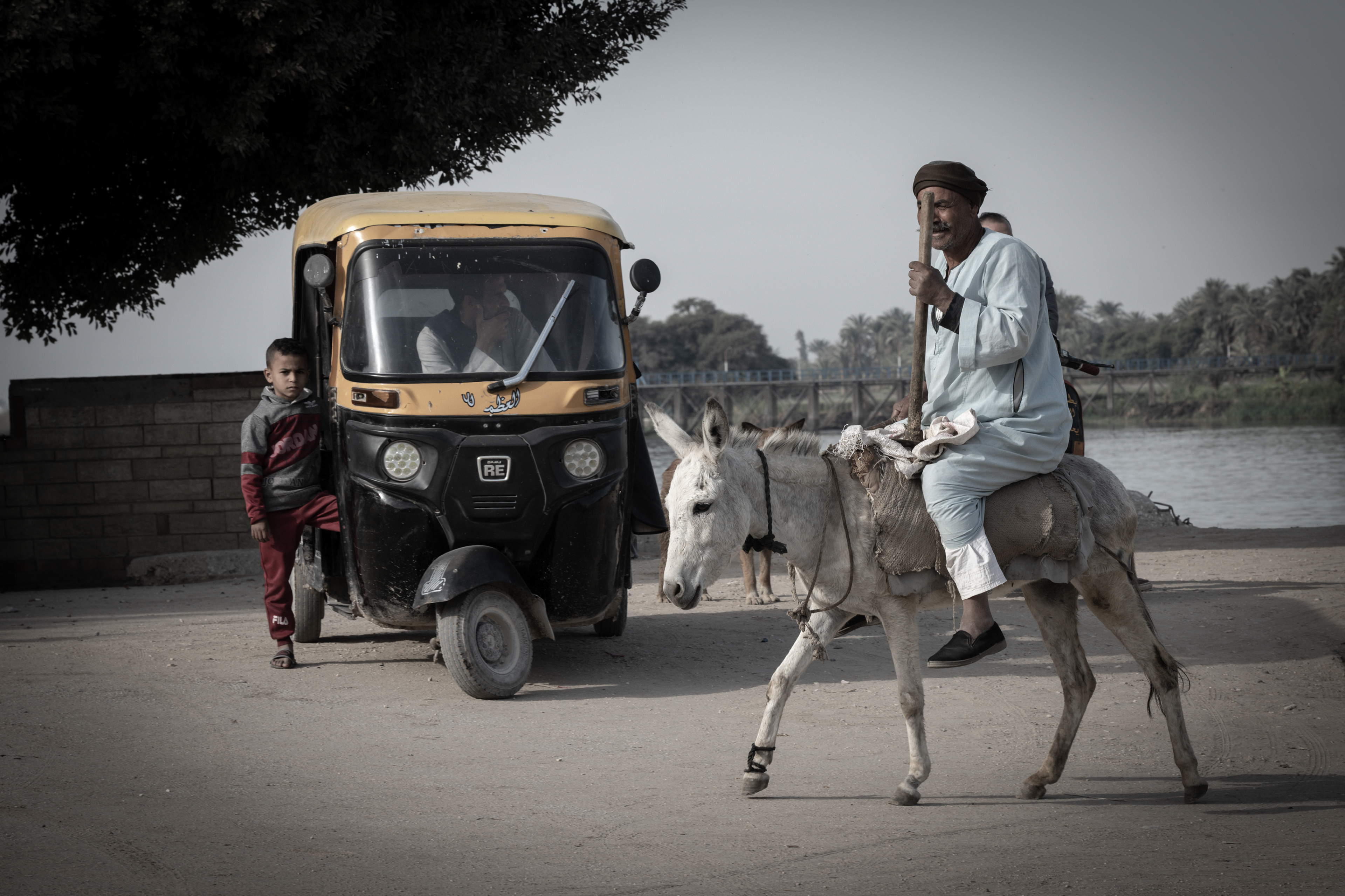
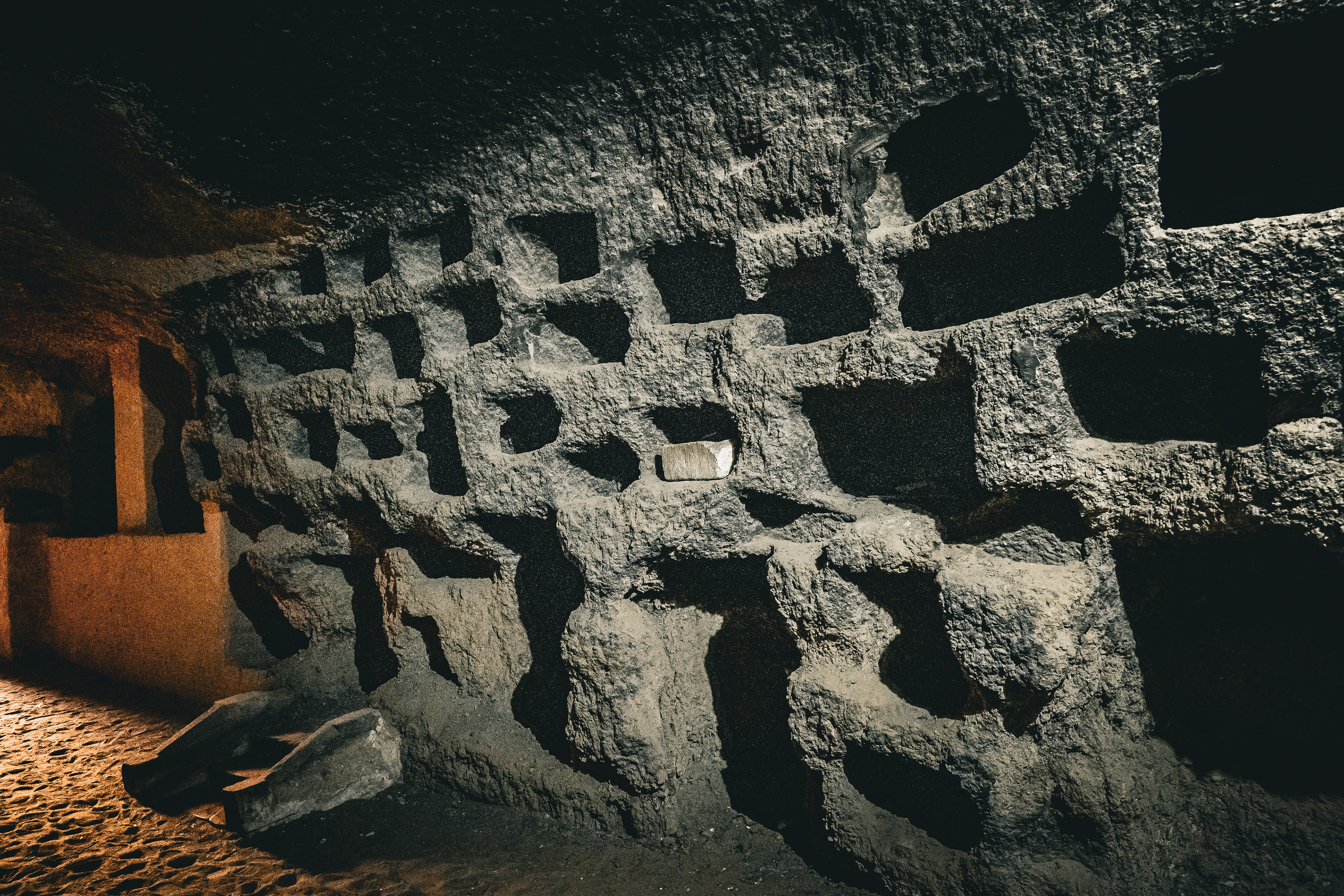
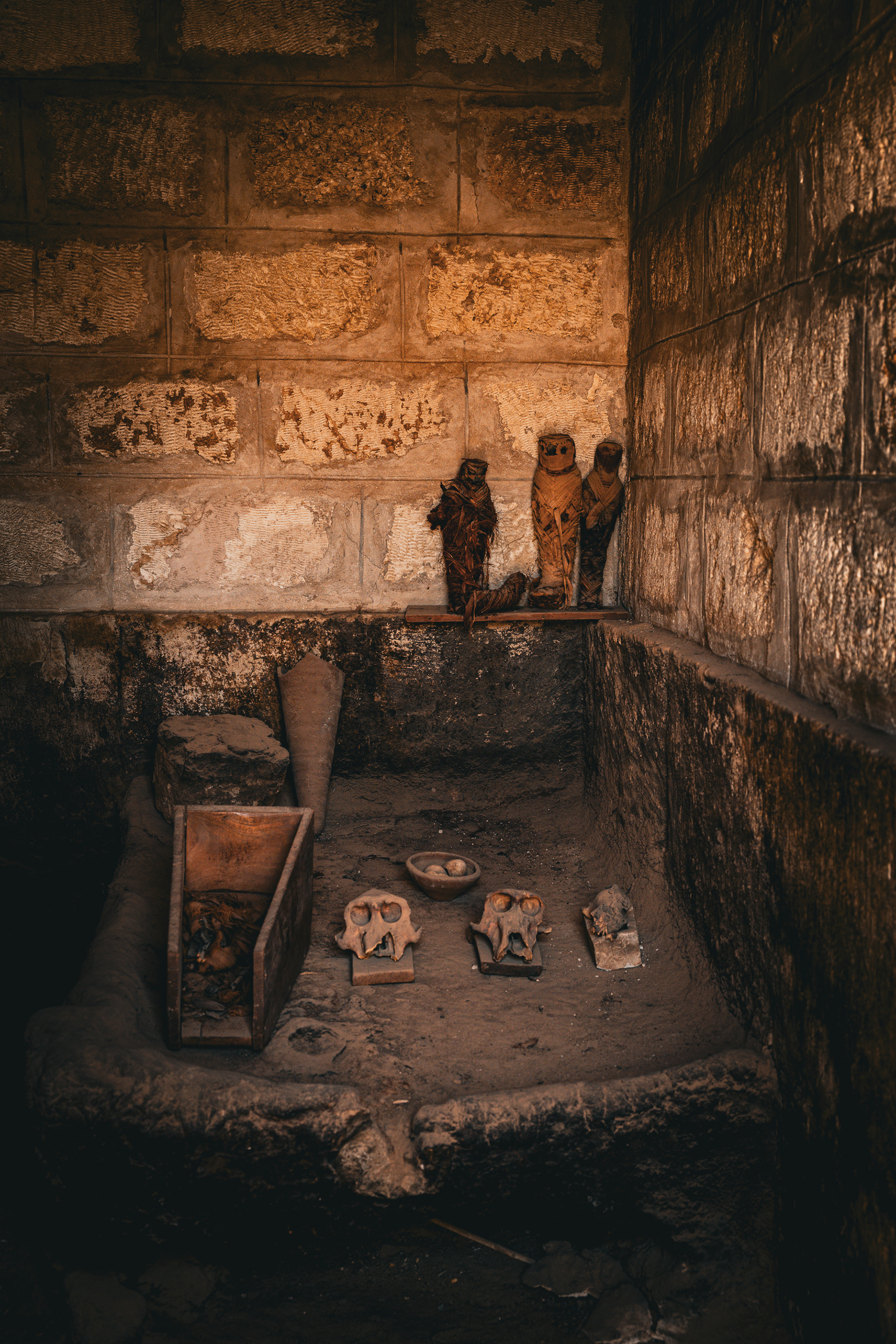
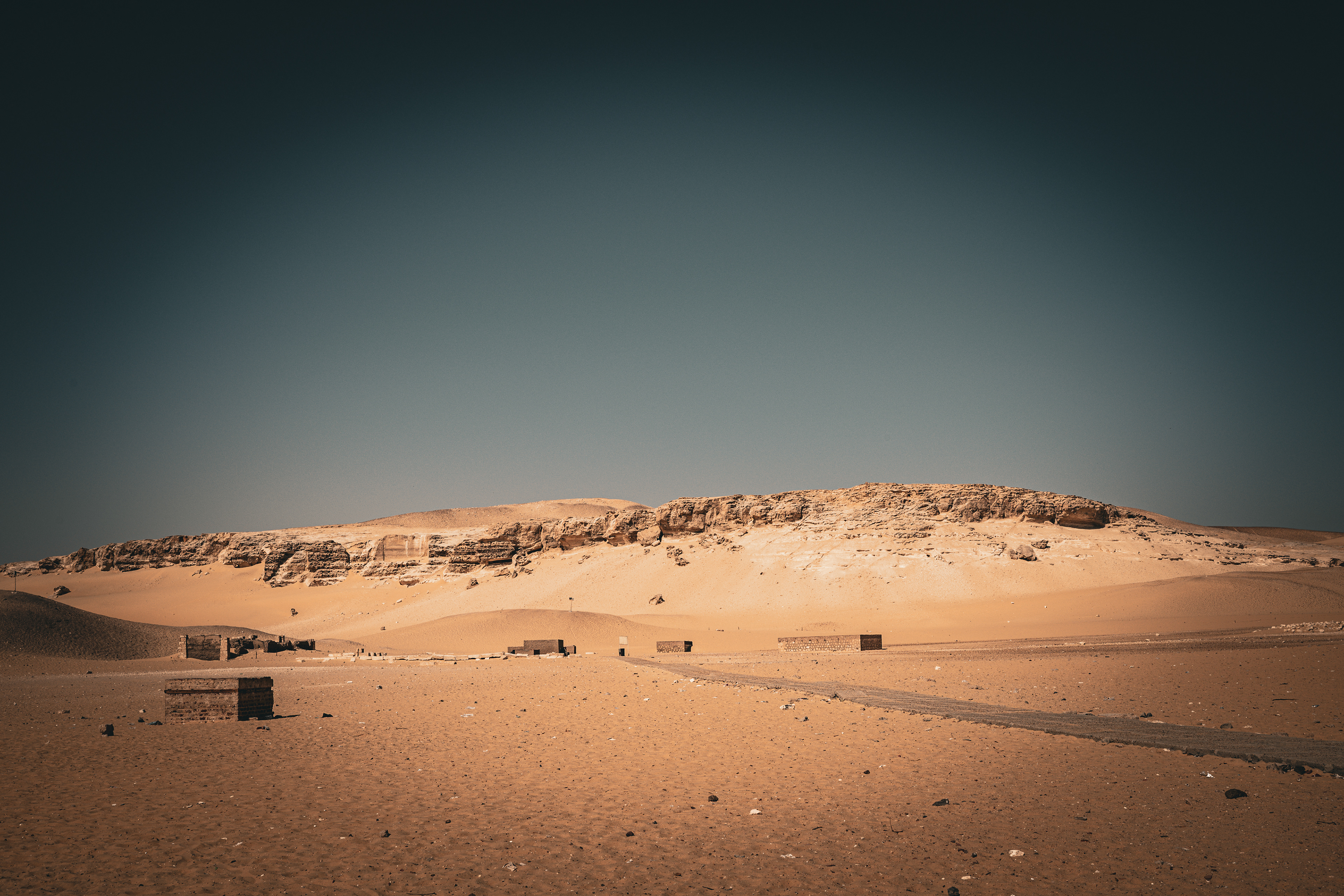
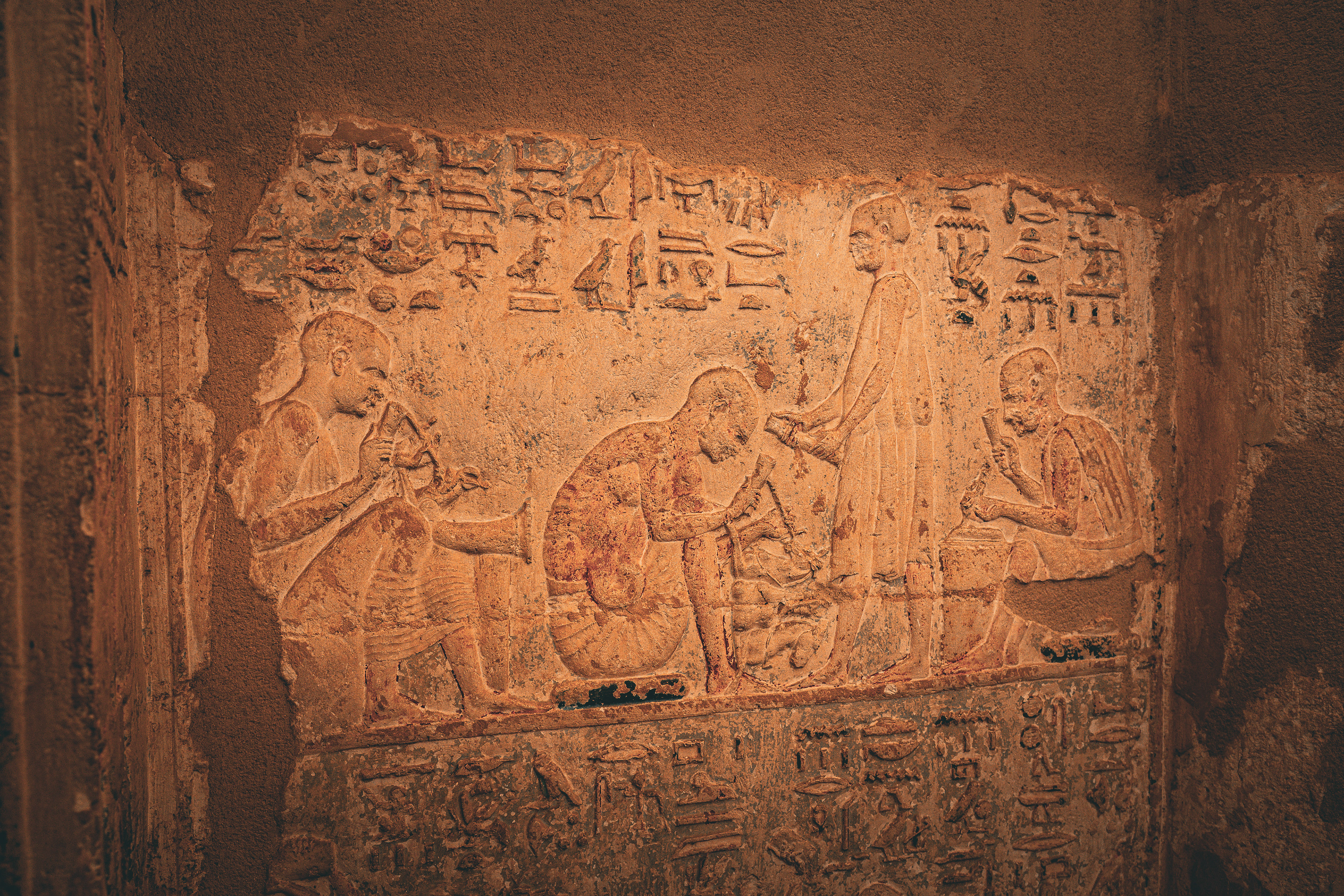
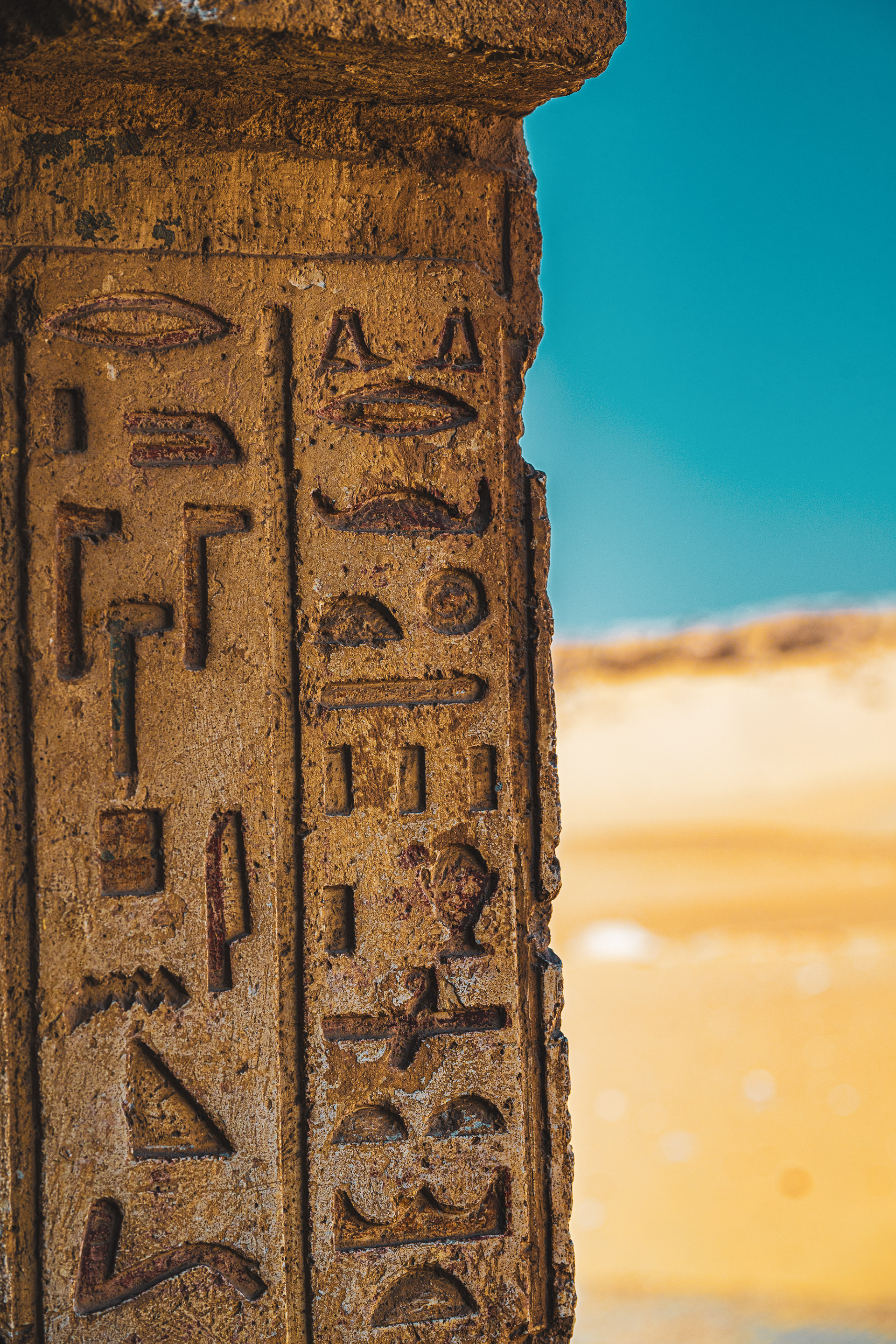
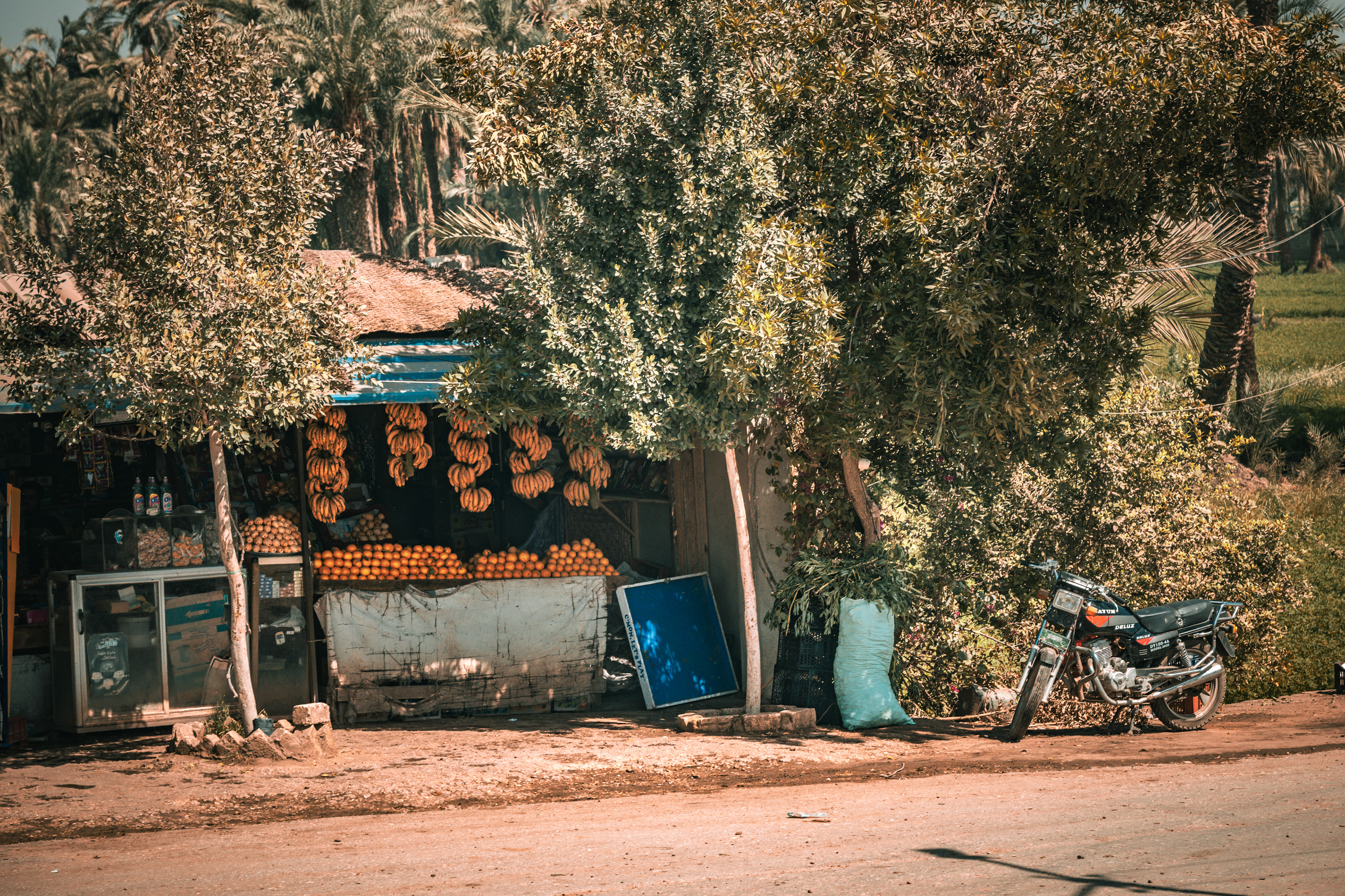
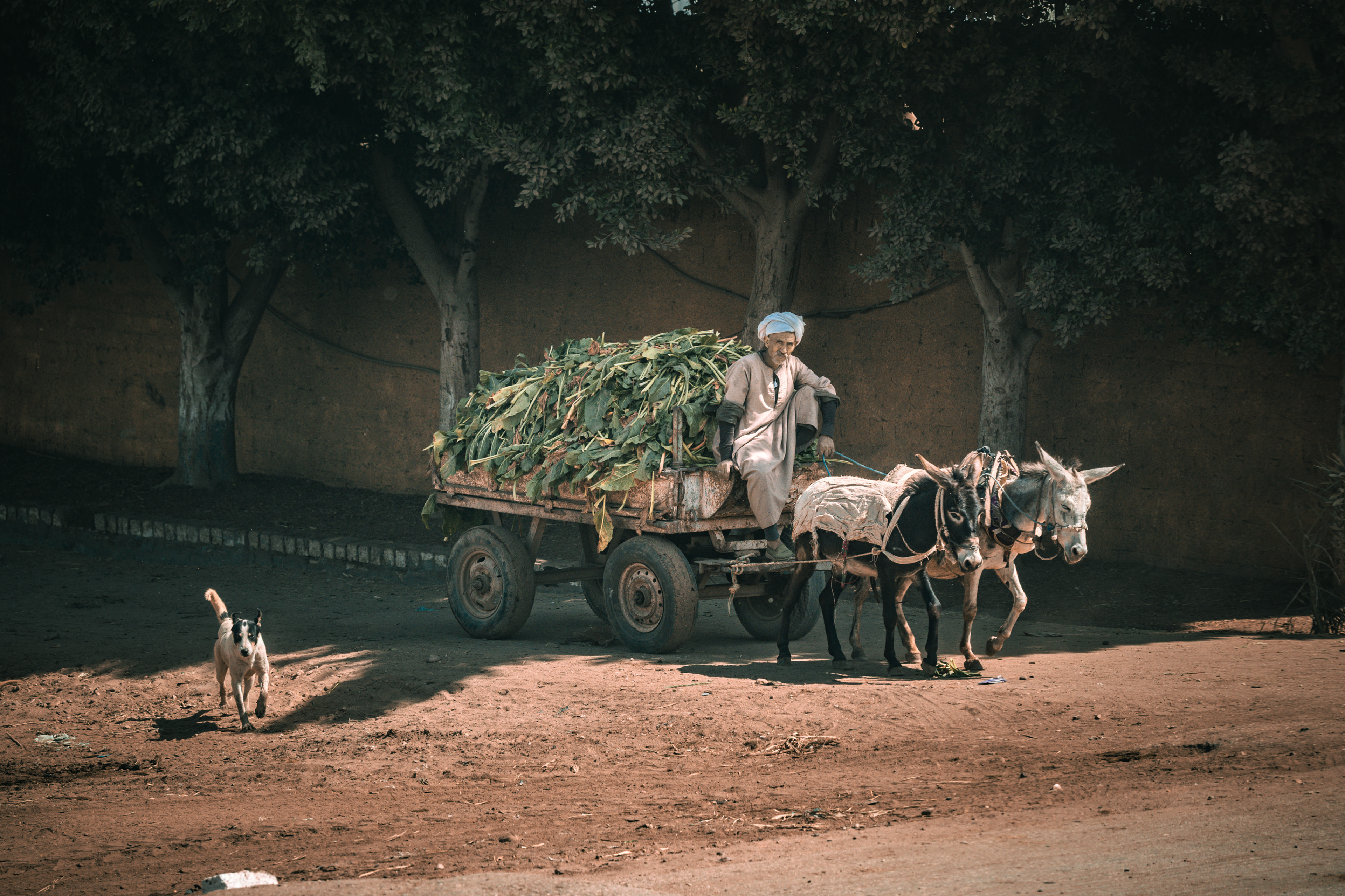
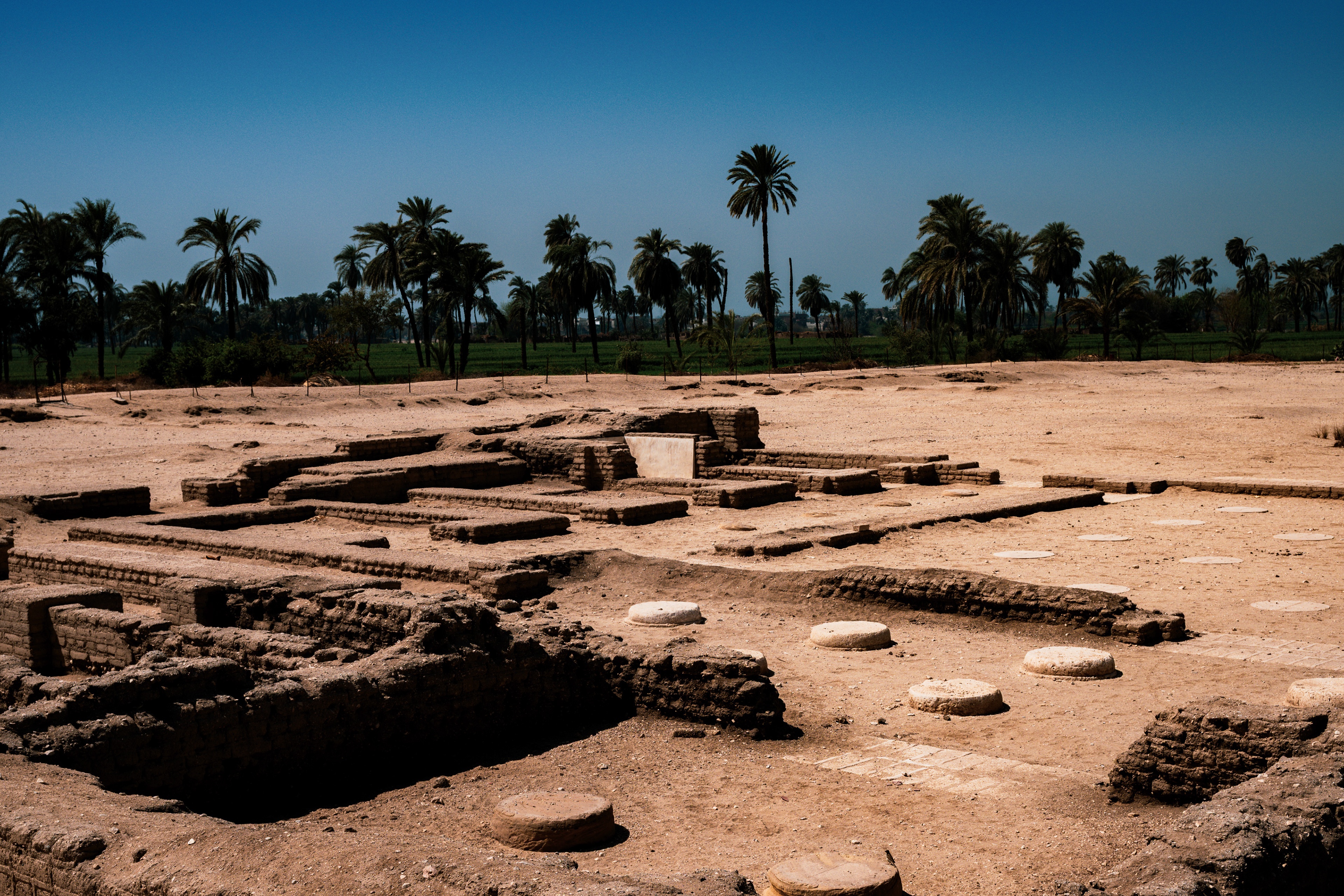
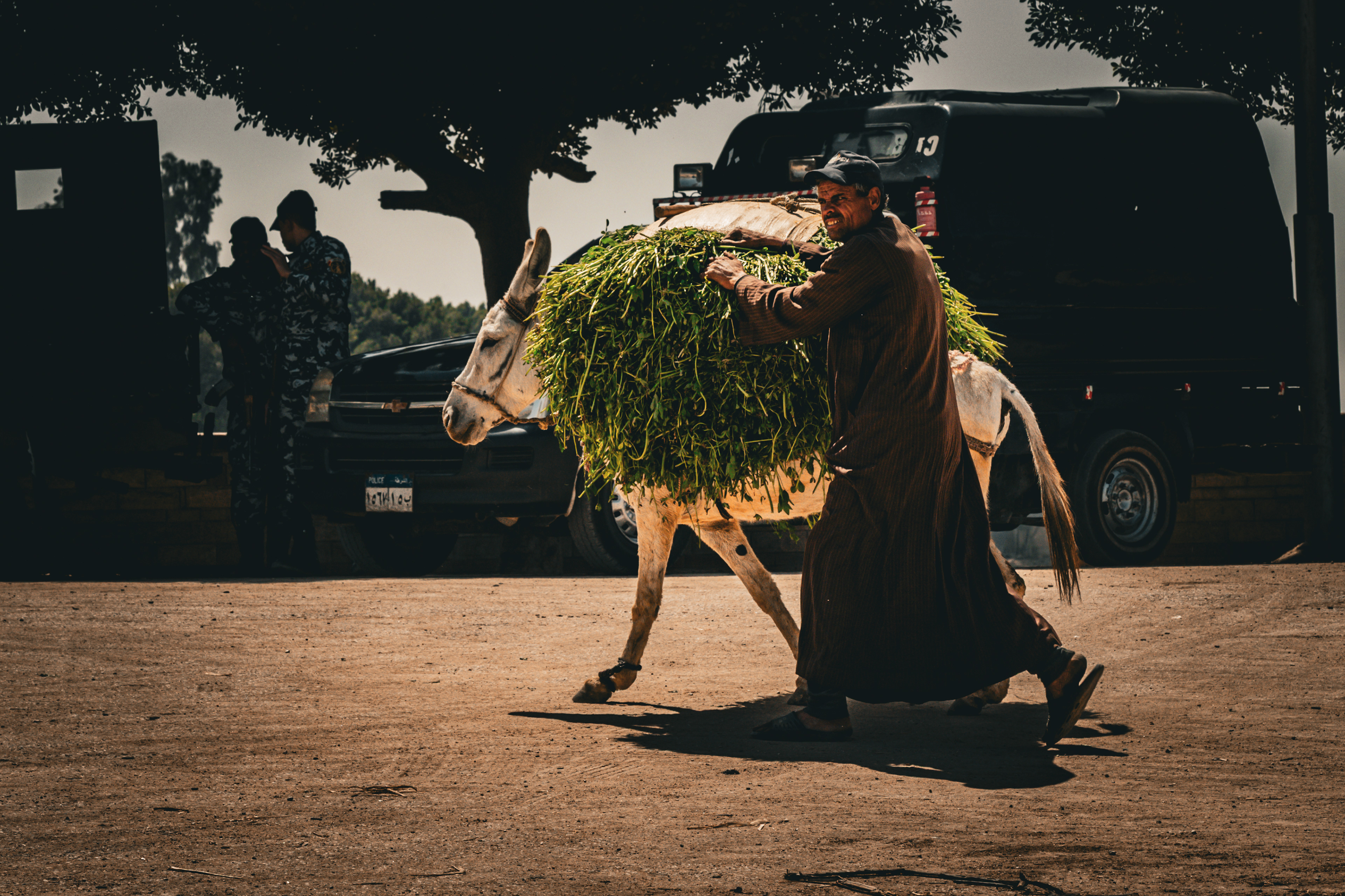
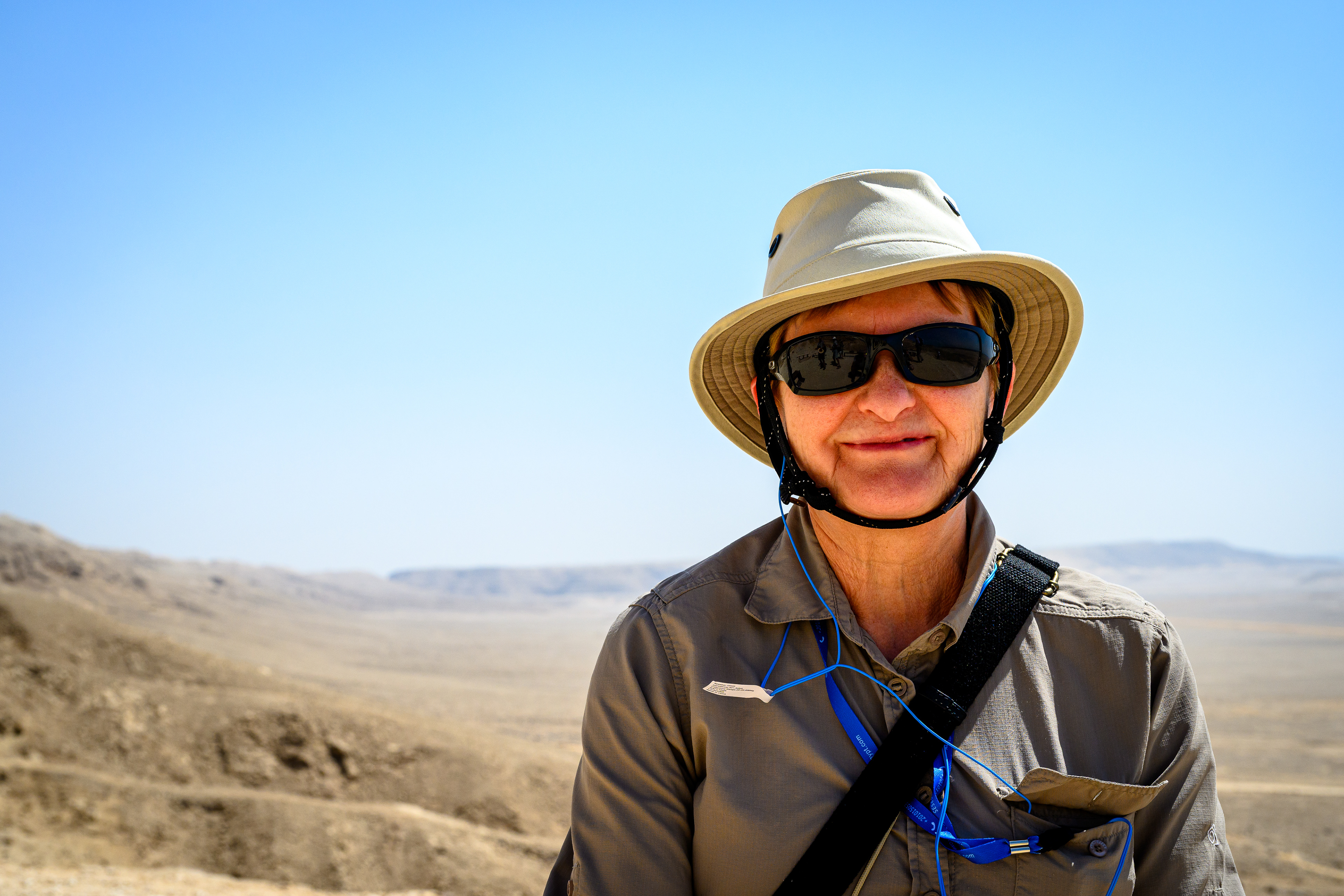
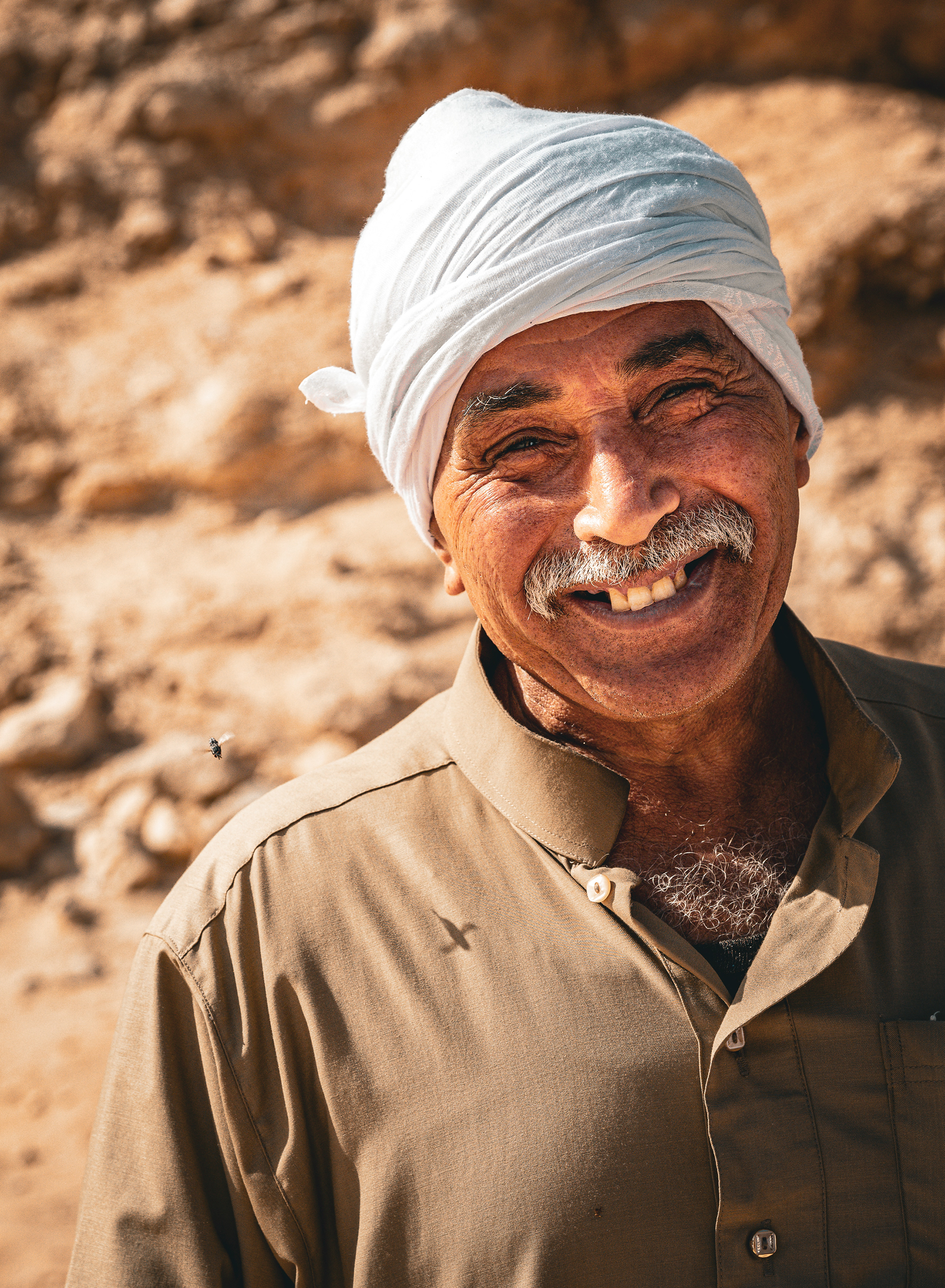
Day 10
This morning began with the third lecture given by Martin Sixsmith, our guest speaker for this trip. The details of the trip mentioned that there would be a guest lecturer and we assumed that he would be talking about Egyptology. We were not quite sure how this was going to work as Martin was a BBC correspondent who spent time in Russia and in Washington, before being a press secretary in Tony Blair’s government. Martin then went on to become a writer – who amongst other things wrote Philomena, which was made into a film in 2013. Rather than talk about Egyptology, Martin’s first two talks were largely about the more recent political history of Egypt and East-West relations, with the third talk today being about Philomena. It was not quite what we had expected – but all very informative and entertaining.
The afternoon was spent with a journey to and from some tombs at Beni Hassan. The two journeys were very different – the journey out being through numerous small villages along dusty roads seeking the small shops along the side of the street and the donkeys carrying people and goods around and generating the fertilizer to keep the crops growing. The way back was along the new desert road and through one of the new cities being built by the government to house the population. At the moment, there are lots of 10 story high buildings which are waiting for people to move to before they are completed by putting in windows. When people move in, they pay a small deposit to the government and then pay off the rest of the cost over a number of years. This is to encourage people away from the fertile areas near the Nile so that this can be used to grow more crops in the hope that, one day, the country can be more sustainable.
The tombs were extremely interesting her. Each tomb was for a family, and could have held the dead from the family over 200 years or more. Each tomb was cut as a square into the hill, with a burial shaft into which the sarcophagi were placed. The shafts were more than 20 meters deep. To lower a sarcophagus, the shafts were filled with sand, and the sarcophagus placed on top. As the sand was removed, the body was lowered to the bottom of the shaft, from which it could be moved into tunnels below. Although the tombs were much earlier than many that we had seen, the carvings and engravings on the plaster were very different, being much more real life then we had L seen elsewhere. Many of the tombs had pictures of wrestling scenes and other exercising, very much a plan for how people should exercise themselves.
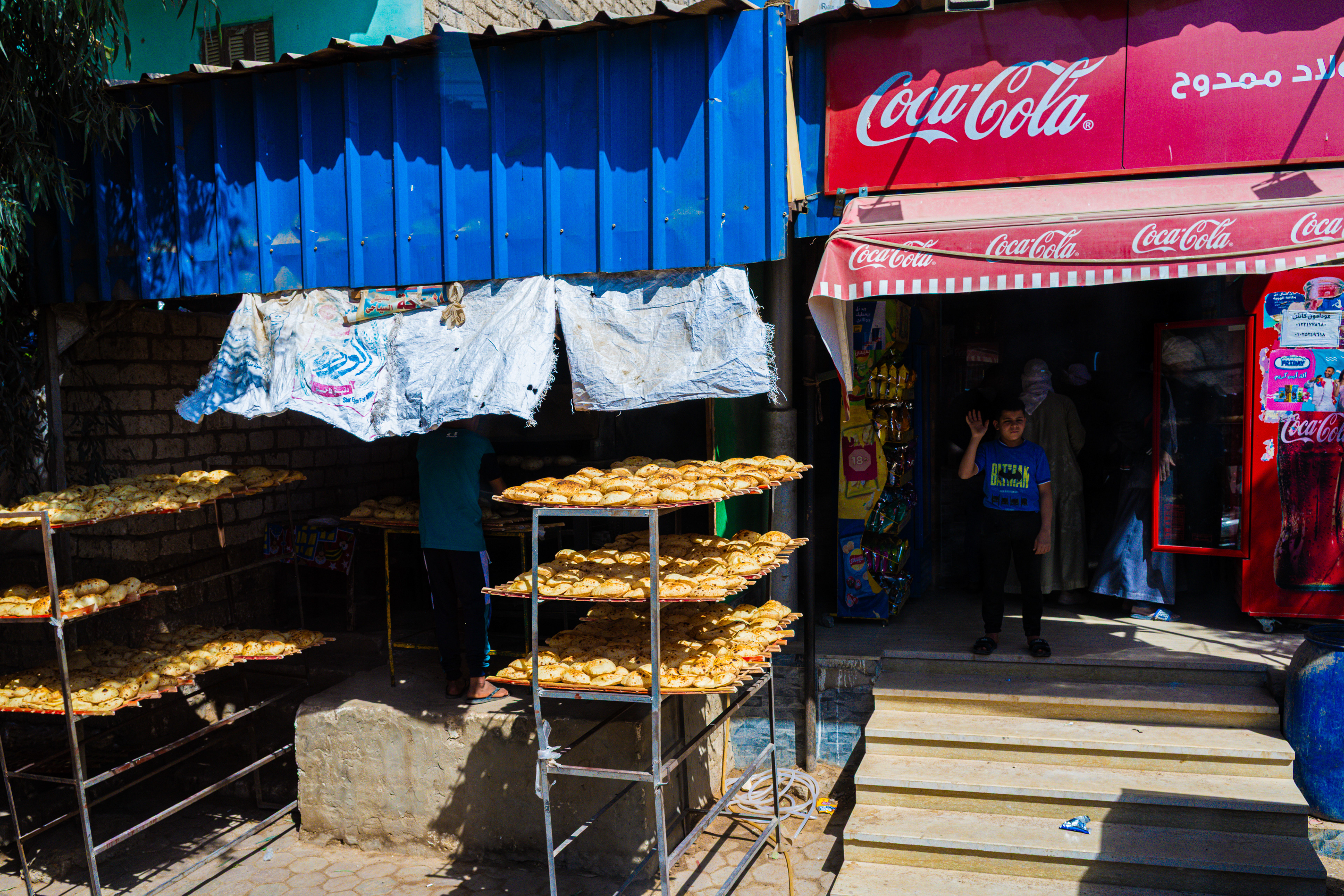
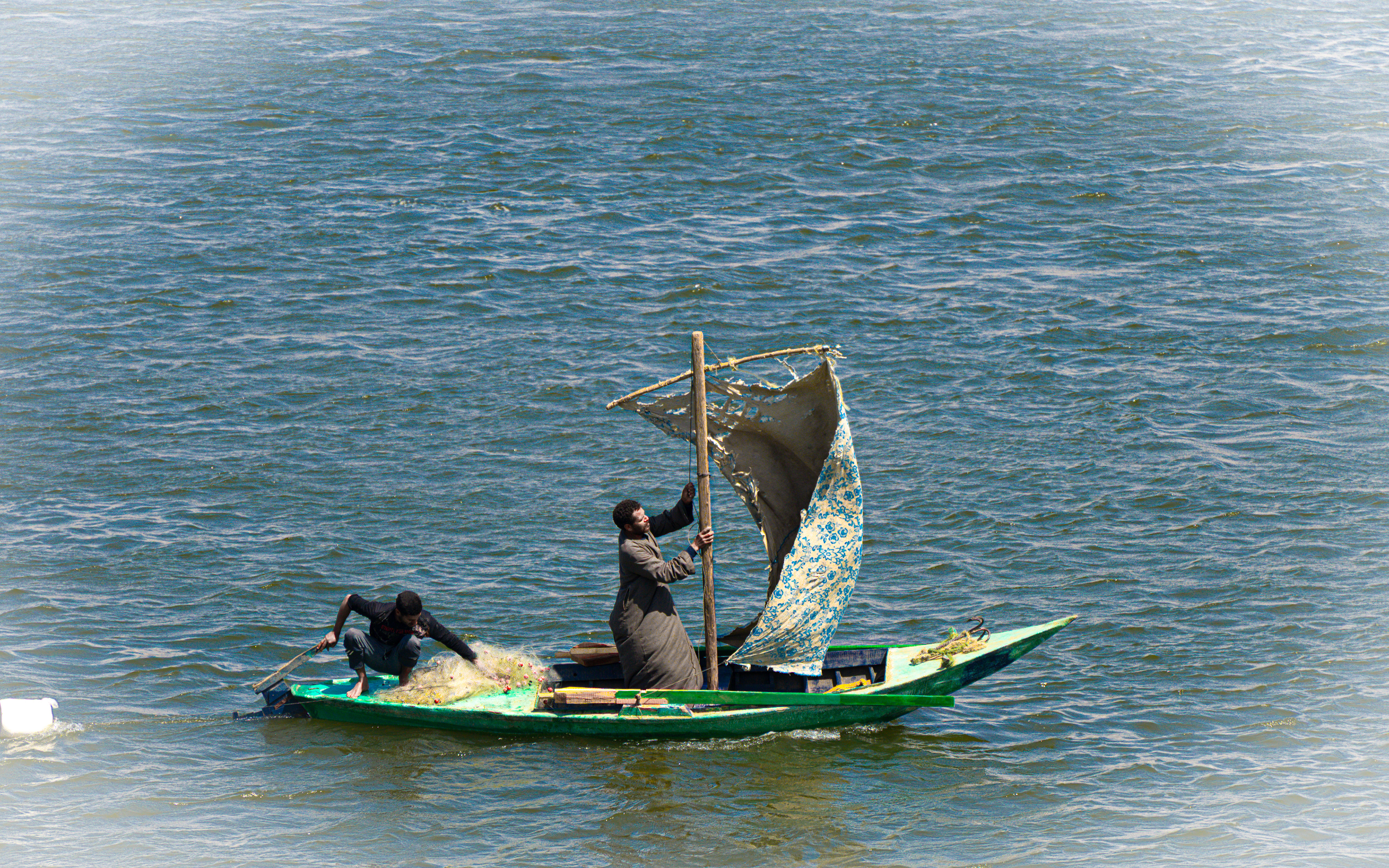
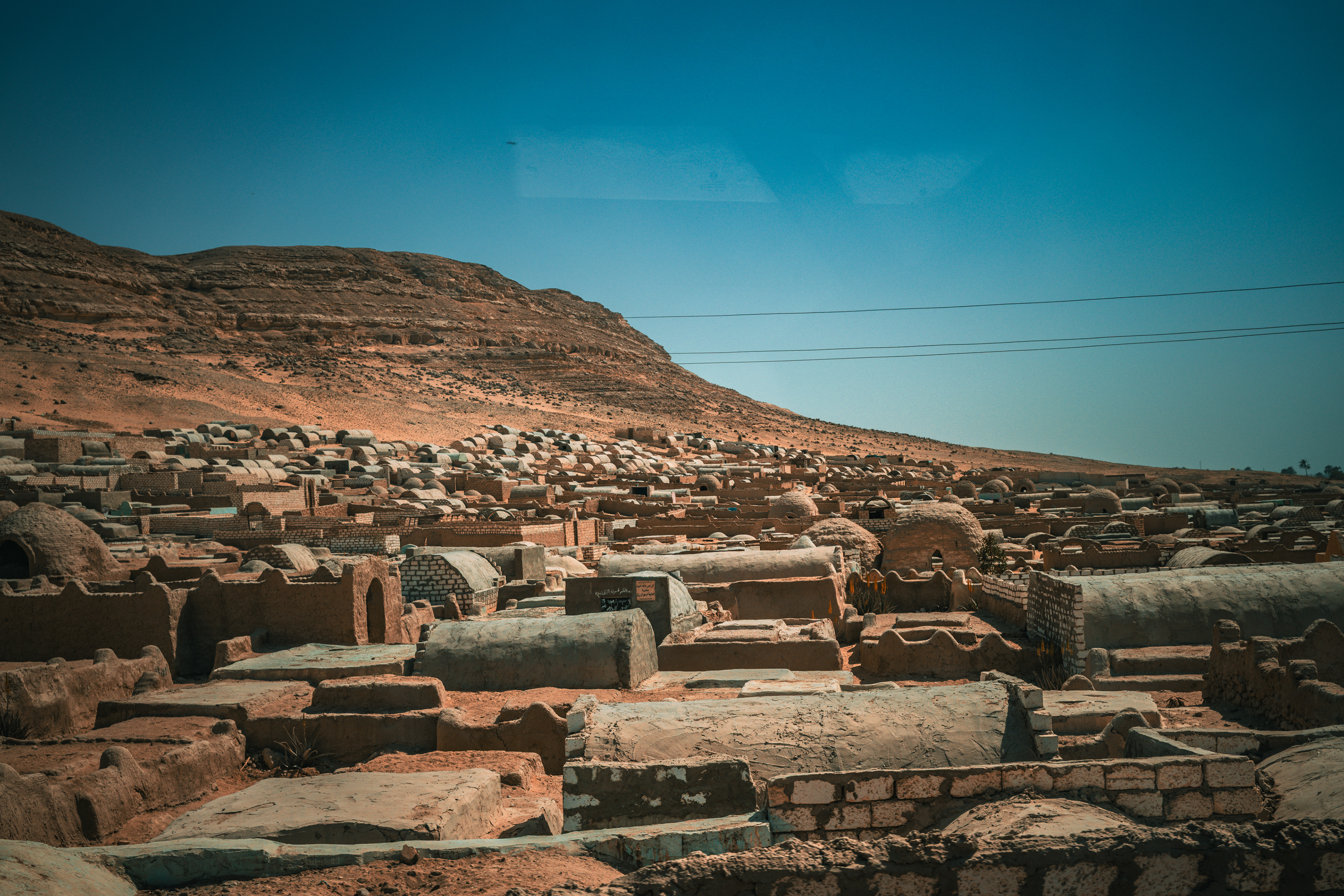
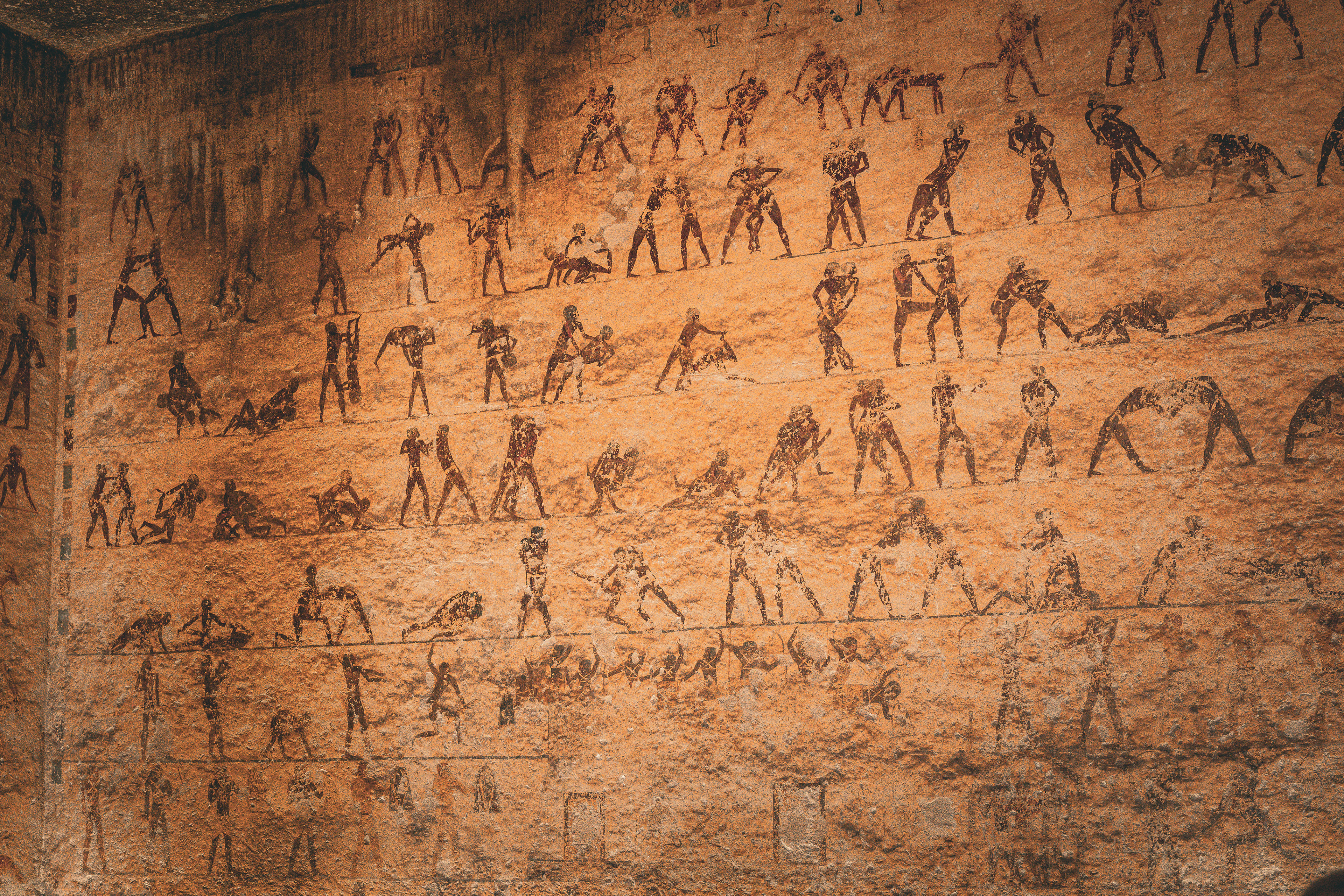
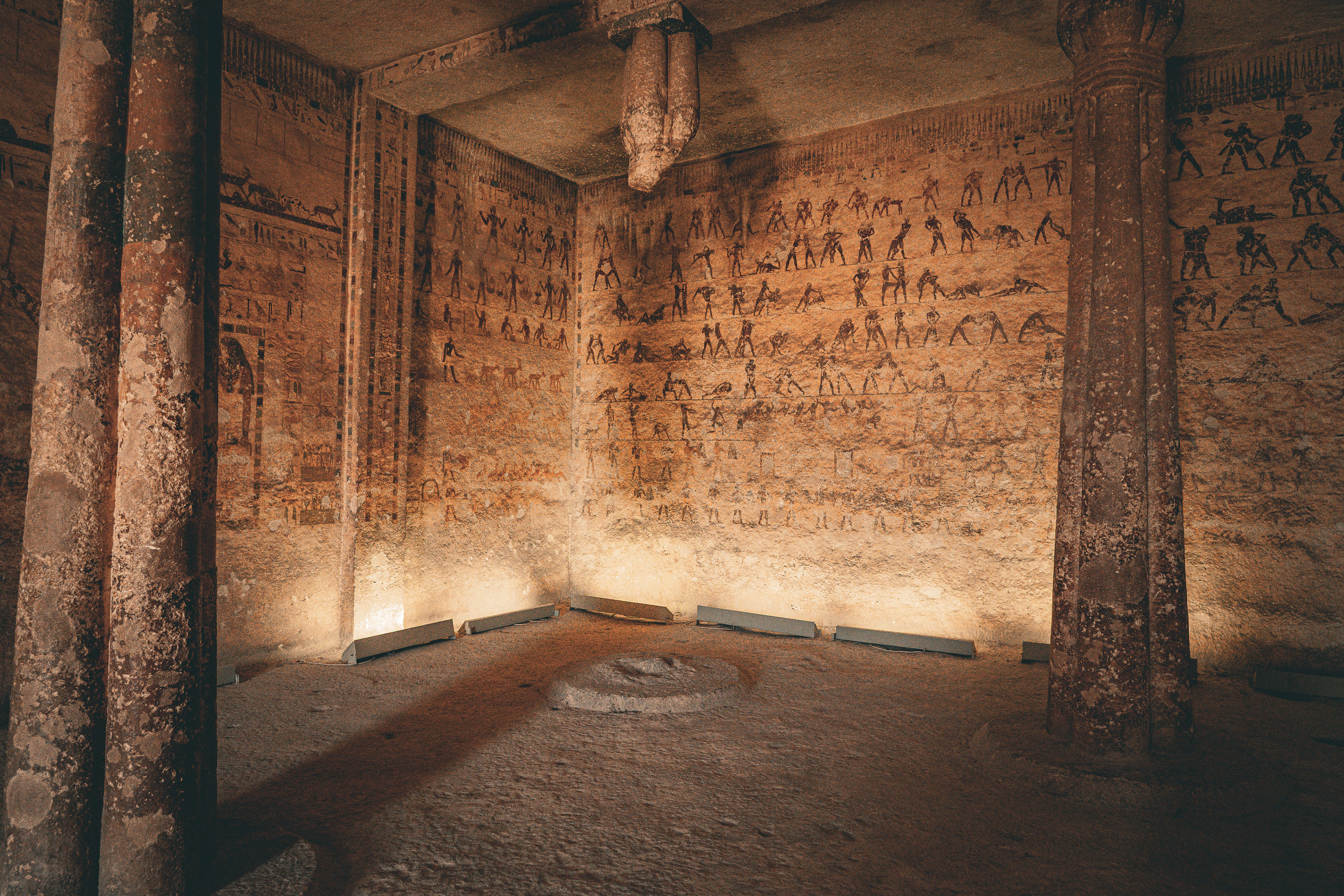
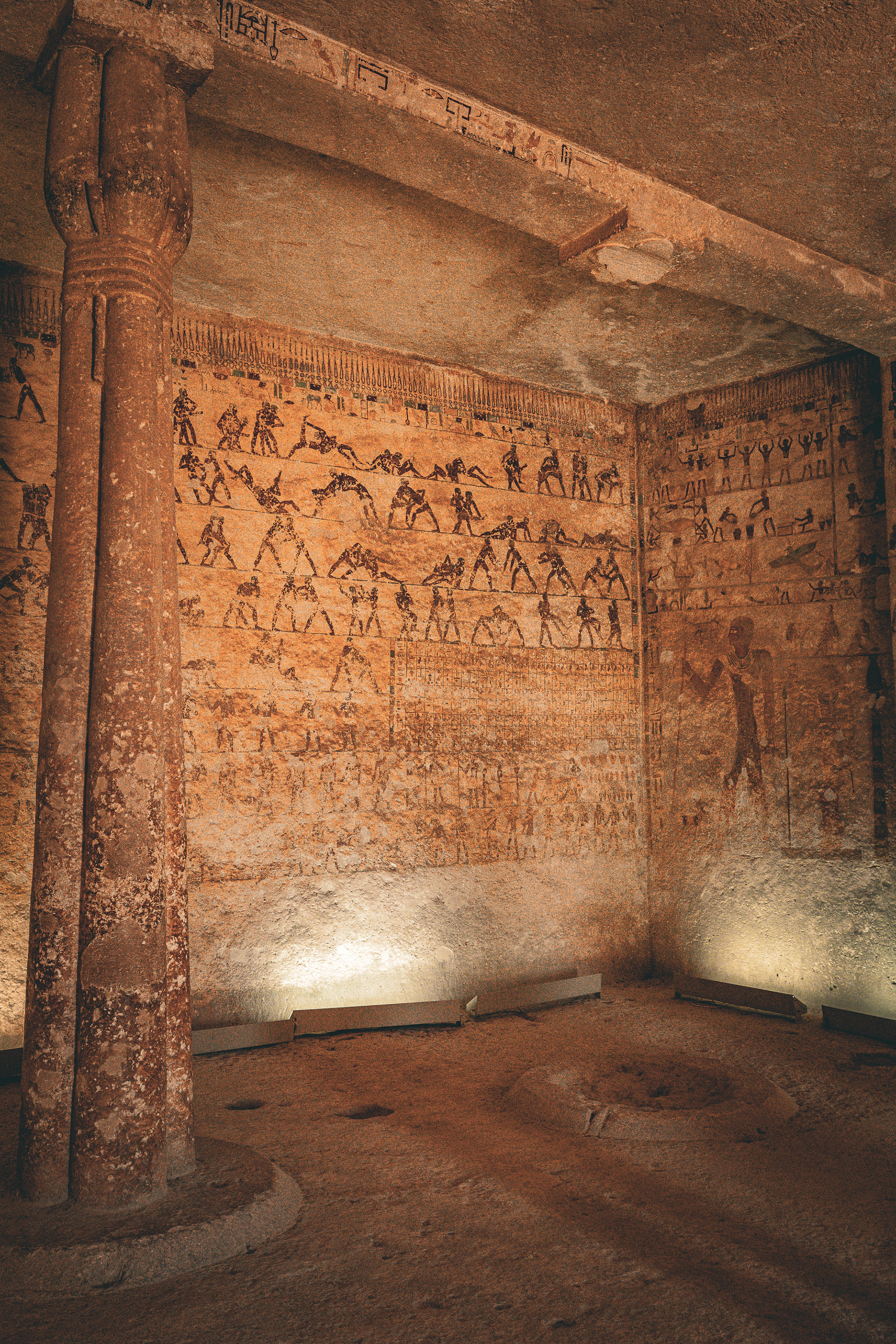
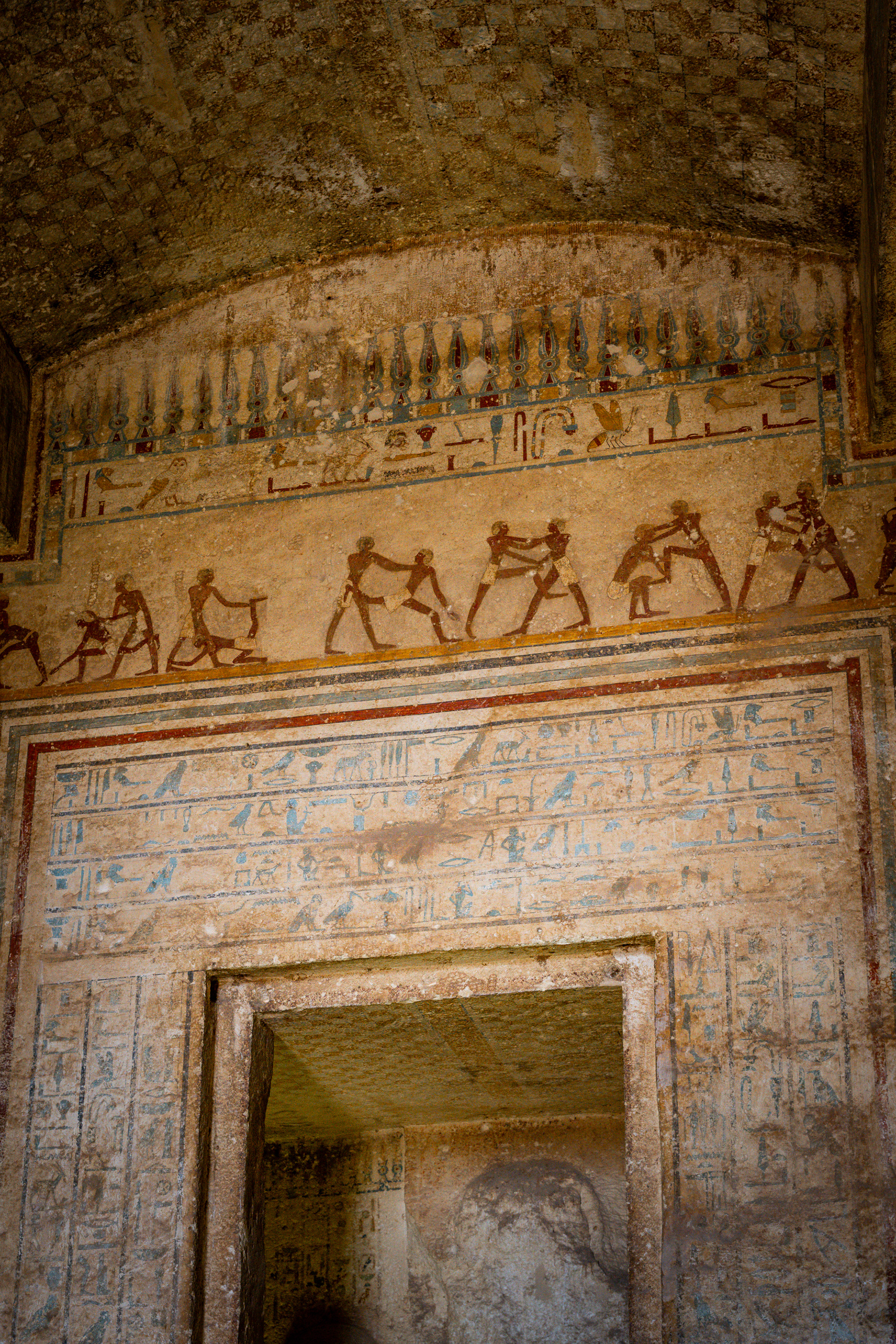
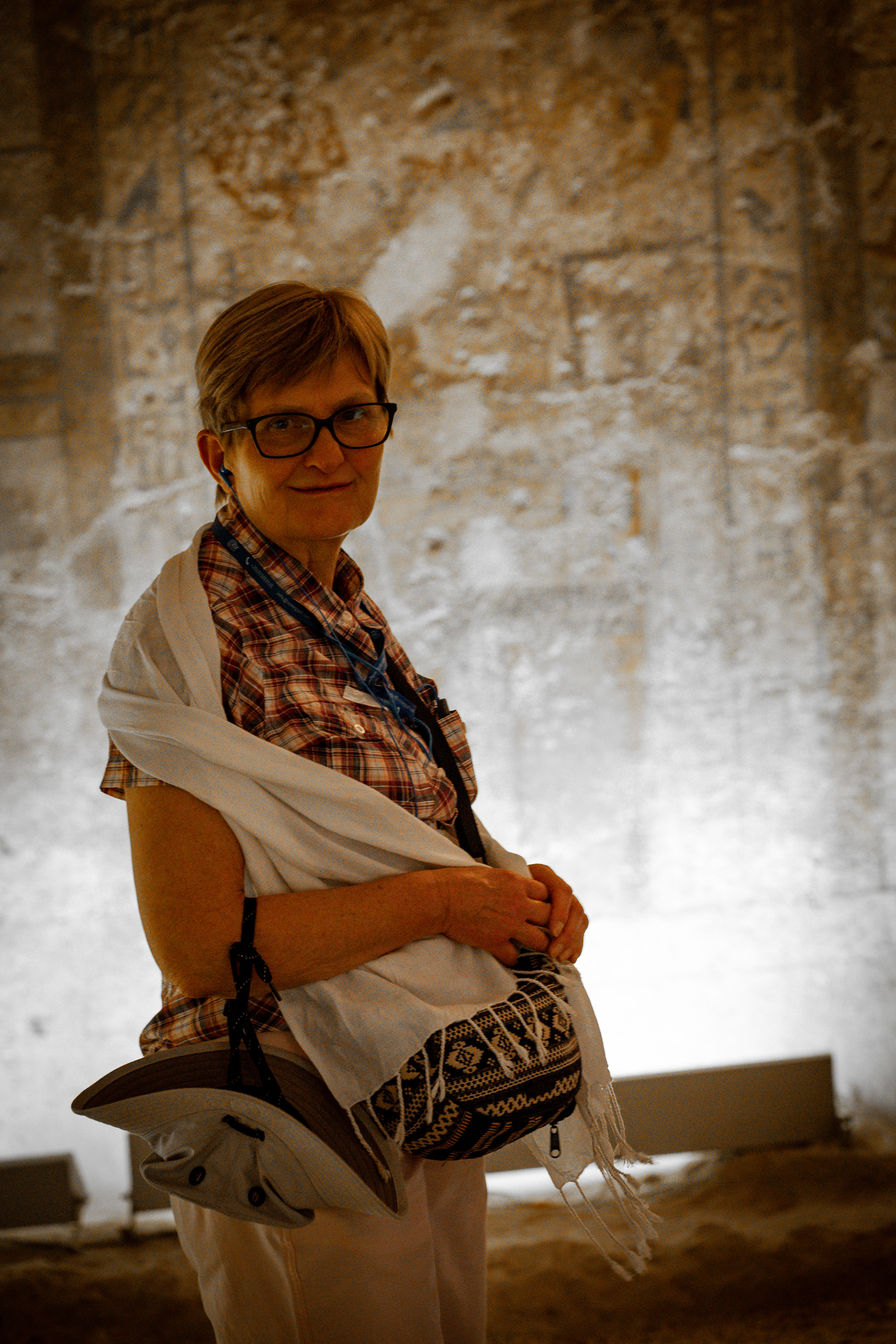
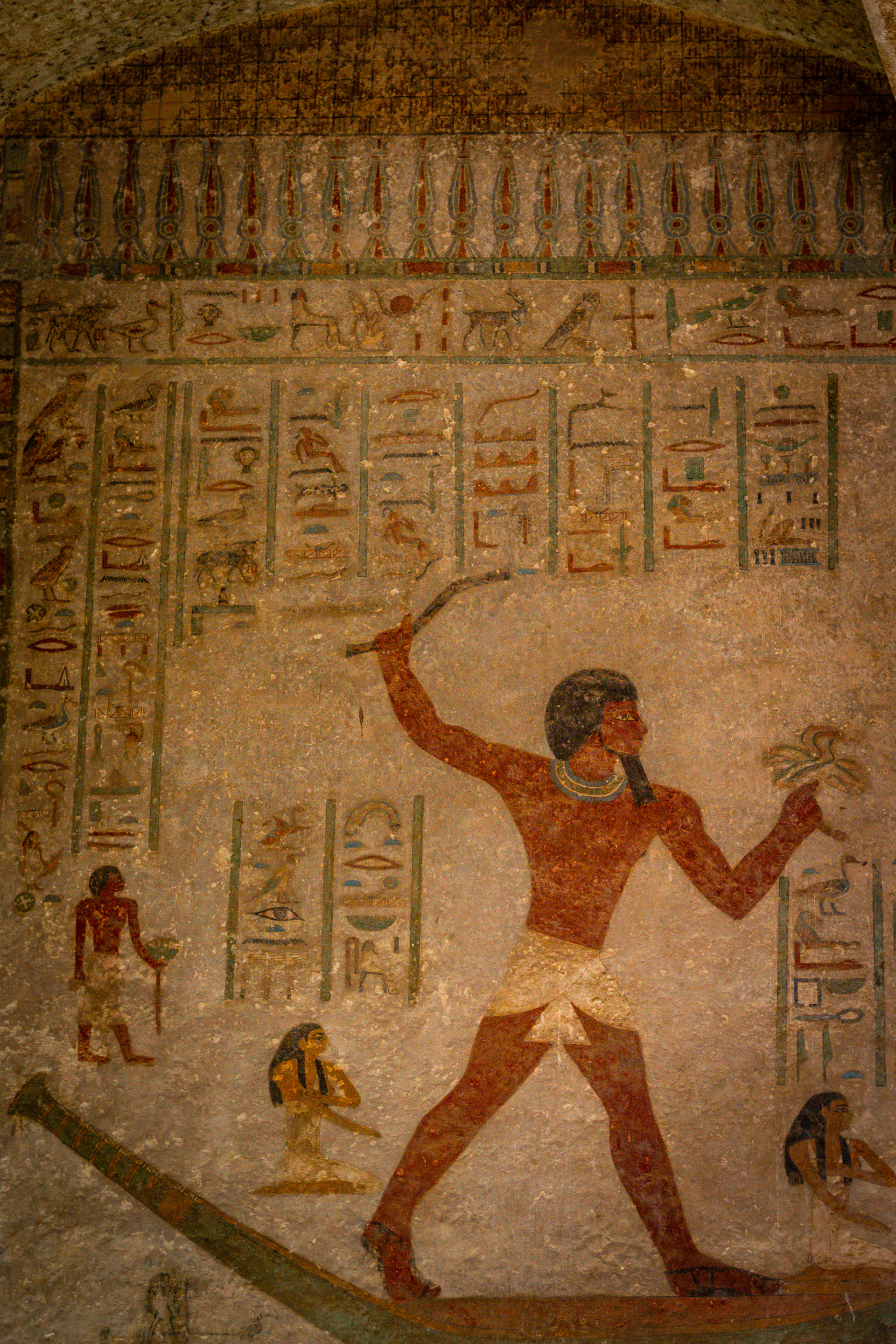
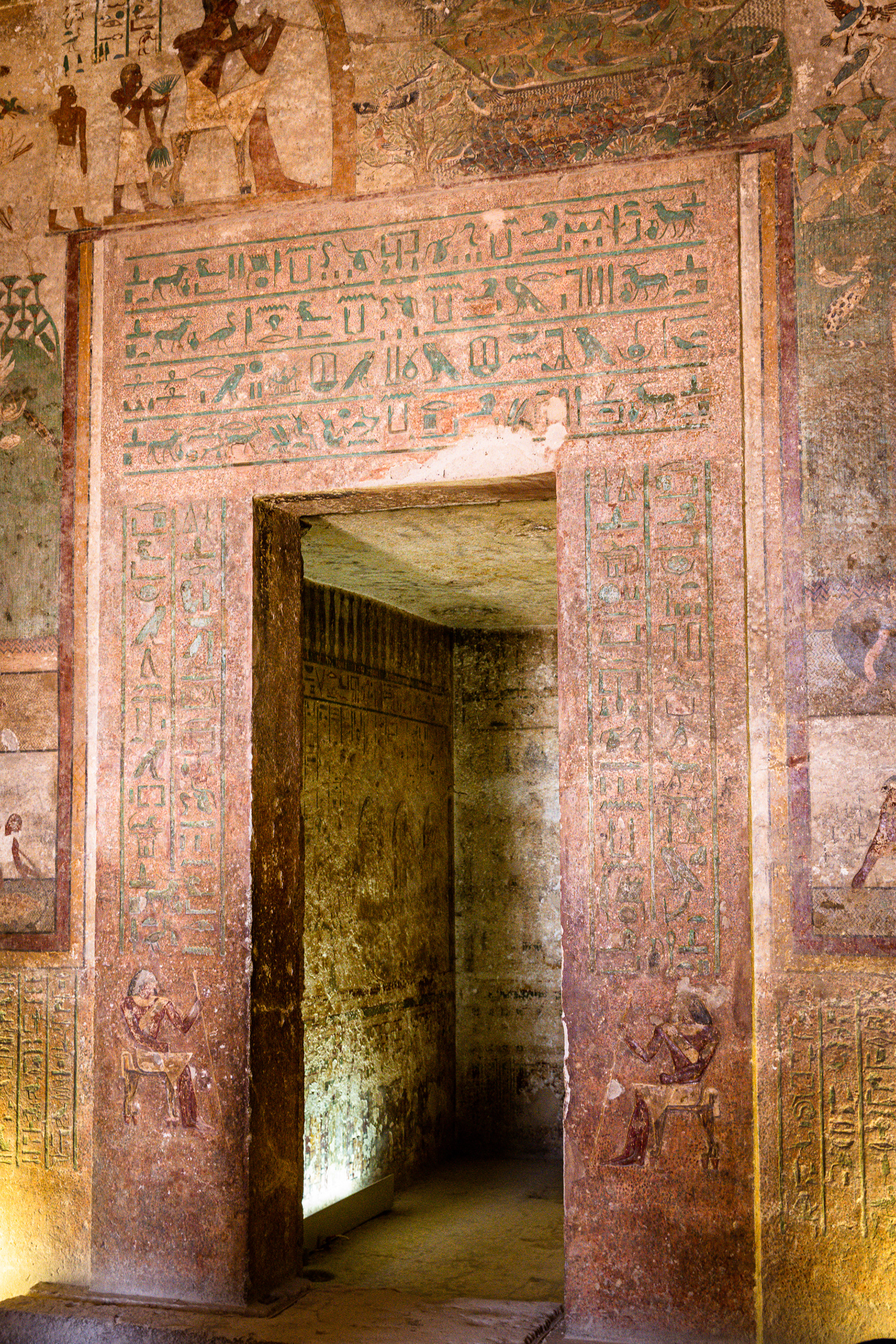
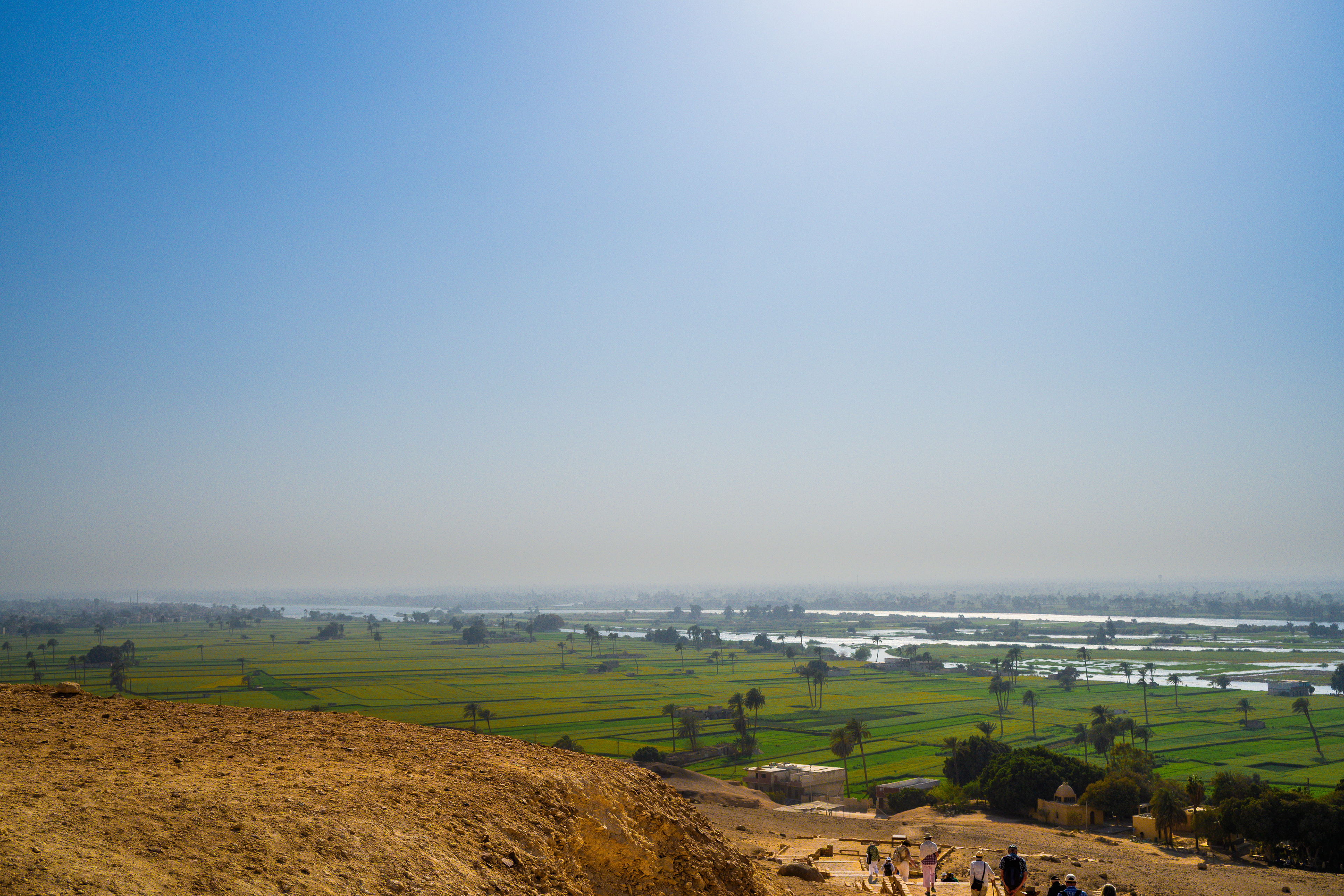
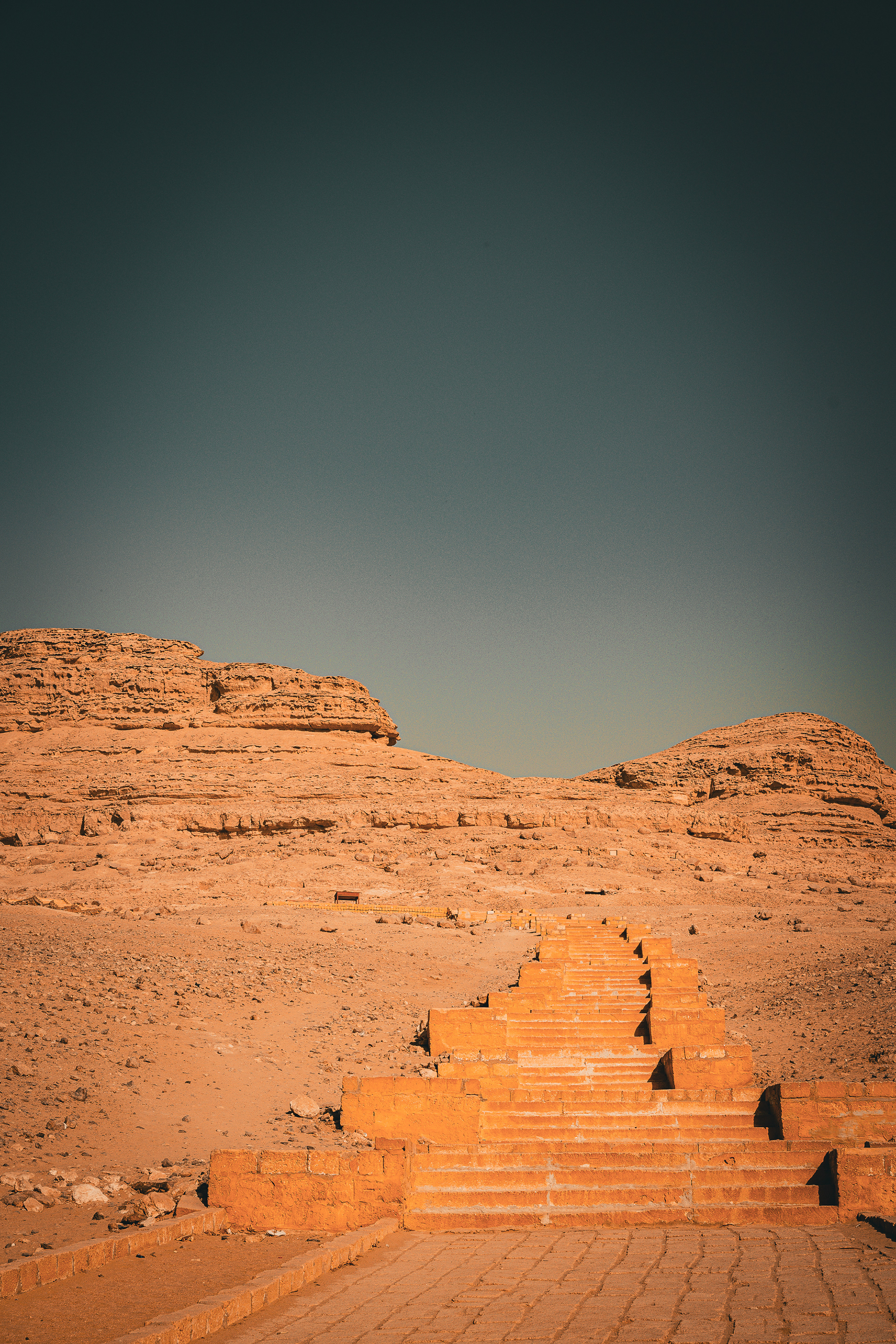
Day 11
Today was a cruising day – powered along the Nile towards Cairo.
As such, it was a quiet day, but we did get a trip into the kitchen to see where all our food was prepared (a very small kitchen given the number of people working in it and the amount and variety of food that came out of it) and to see the steam engine that powered us along our journey.
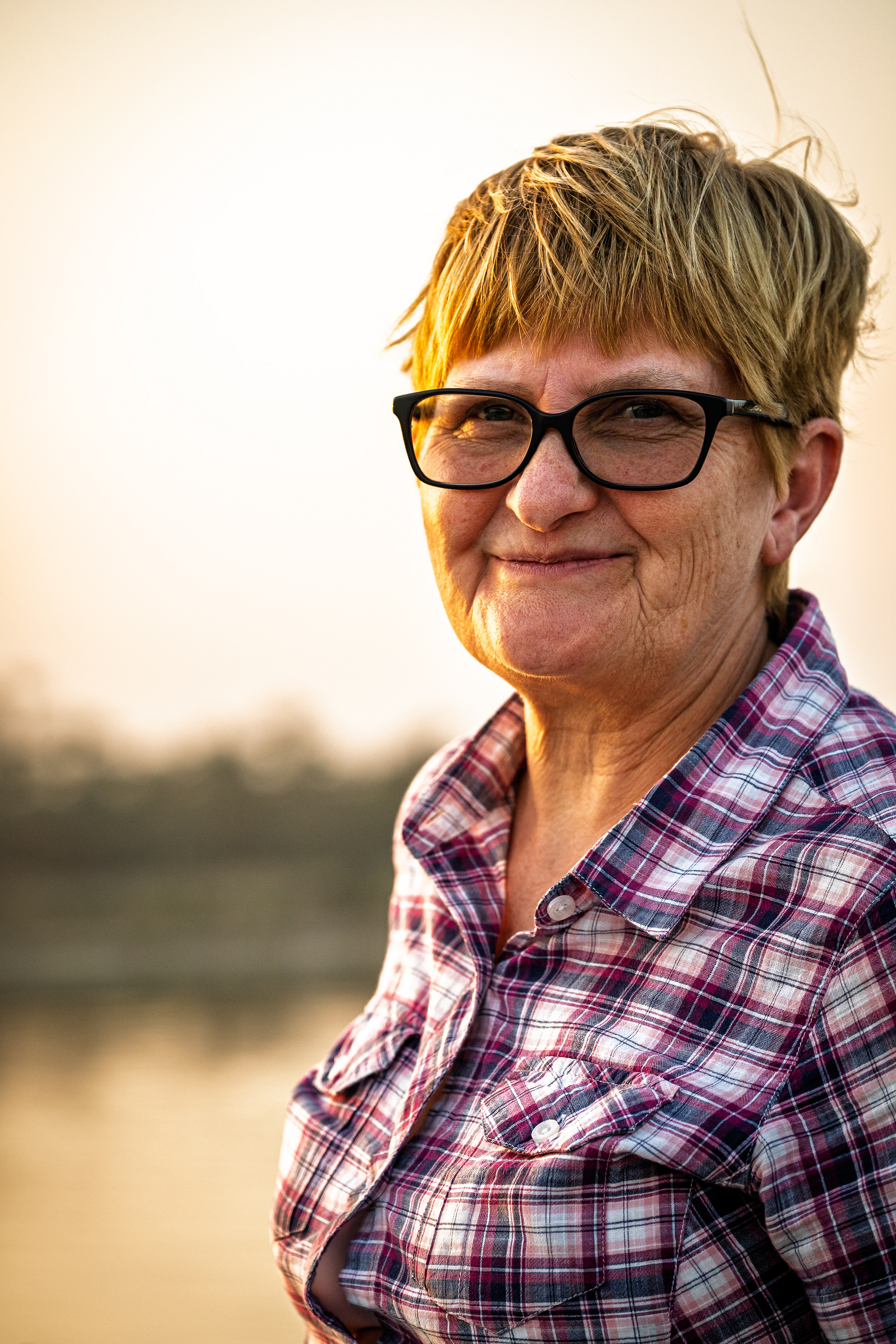
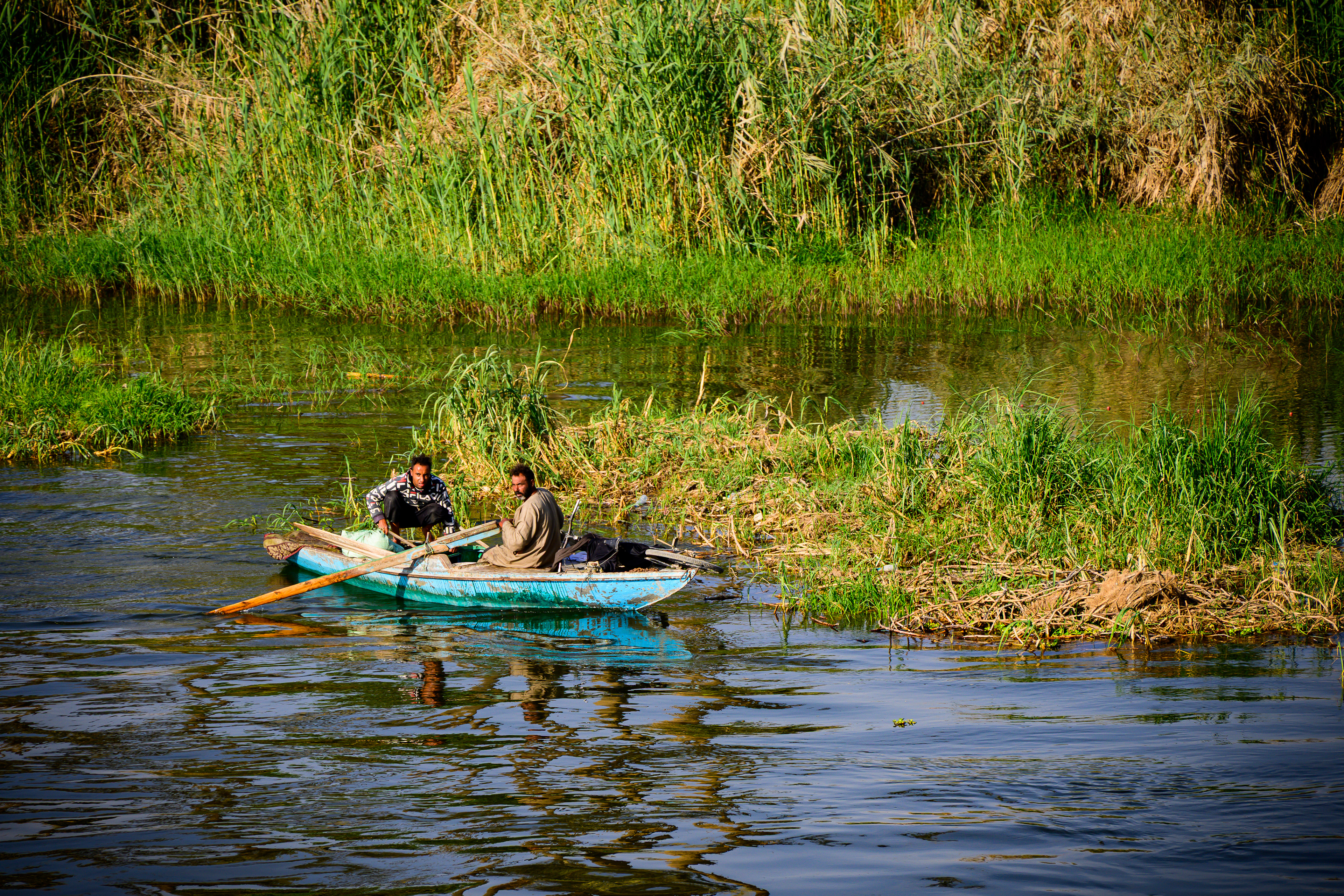
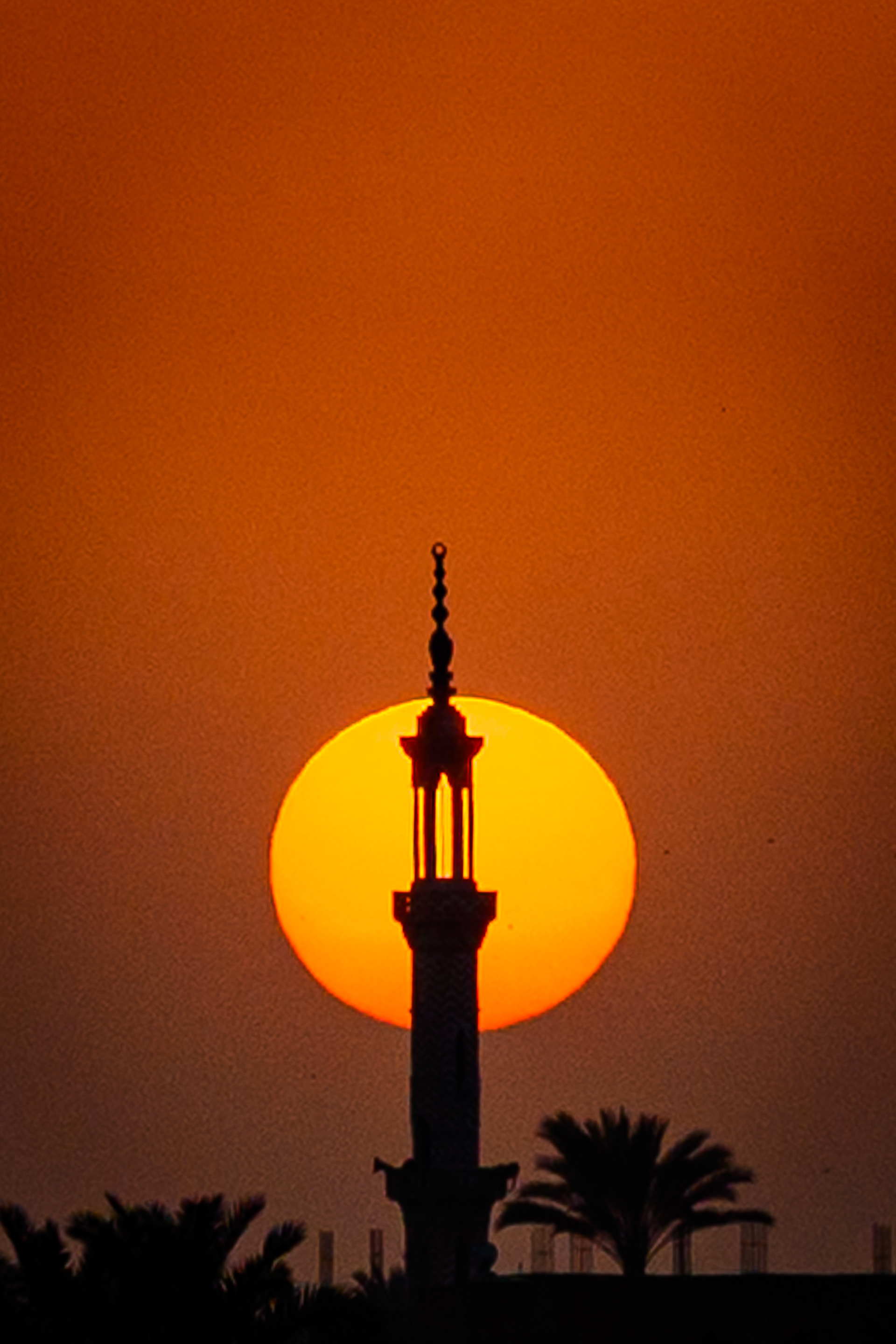
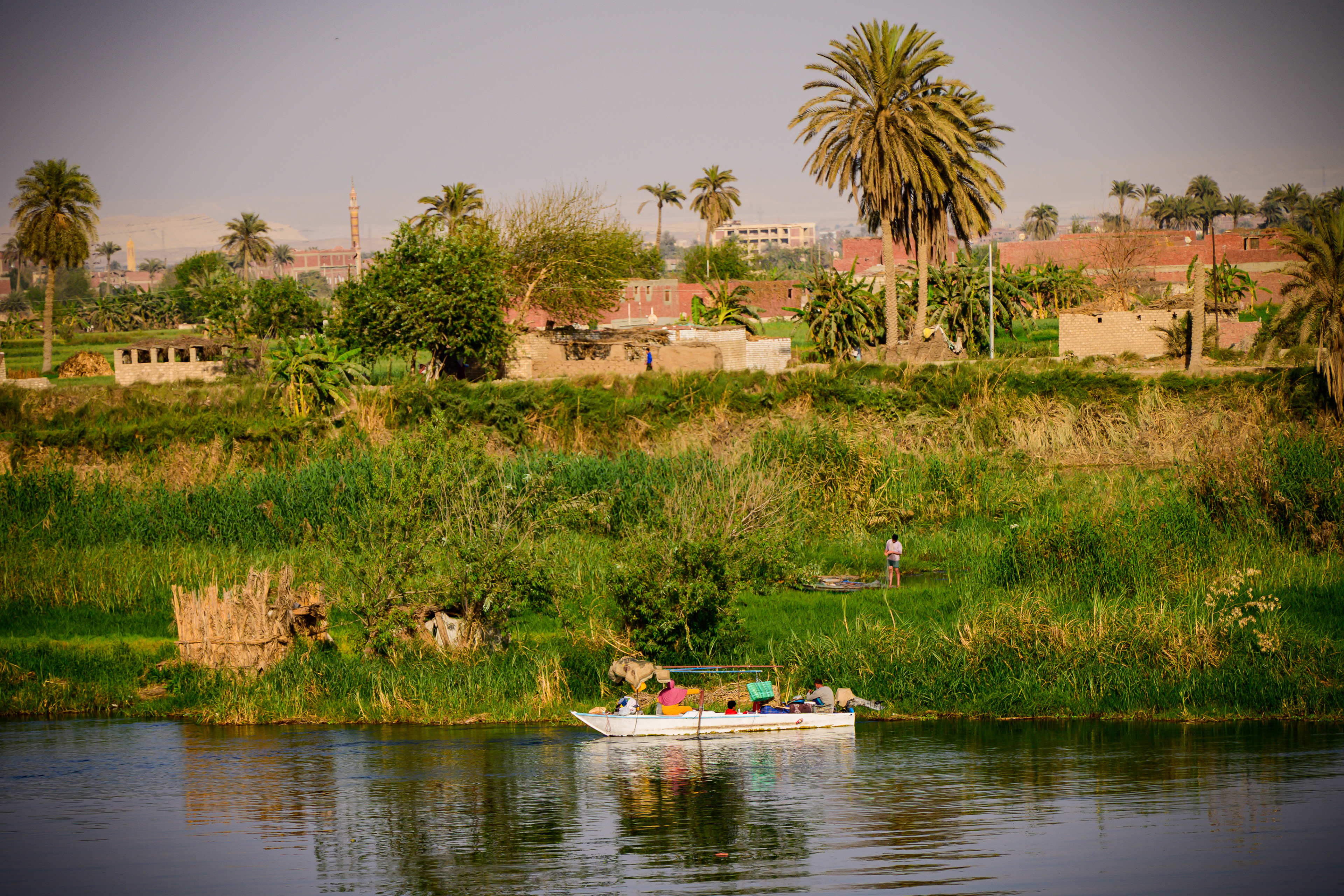
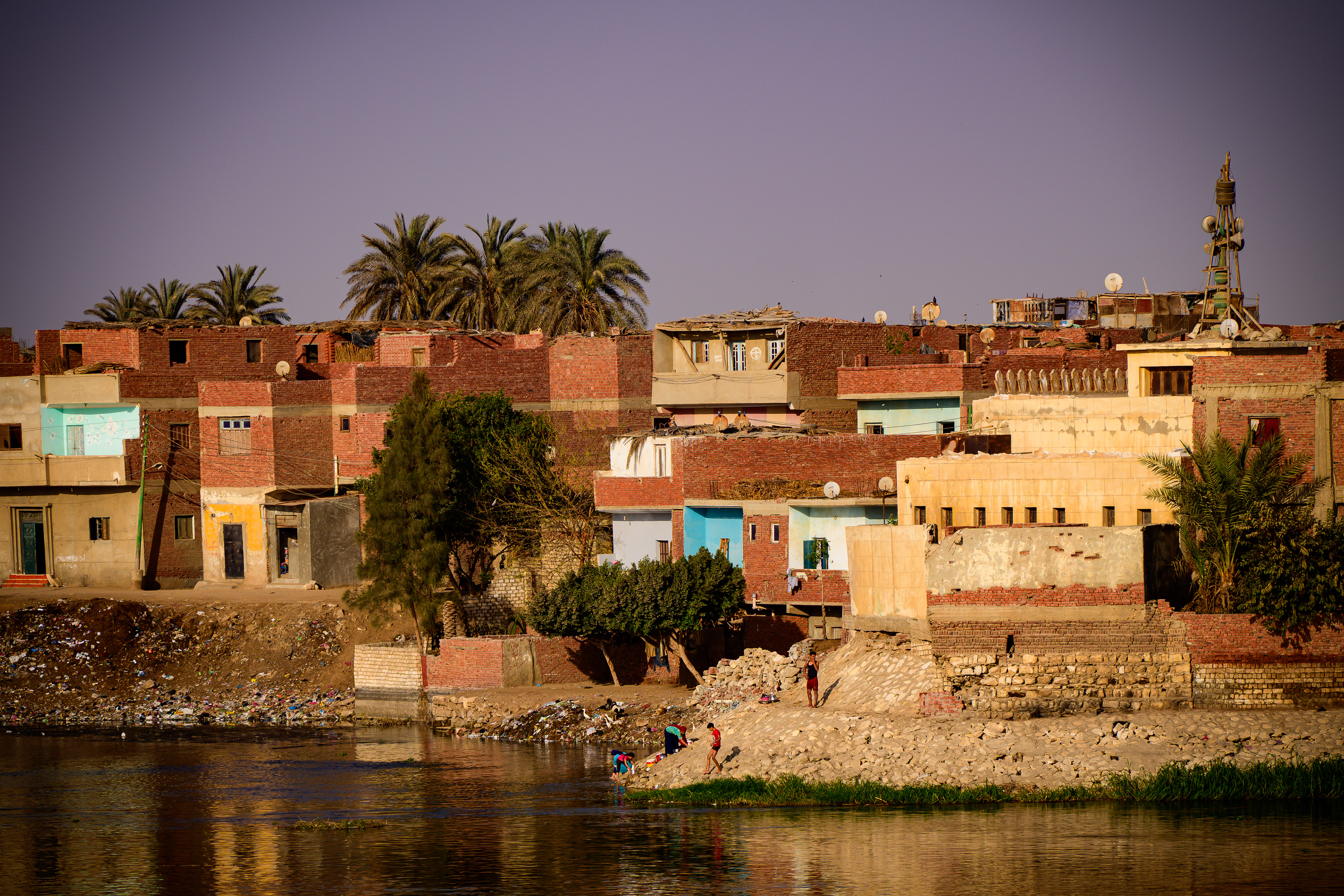
Day 12
The main event today was visiting and going inside our first pyramid of the trip, the Meidum pyramid built by the pharaoh Sneferu.
Pyramids in Egypt began with step pyramids – essentially a stack of square platforms of decreasing size creating something that is generally a pyramid in shape, but with a series of steps rather than a smooth and gradual slope. The pyramid at Meidum was initially a step pyramid, but was then encased in limestone for form a true pyramid. Today, much of the encasement has collapsed (it is likely that it collapsed whilst the pyramid was being built and so it was never used), which means the pyramid looks a little bit odd and steplike. However, there is still a lot more encasement than the “real” pyramids at Giza, and therefore in many ways the pyramid looks much more complete than the Giza pyramids.
One of the best things about the Meidum pyramid for us was that there were very few people around. We were therefore able to go into the pyramid with only people from our group - and I managed to get to the front and so I was the first one in, busy humming the Indiana Jones theme tune as I walked down the long slope into the pyramid and then climbed up the three wooden ladders to be alone in the burial chamber (other than the bats that were already there).
A check on our height using the iPhone’s altimeter in the burial chamber, at the entrance to the pyramid and on the ground surrounding the pyramid confirmed that the height of the burial chamber was about the same as the surrounding land – and so we had climbed up about 20 meters to the entrance of the pyramid before our decent into the depths of the structure and then a short climb to the burial chamber itself. I suspect that they had started with the burial chamber when on the ground, and then built the rest of the pyramid around it.
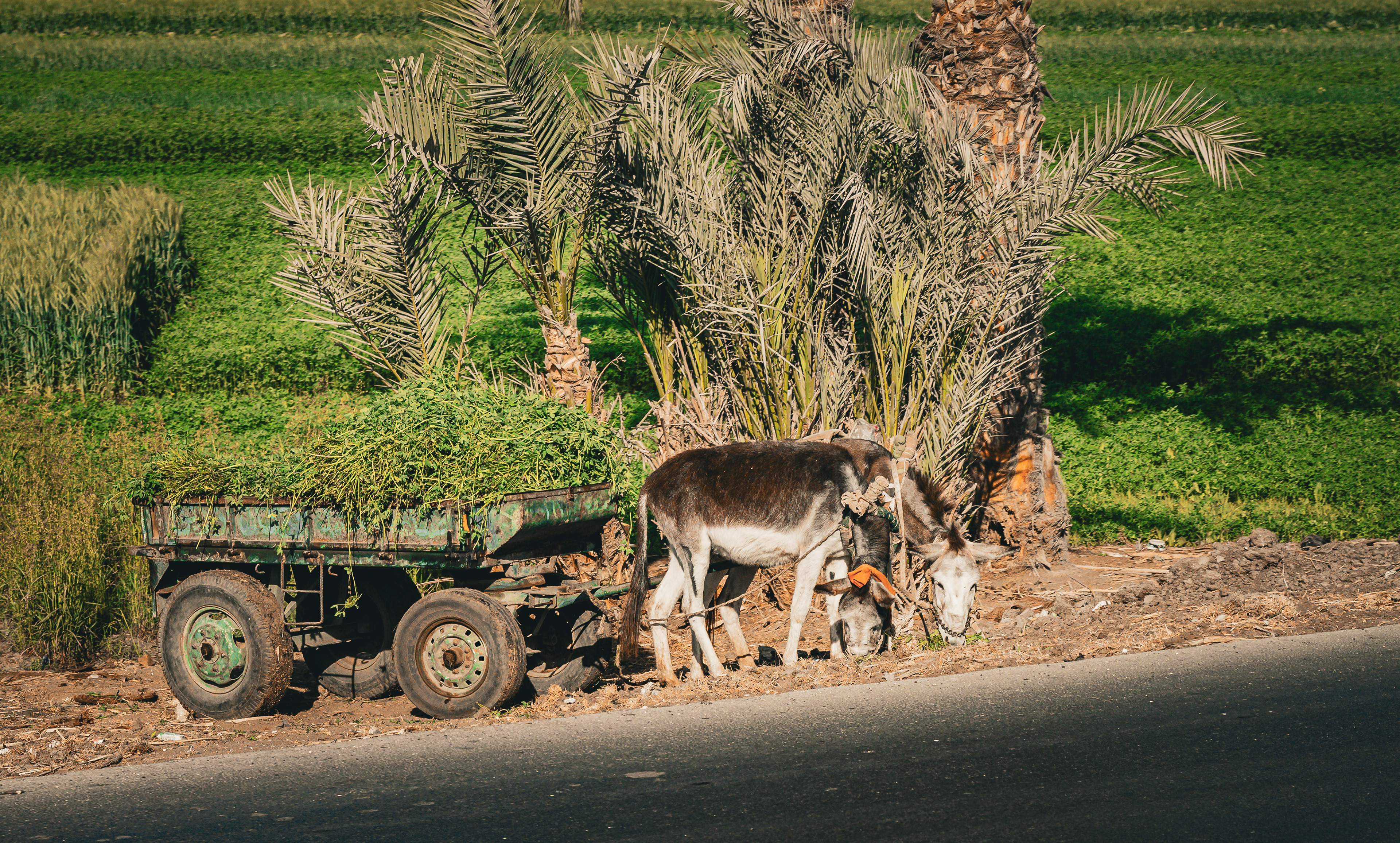
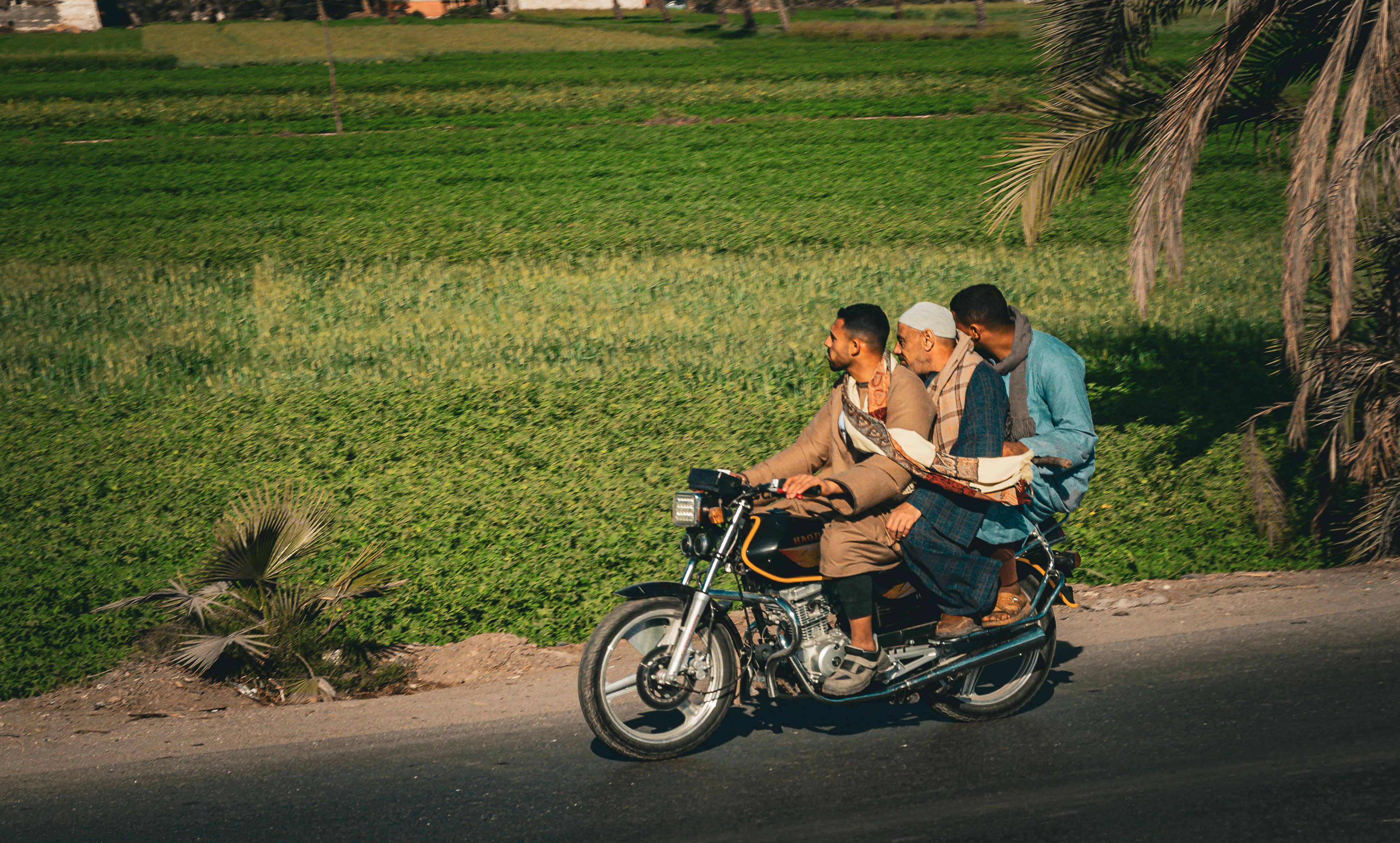
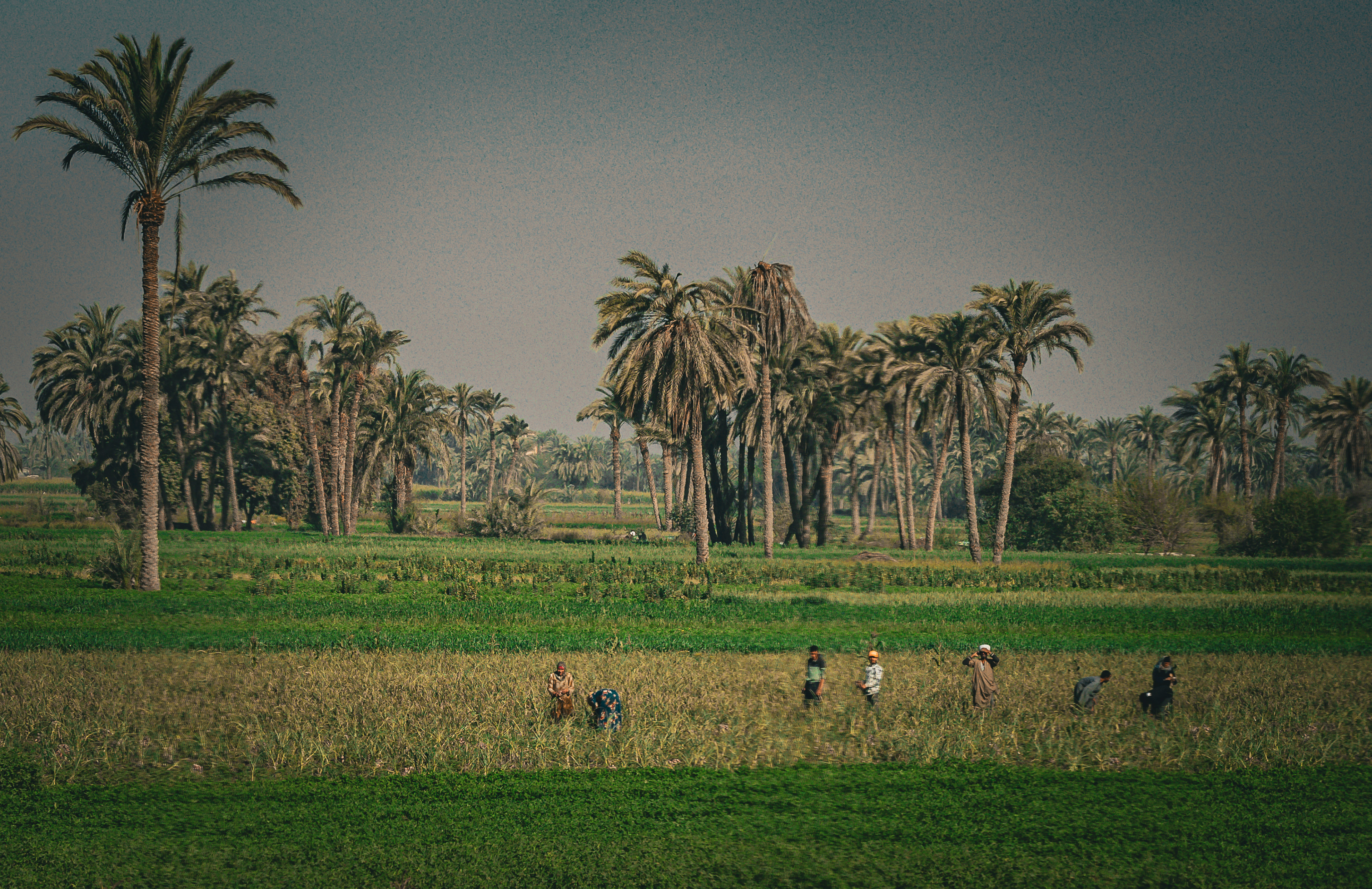
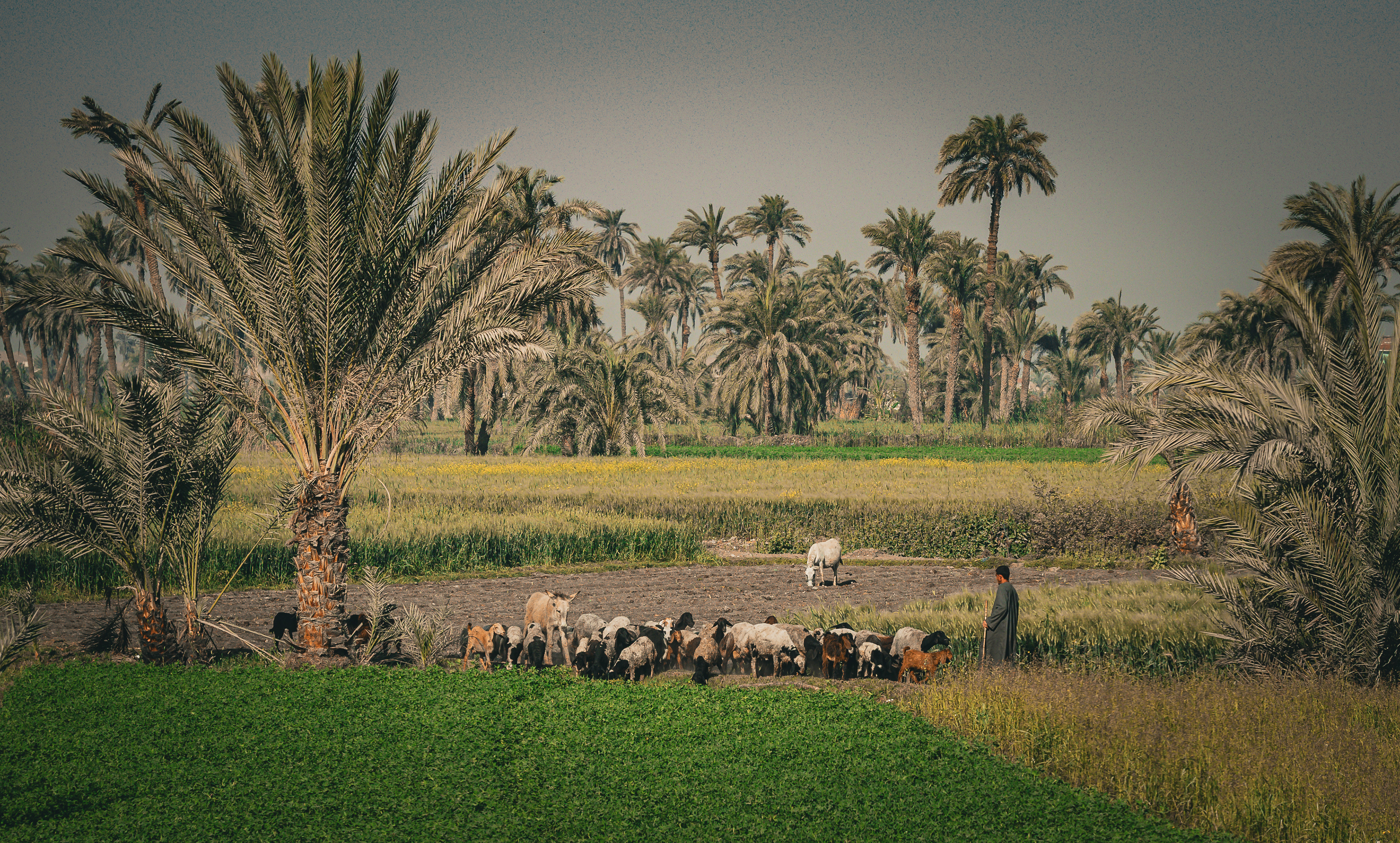
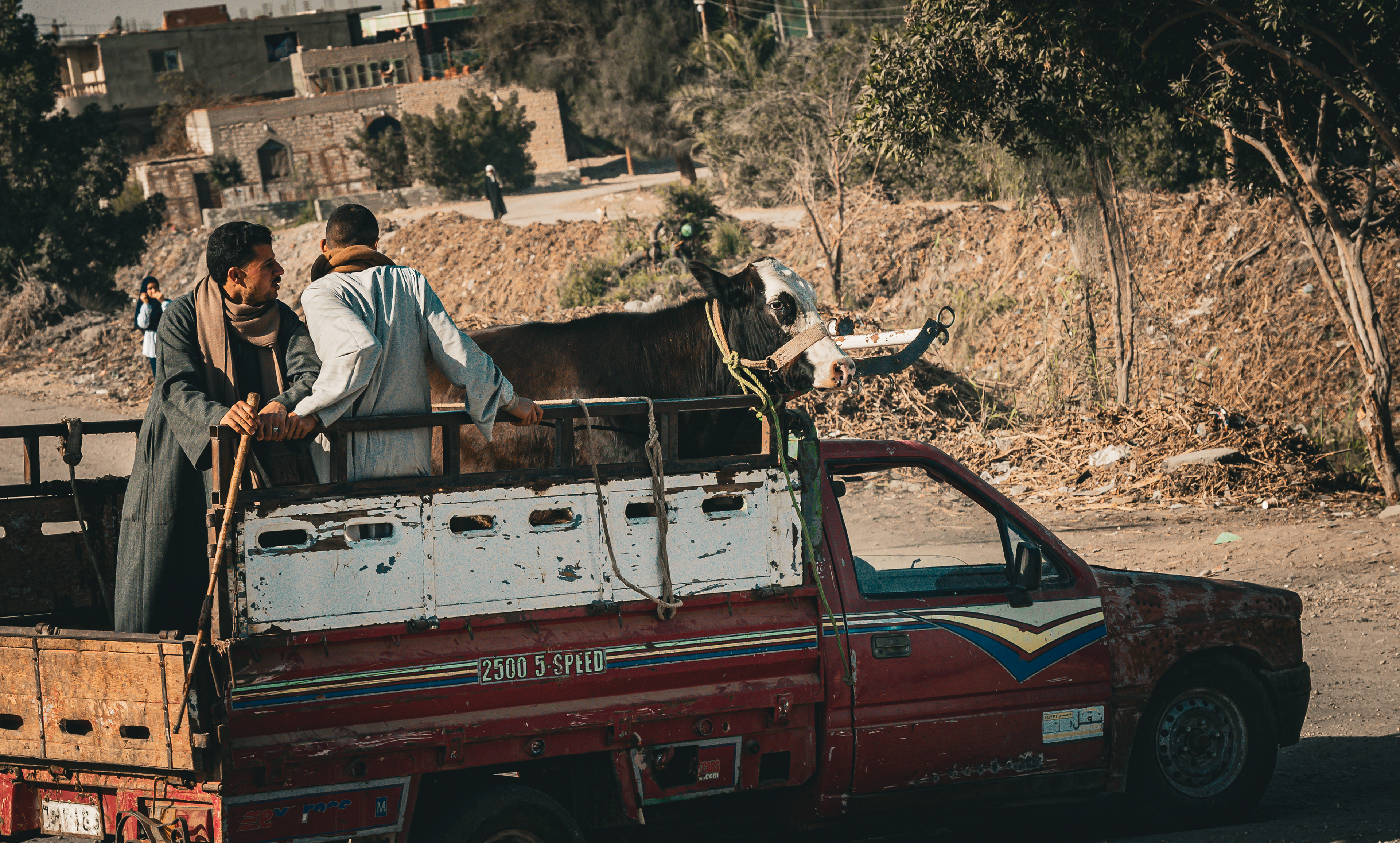
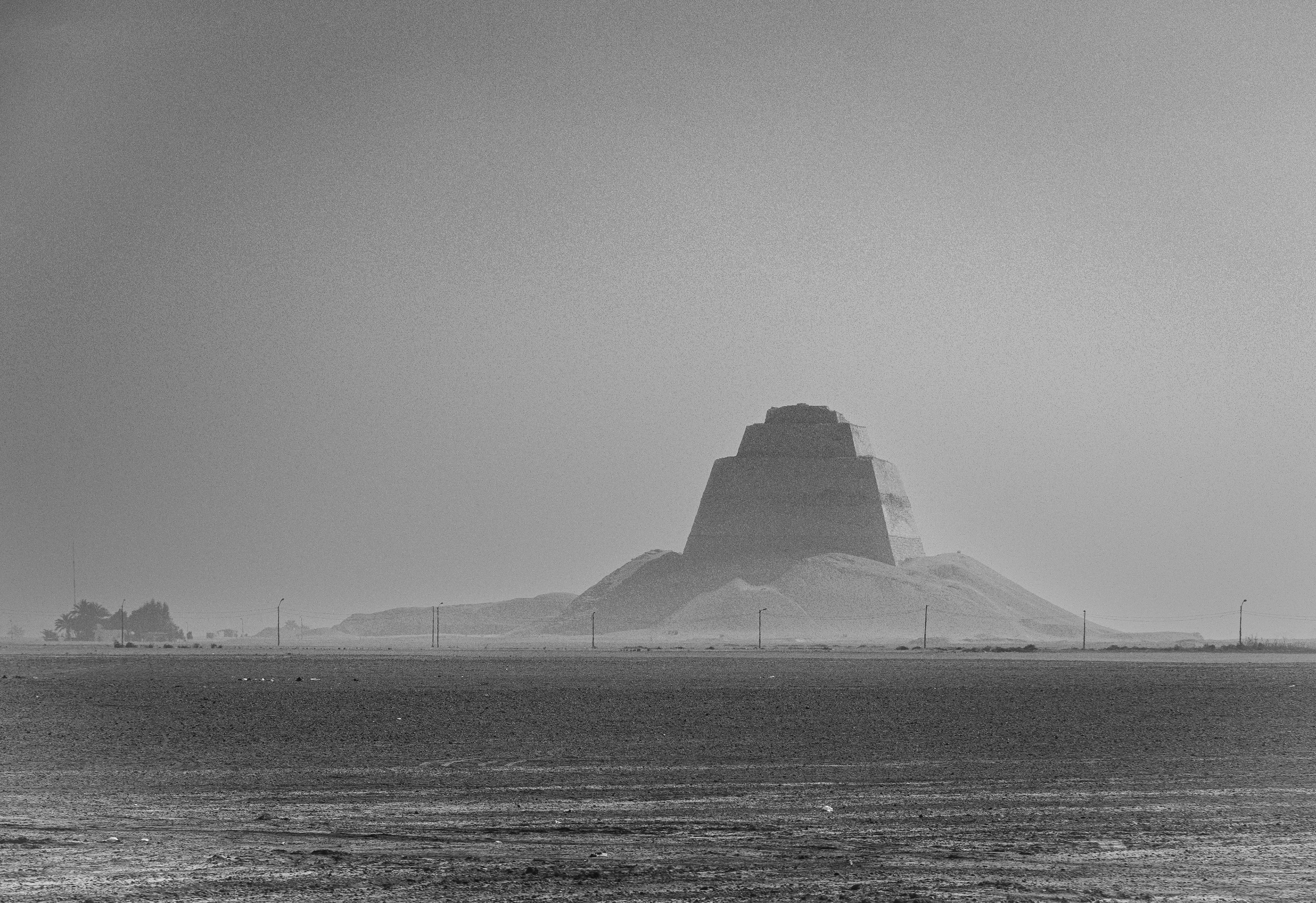
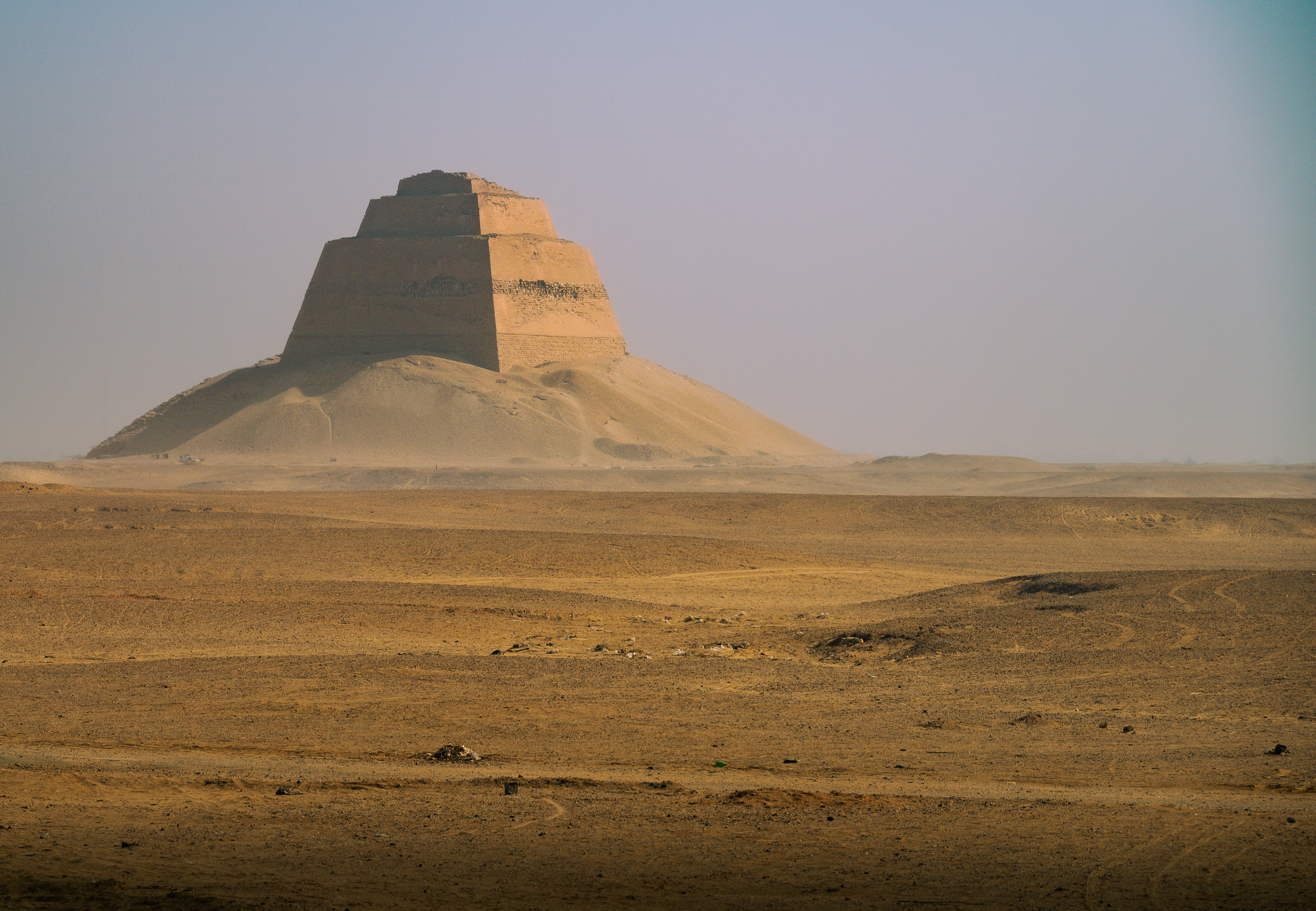
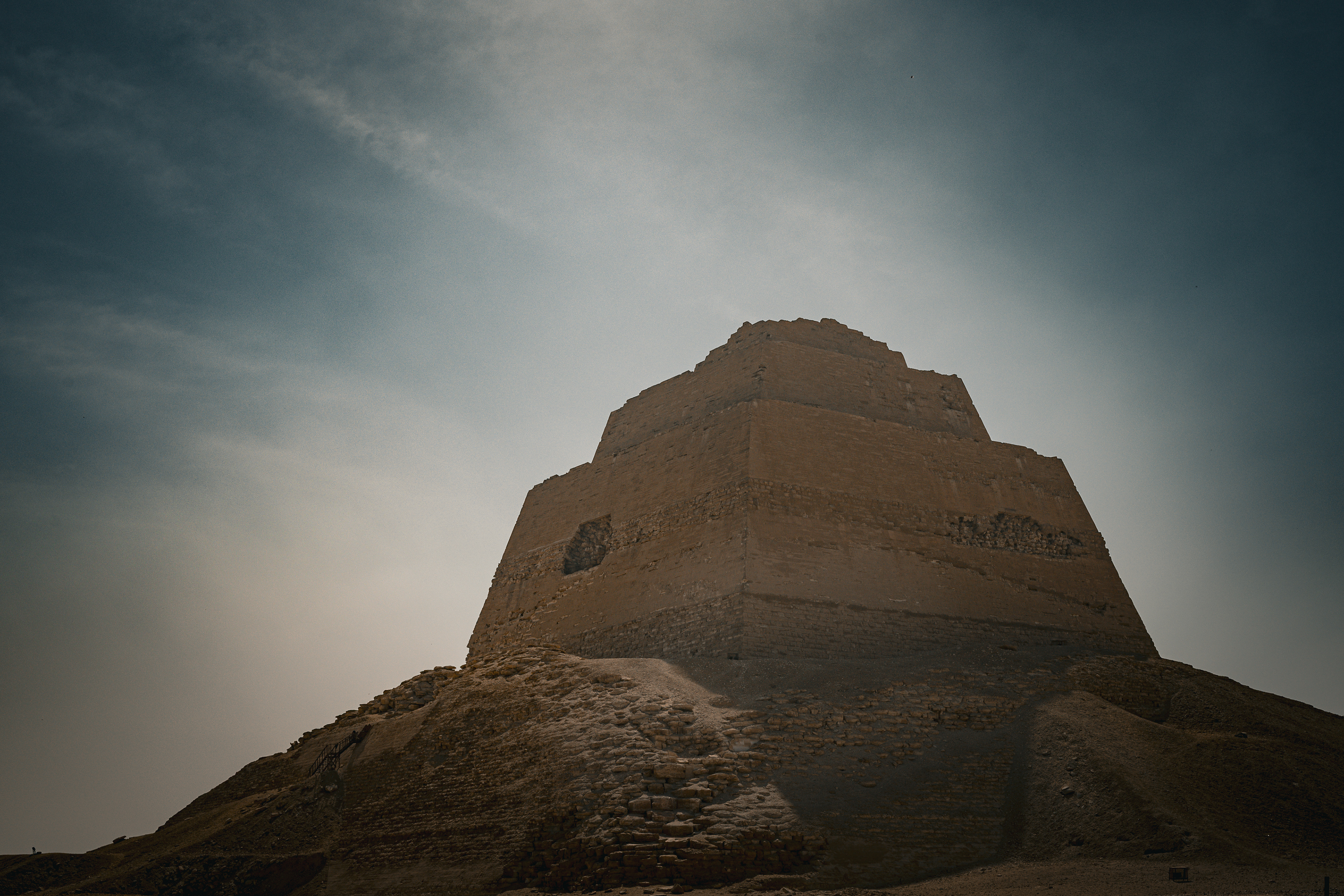
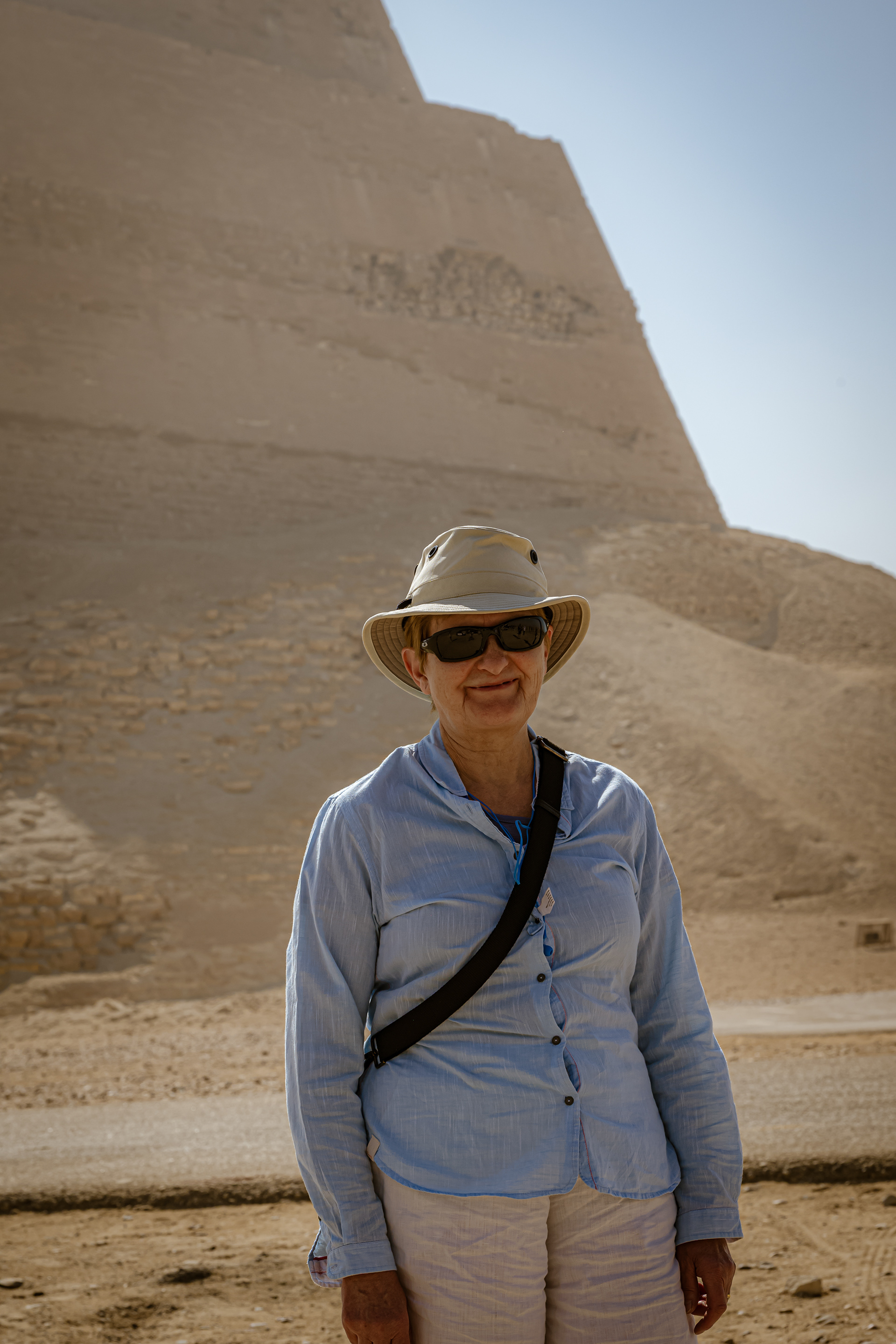
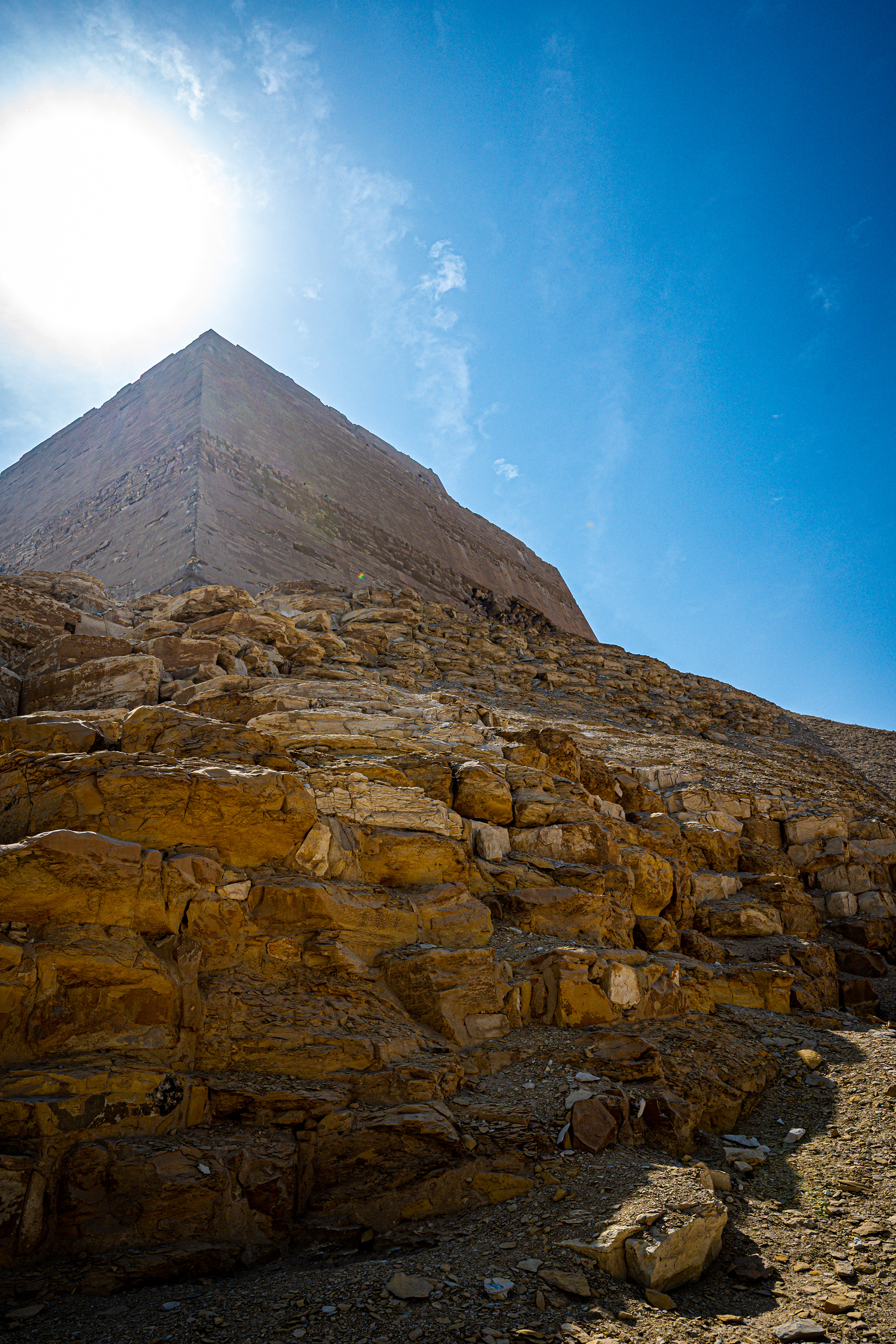
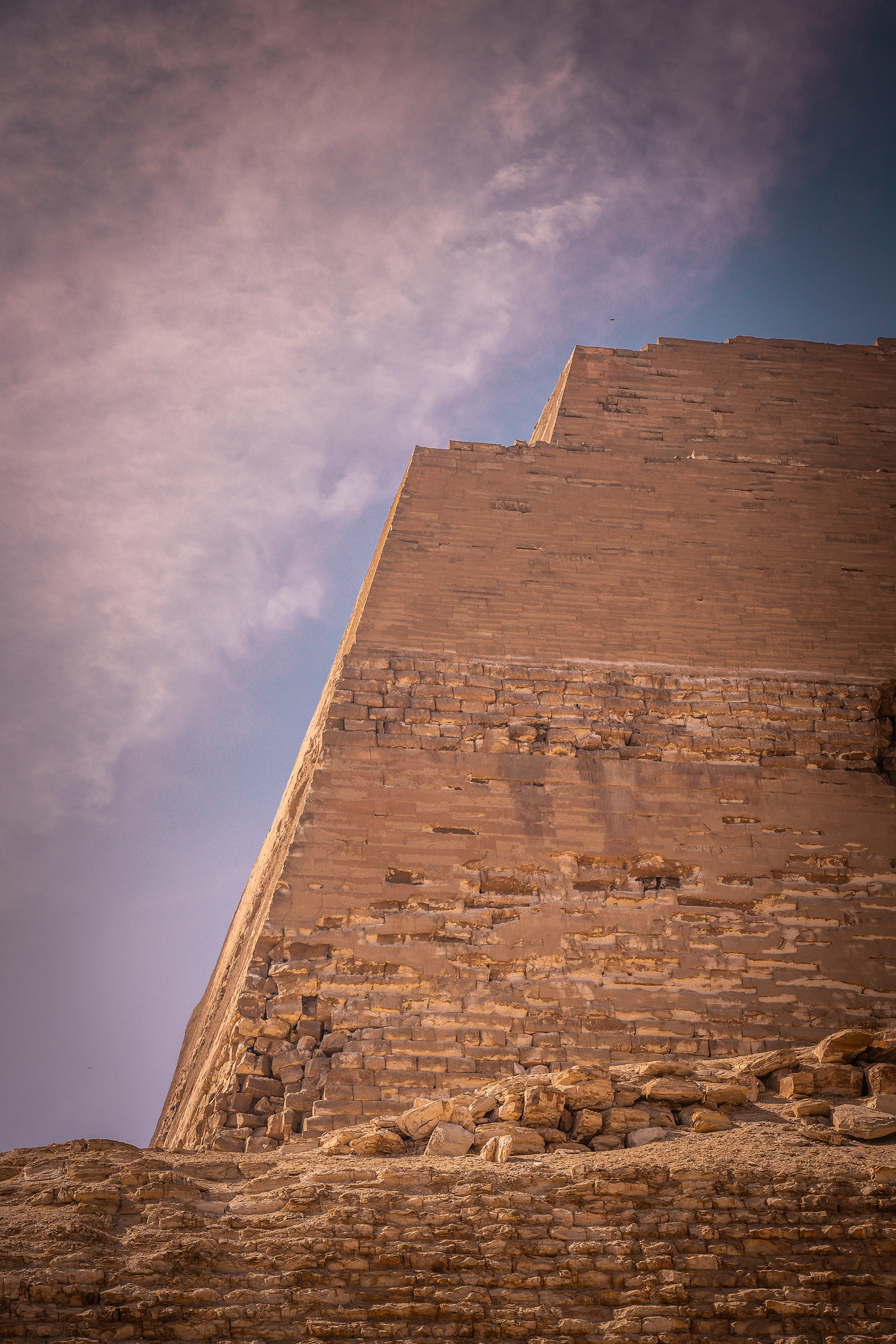
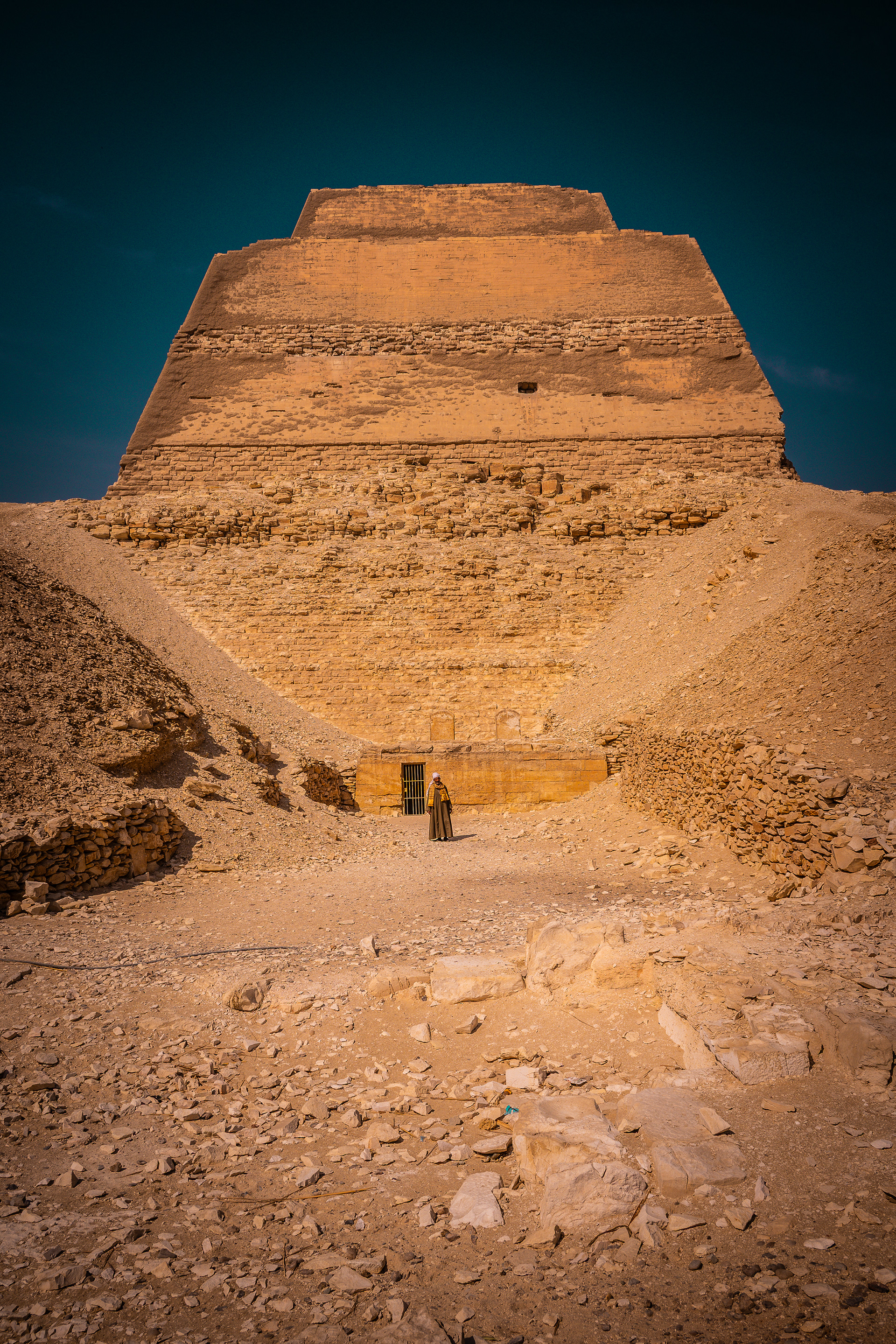
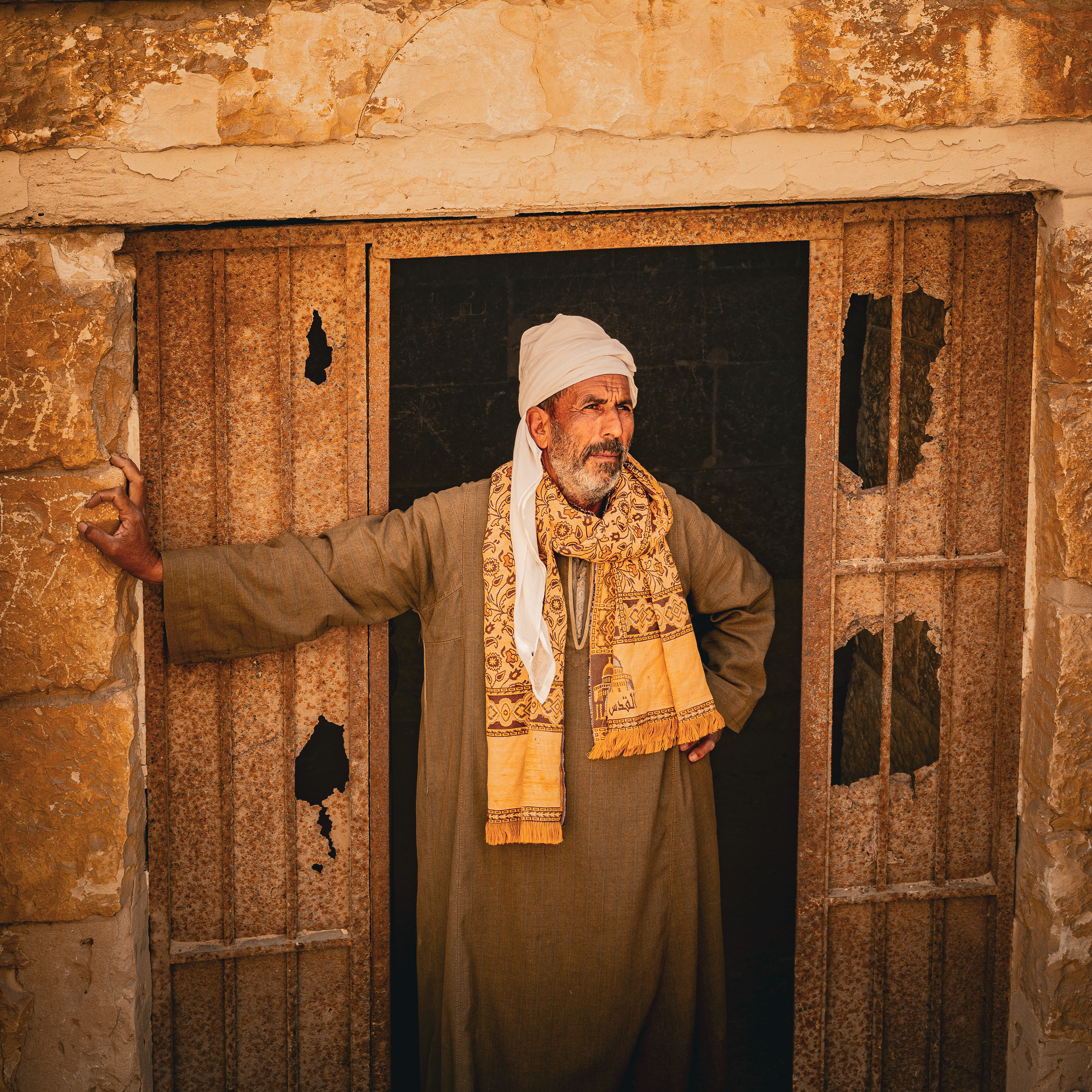
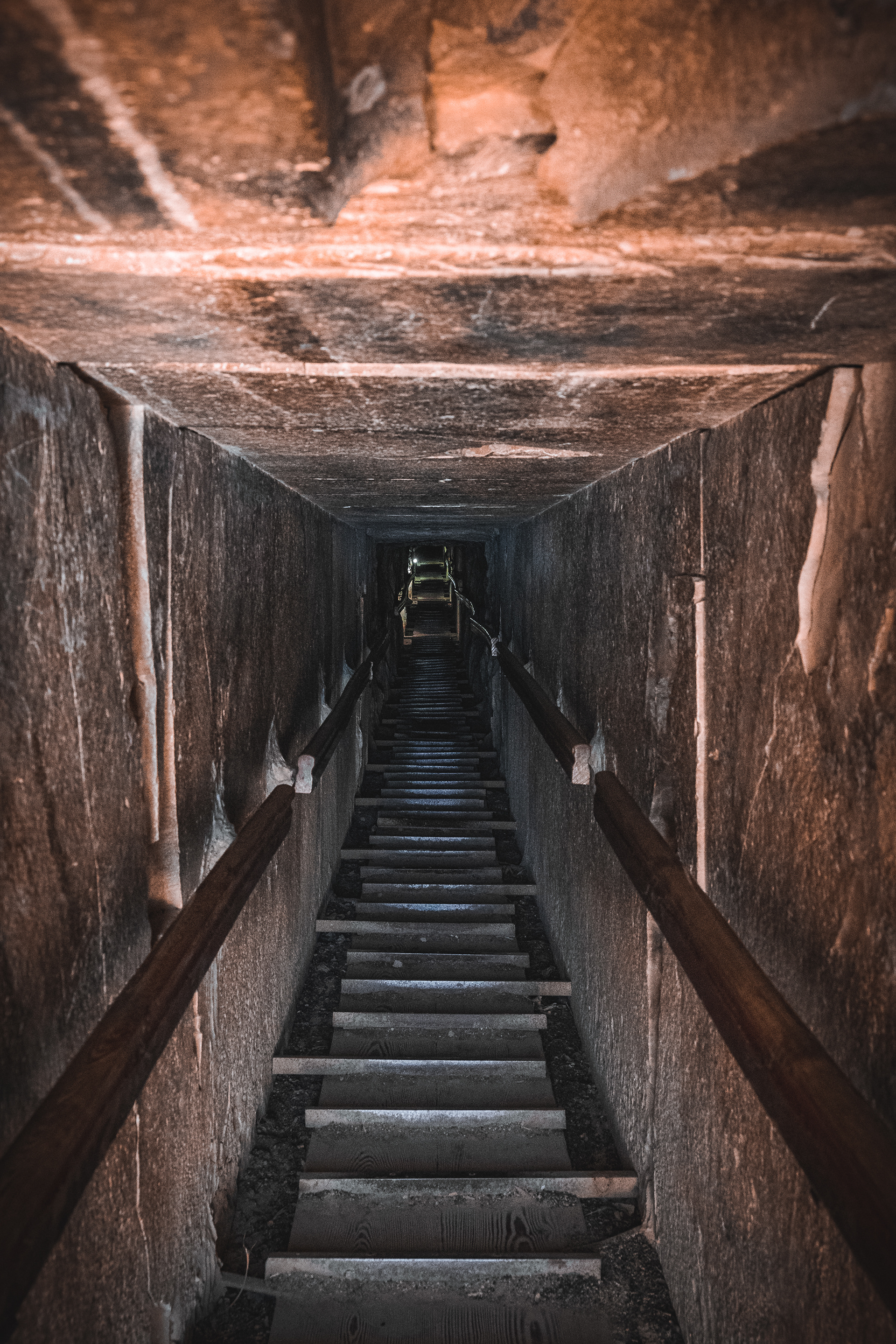
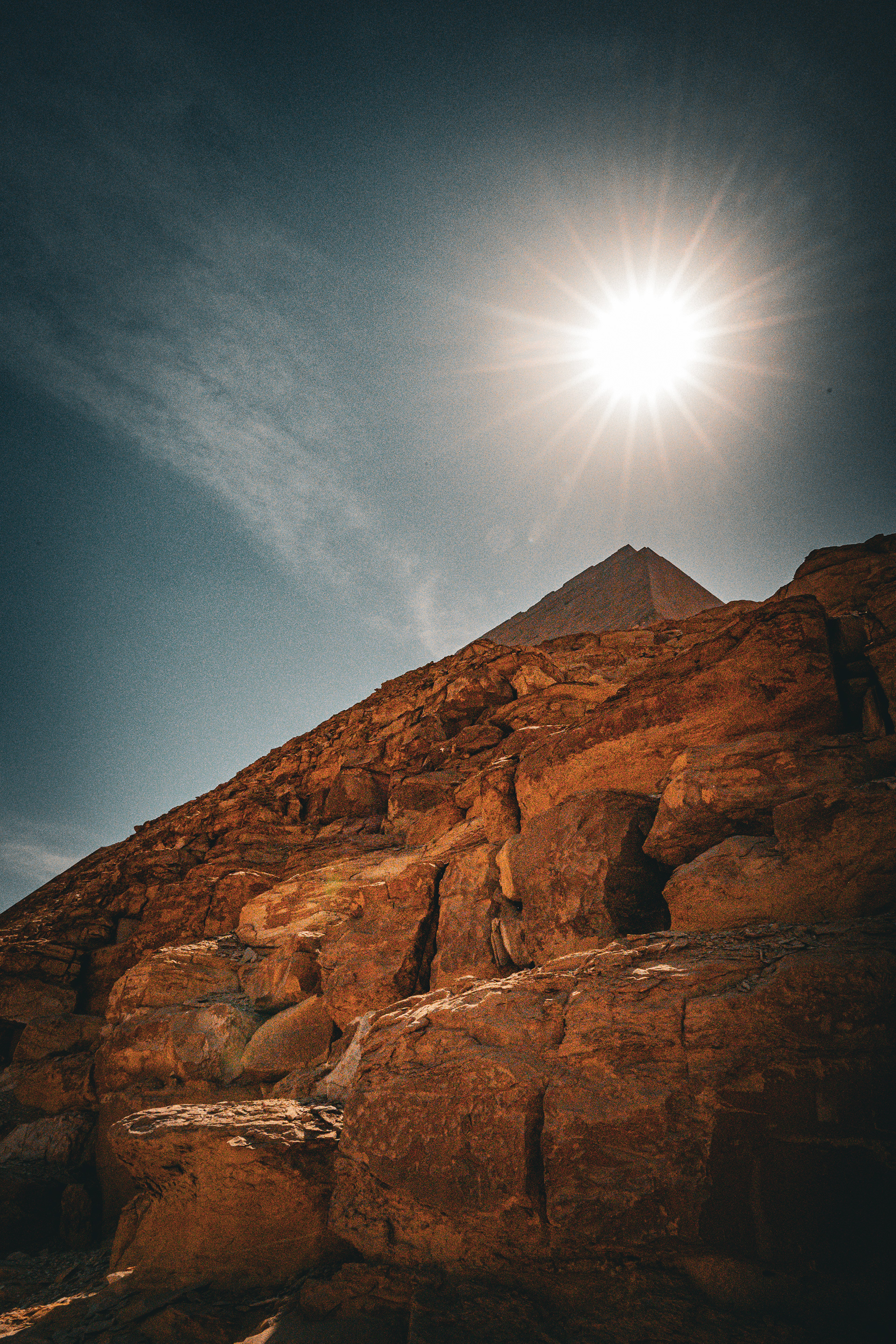
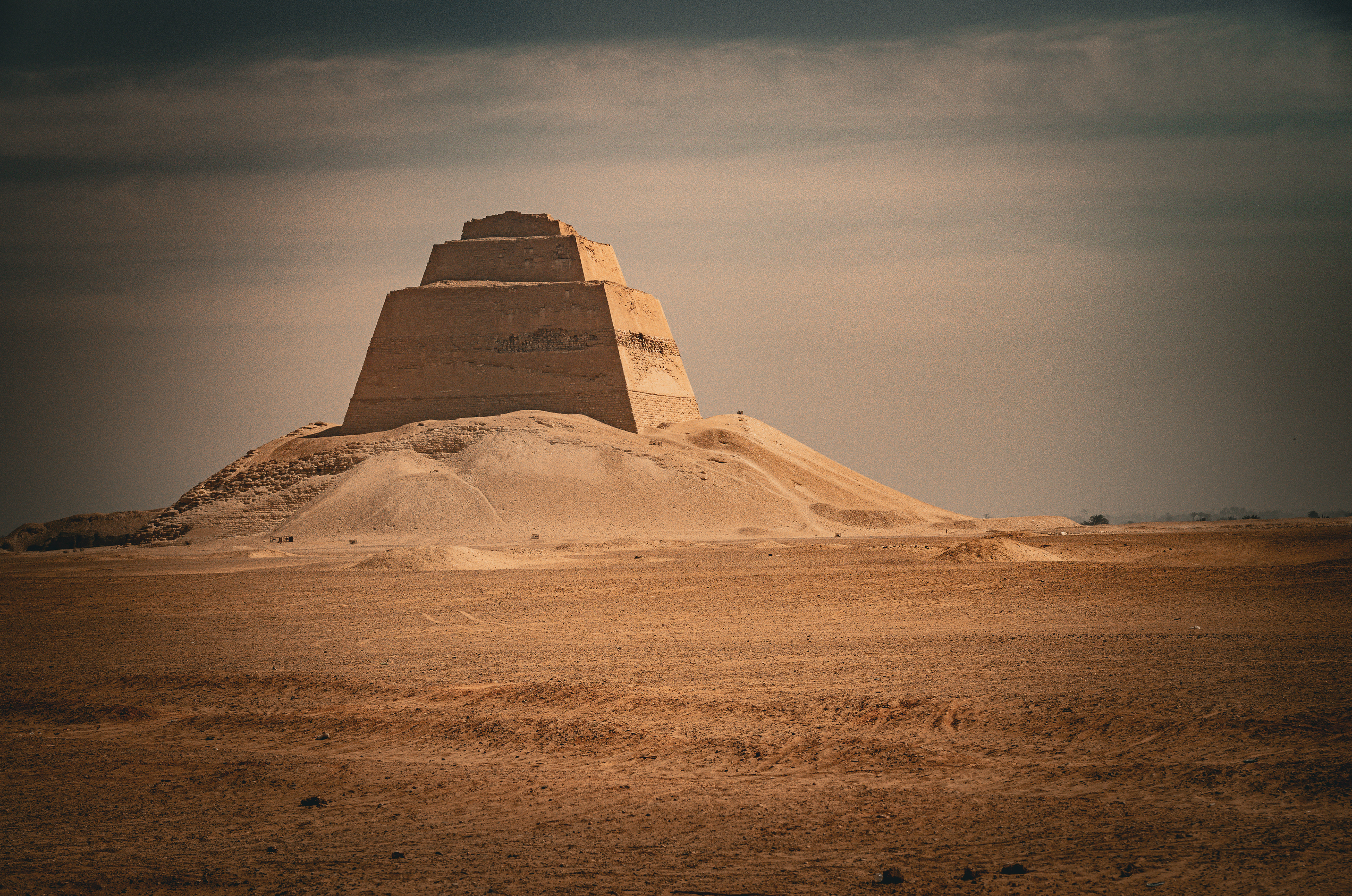
Day 13
This was out last day in Egypt – other than the trip to the airport on the way home early the following day.
We began with a coach ride to the Egyptian Museum in Cairo in time for the 9am opening to quickly visit the Tutankhamun treasures – including the death mask, the two gold coffins and the many treasures that were wrapped in his mummified body or were elsewhere in the tomb in the Valley of the Kings that we visited earlier in the trip.
From here, we made our way to Giza to the Grand Egyptian Museum (the GEM). This is a new museum, which does not officially open until July 2025 (although this will be about 10 years later than originally planned). In due course, all of the Tutankhamun treasures will be relocated here, but at the moment there are loads of treasures from elsewhere in Egypt displayed in a very modern, light and spacious museum. We could have spent much more than the 2 hours that we had here.
The normal plan for the trip would be to return to the boat for lunch before visiting the pyramids at Giza. However, as it was Ramadan, all of the sites were due to close earlier than normal, and so there would not have been time to return to the ship for lunch and still get back in time. We were therefore treated to lunch at the Mean House hotel – looking over the pool (actually a paddling pool rather than a swimming pool) to the Great Pyramid. Lunch was lovely, but it was actually much more impressive walking around the grounds to get a good view of the pyramids.
From here, it was on to the pyramids themselves – a short time walking around the Great Pyramid, a short bus ride to the other two pyramids on the site, and then down to the Sphinx. Not a lot more to say about these really – other than that they all seemed much busier than when we were here last – but that is something that we could say about most of the sites we visited on this trip.
Egypt has certainly changed since we were here last. Security is clearly a huge concern – with our being accompanied by armed police wherever we went – even for an evening stroll along by the river – and we were often accompanying by armed outriders whenever we were on the coach and often when we were on the boat. We did feel safe, but also a bit restricted. The hawkers that were everywhere when we last came were still there, but again a bit controlled being in distinct shops or stalls along a short walk before the attractions rather than coming at you from all directions as they did last time. I suspect that this is all to make sure that visitors are safe and there are no risks of attacks that may affect the tourism trade, and it seems to have worked as there were many more tourists at most places than when we were here last, which made it feel a bit less of an adventure. However, we were able to see all of the sites, and had a lot of information on them thrown at us – hopefully some of it will have stuck.
